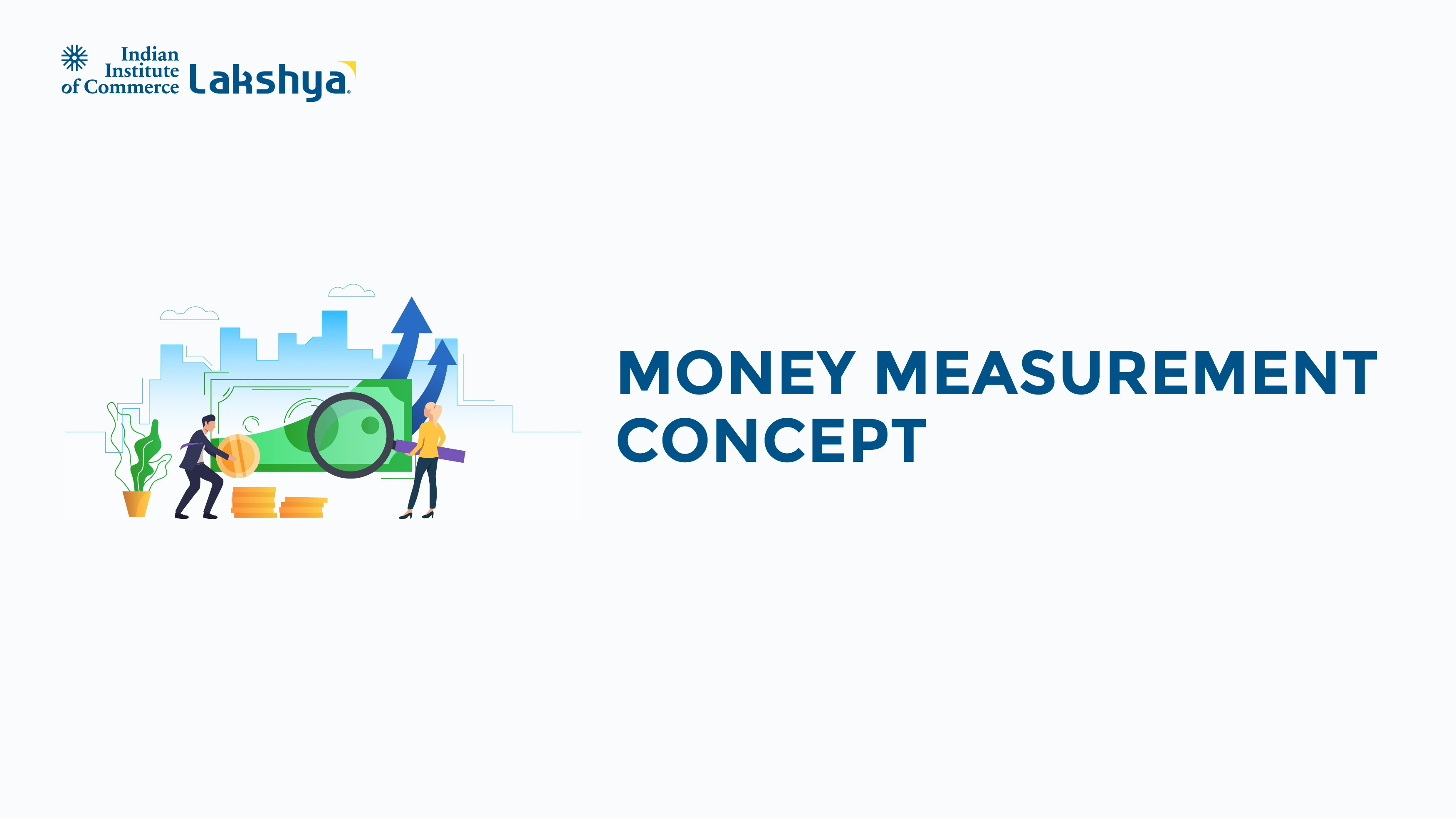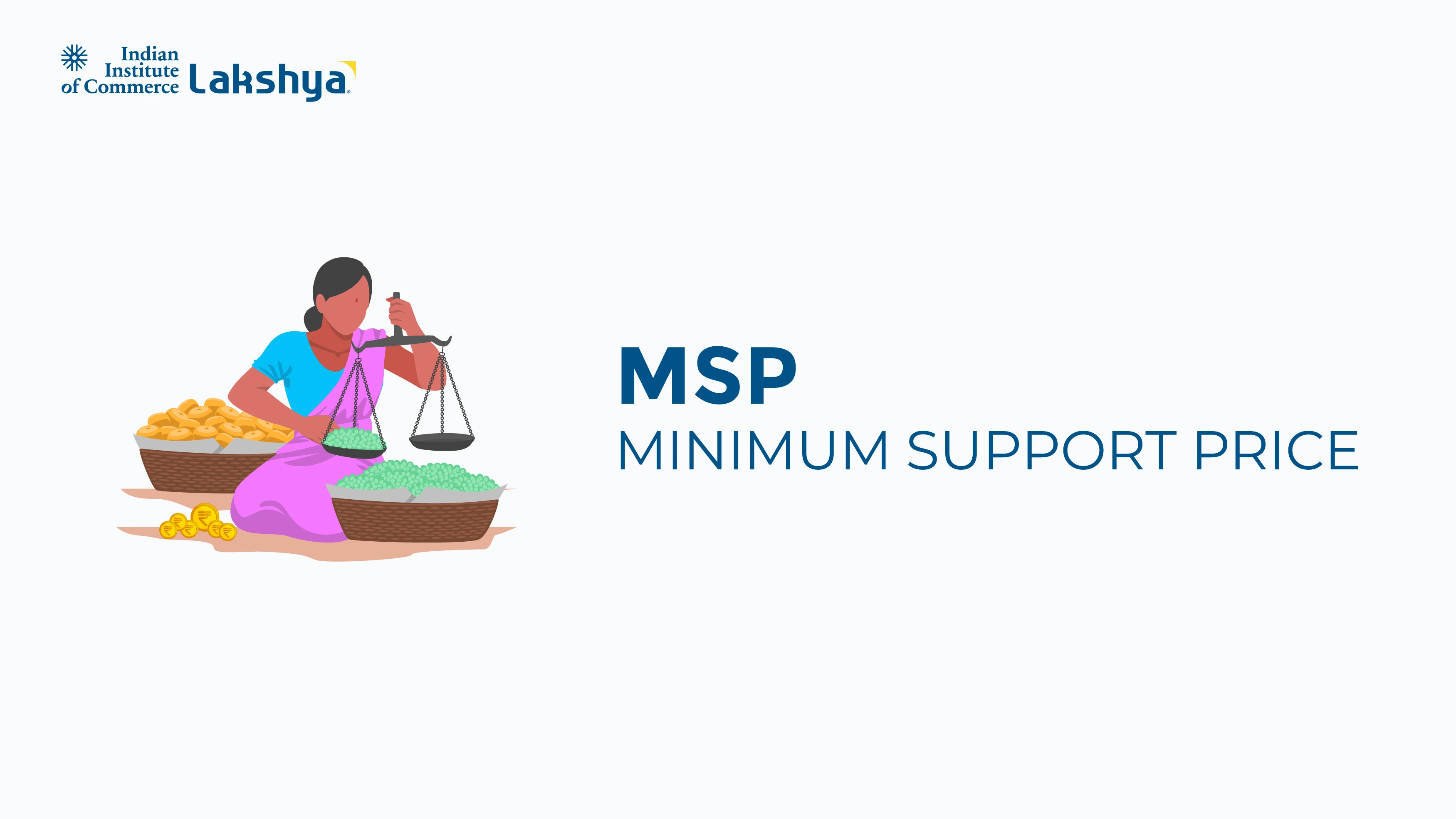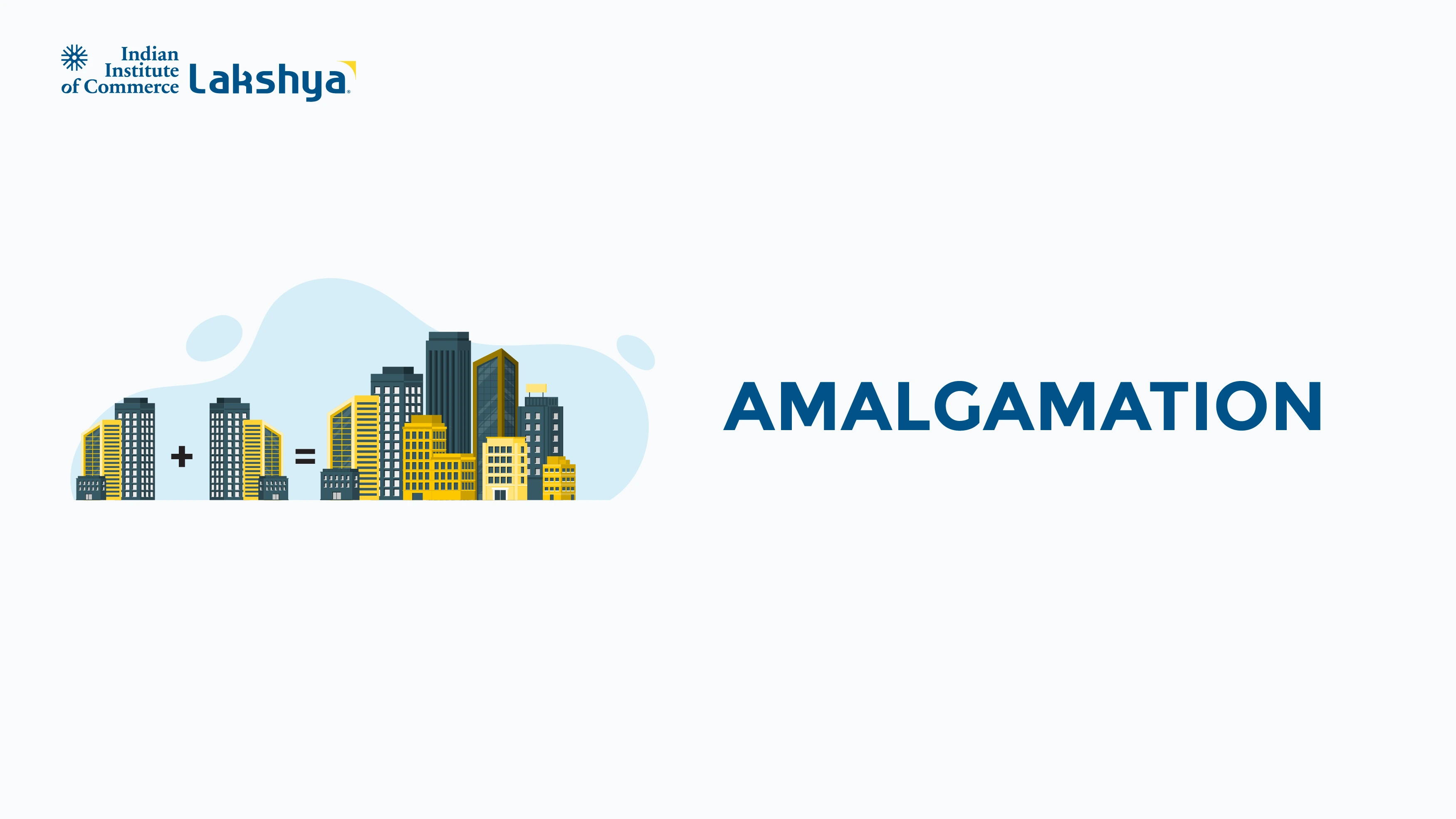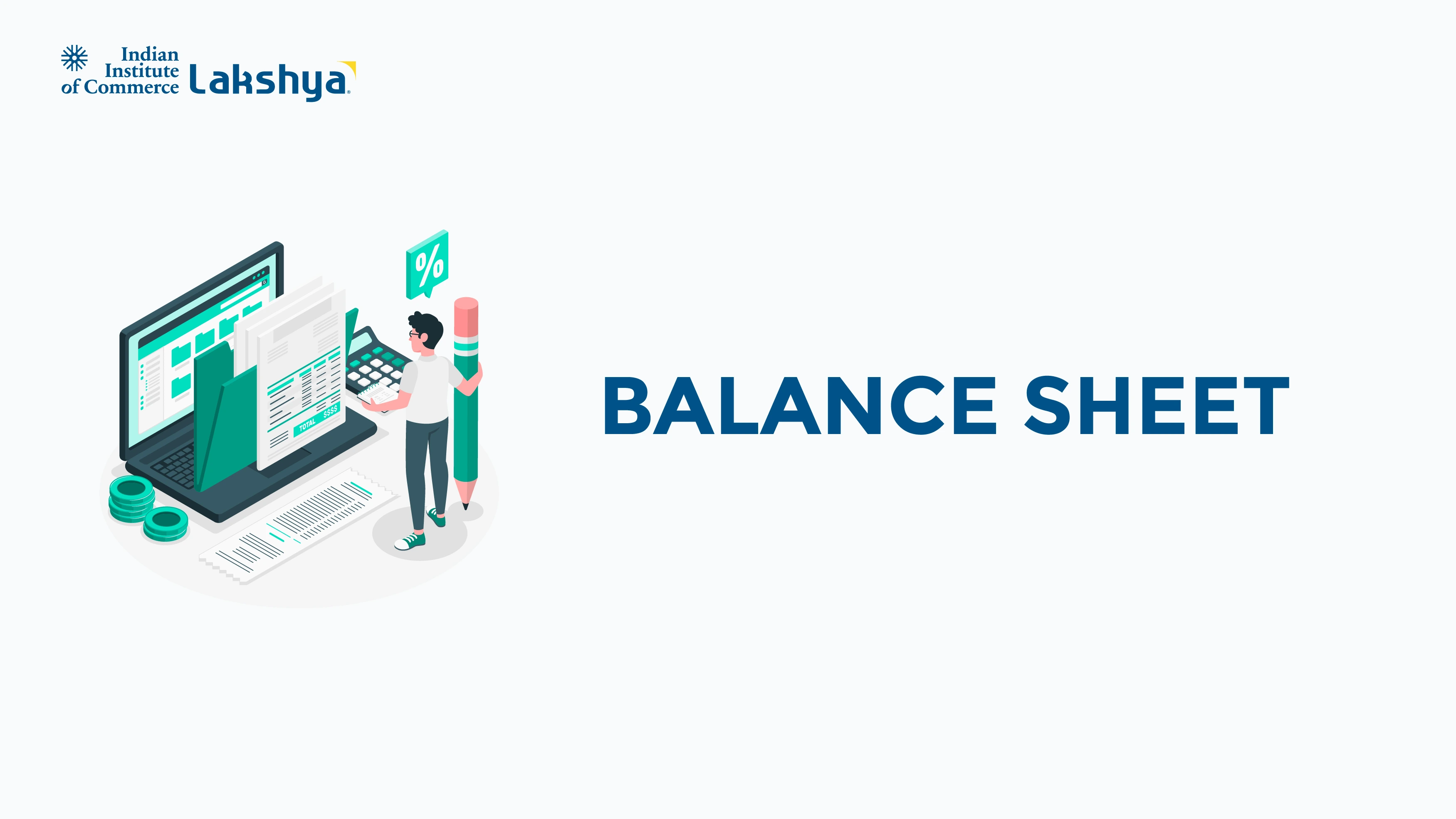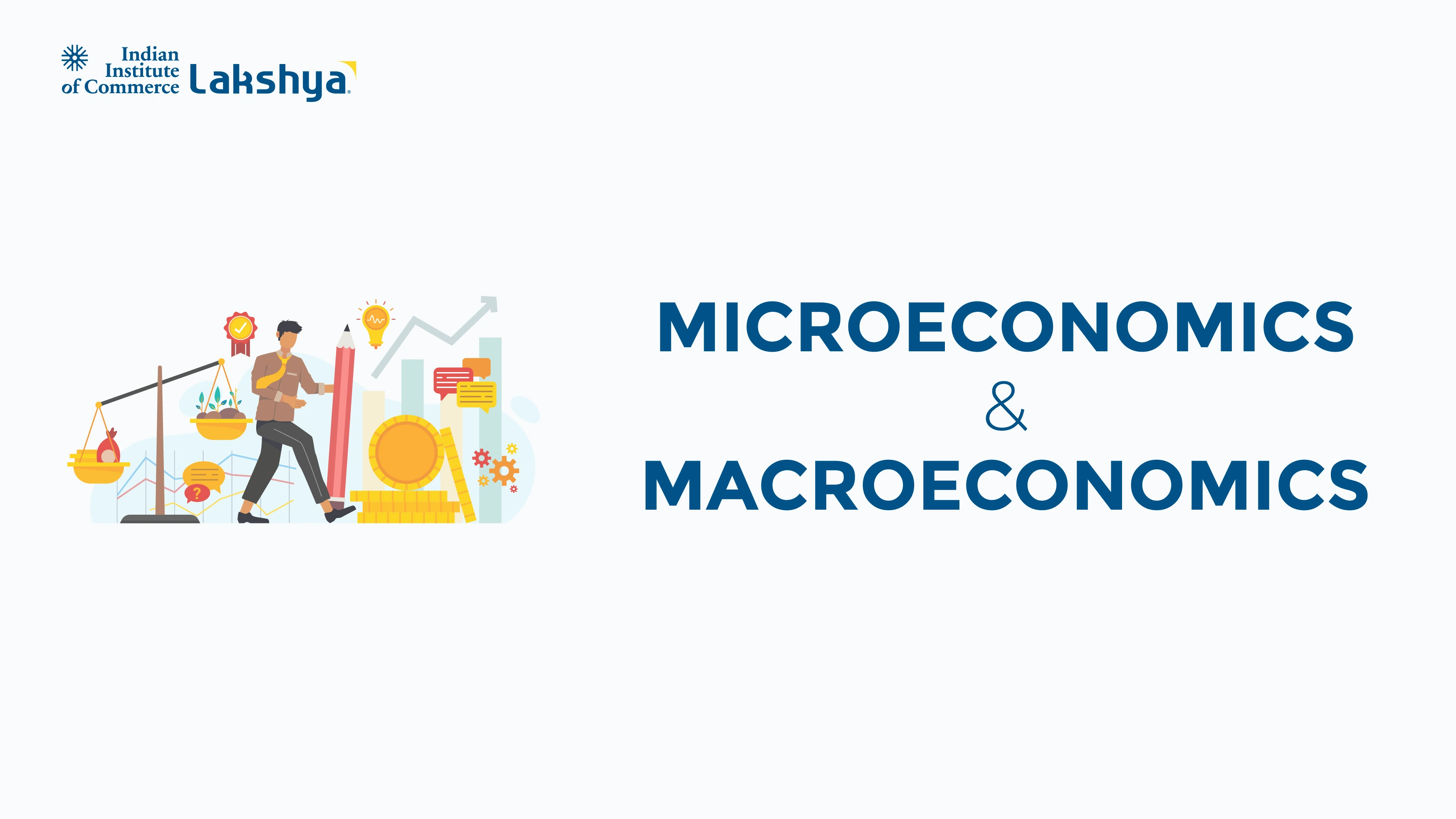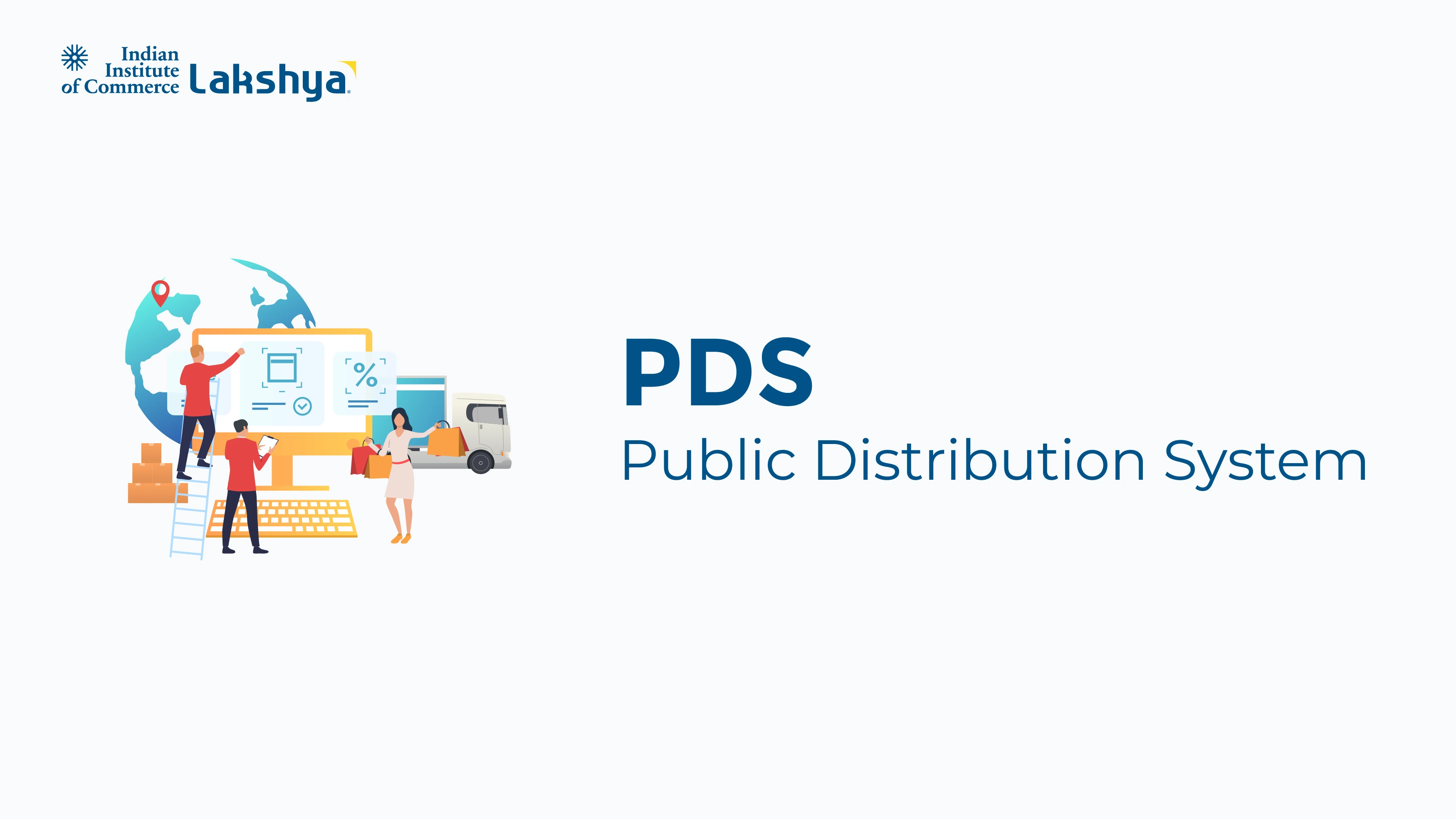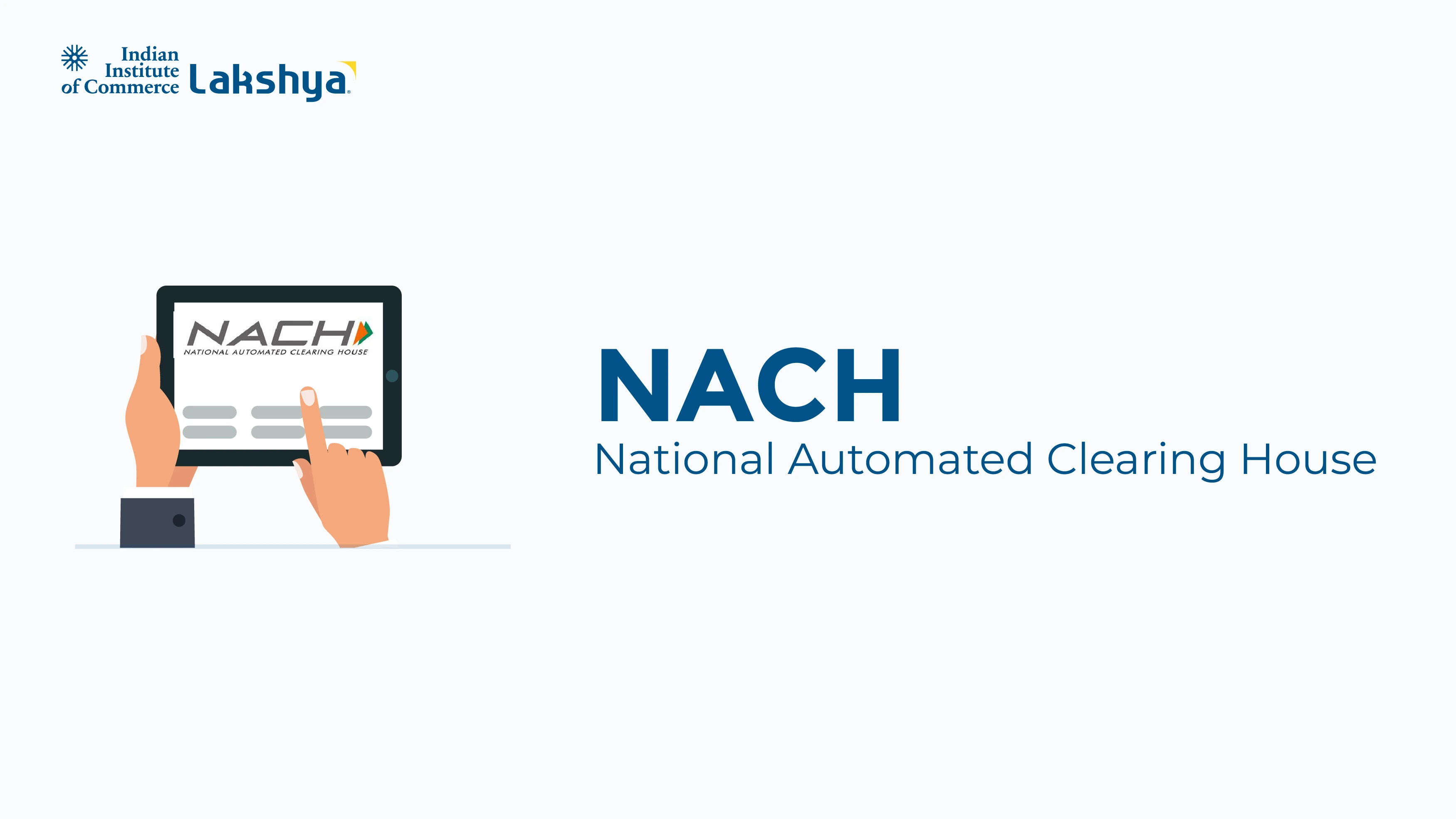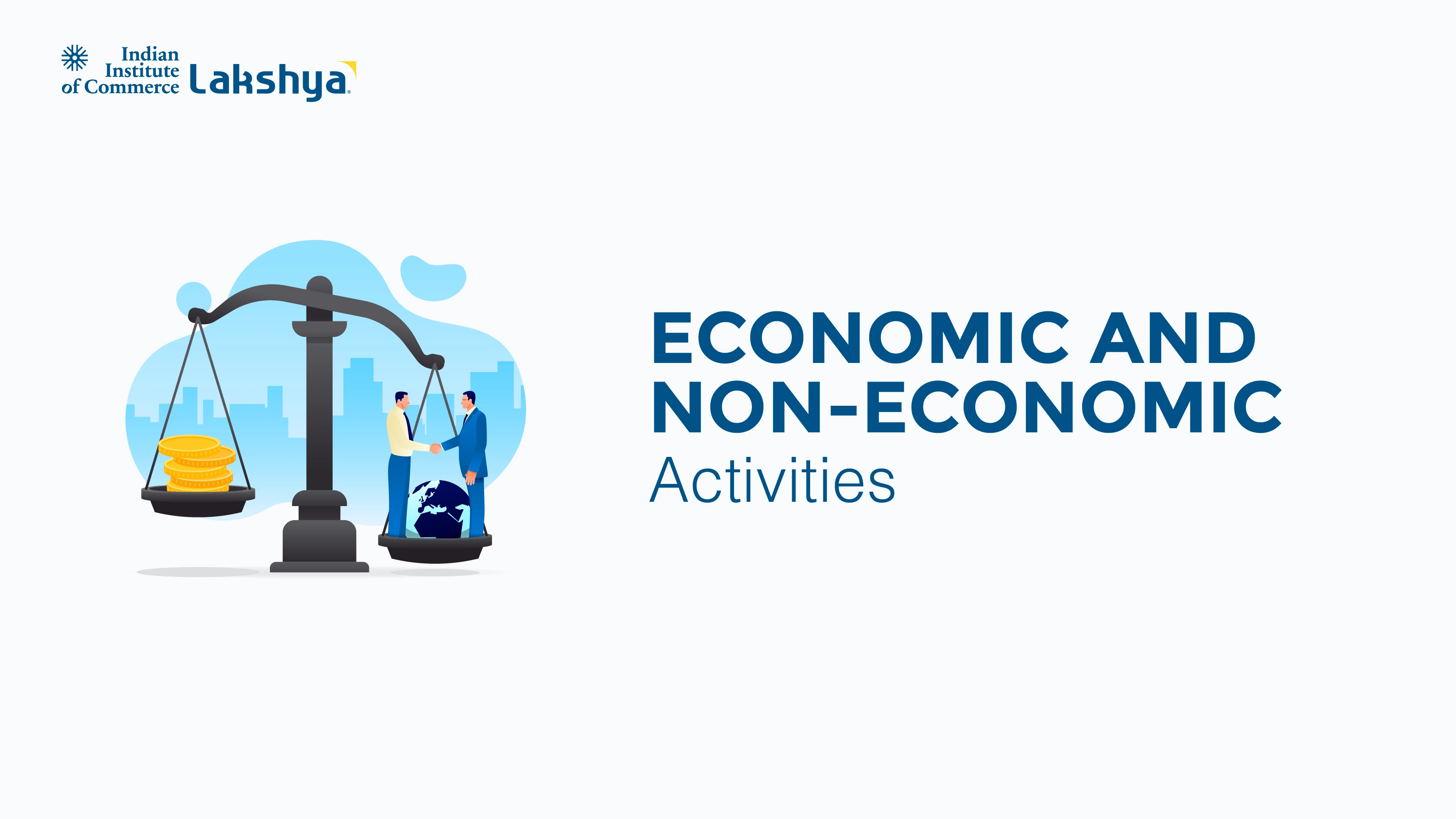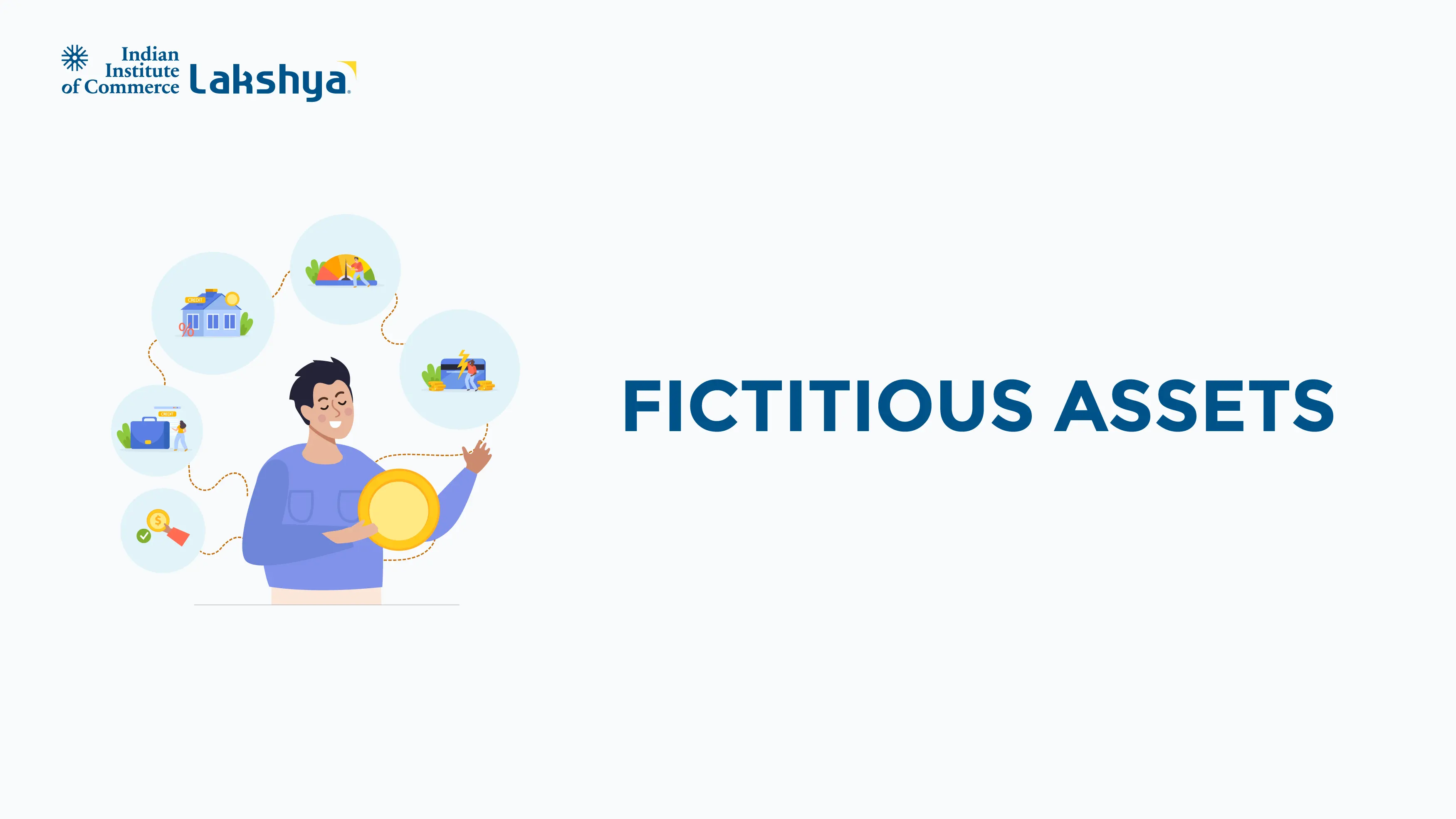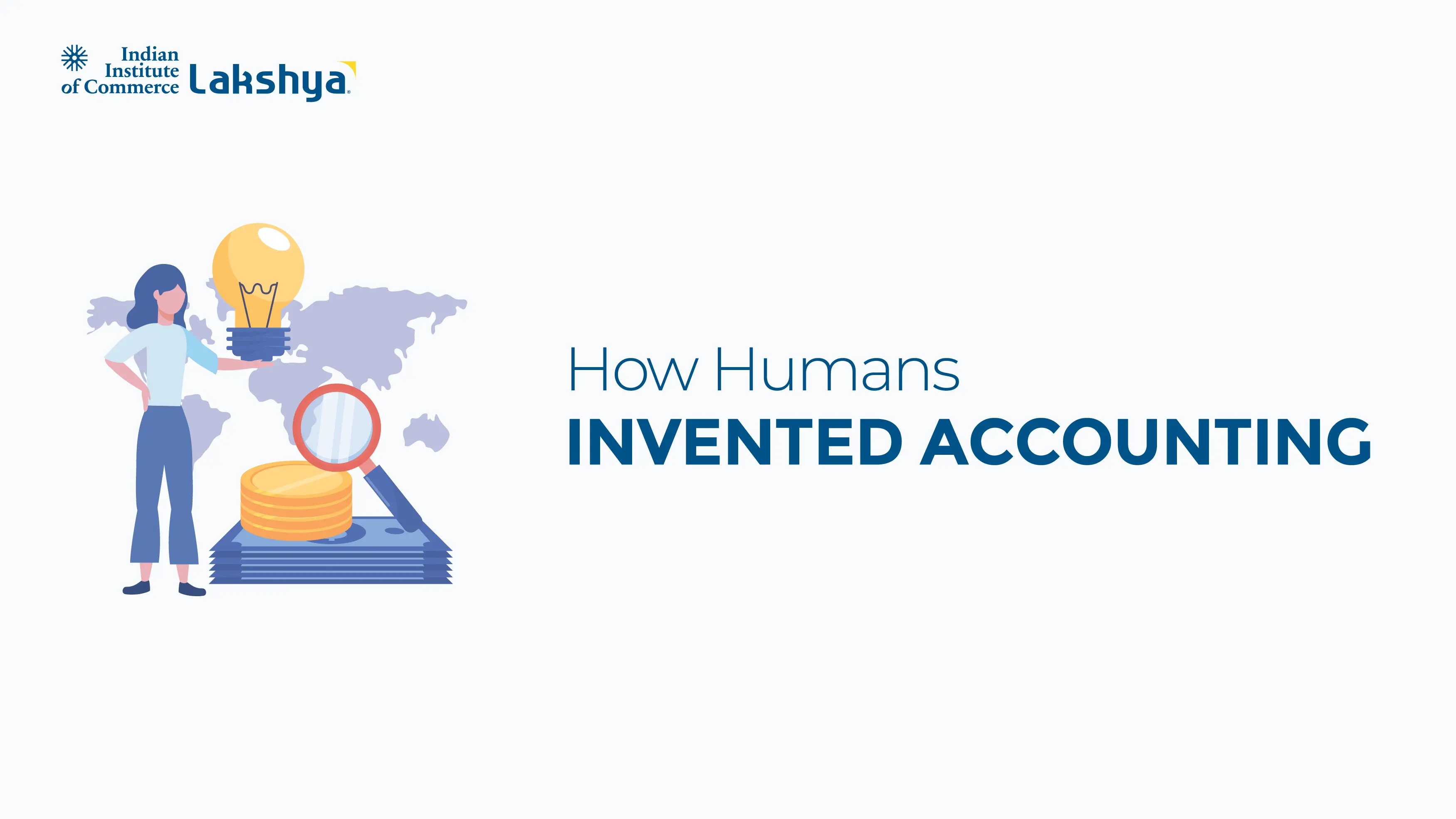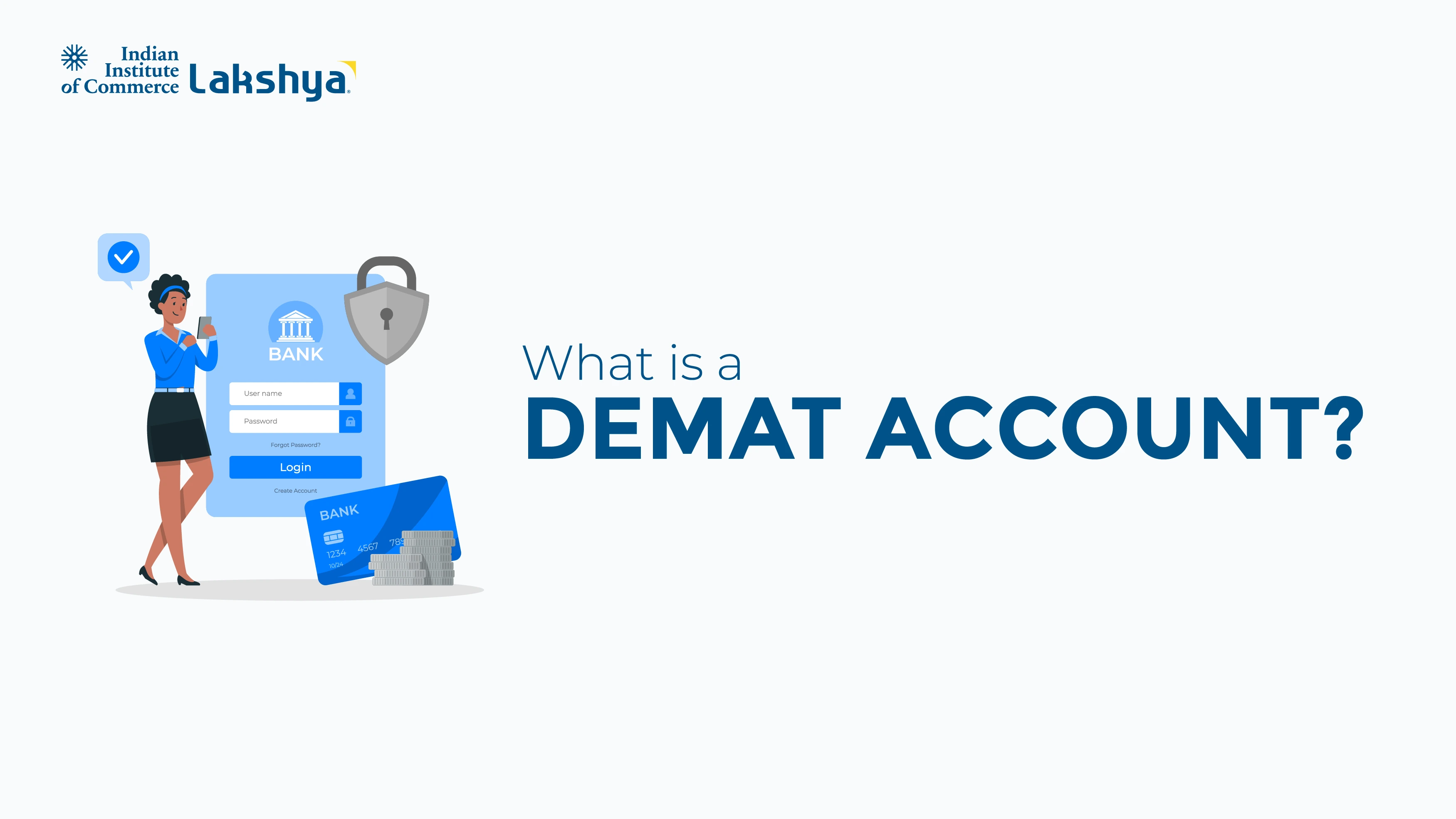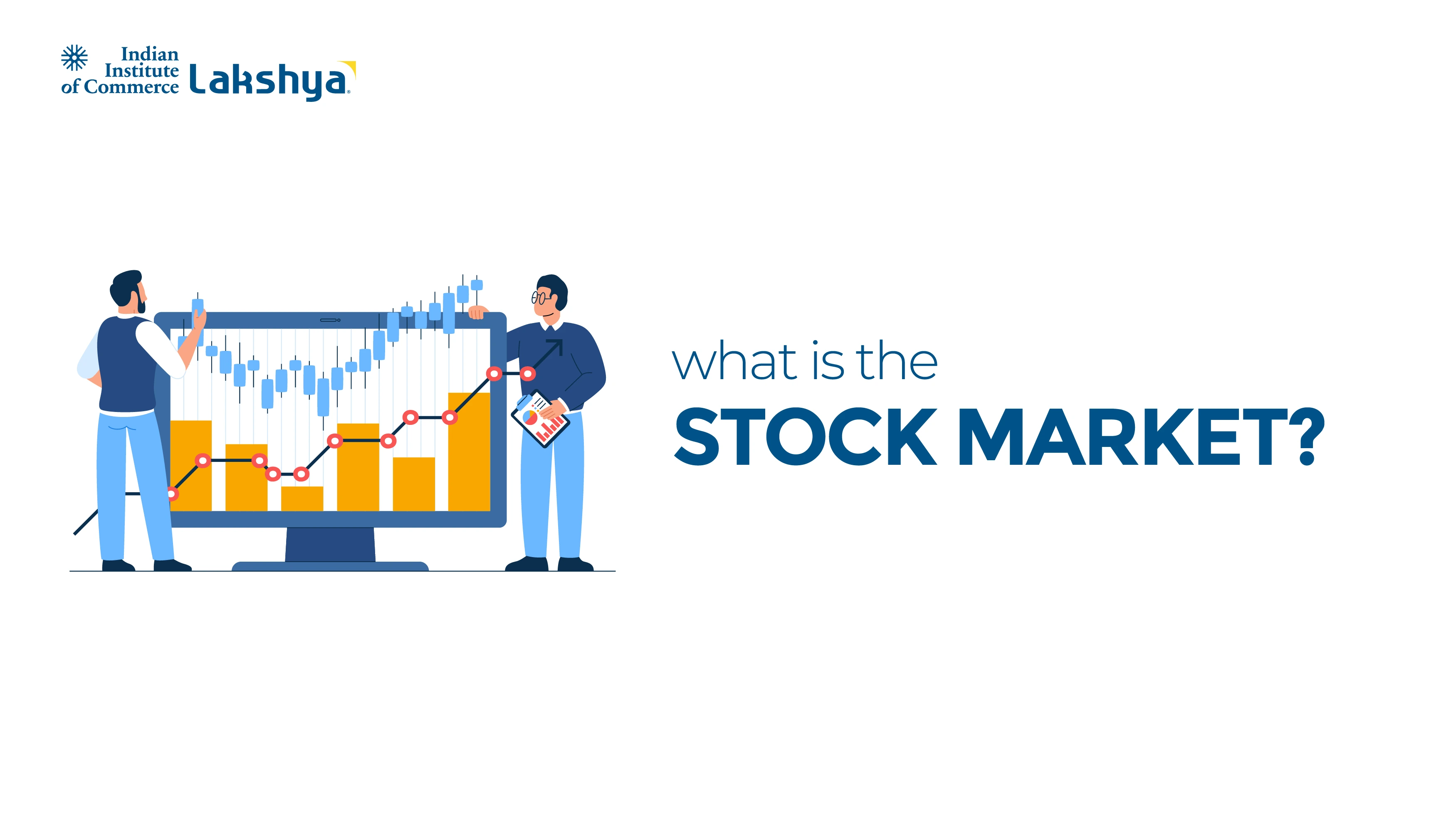What is Packaging of Products? - Meaning, Levels & Functions
Last Updated On -09 Jul 2025
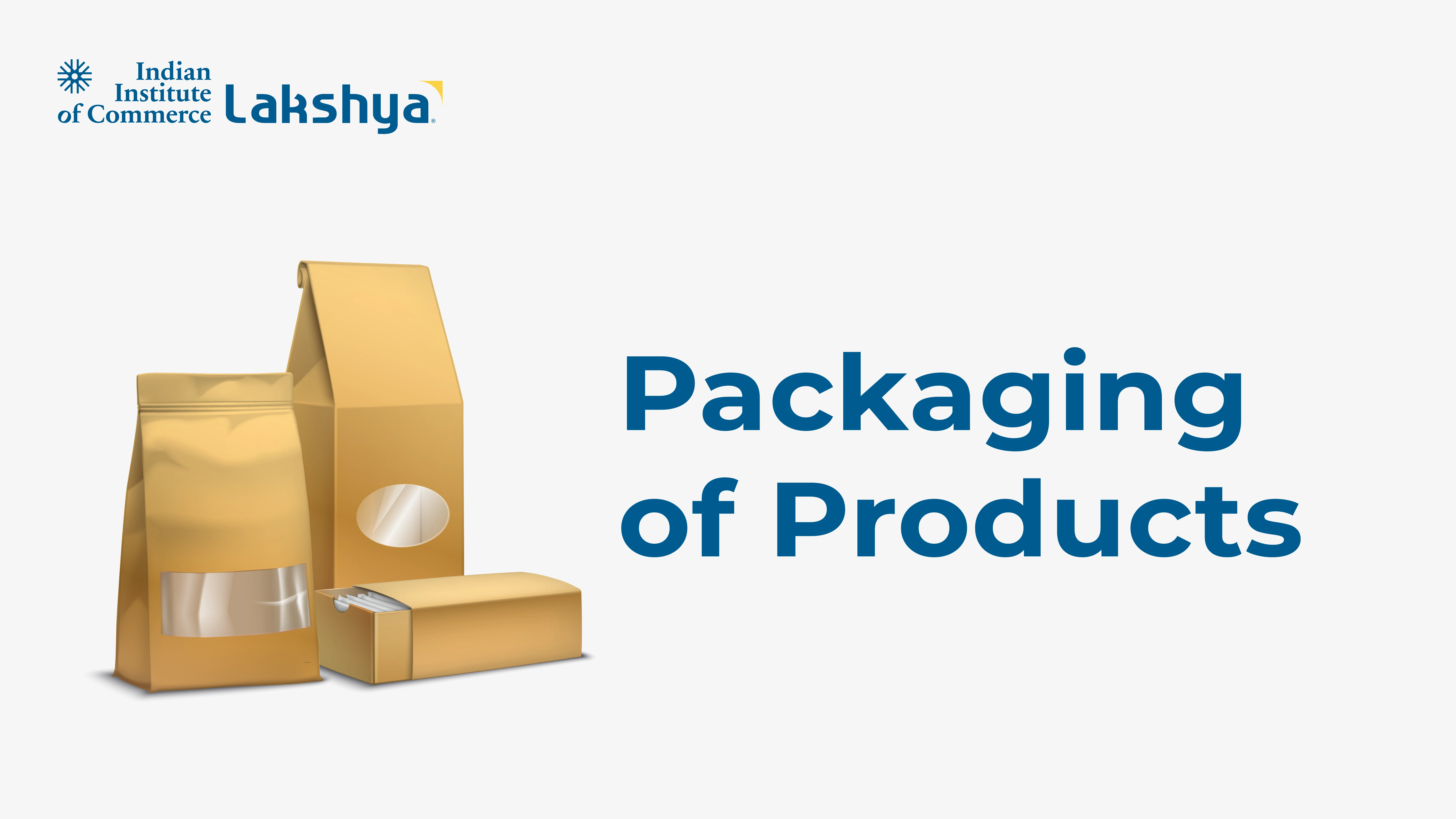
Product packaging does more than just hold the item in today's busy stores and electronic displays full of options. It sends a message, helps customers remember your brand, and changes what they buy. When people buy something in a store or online, they usually look at the box first. It used to be only a shell to keep things safe, but now it's a powerful way to spread the word.
If you want to sell something or learn about marketing management, you need to know how packaging fits into the greater picture. Let's learn more about what packing is, the different kinds of packing, how it is used, and why it is so vital.
What is Meaning of Packaging?
Packaging is how you hold, protect, move, and show a product to a customer. It means that everything should appear good on the exterior and work well on the inside at the same time.
What is inside the box? The first package holds the product right away, like a tube of toothpaste. The outer covering that holds the main products, such the cardboard box that holds the tube, is called secondary packing. Tertiary packaging is used to convey and store a wide range of items, including pallets and boxes. Not only does packaging keep things safe, but it also includes crucial information on it, such as the brand name, ingredients, directions, expiration date, safety warnings, and certifications.
Key kinds of packaging materials:
- Paper and cardboard are cheap, easy to recycle, great for branding, and great for storing dry products.
- Plastic is strong, light, and used to make containers, wraps, and bottles.
- People usually select glass for expensive things because it looks nice and lasts a long time.
- Aluminum and tin are used to make cans, drinks, and spray cans.
- Biodegradable Packaging is more and more people are choosing plant-based and compostable materials because they want to protect the environment.
Key Types of Packaging of Products
There are three types of packaging: primary, secondary, and tertiary. You can only see one part of the product on the shelf. There are organized layers, and each one is in charge of a different part of storage, handling, shipping, and marketing.
1. Primary Packaging (The Consumer Unit)
The main packaging is the first layer of packaging that goes around the product. It contacts the product right away and is what the customer uses to use it.
Purpose of primary packaging:
- Don't let items that aren't part of the product get to it
- Keep it useful or new.
- Include important details like the parts list and the date it will end.
- For example, make it easier to use by making it easy to open and close again.
- For example, a tube of toothpaste.
The main package is the product itself for a lot of clients, therefore it needs to look attractive and operate well at the same time.
2. Secondary Packaging (The Grouping Layer)
Secondary packaging is when separate components of primary packaging are joined together to make them easier to handle, protect, and brand. Many individuals use it for marketing and shipping.
Purpose of secondary packaging:
- Put together a list of goods to sell, like a six-pack of bottles.
- Make extra room for branding
- While it is being relocated or stored, keep the main packing safe.
- Let stores place products on shelves or show them off in a way that works for them.
- The cardboard box that carried a container of face cream is one example.
- A cereal box with a plastic bag inside
The way things are packed in secondary packaging has a major effect on how they look in stores and how easy they are for customers to use.
3. Tertiary Packaging (The Transport Layer)
People employ tertiary packing to move a lot of things, store them in a warehouse, and send them to clients. People don't see it very often because it's largely utilized for shipping and logistics.
Purpose of tertiary packaging:
- The goal is to make it simple for people and goods to move around and be sent.
- Keep items safe while they're on their way.
- Use the space in the greatest way possible when putting things in warehouses.
- Support for tracking, labeling, and barcoding
- For instance, huge cardboard boxes for shipping.
Tertiary packaging is the most critical component of the supply chain since it makes sure that things reach their destination in good shape.
Key Functions of Packaging of Product
Putting things in a box is only one part of packaging. It is a planned procedure with several levels of value and purpose. Packing is a crucial part of getting a product from the maker to the buyer. It keeps the things safe, makes them appear good in stores, and makes shipment easier. Smart packaging can help businesses get ahead of their competitors by focusing on the design, the environment, and how the customer feels.
1. Security
Packaging keeps the object safe from damage, moisture, filth, and tampering while it is being delivered and handled. Packaging keeps food, electronics, and medicine safe and fresh.
2. Promotion
Packaging is like a salesperson who doesn't talk. People want designs that are fun, colors that are brilliant, and fonts that are appealing, that’s where promotion comes in. In areas with a lot of other stores, packaging that stands out could be the thing that makes the difference between making a sale and not.
3. Information
It has vital information, such as how to use it, dietary statistics, legal disclaimers, and how to reach customer service. Customers may trust this and be more honest with it.
4. Simple to use
Simple to open, use, carry, and throw away are all things that good packaging does well. If the packaging is straightforward to use, customers are more inclined to return back.
5. Differentiation & Branding
Packaging makes a brand stand out in a crowded market. The packaging tells you about the brand's values, quality, and place in the market. For instance, expensive perfume bottles and grocery bags that are good for the environment.
Why is Packaging of Product Important?
Packaging is more than just a technique to keep products safe in the business world nowadays. It can also tell a story, show off a brand, and make a sale. It teaches people about right and wrong, helps them remember and buy things, and builds trust. Don't ever overlook how important packaging is, whether you're constructing a box for a new business or getting ready for your marketing test. When you get anything that is well-packaged, it makes a great deal out of it.
The way you package anything can make it more useful and appealing, whether you're selling cookies or smartphones. This is why it matters: it keeps dirt, germs, and touch with people away from the product.
- People will trust and recognize your brand better if you pay attention to its design, labeling, and quality.
- People are more likely to buy something if it has good packaging.
- It tells you about the law and the rules, like safety warnings, expiration dates, and the ingredients.
- Two methods to attain your sustainability goals are to use products that are good for the environment and to make less trash.
|
Did you know? More than 70% of people make their decisions about what to buy when they are in the store, and packaging is a key part of that. This is why businesses invest a lot of money on innovative concepts, materials, and packaging design. |
See Also
Want context behind academic articles explaining their lasting influence on matter? Read our Commerce Concepts!
Frequently Asked Questions (FAQs)
Is it possible to reuse or recycle packing?
Yes. Many companies are transitioning to packaging that is better for the environment and can be reused, recycled, or broken down. You can often recycle paper, cardboard, glass, and some types of plastic.
How does packing help consumers buy things online?
Packaging is even more important when customers shop online because they can't touch the items before they buy them. Good wrapping protects products while they are being sent and makes it more fun to open the box. This has an effect on ratings and repeat purchases.
Do you put labels on products as part of the packaging?
Yes. Putting labels on things is a very crucial element of packing. It has a barcode, the brand name, product details, safety instructions, directions for use, nutritional information, and other legal information on it.





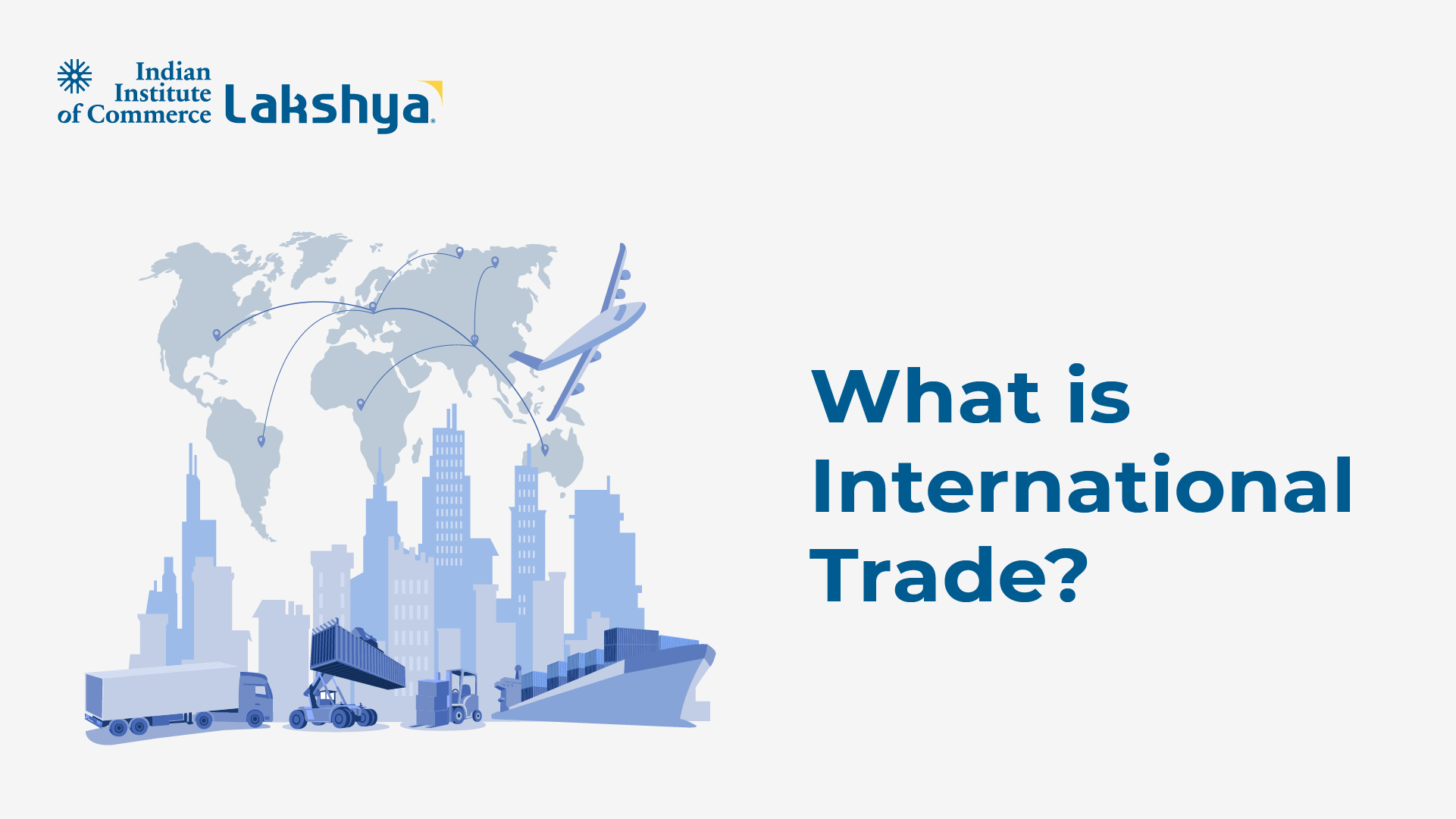
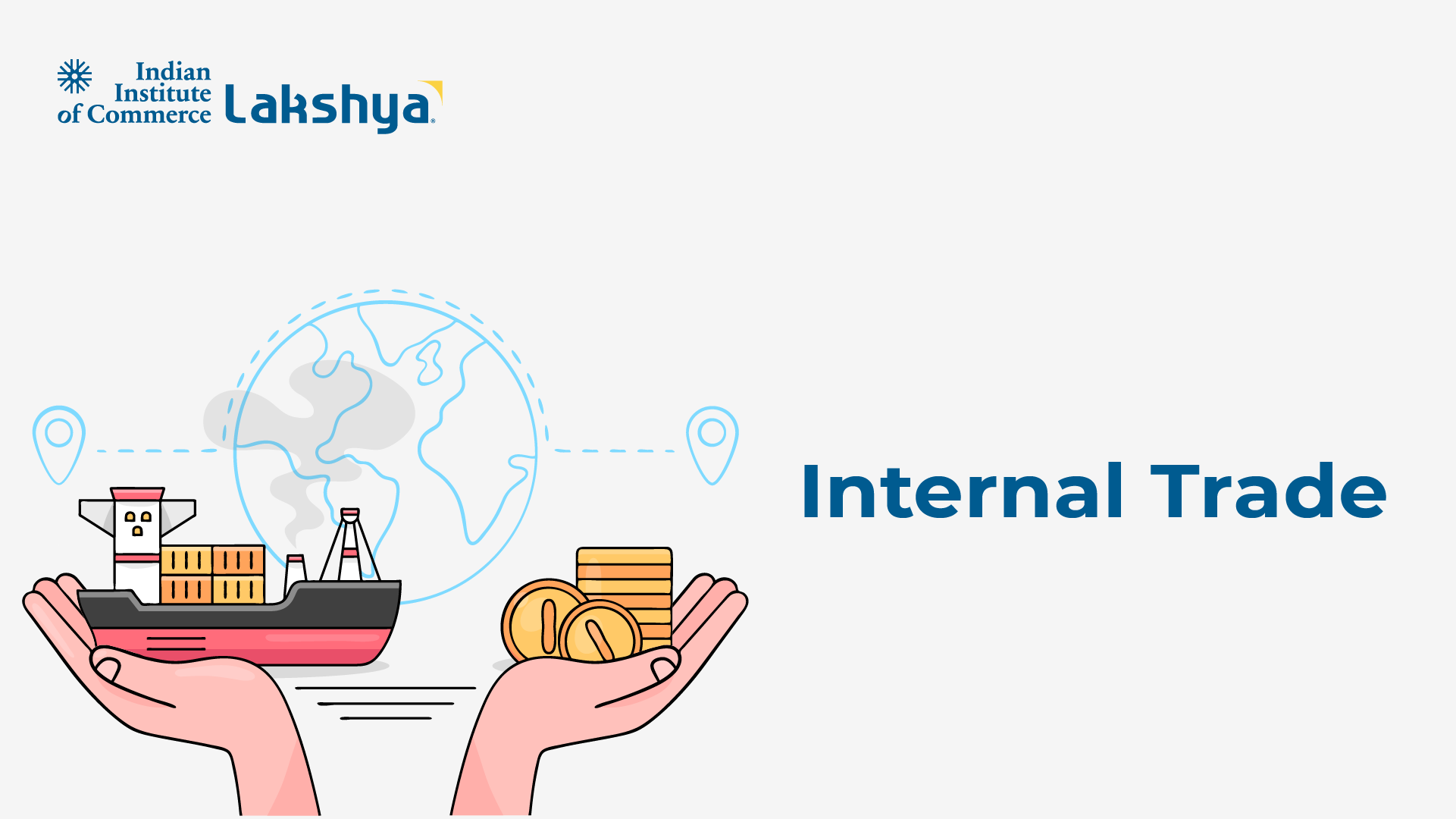
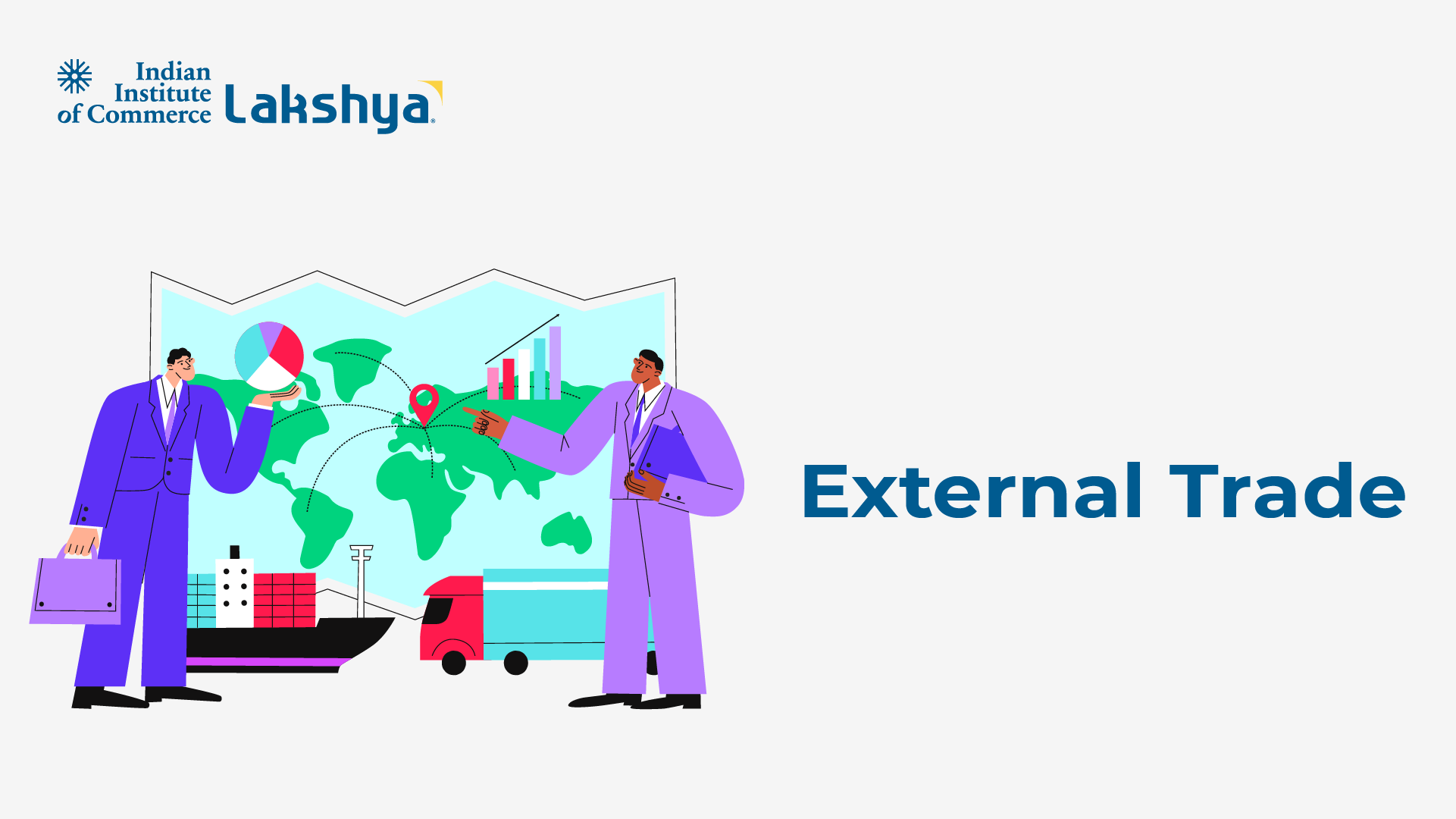
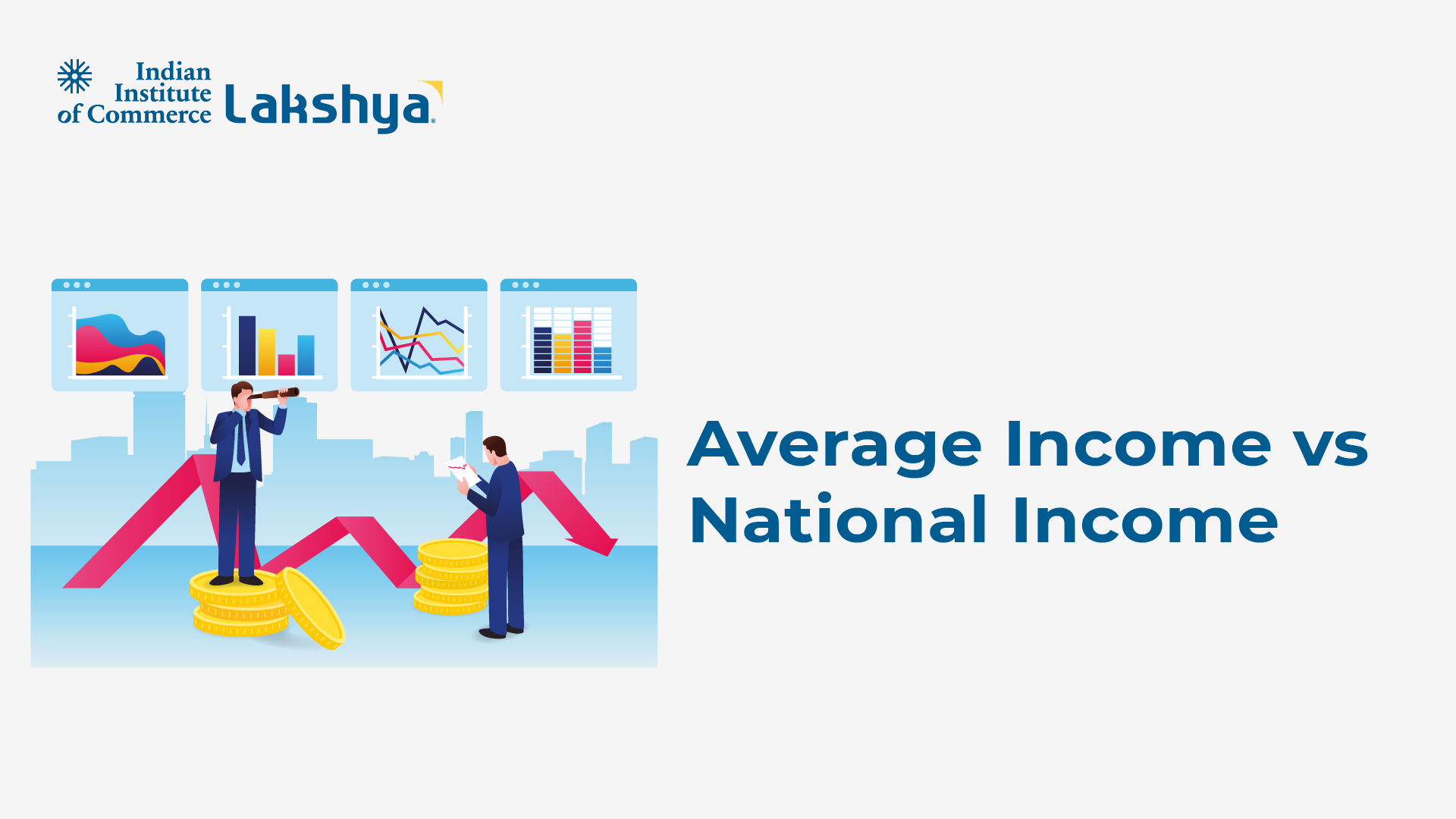
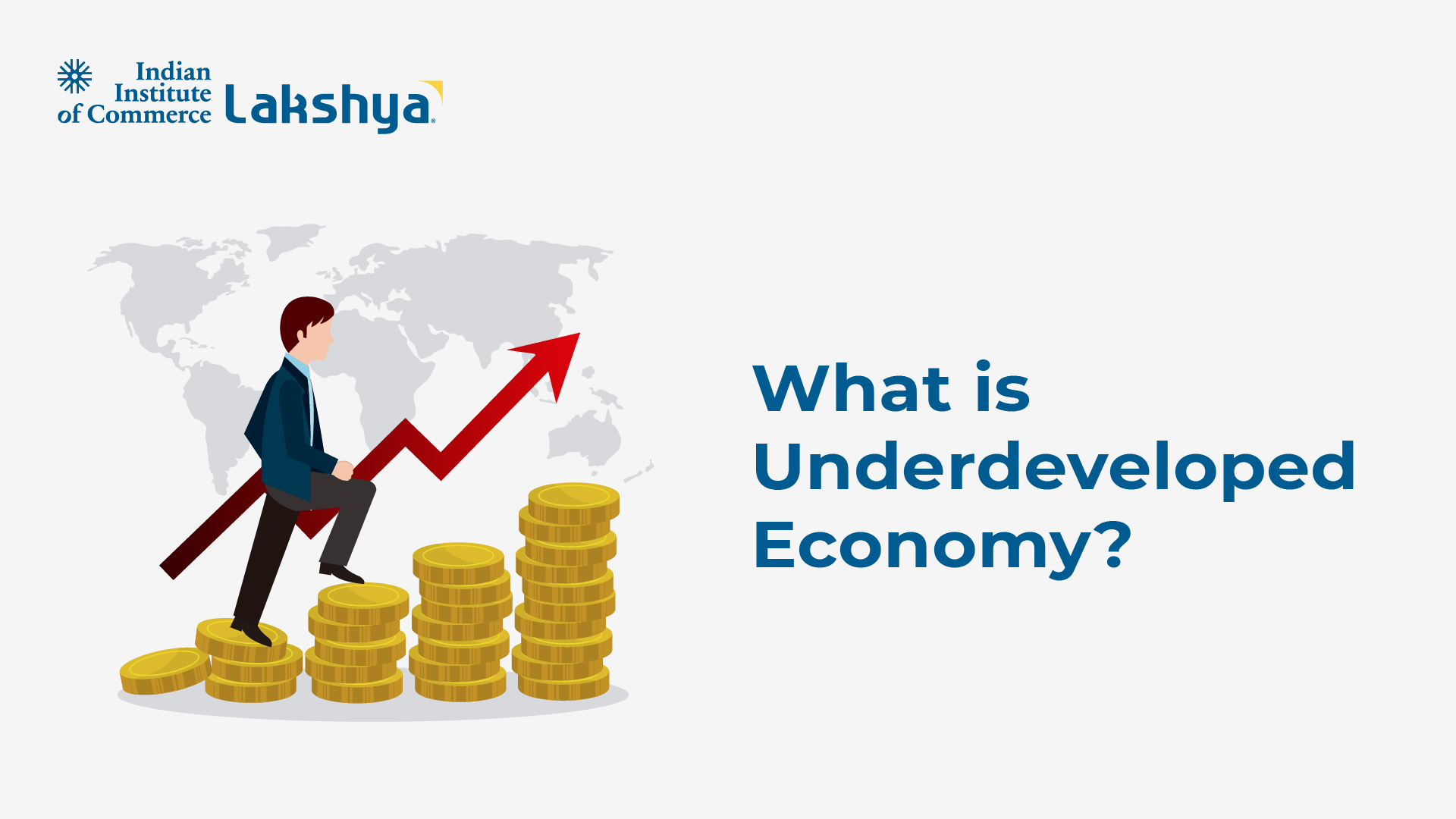
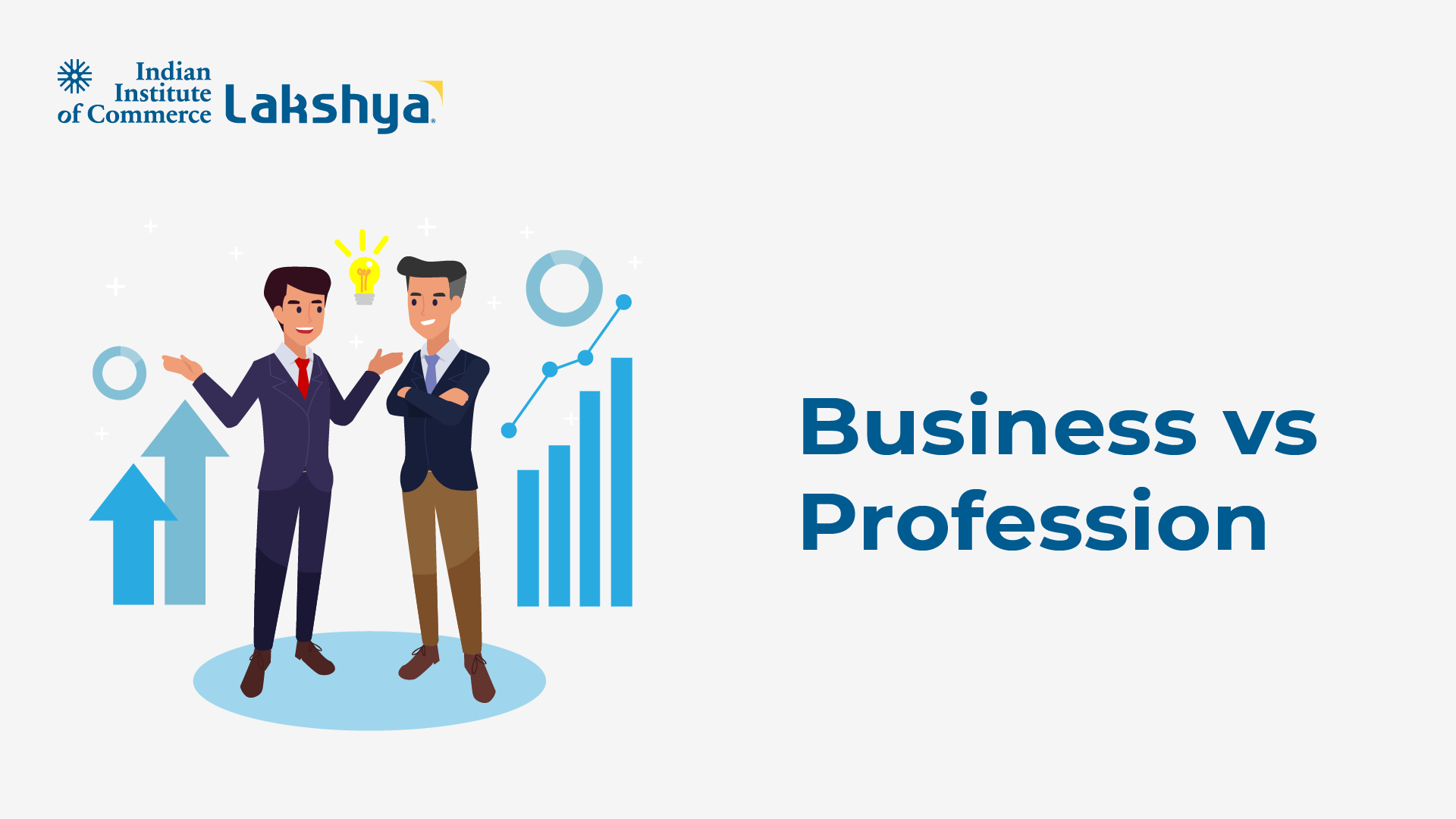
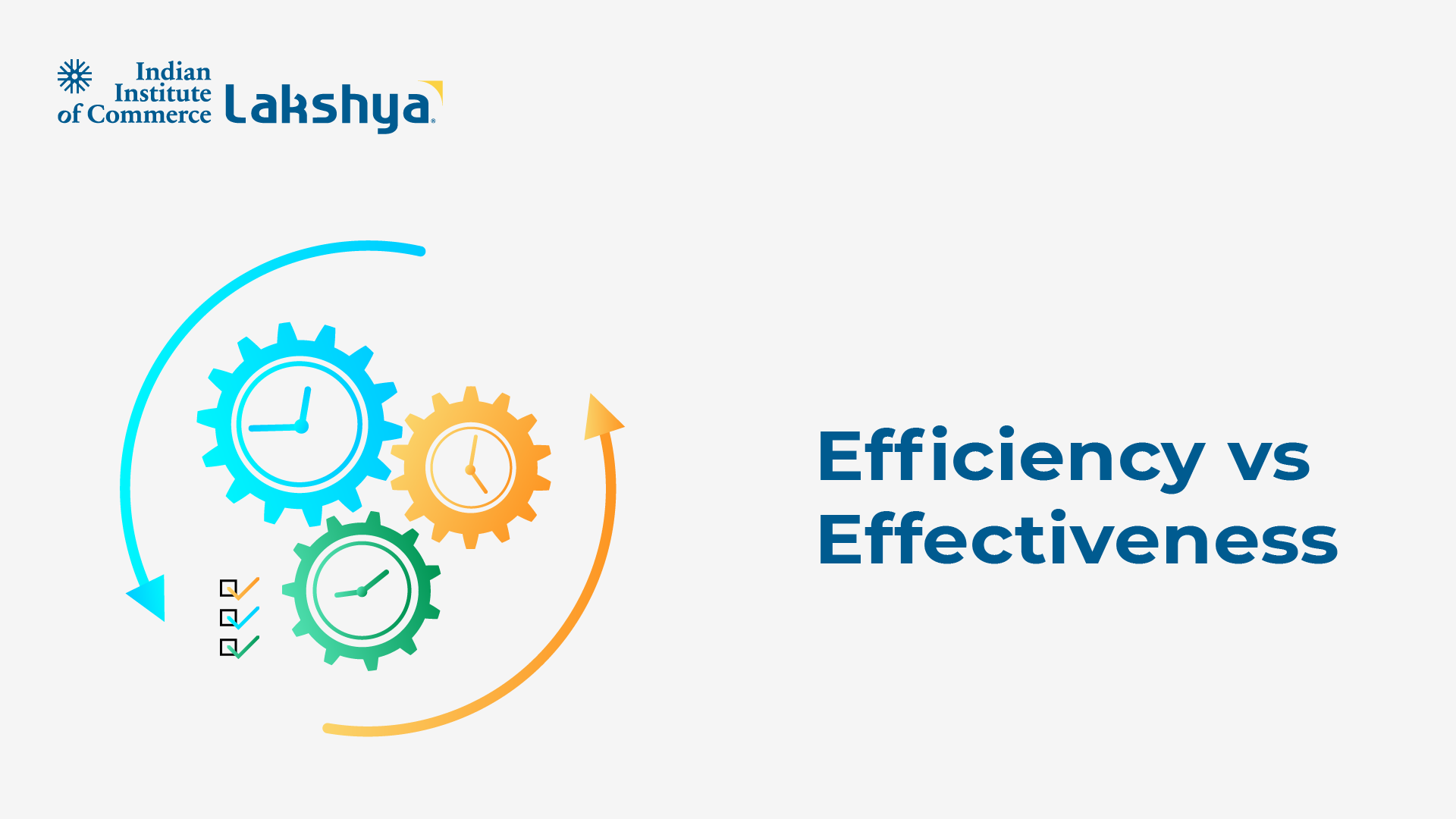
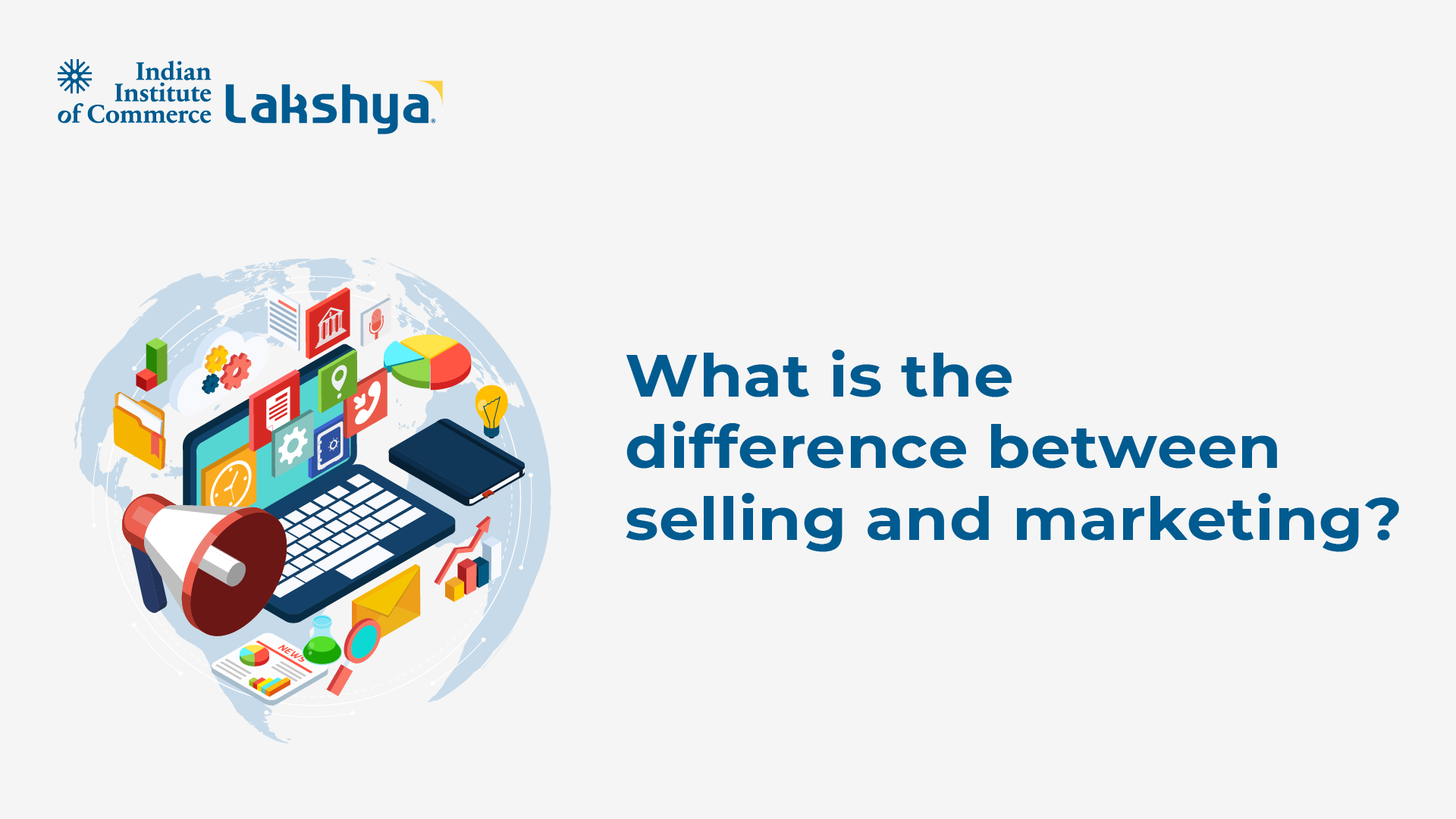
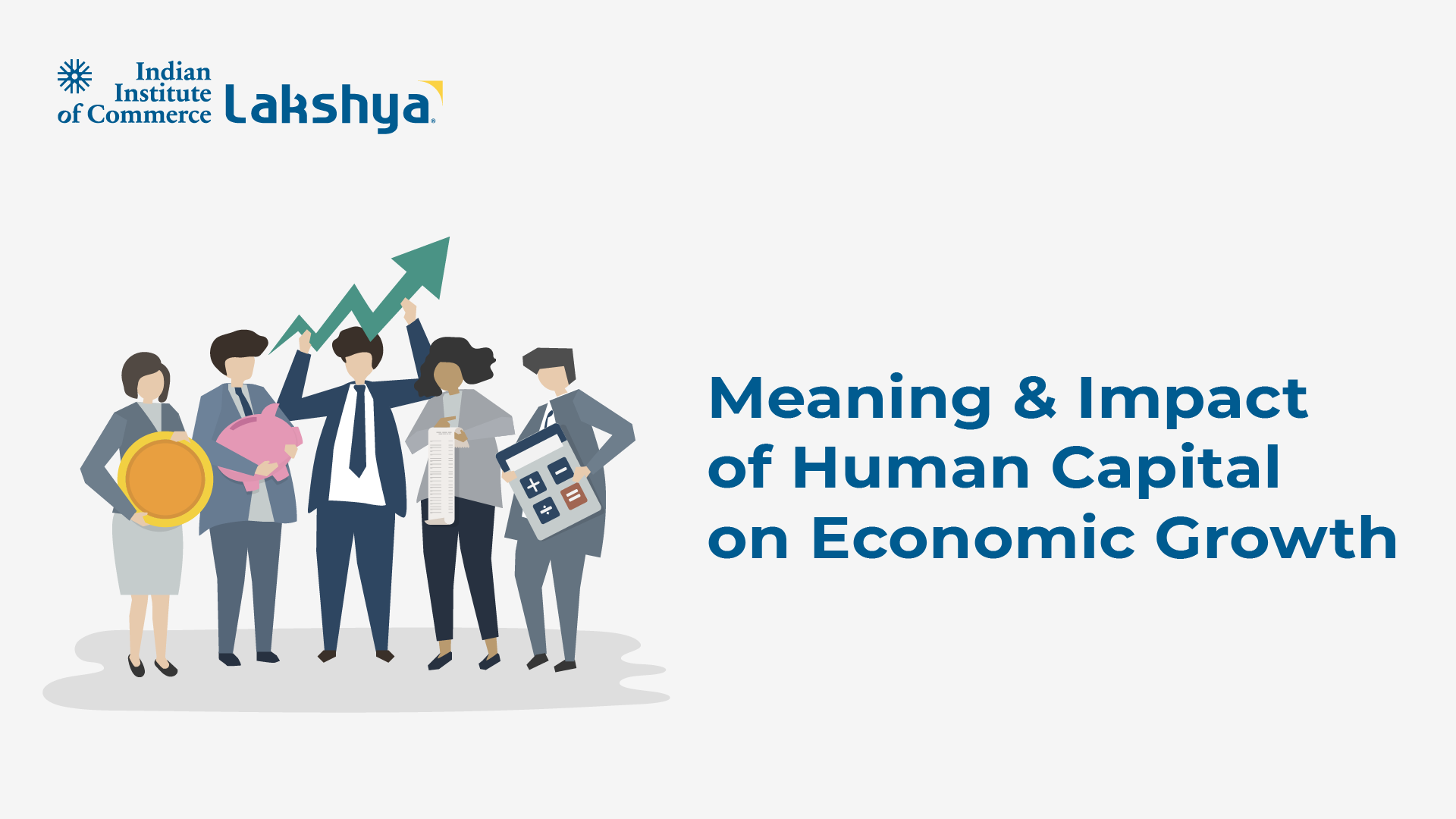

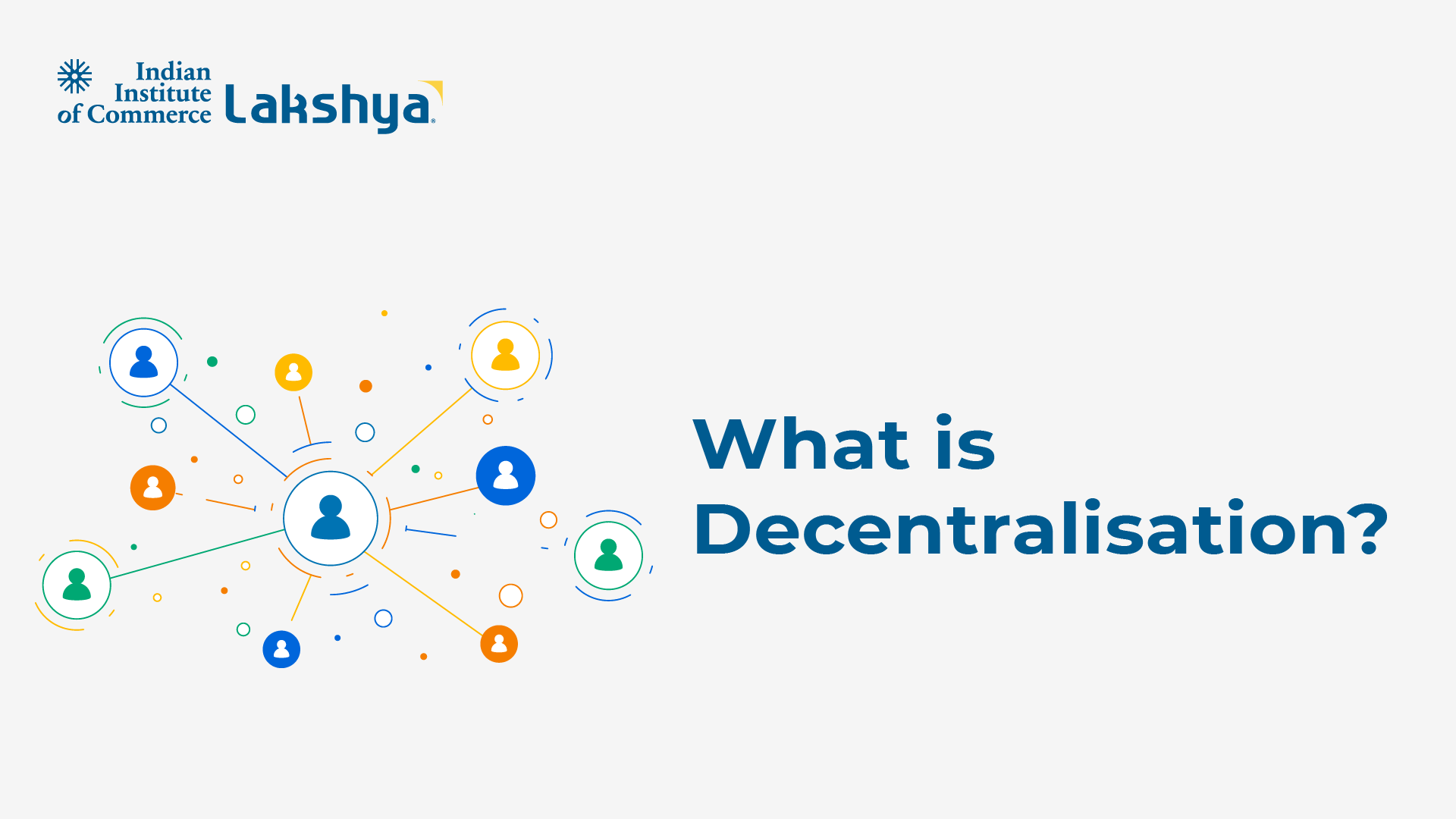
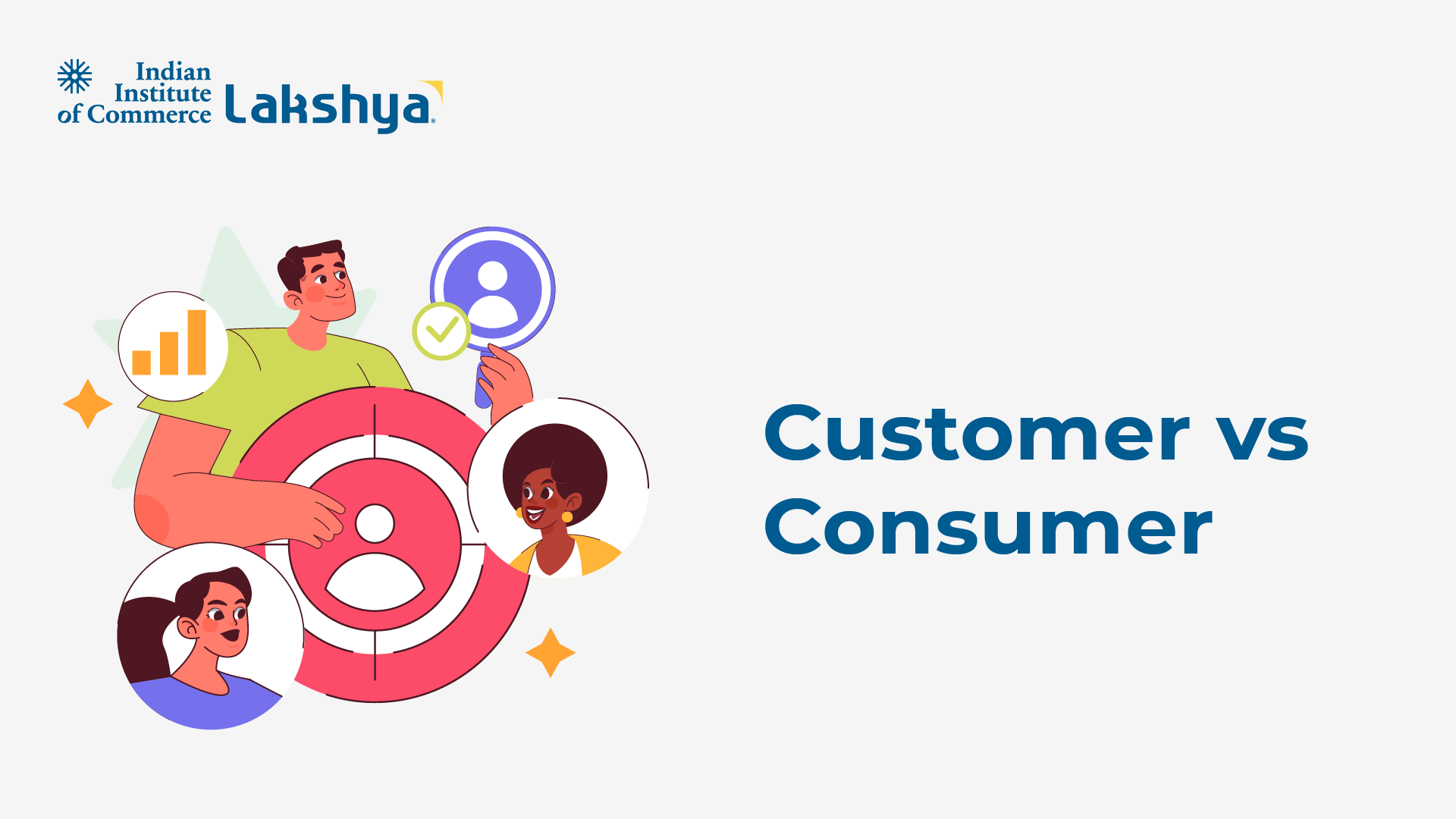
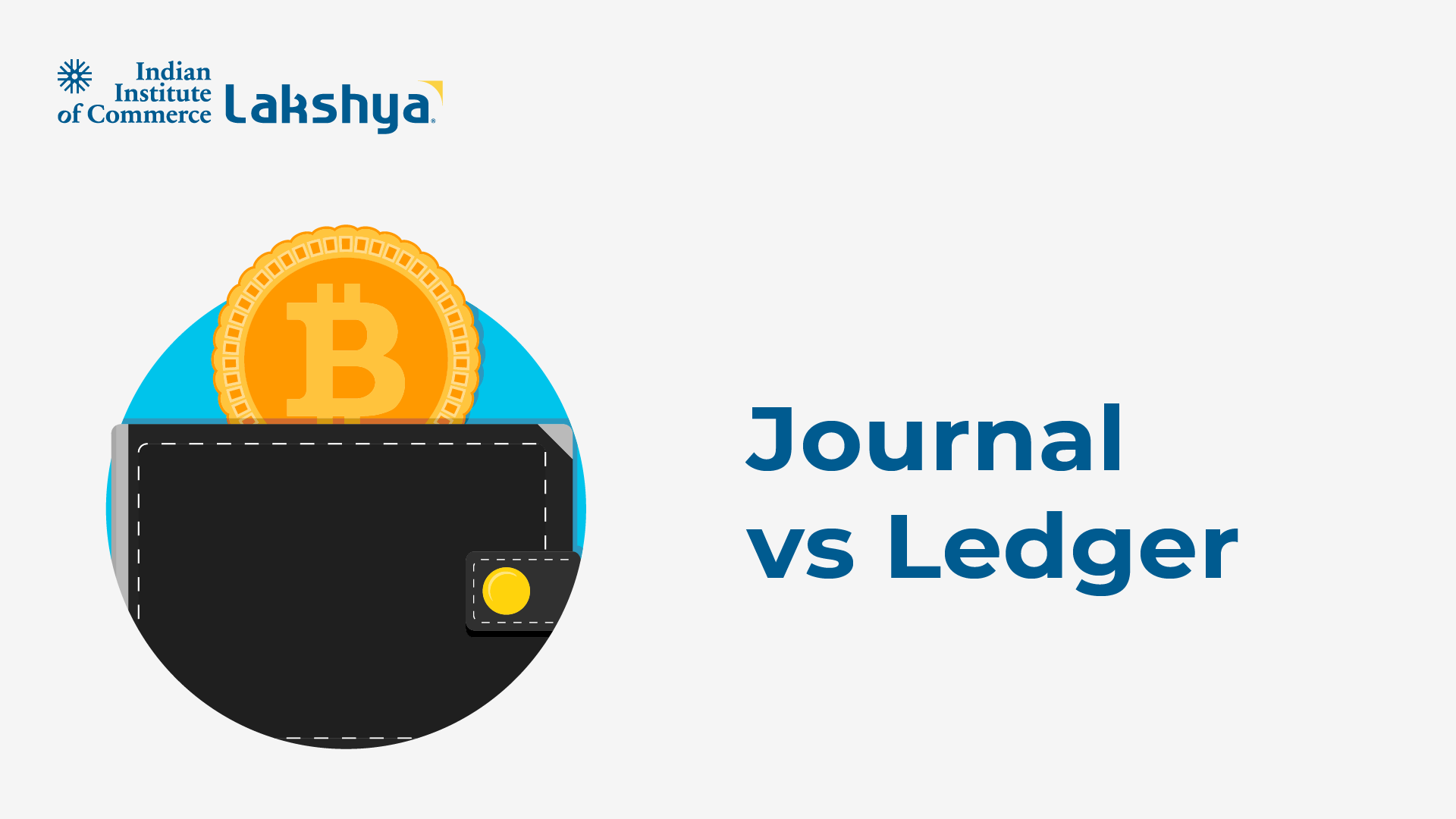
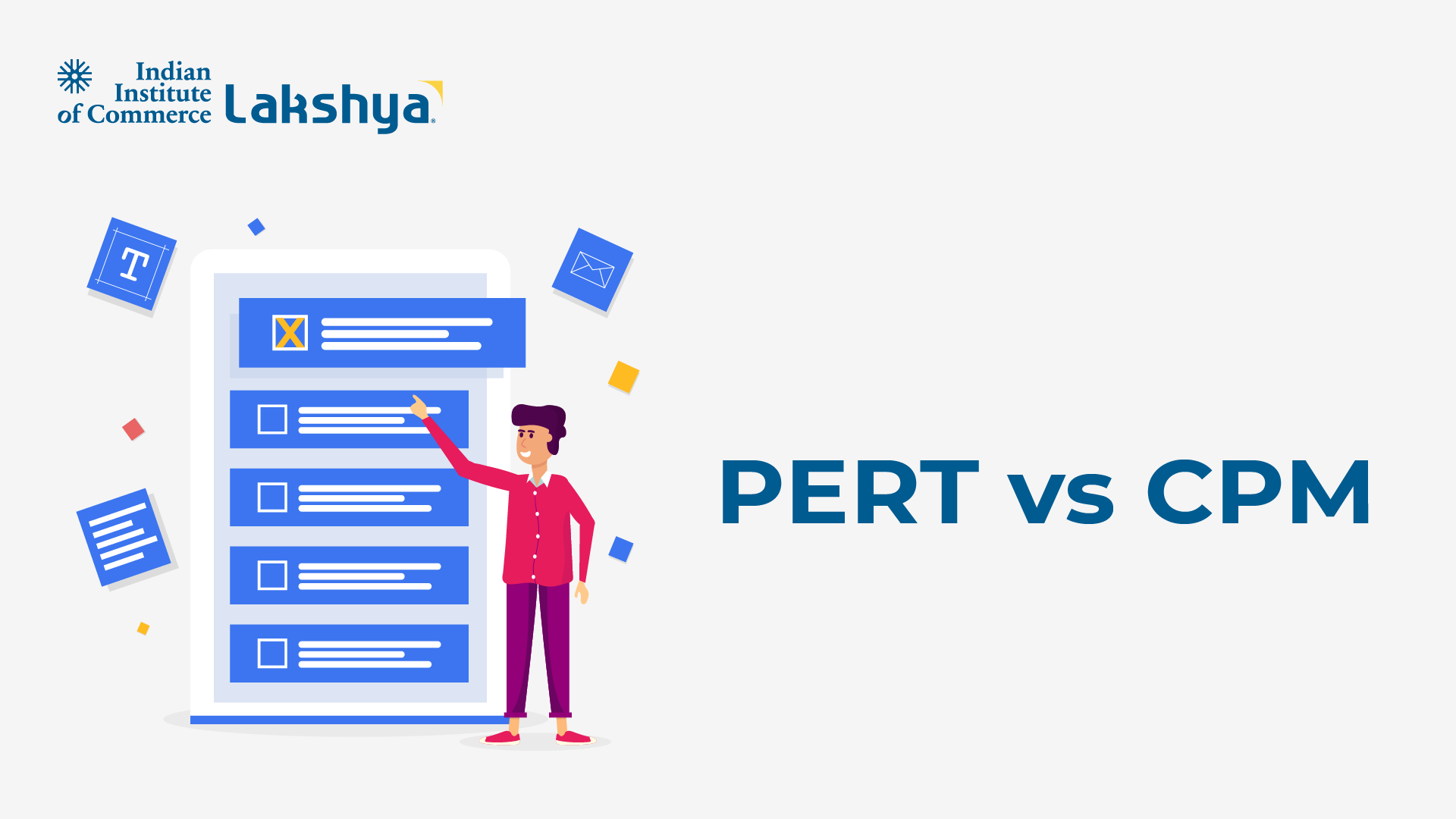



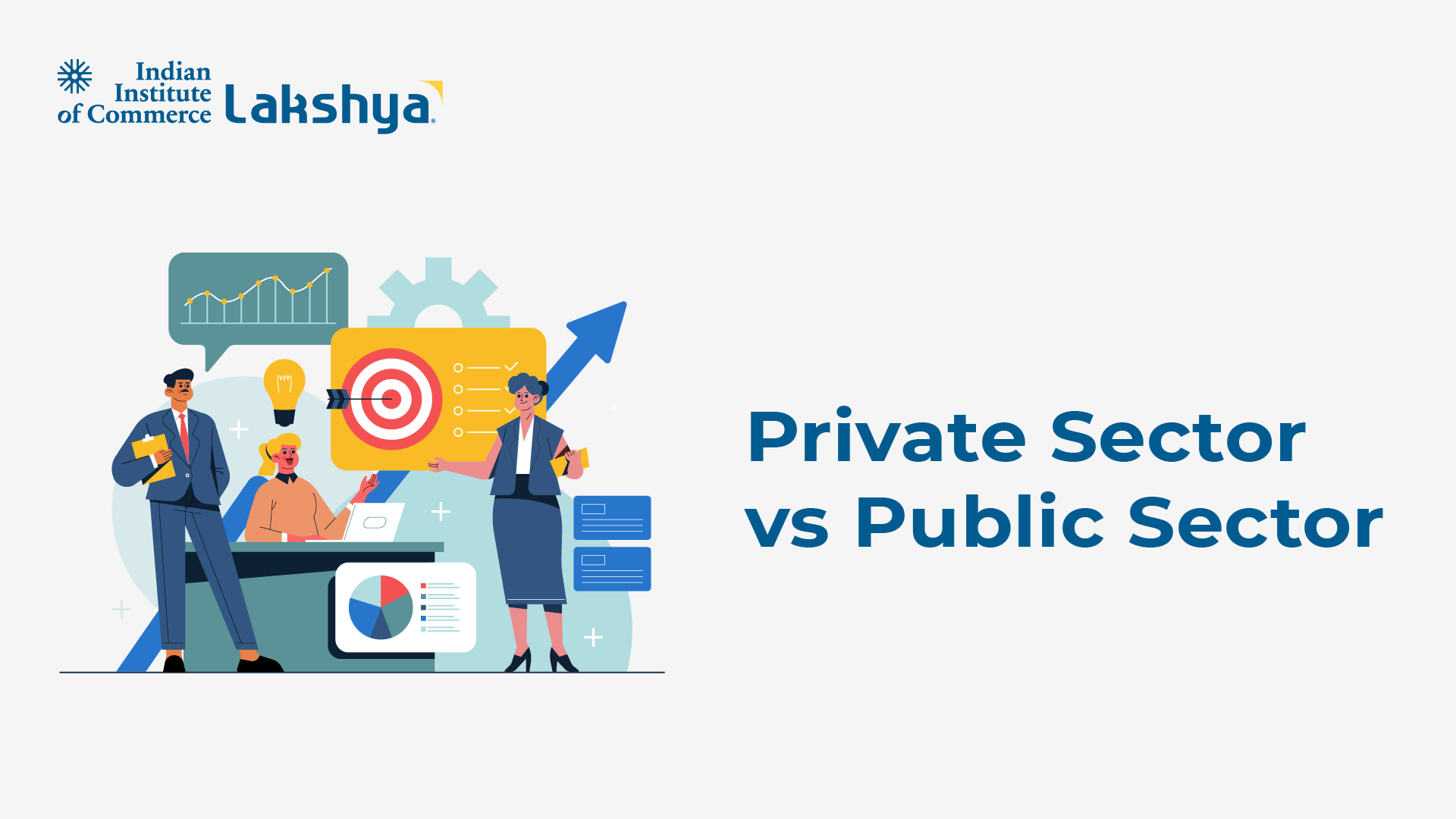
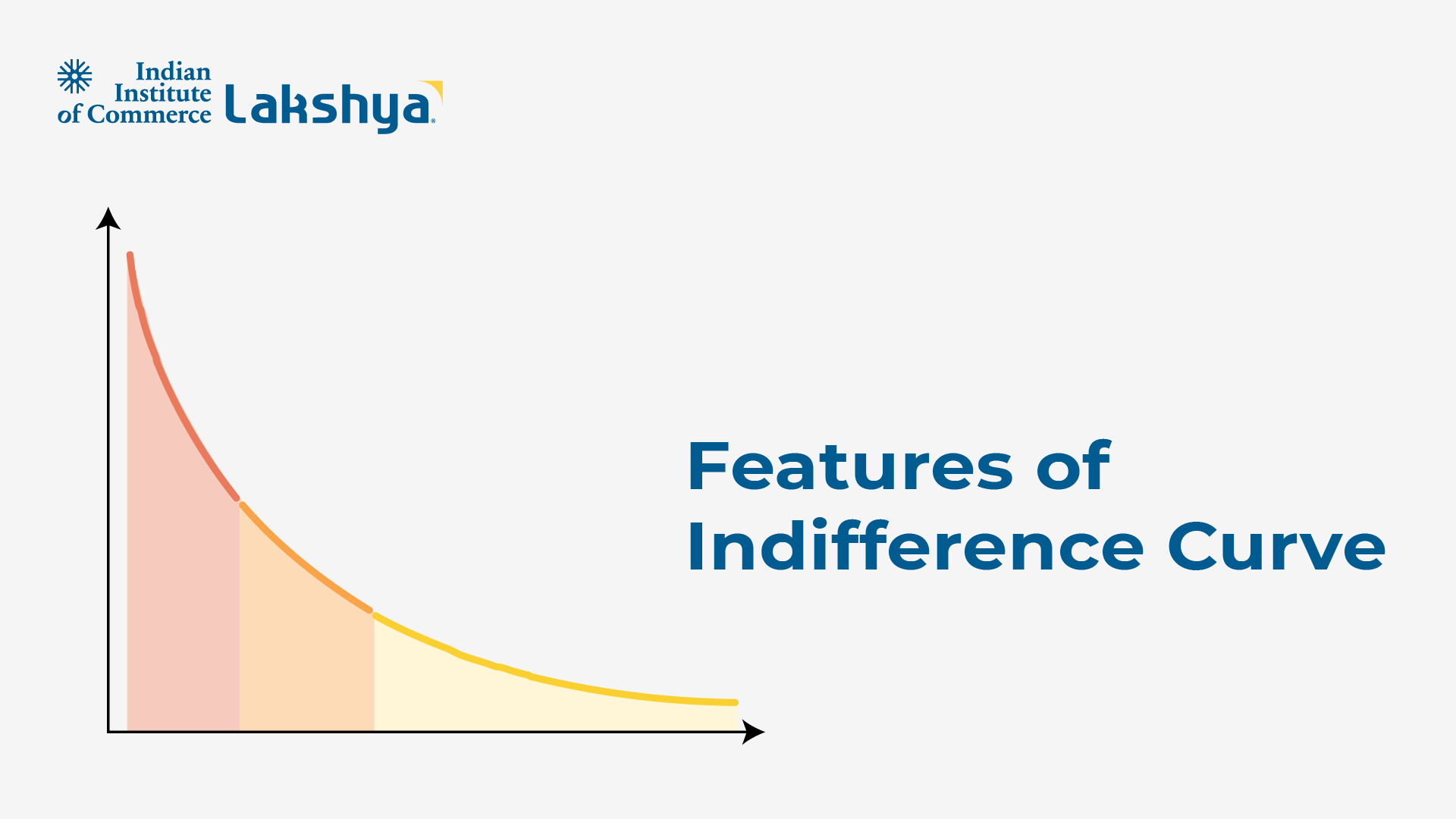
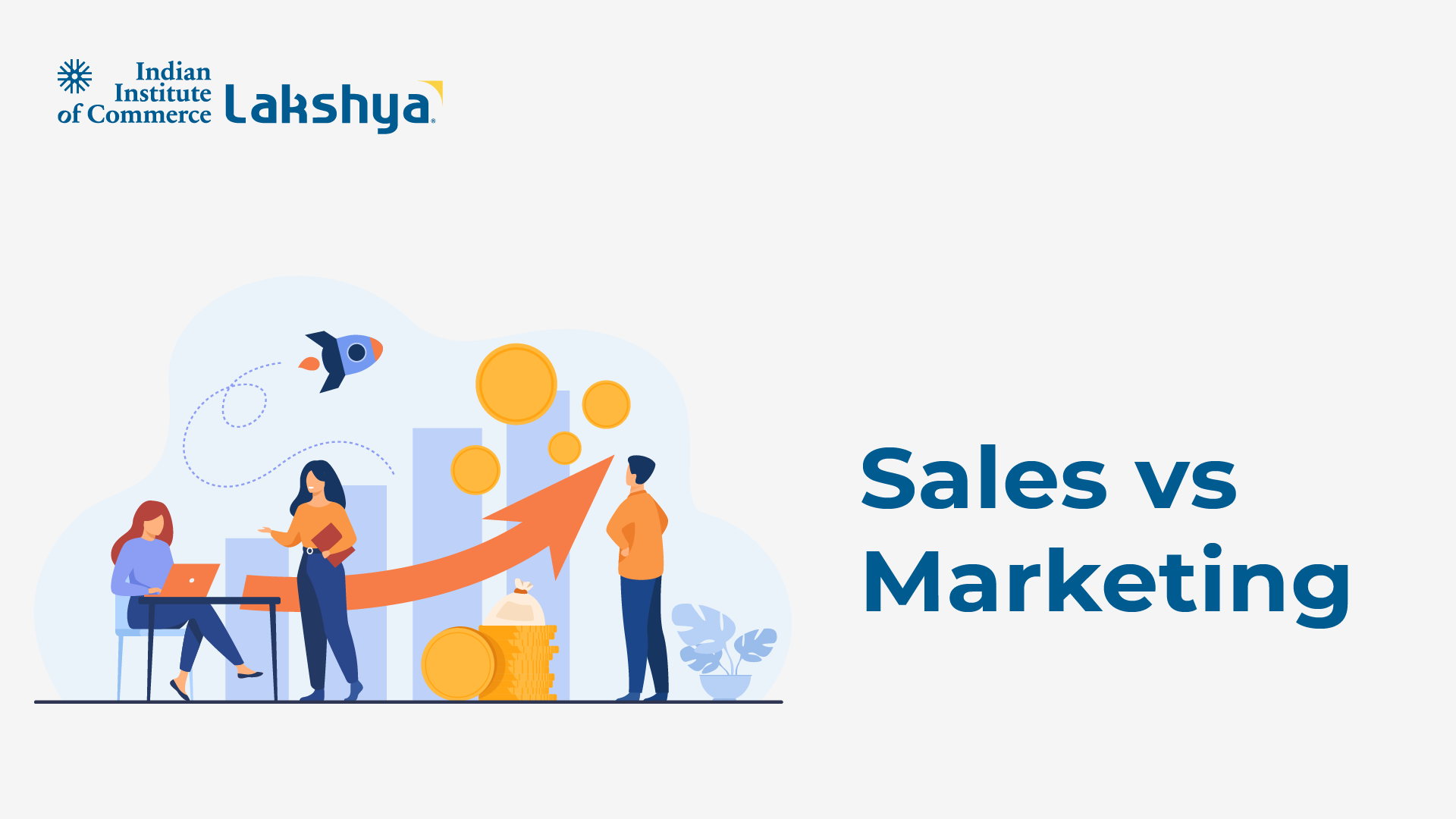
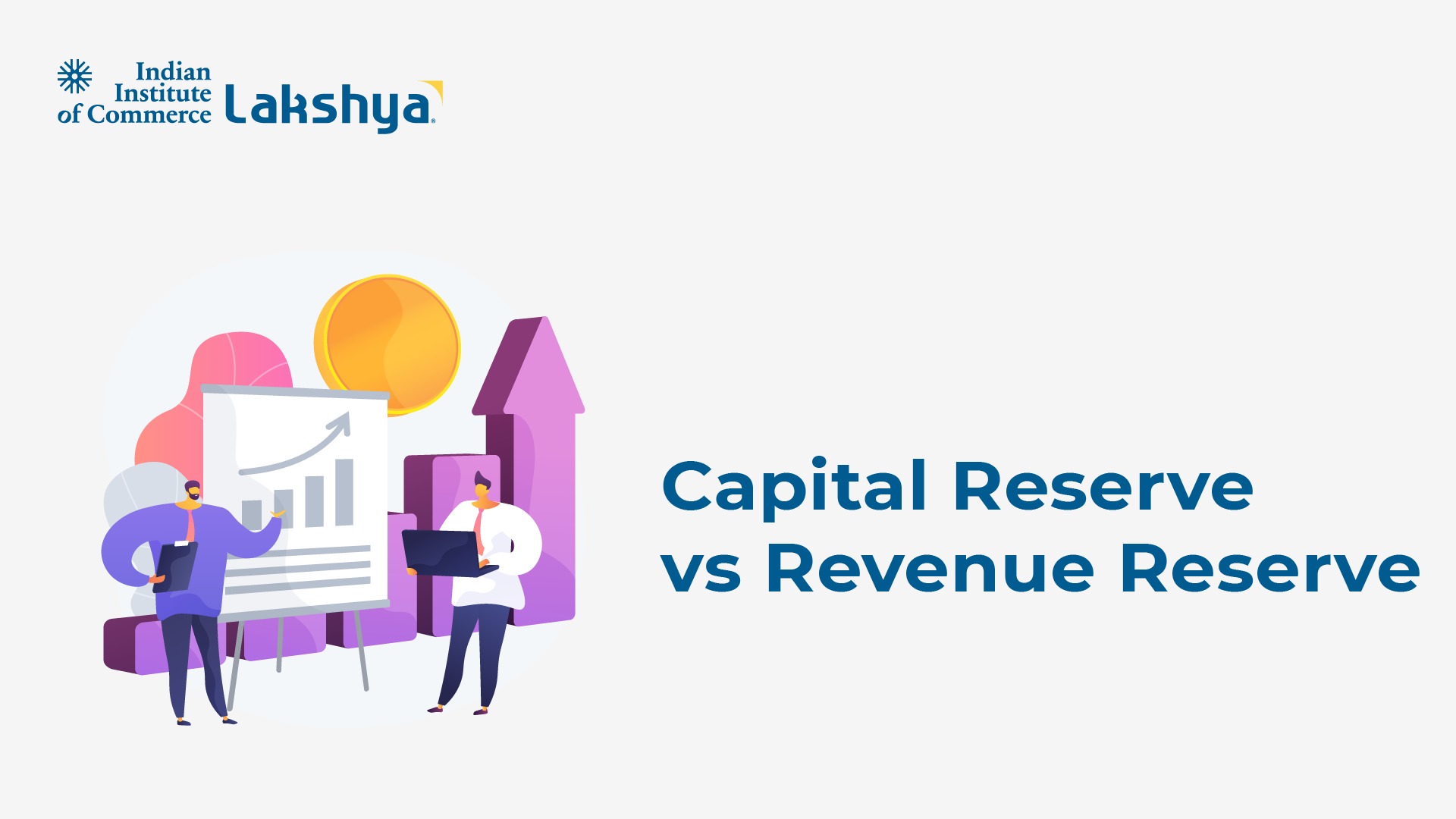
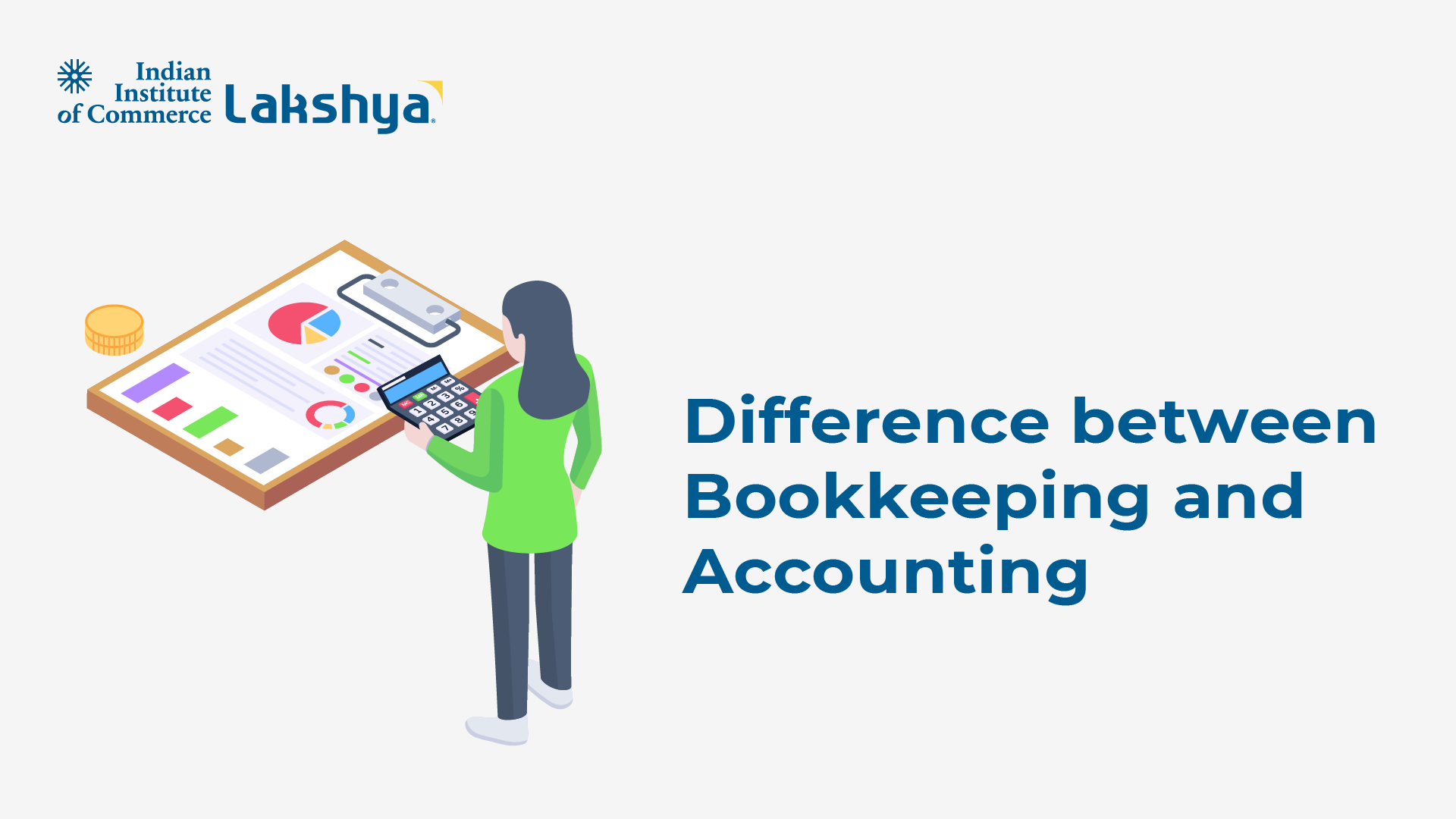
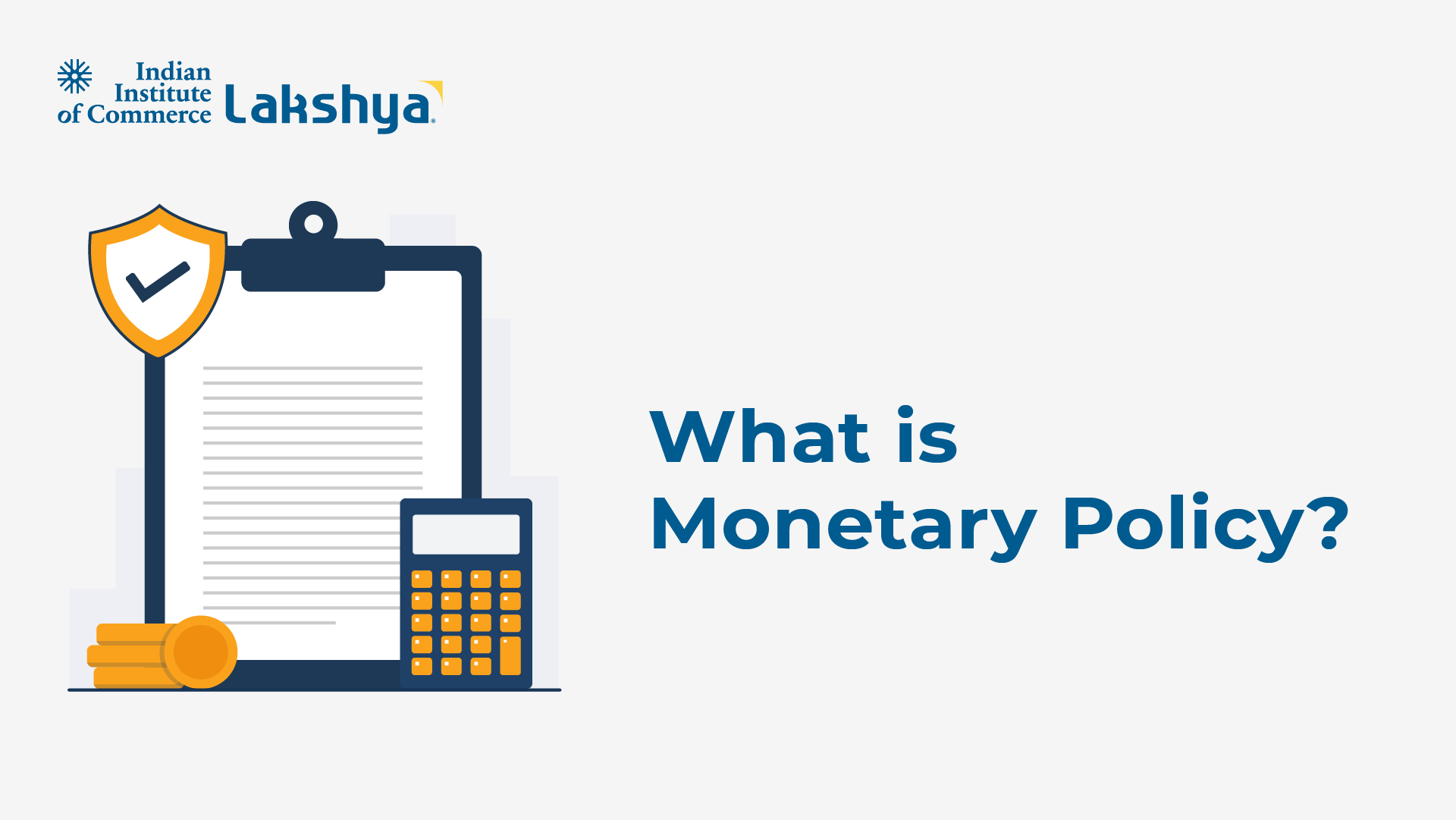
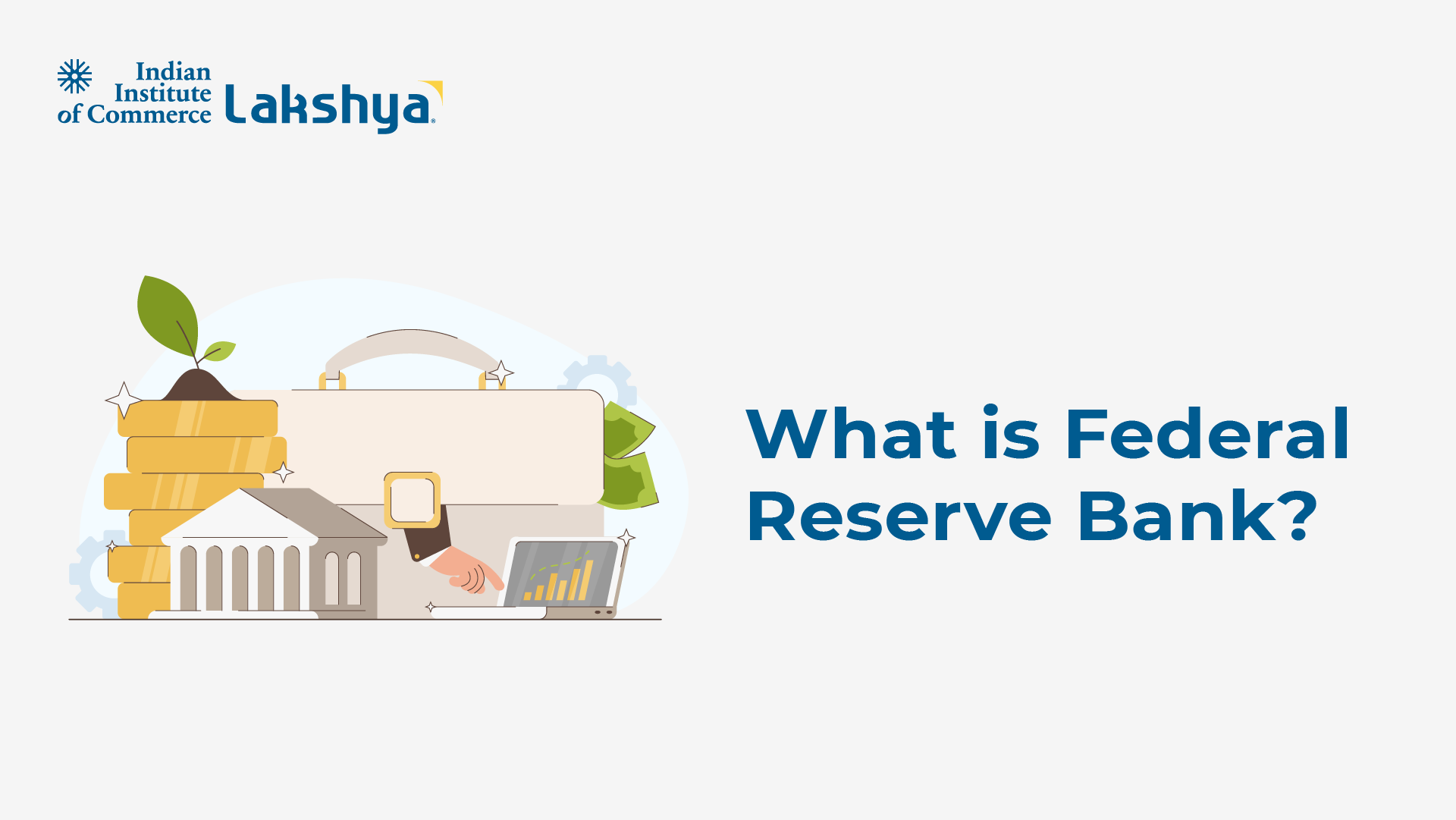
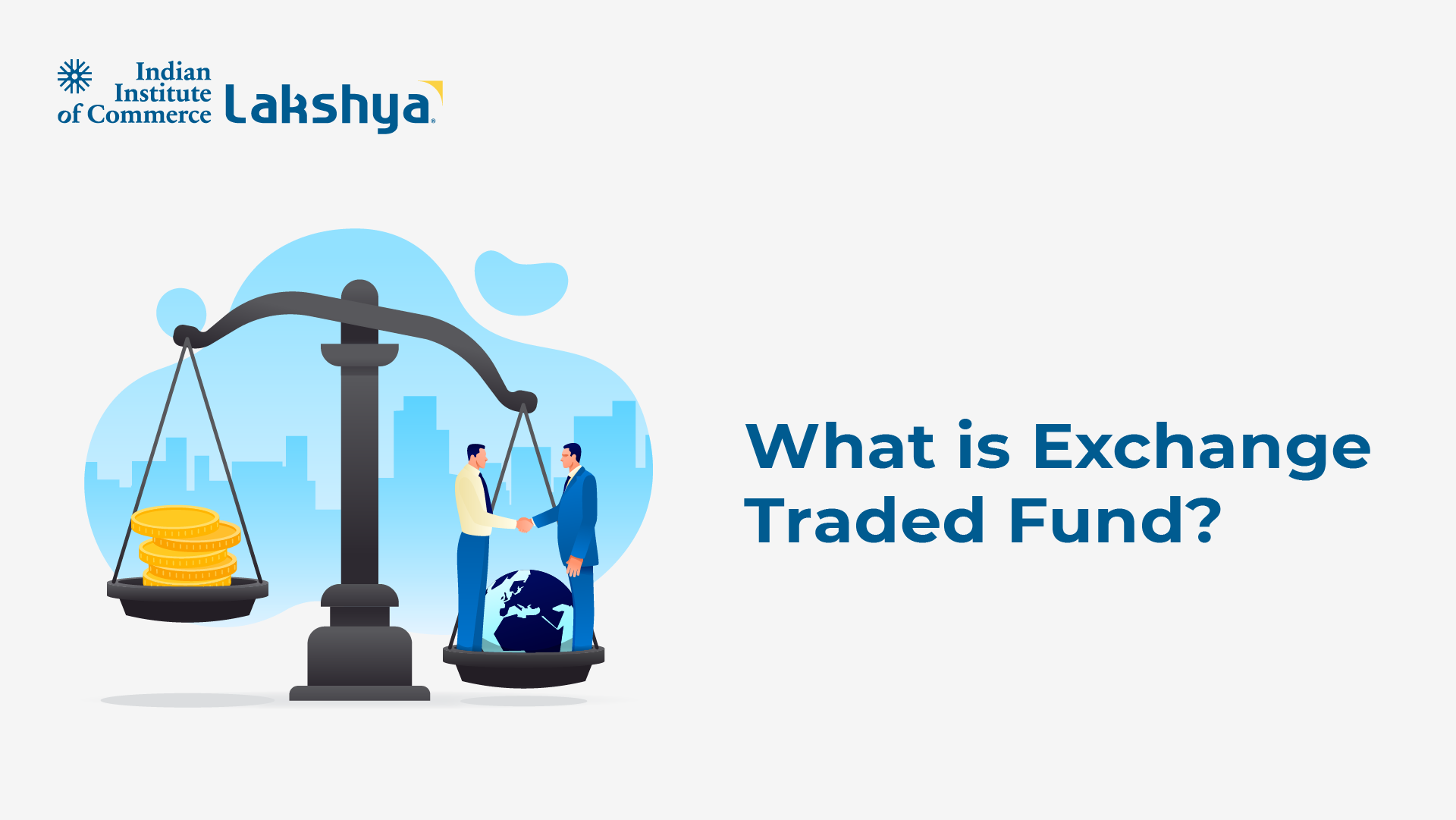
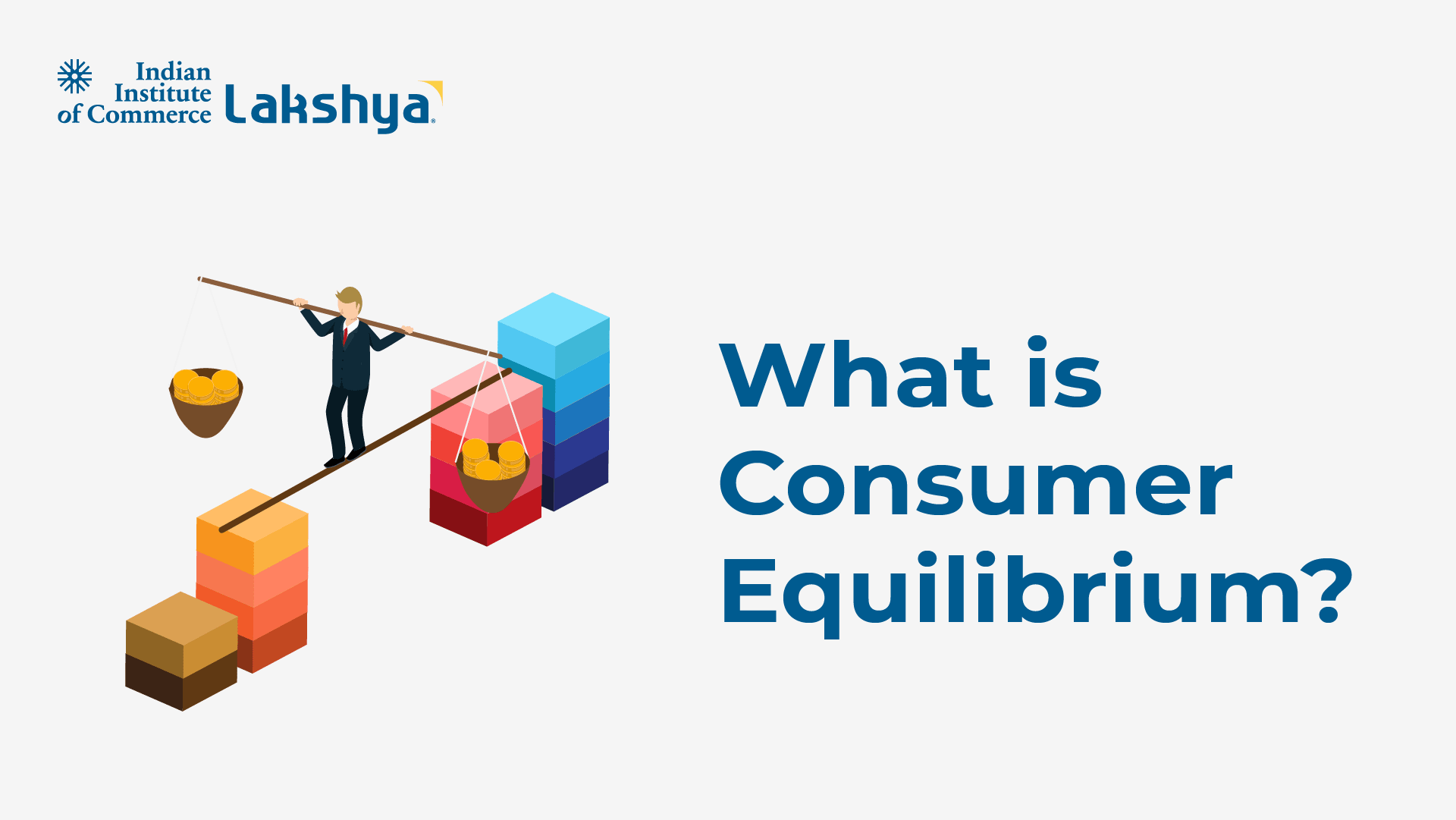
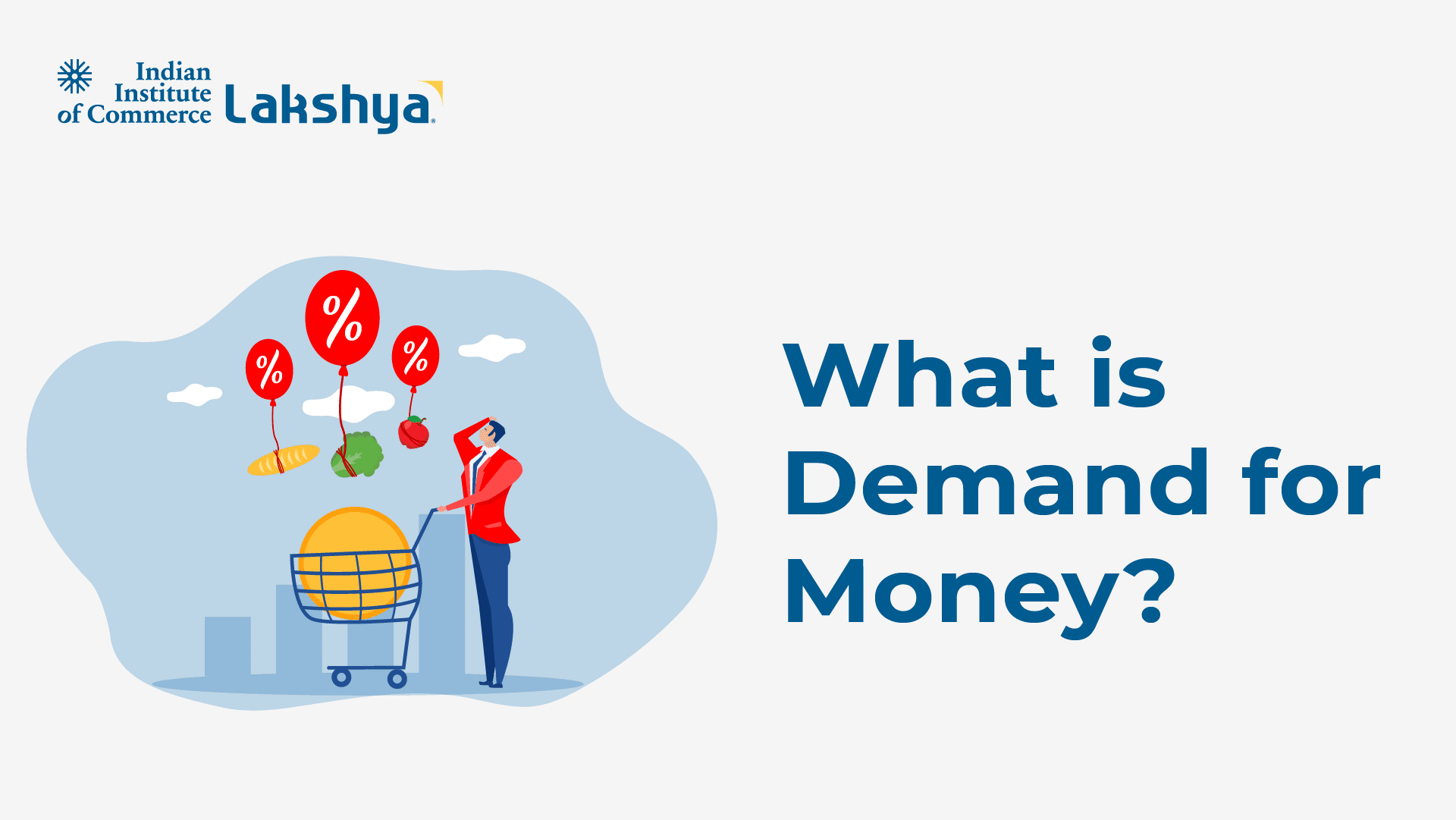
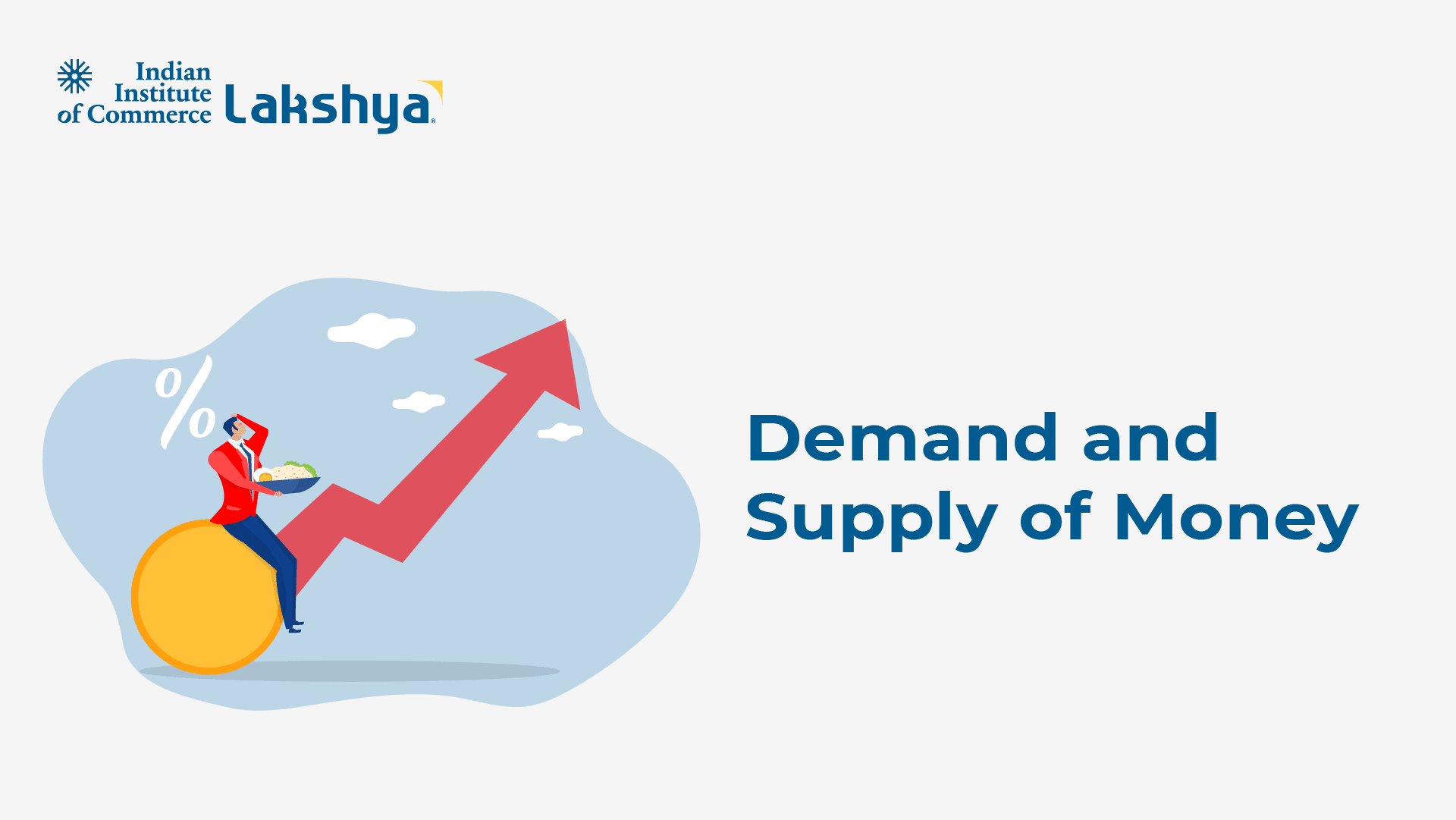
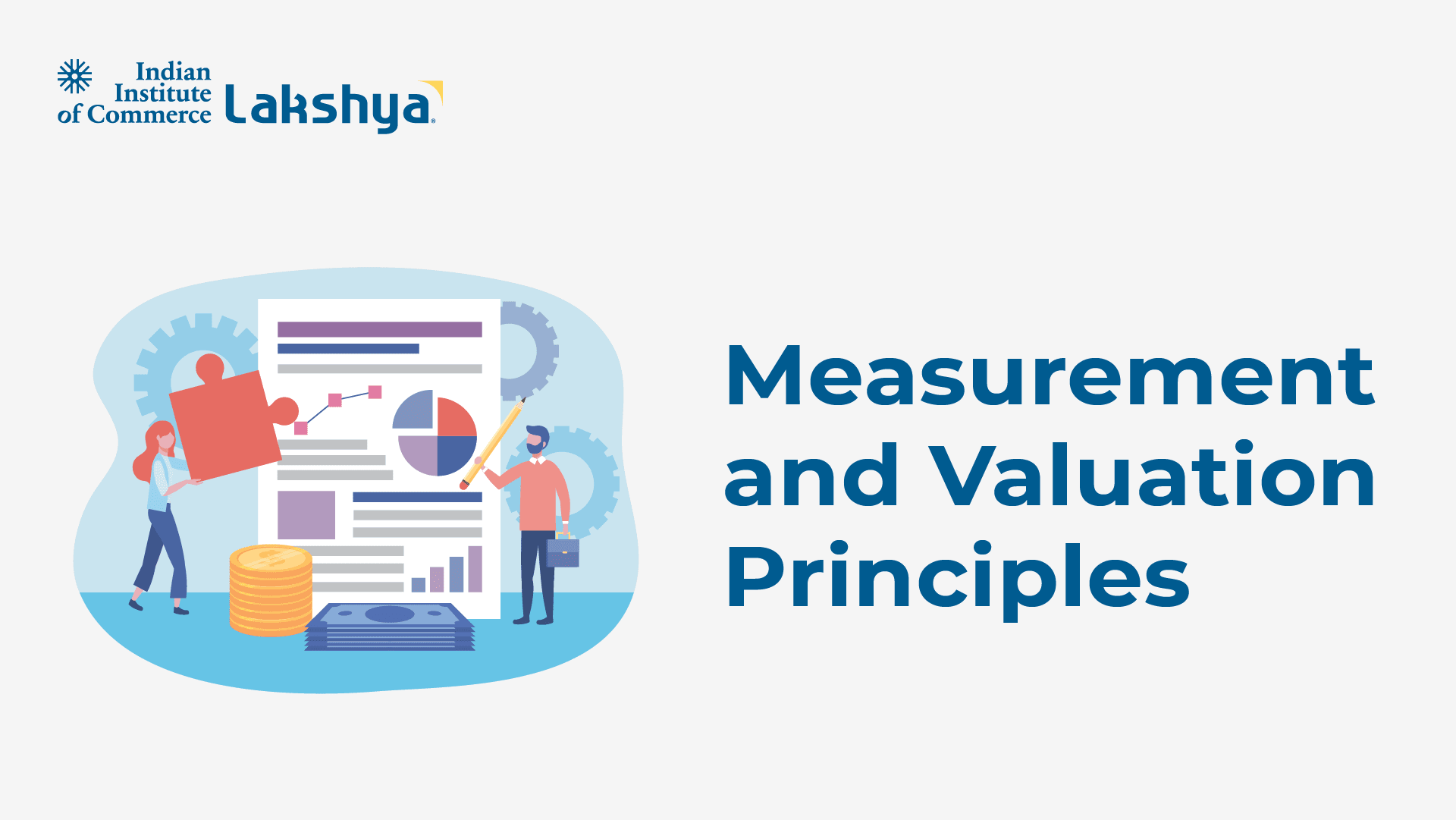
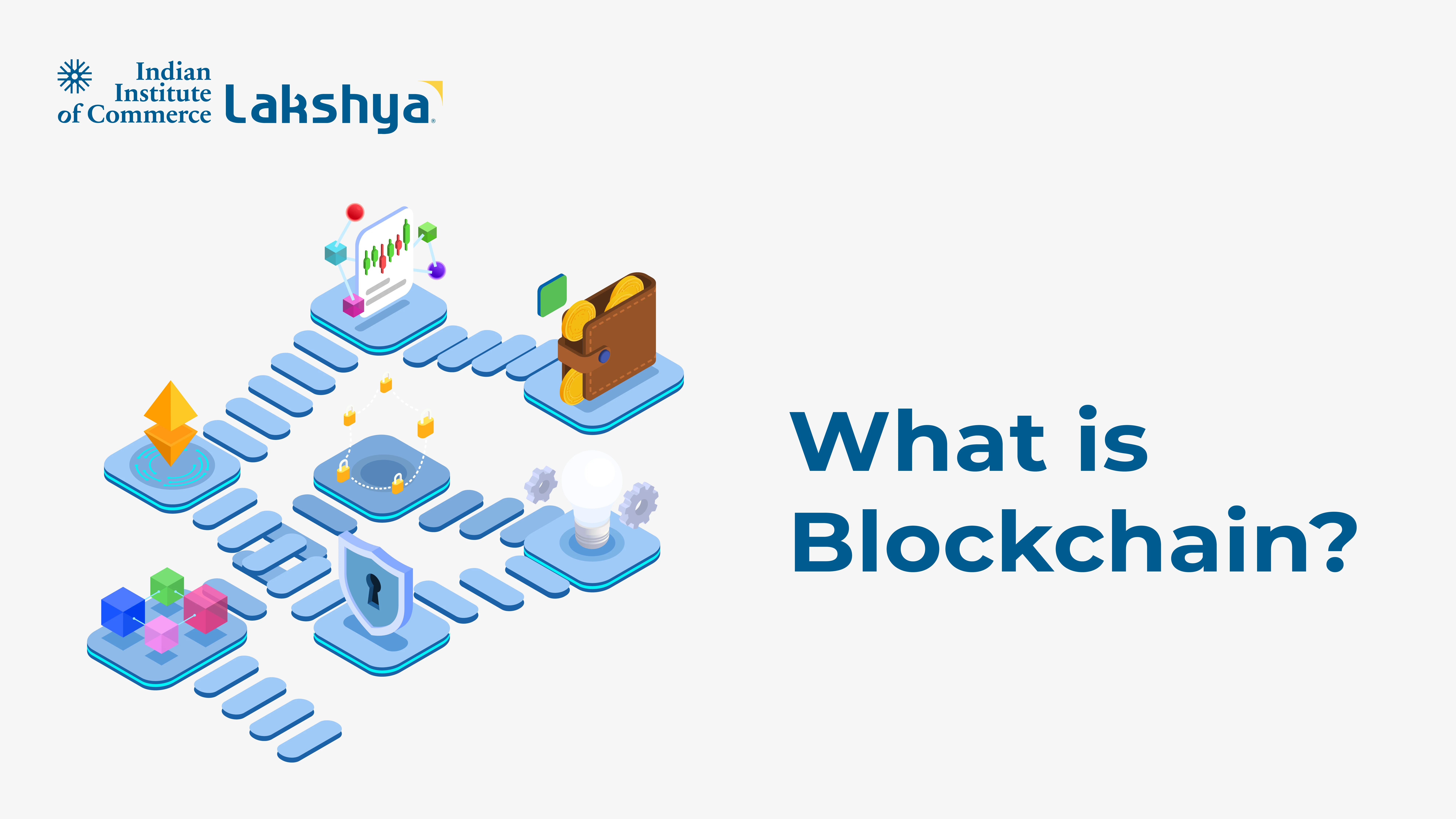
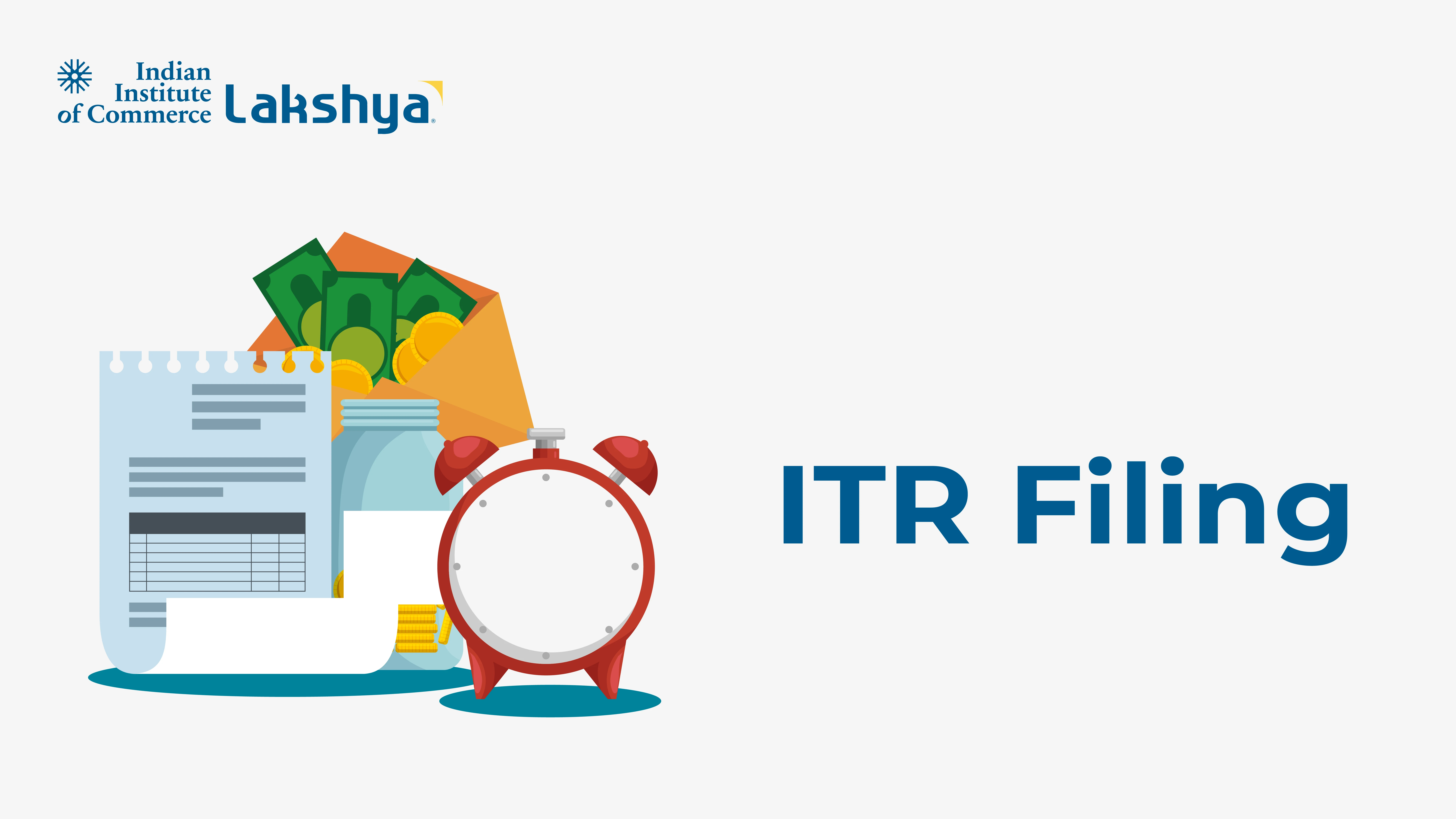

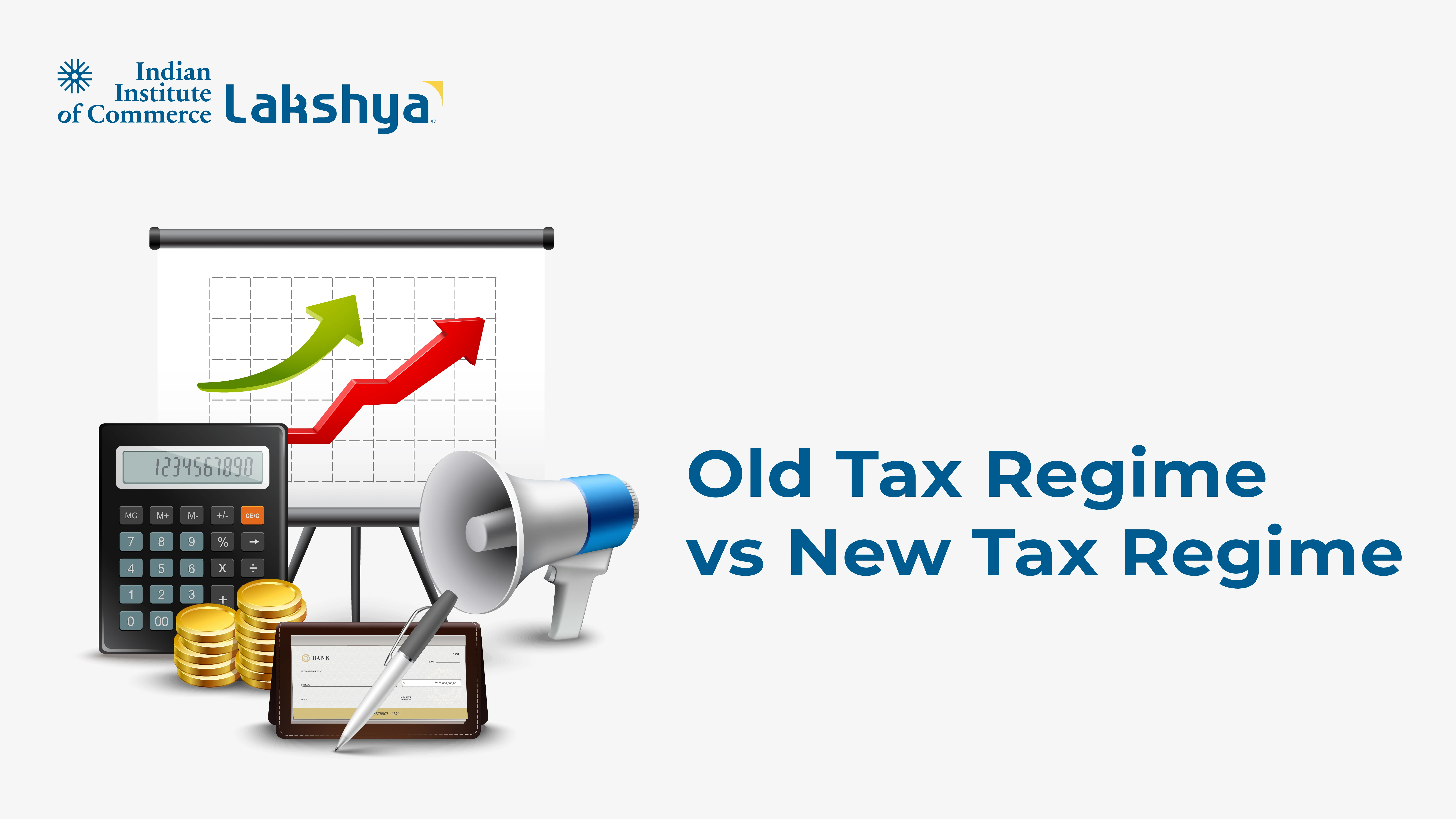
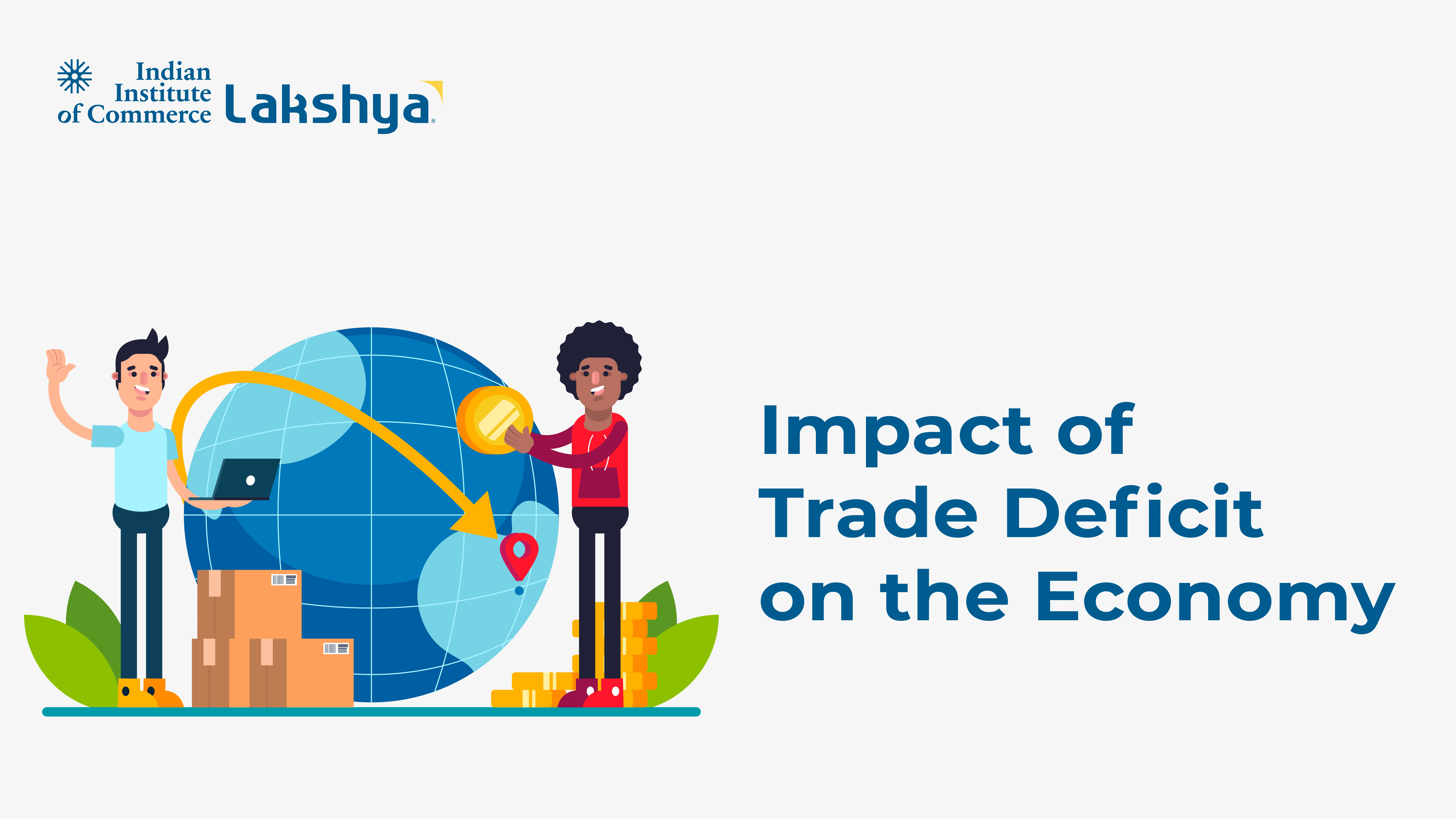
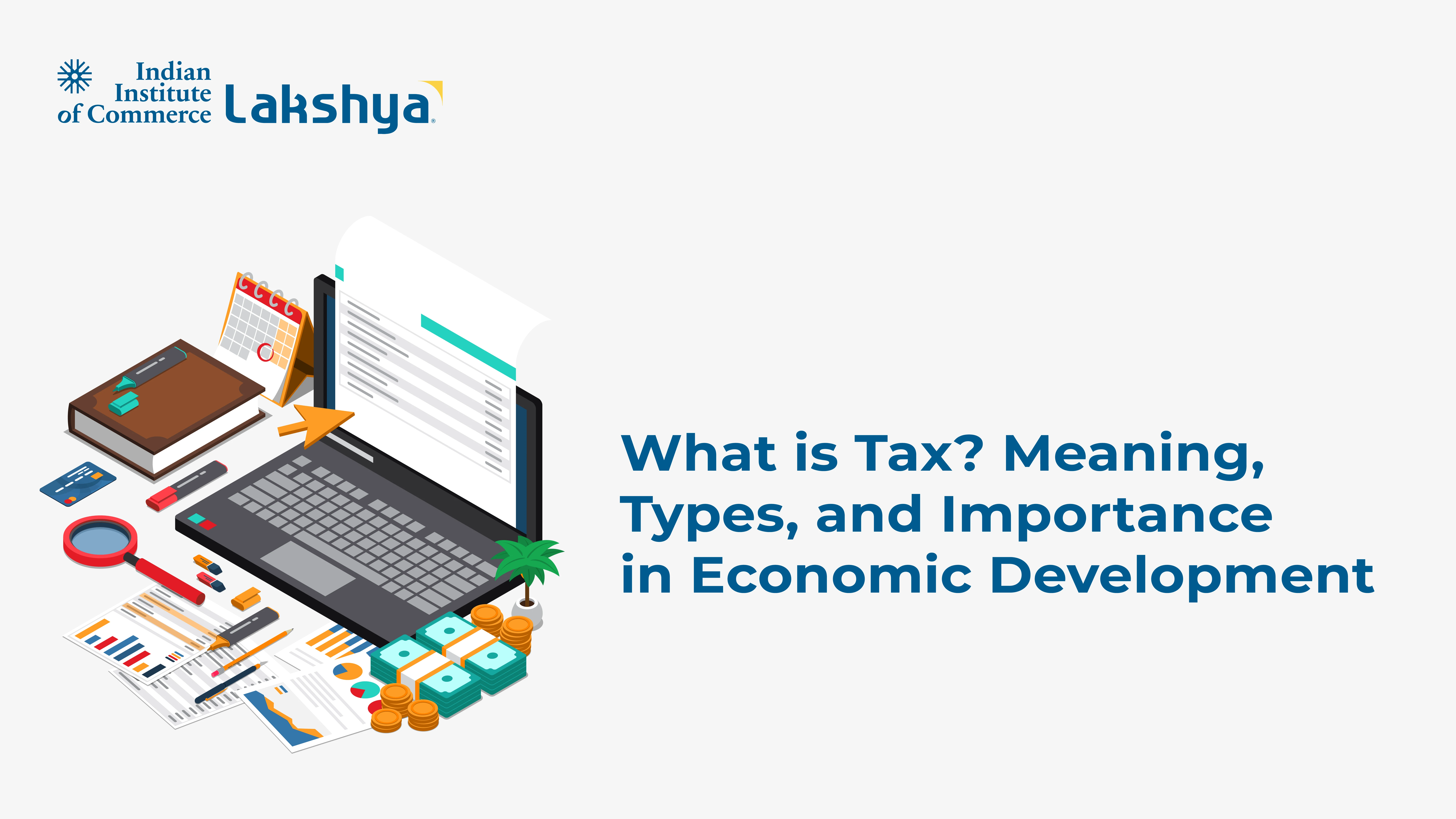

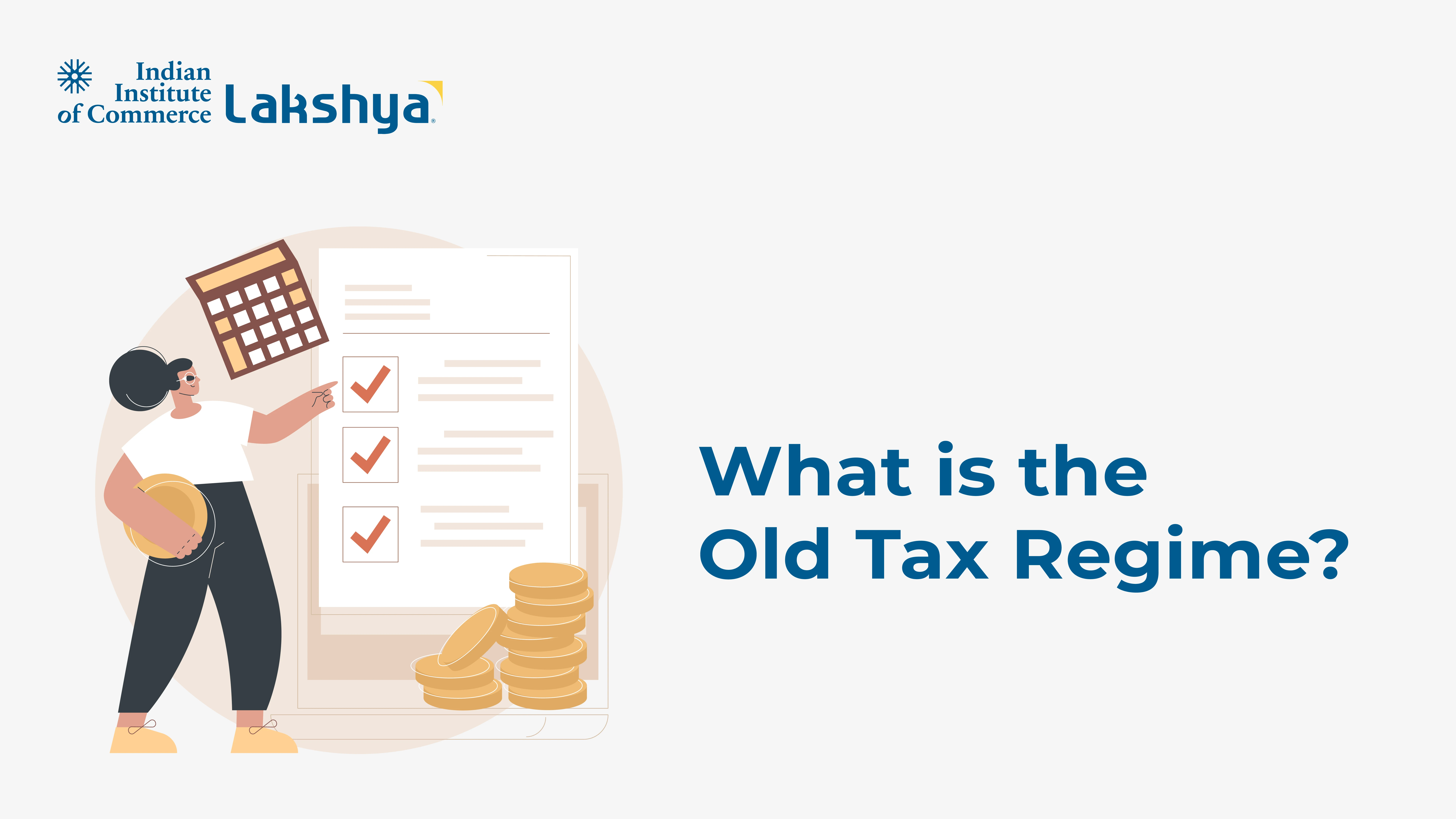
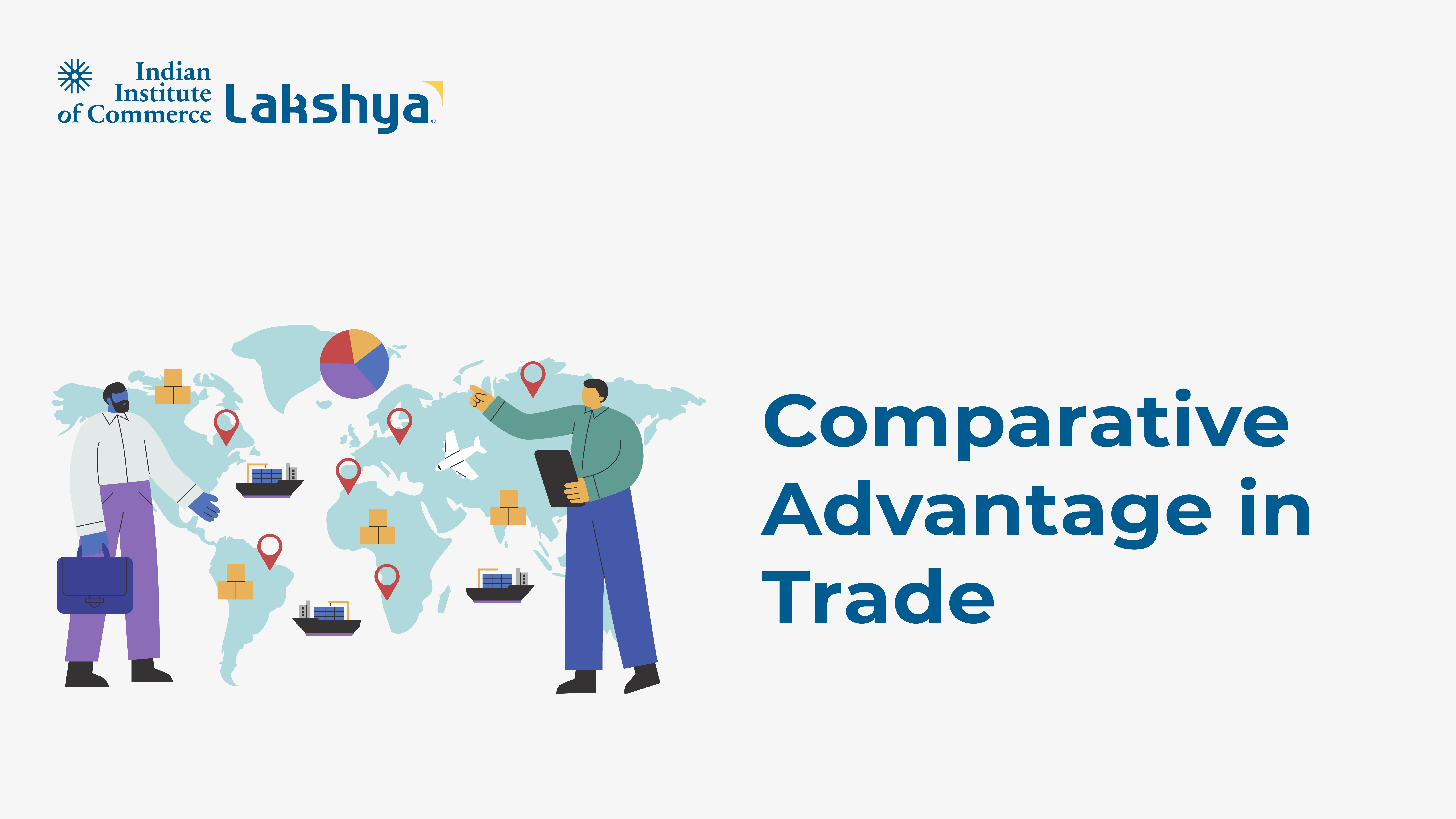
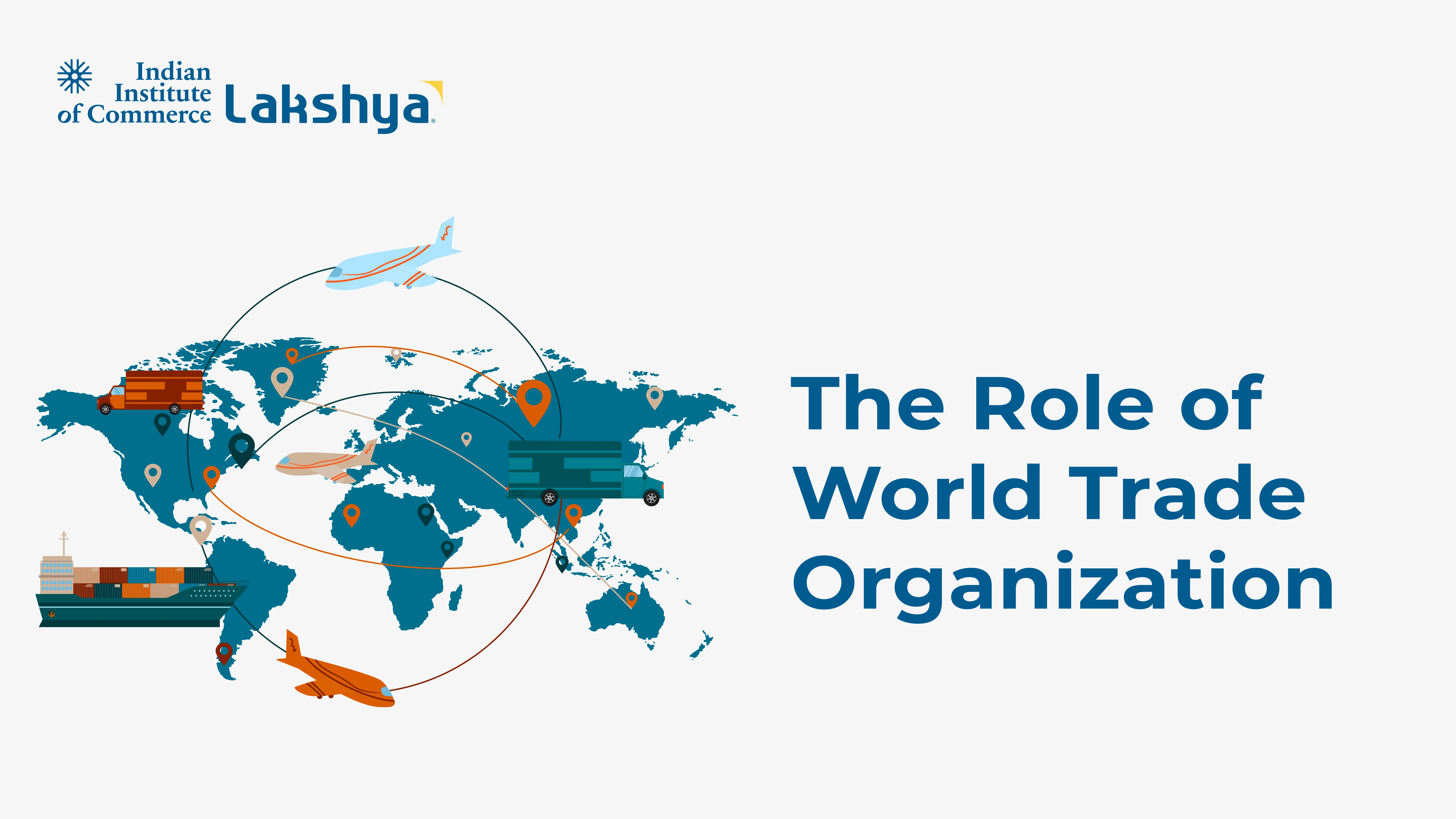

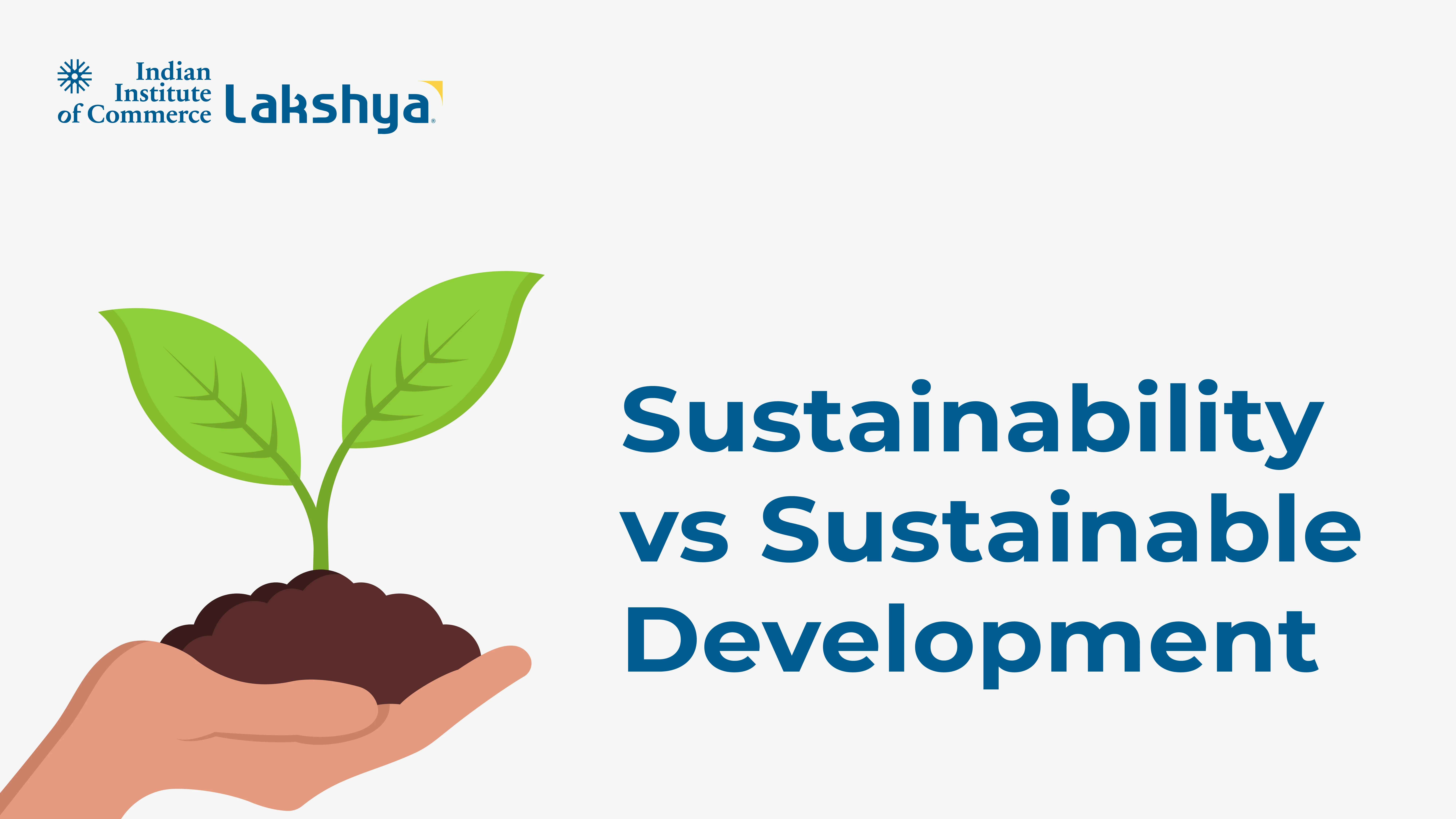

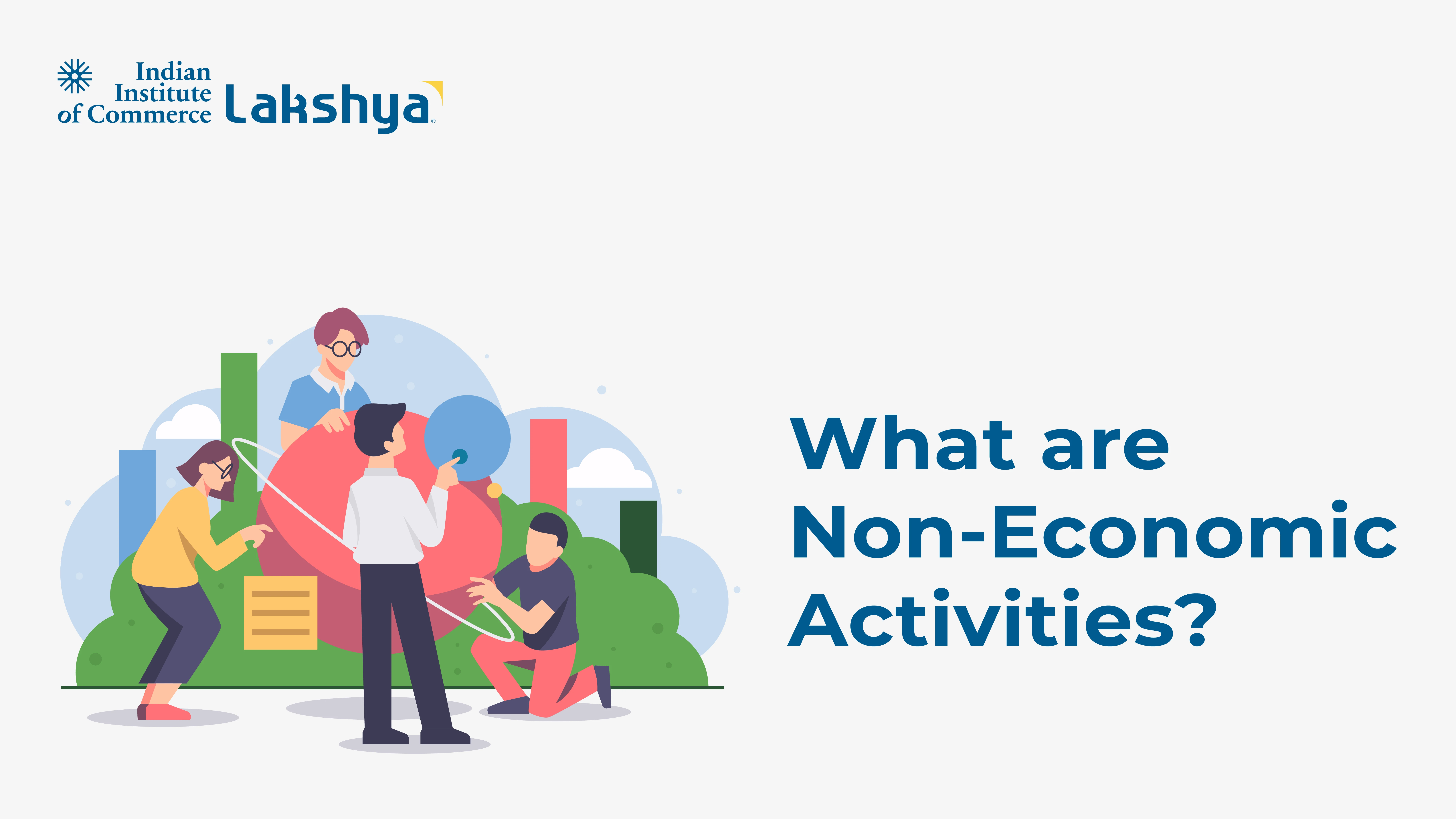
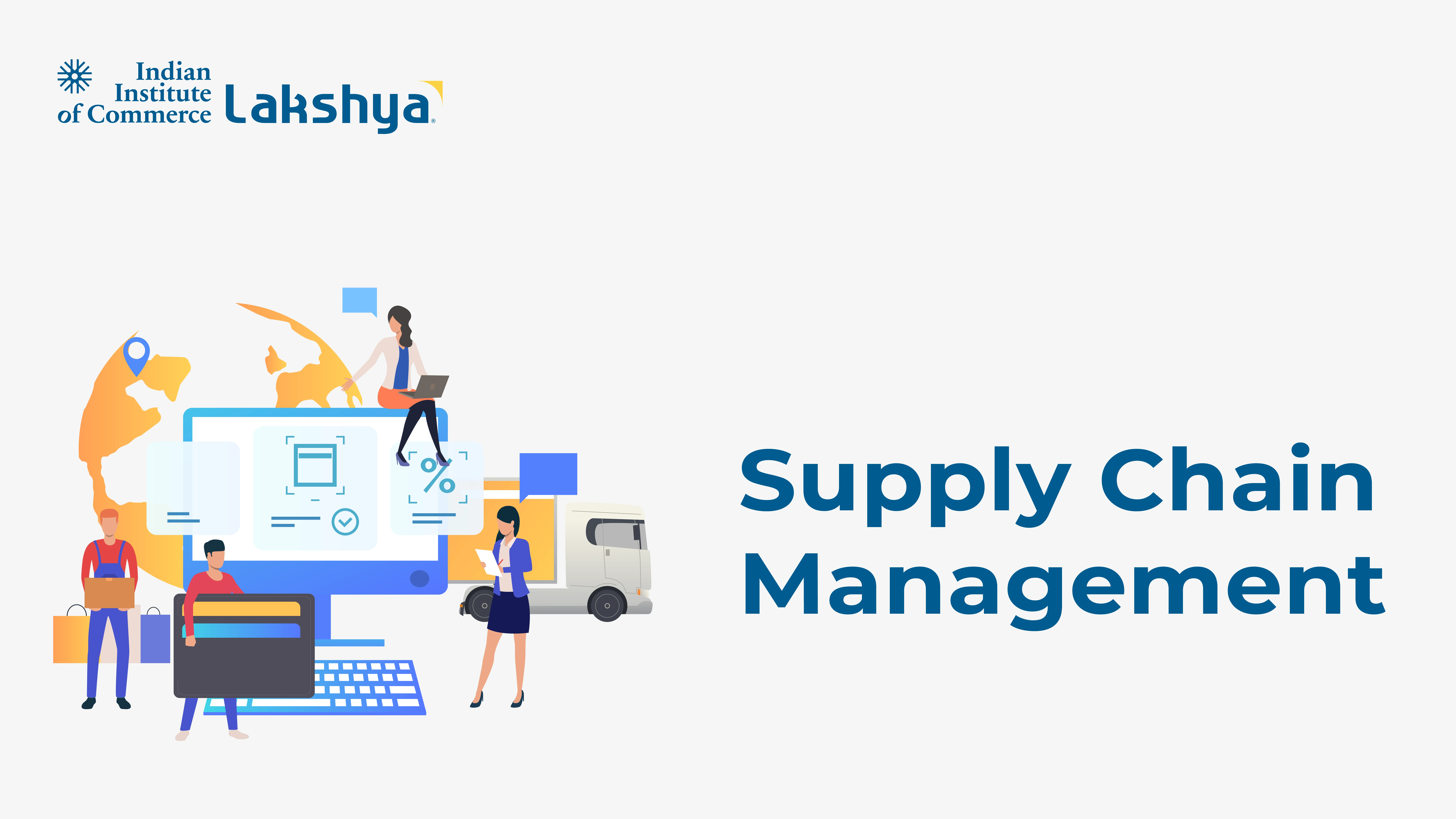
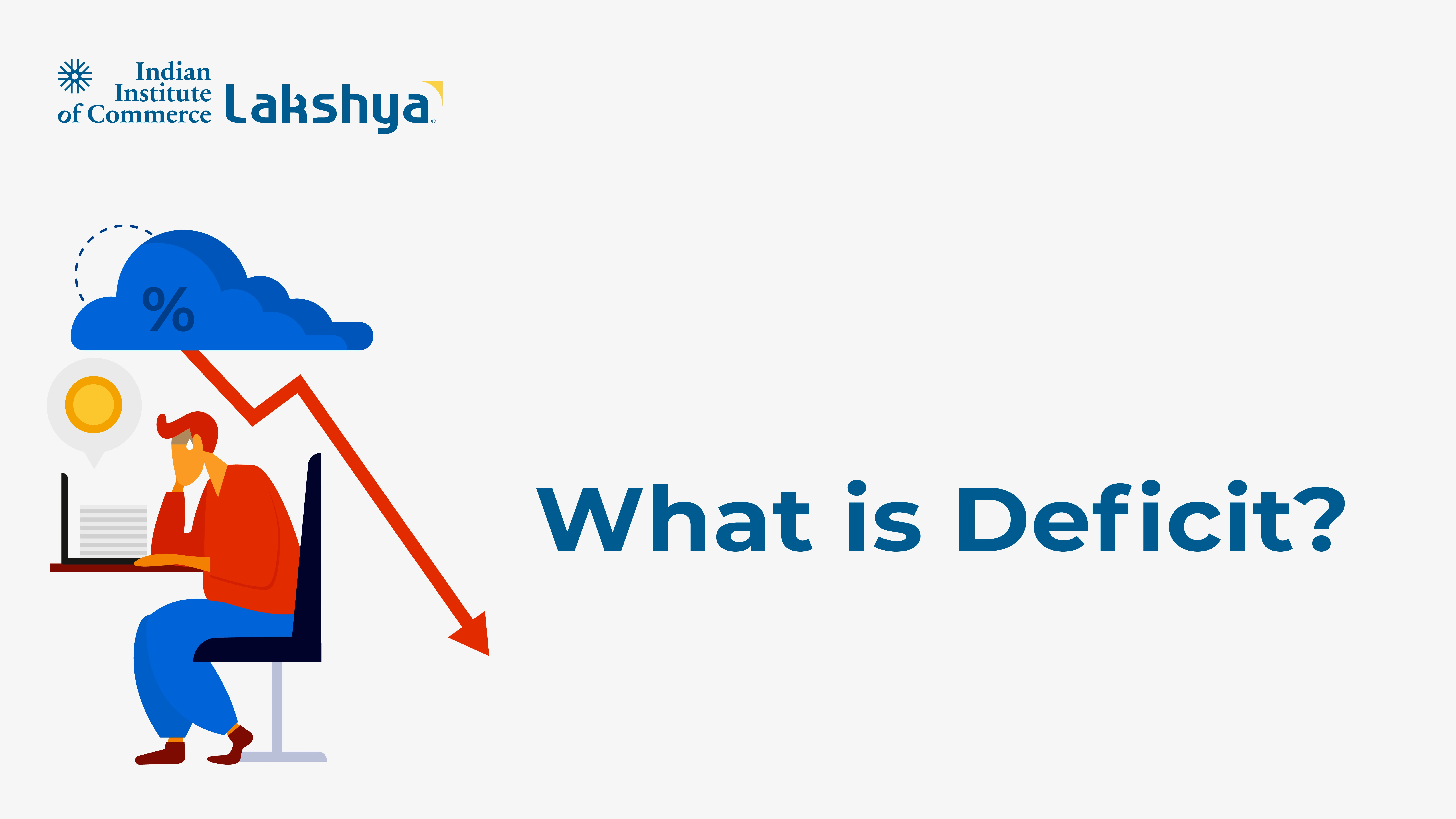
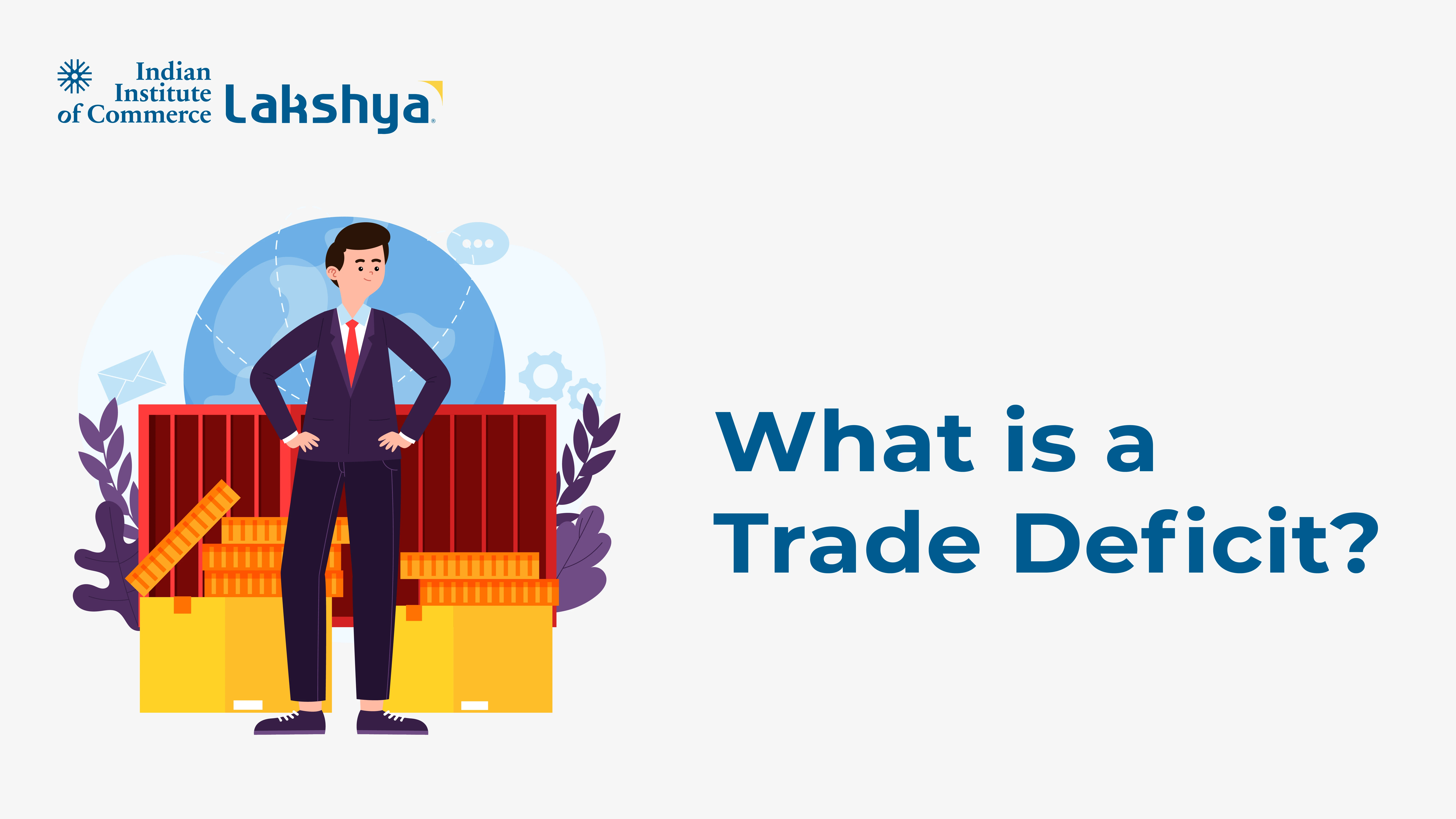
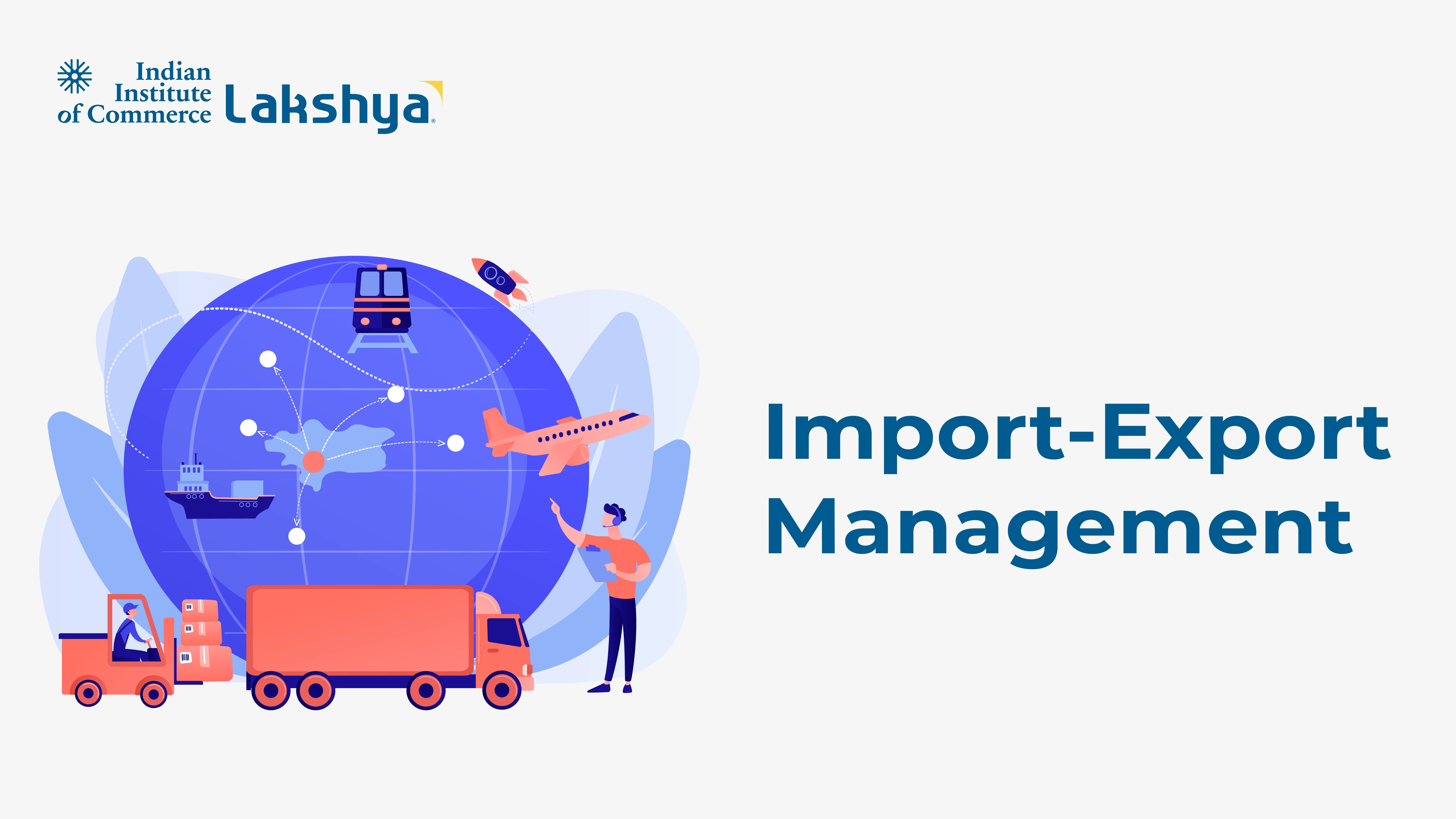
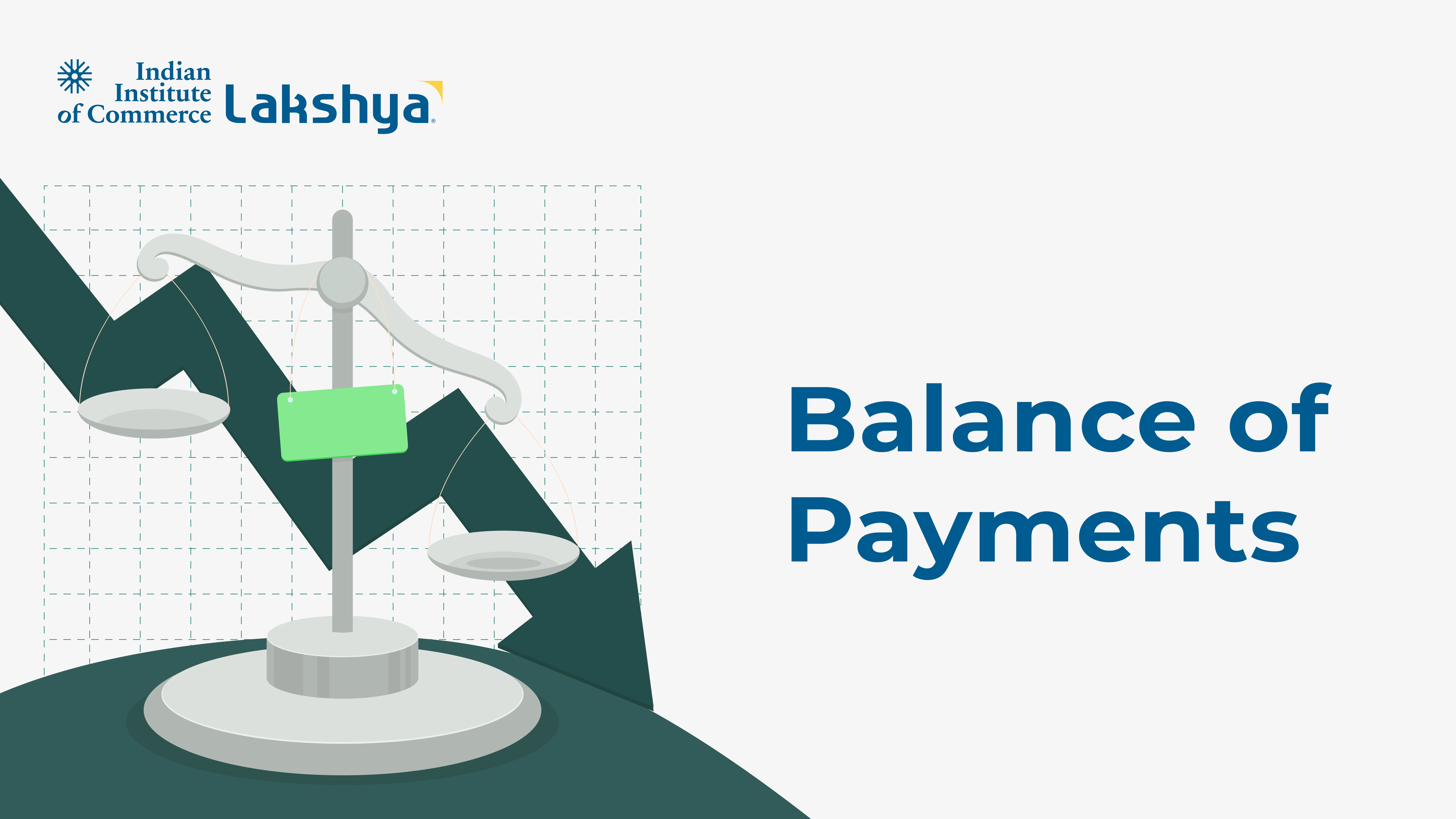
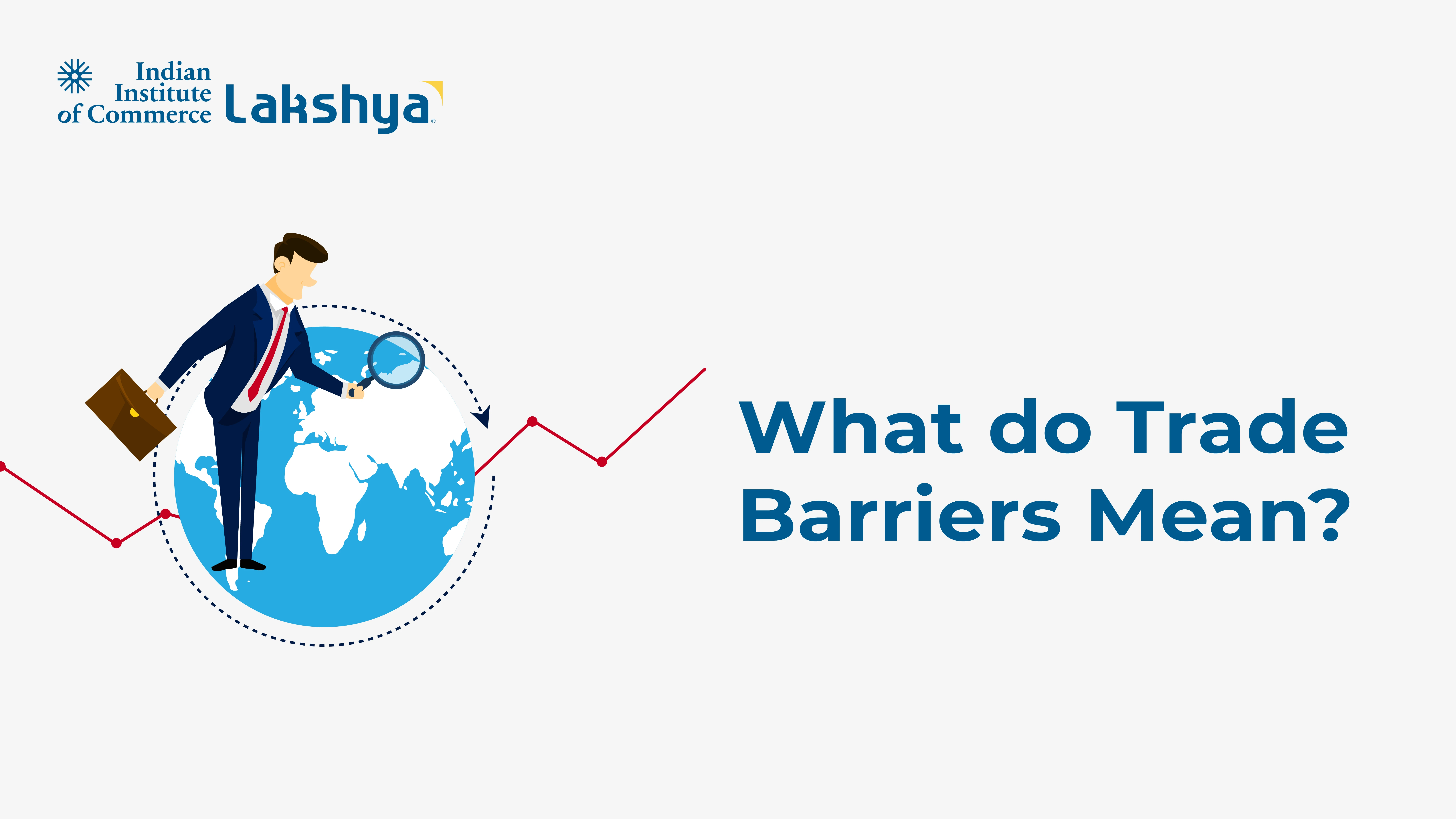
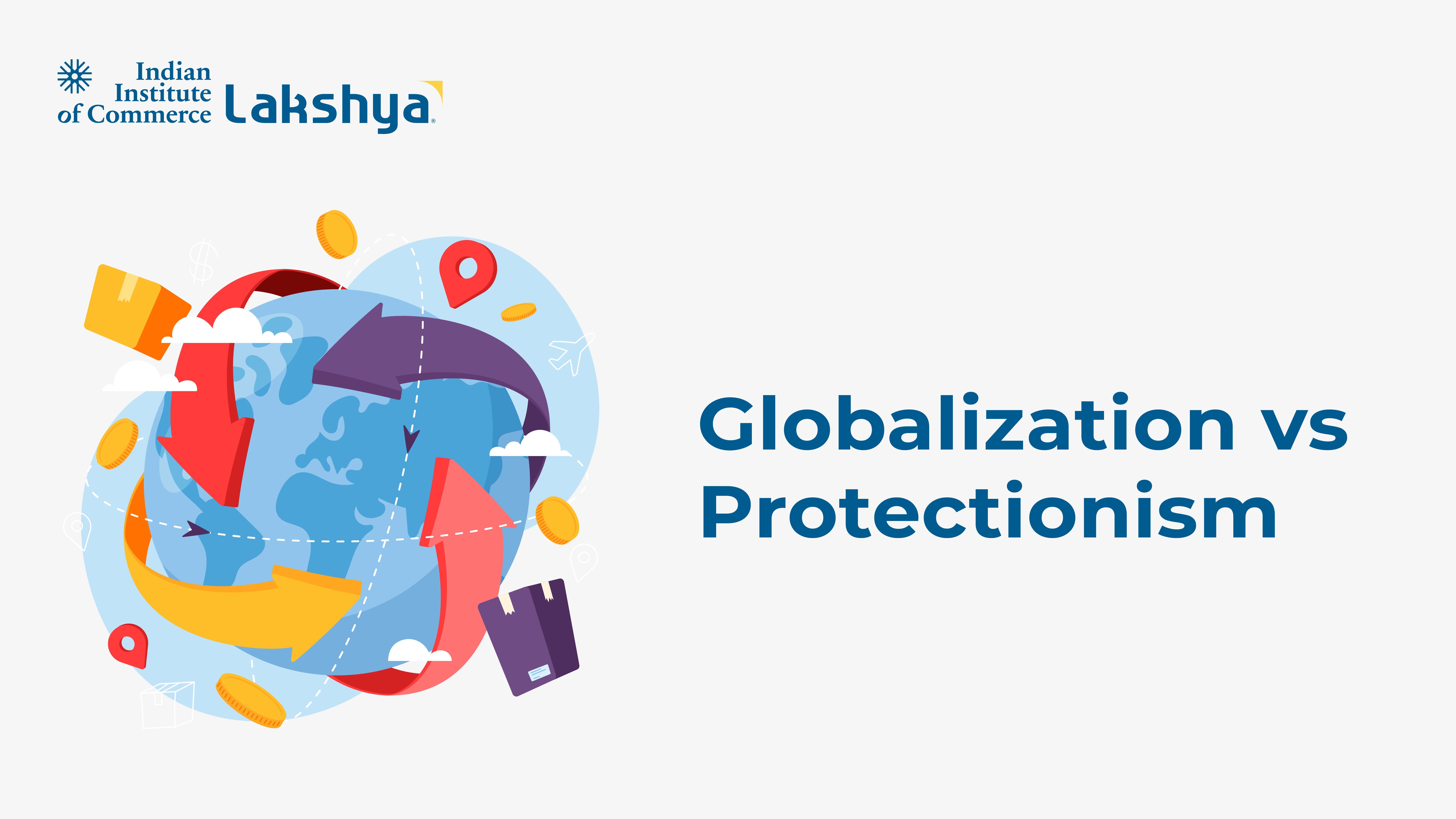
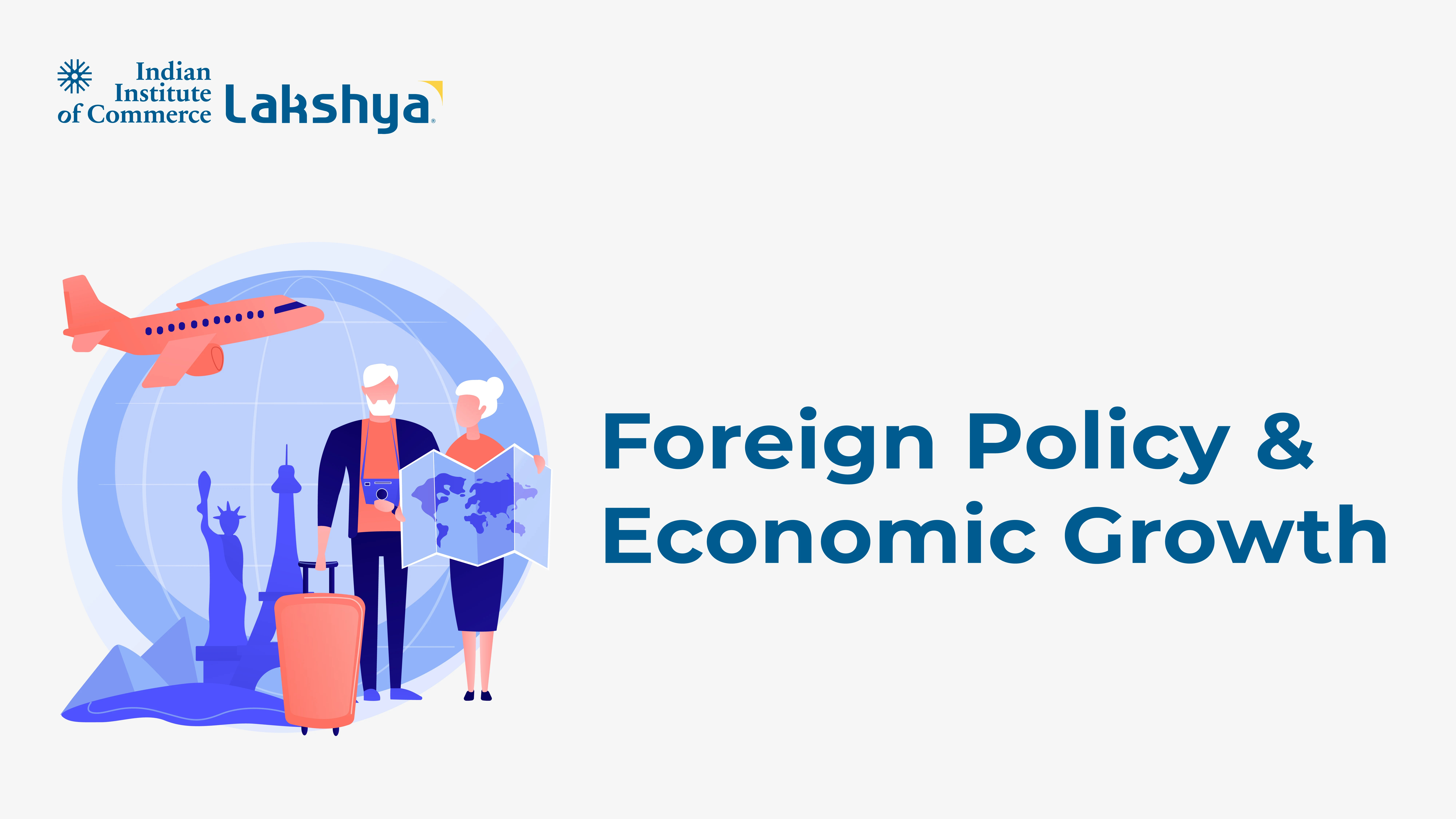
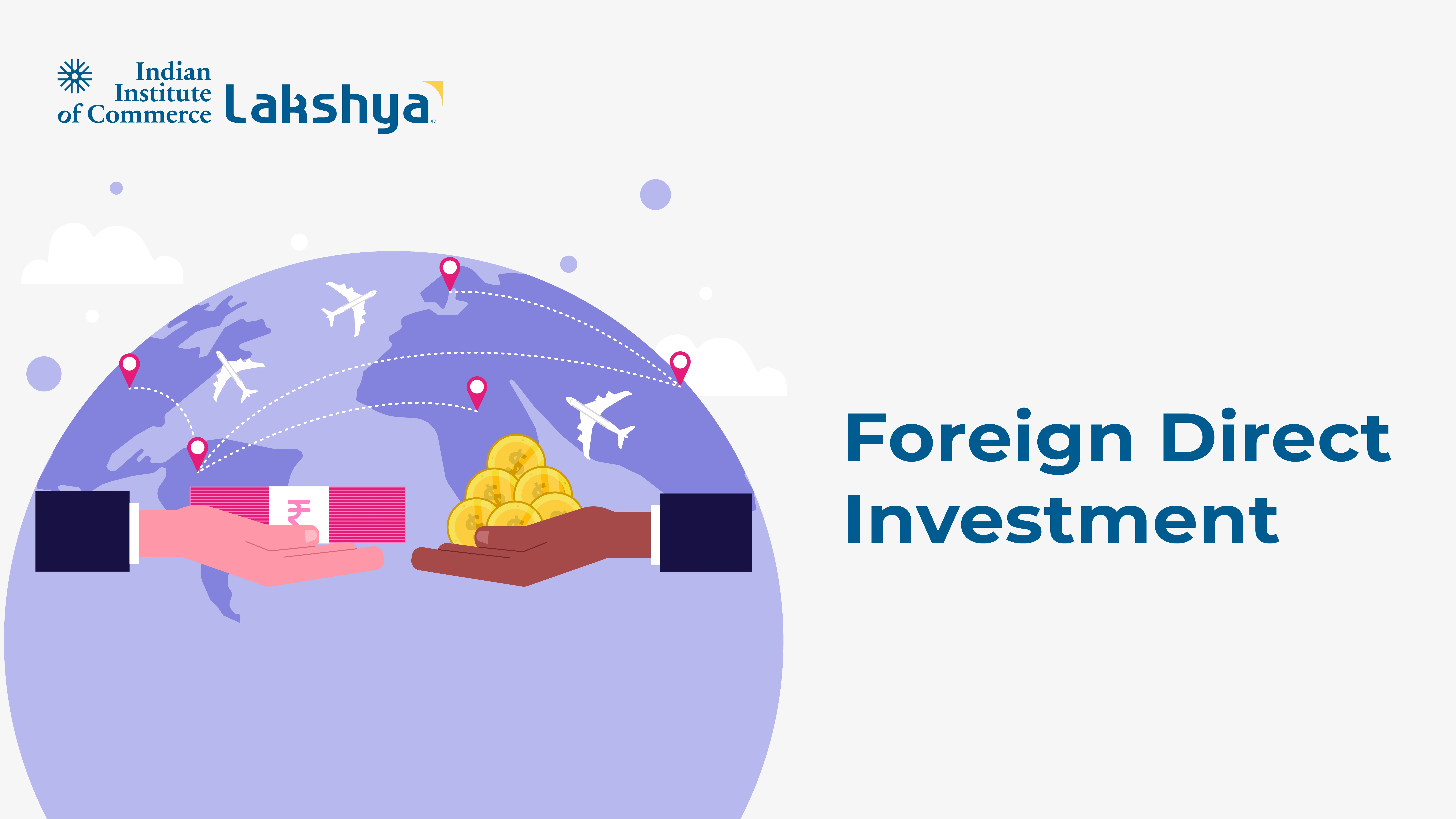
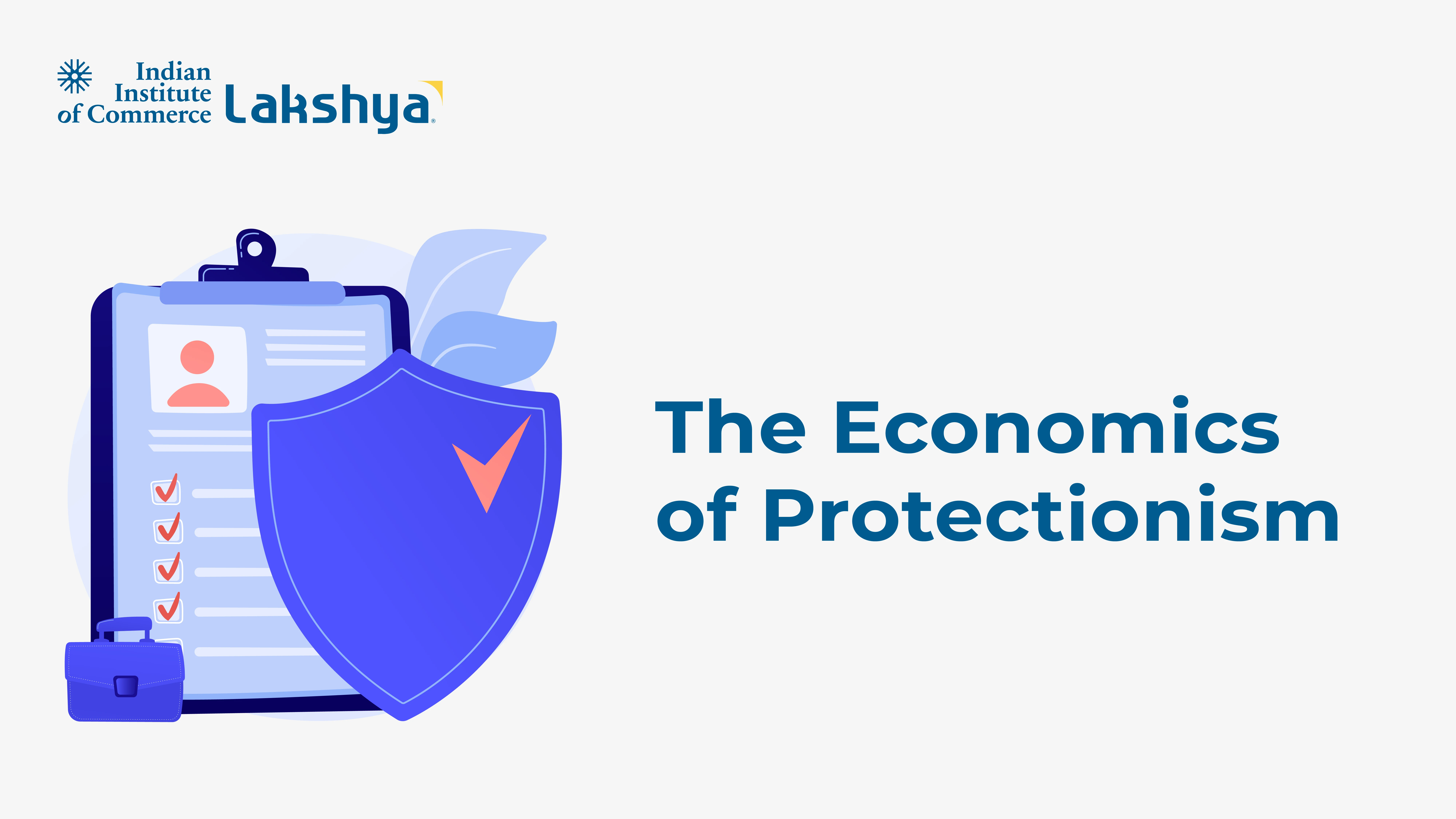


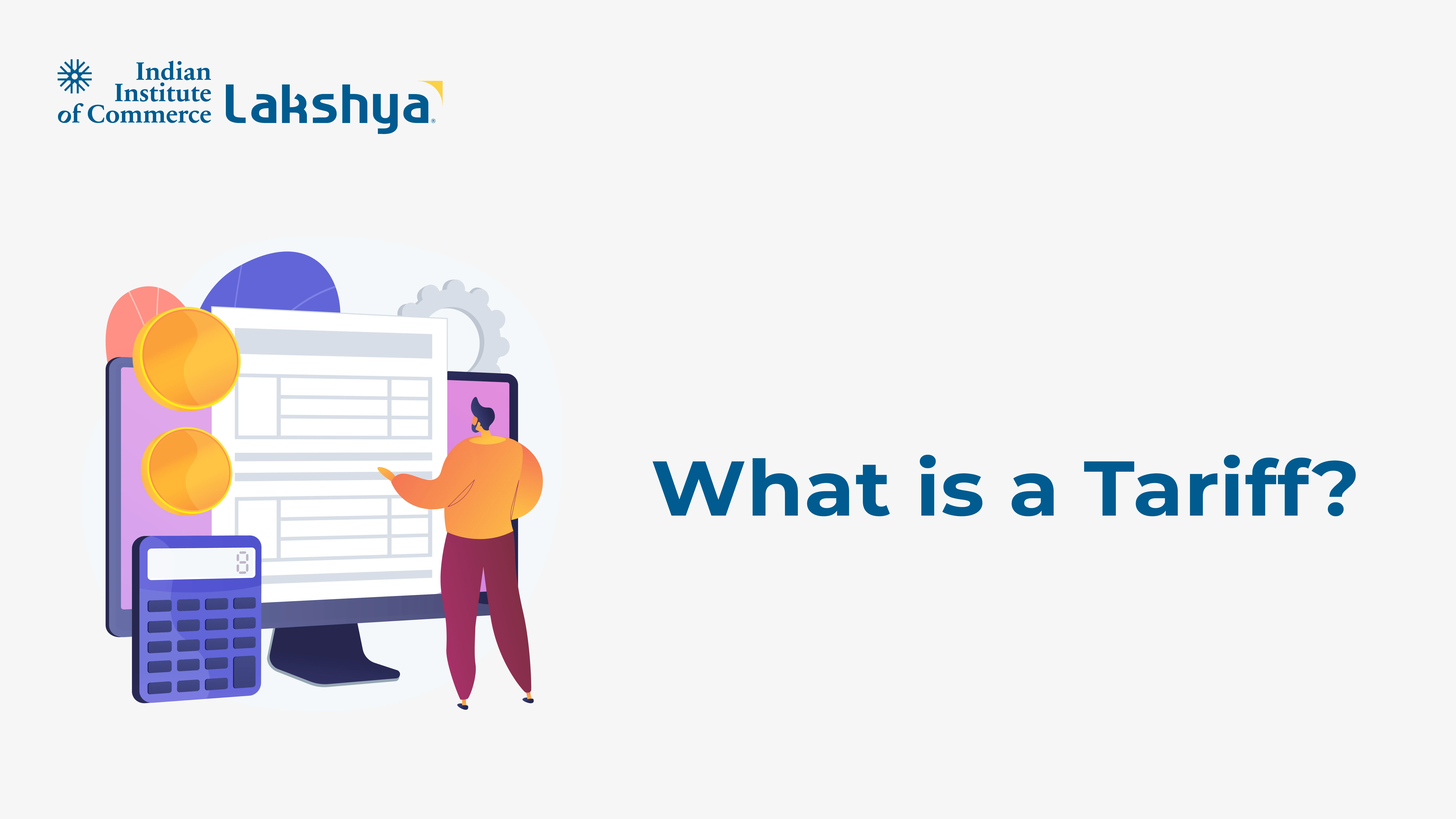
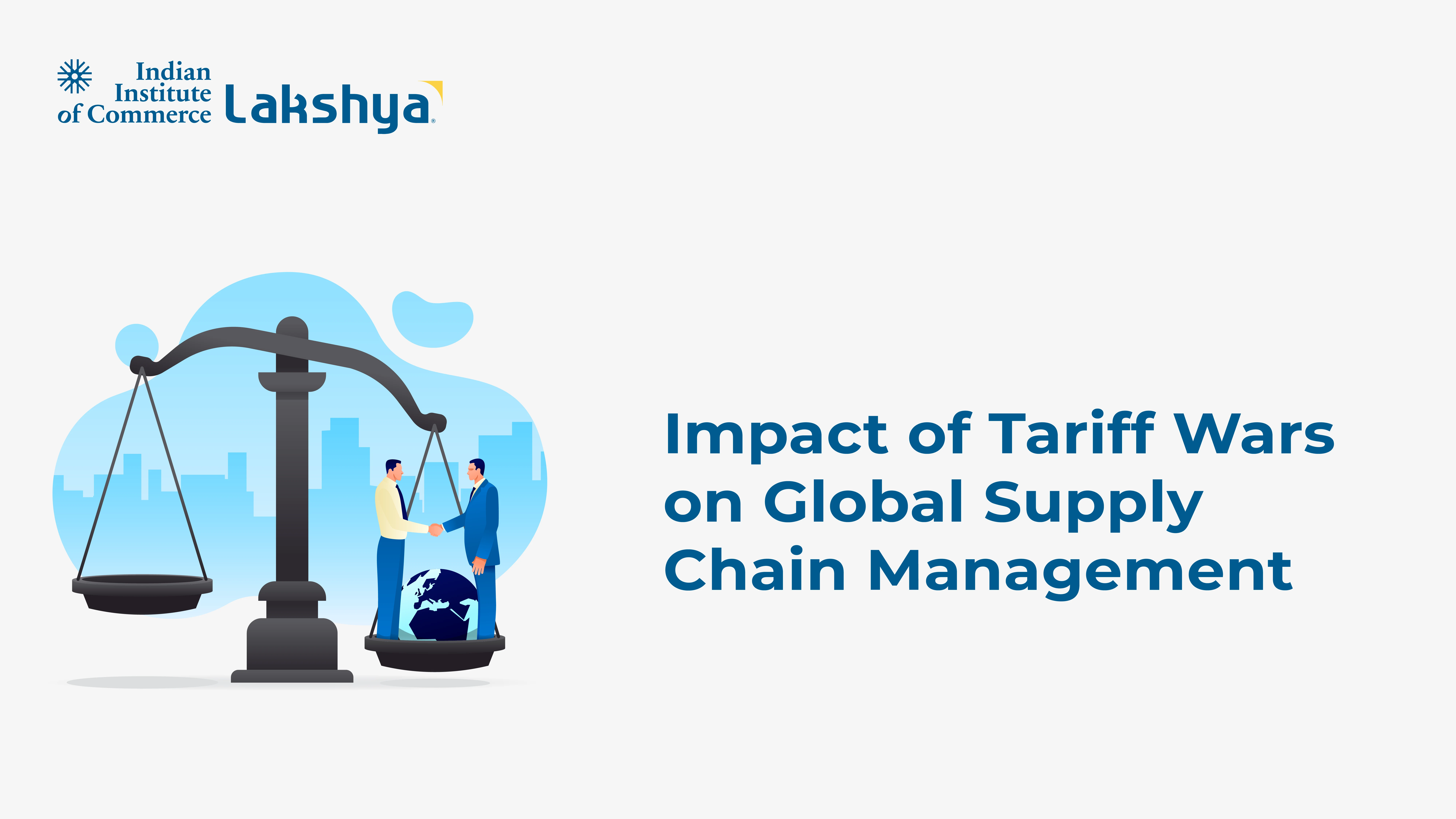
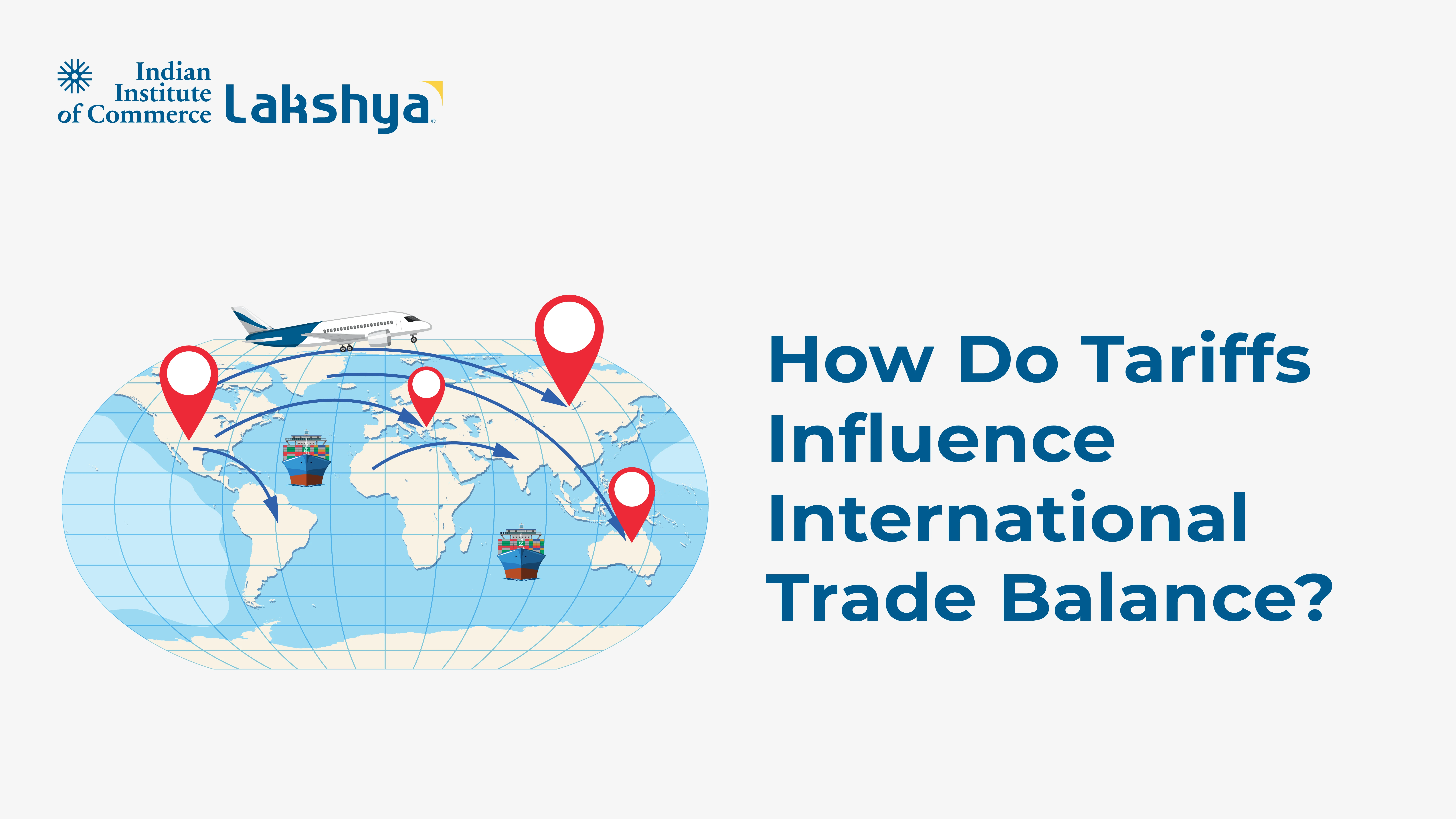
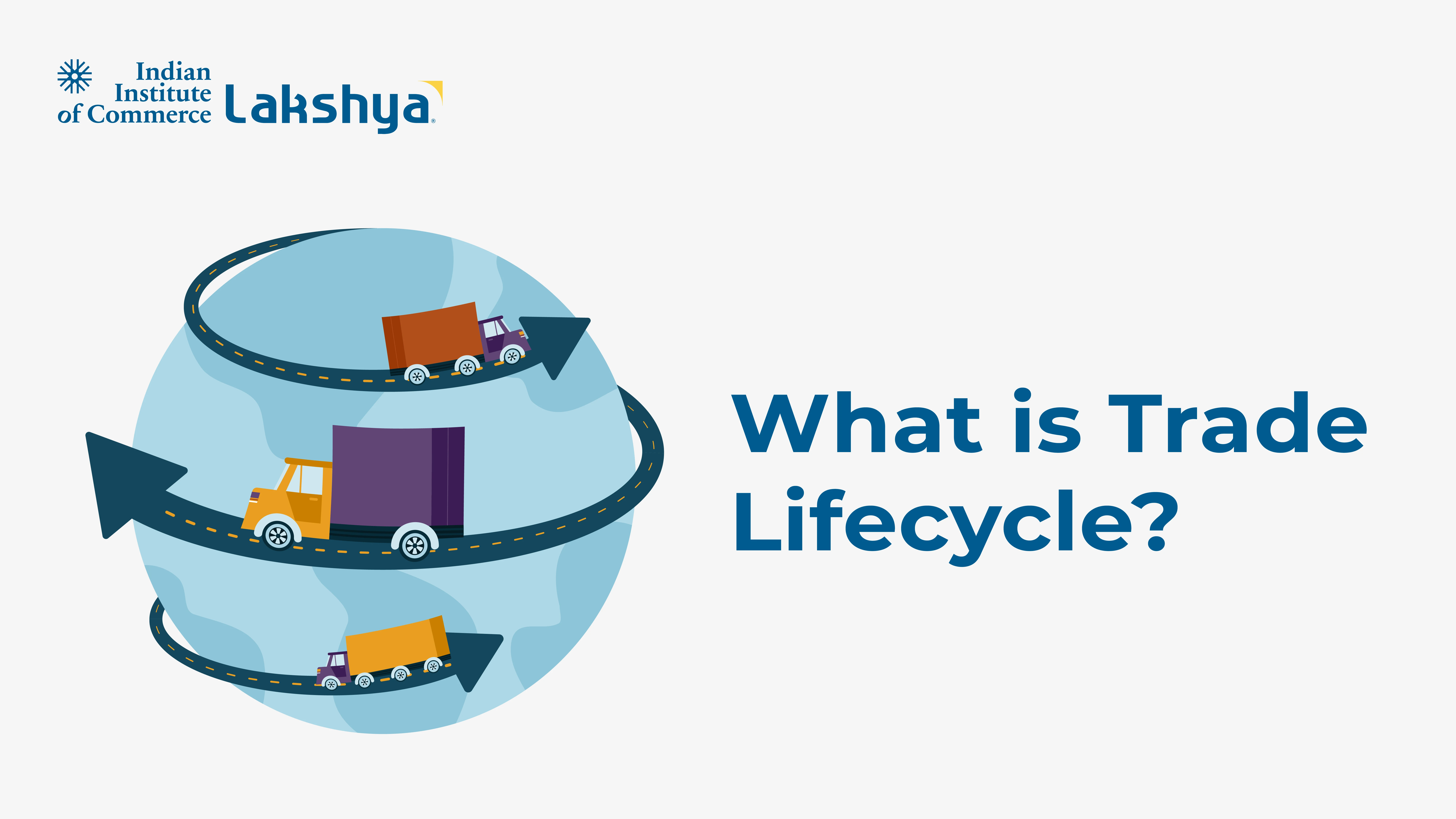
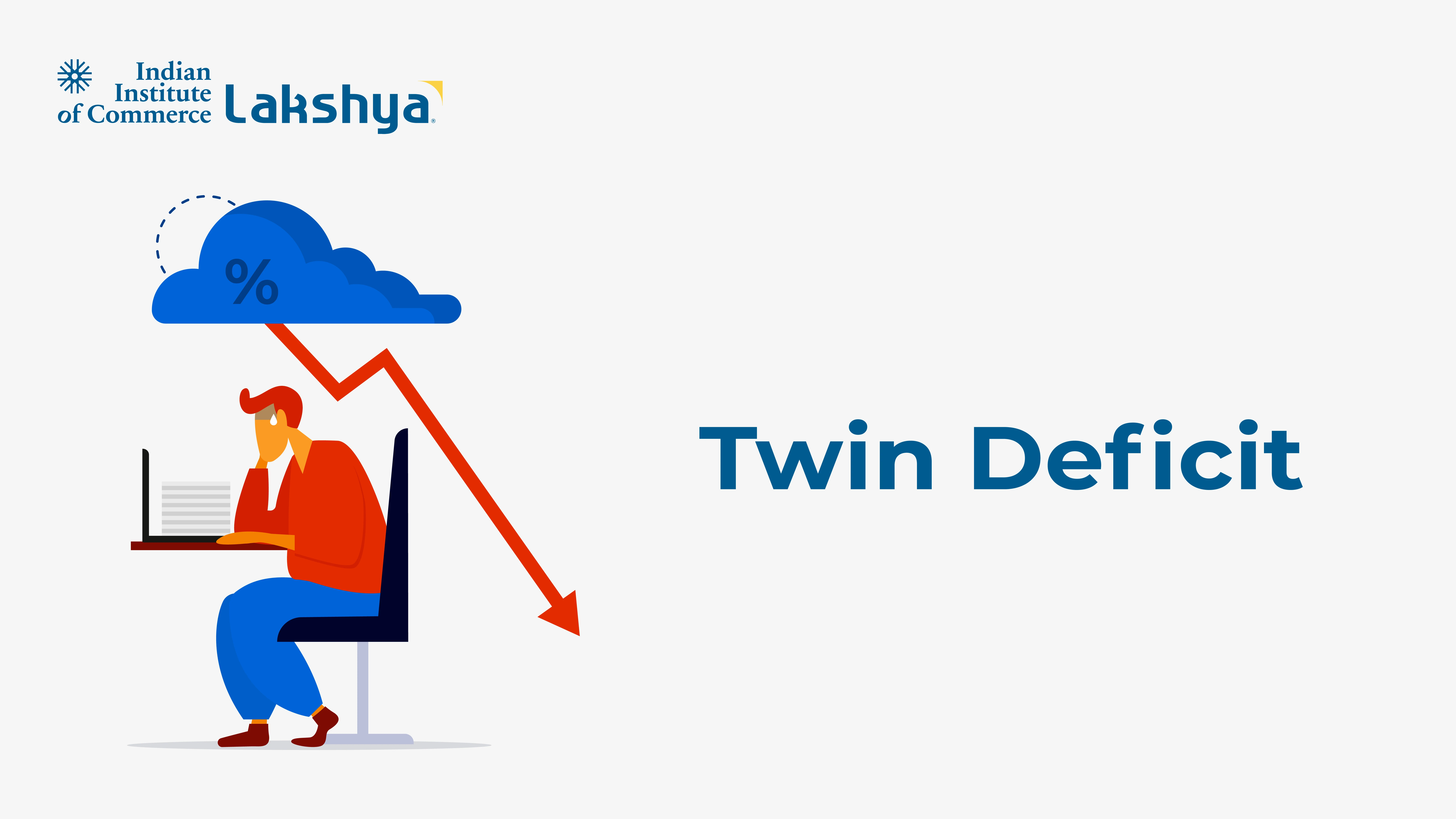

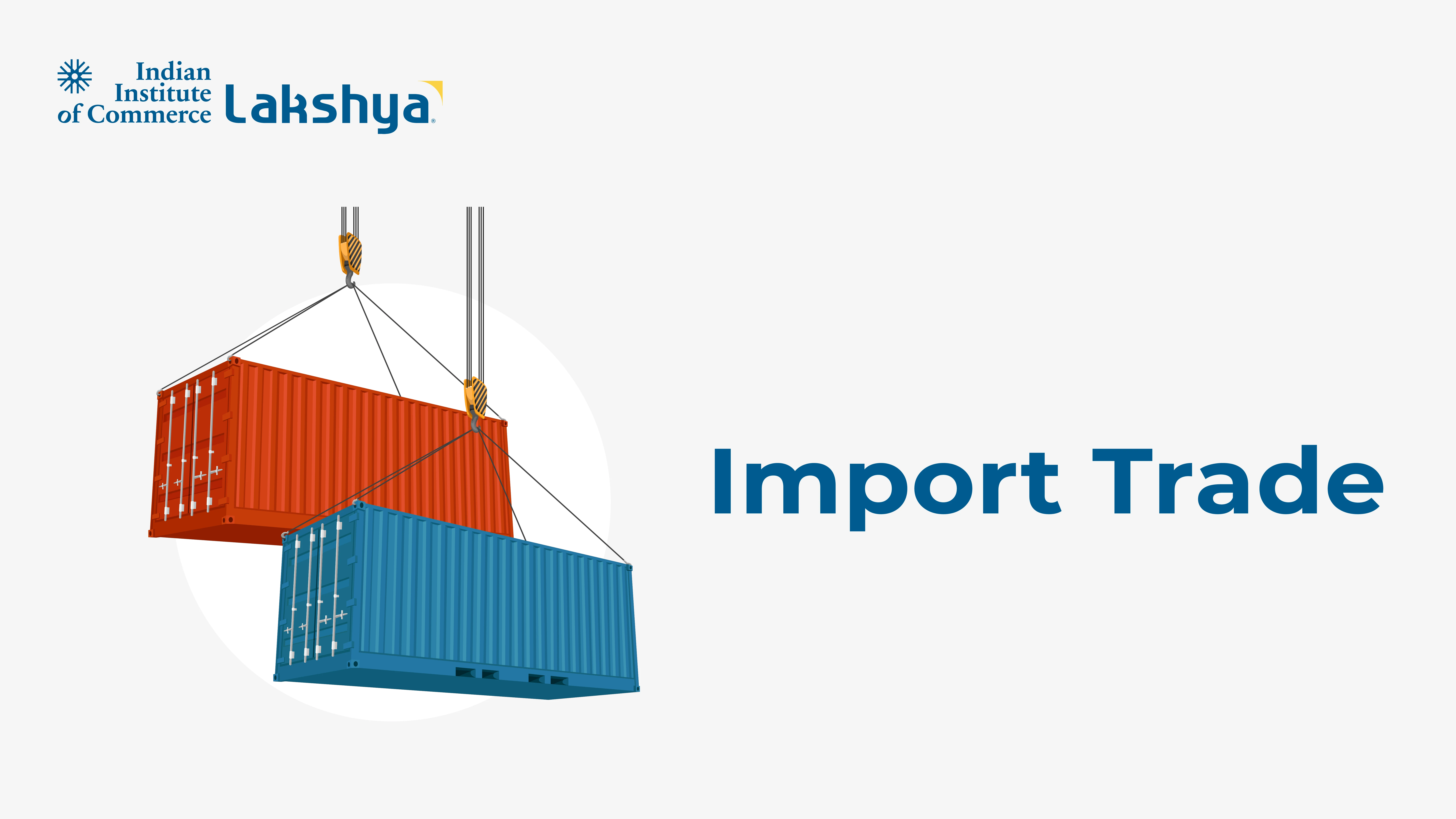
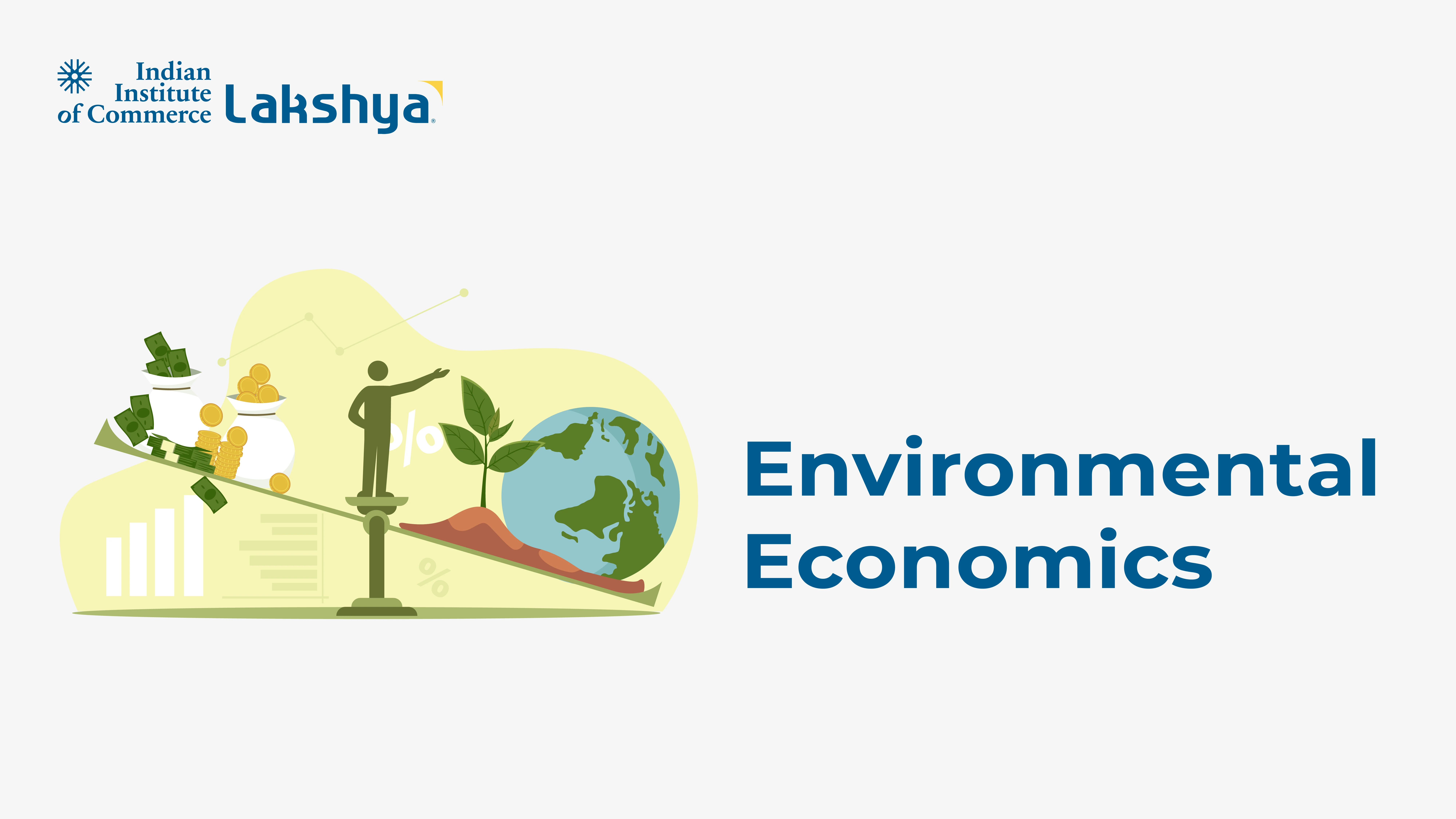
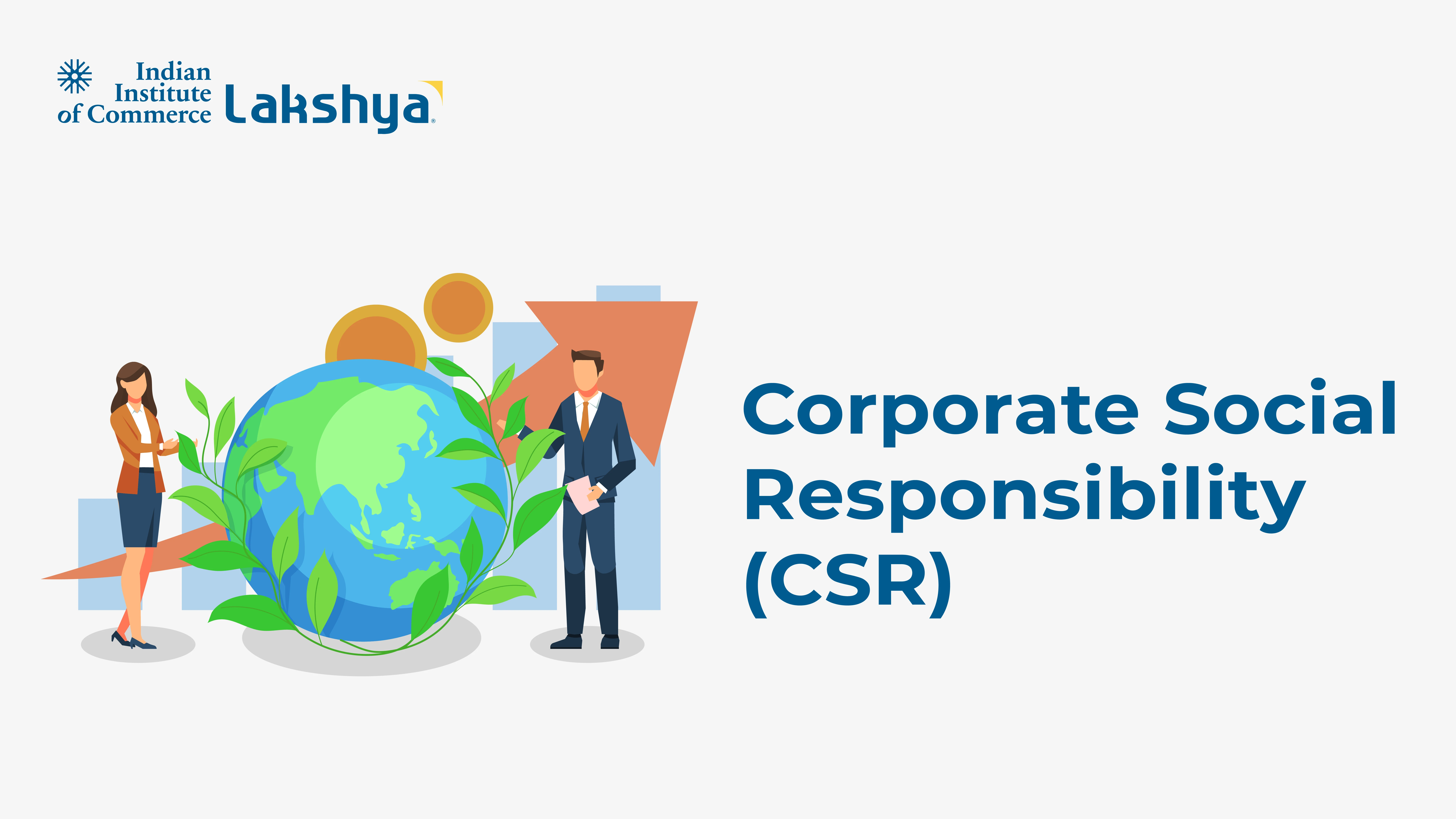
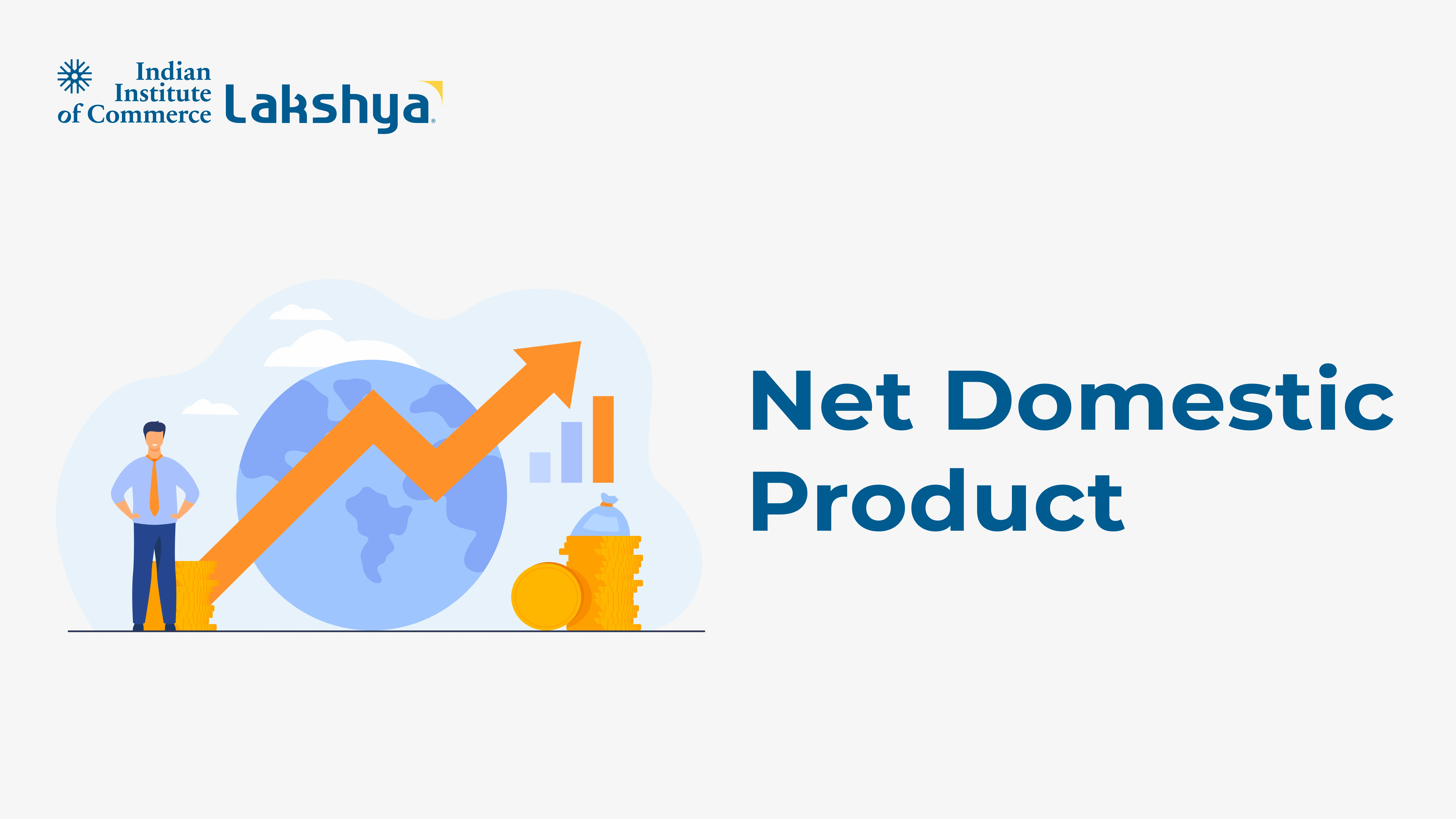
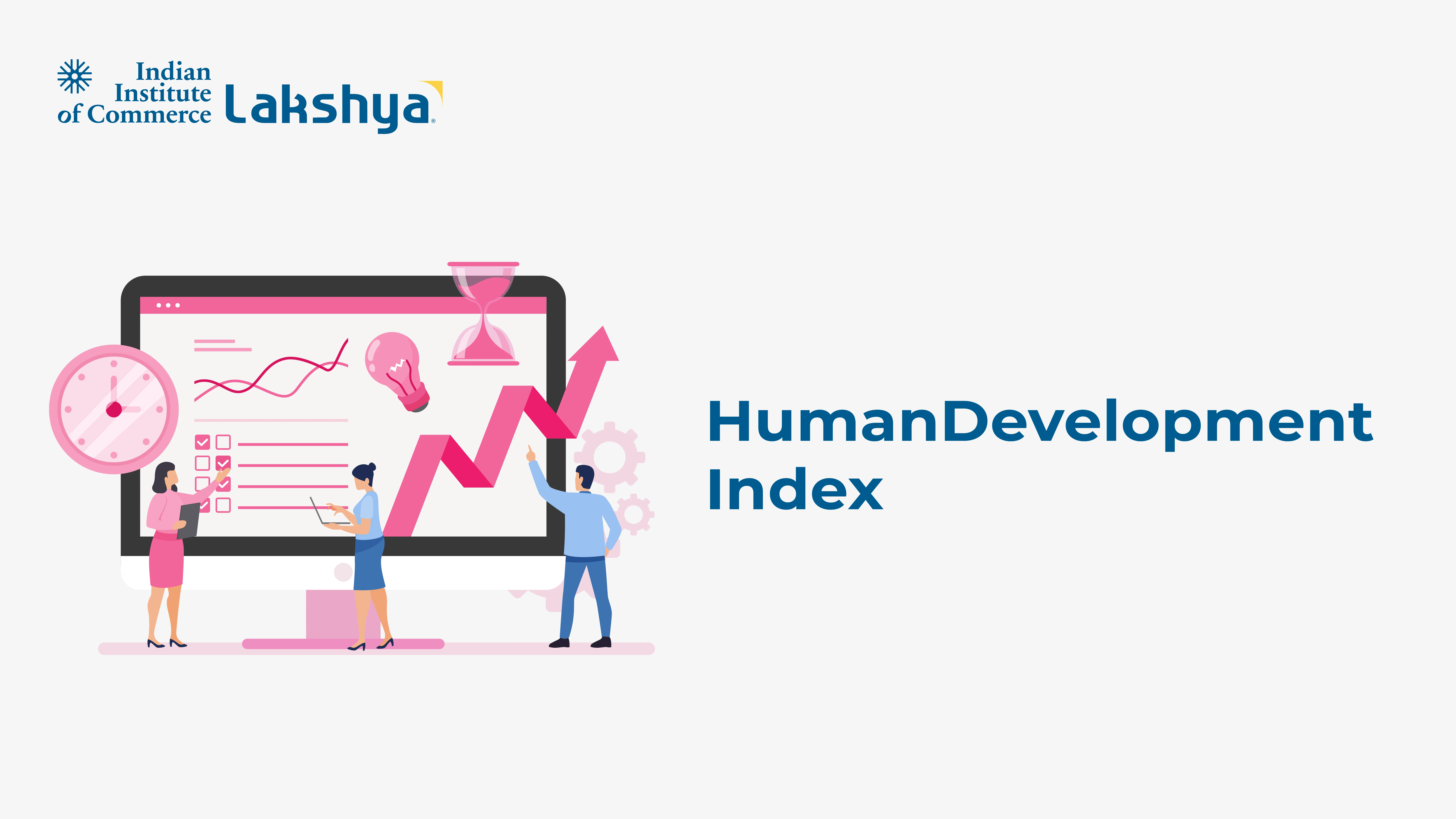
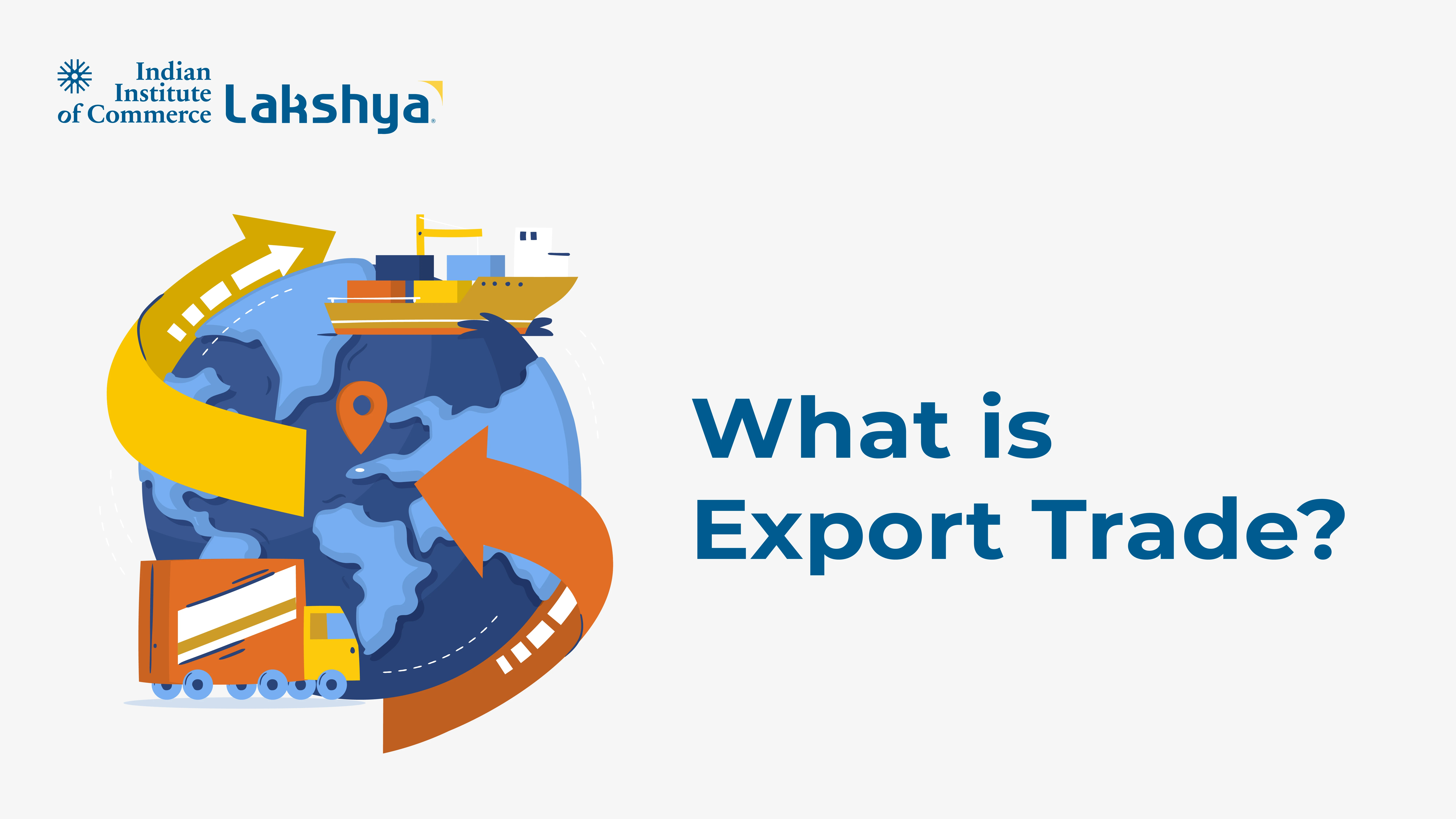


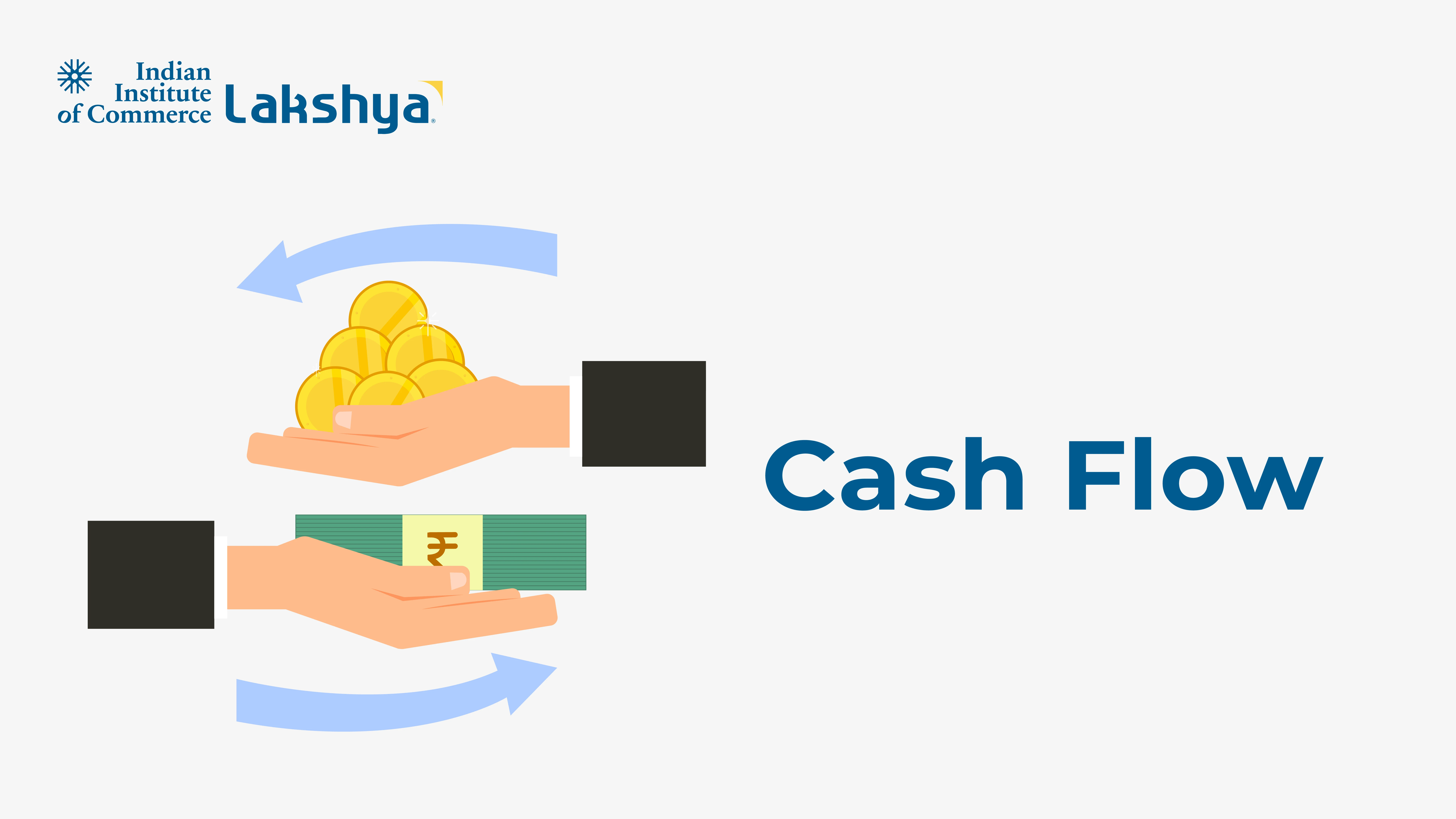
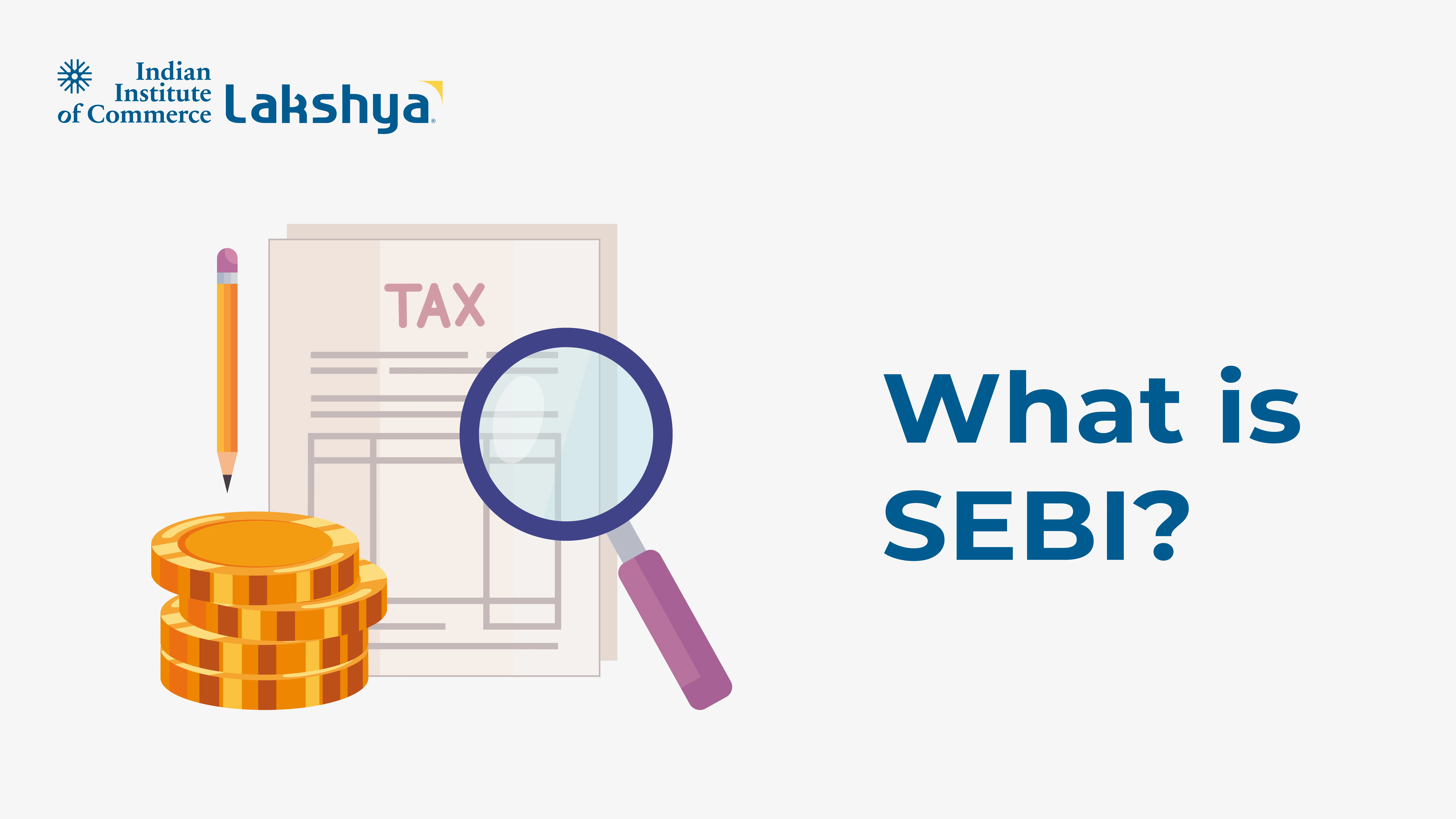
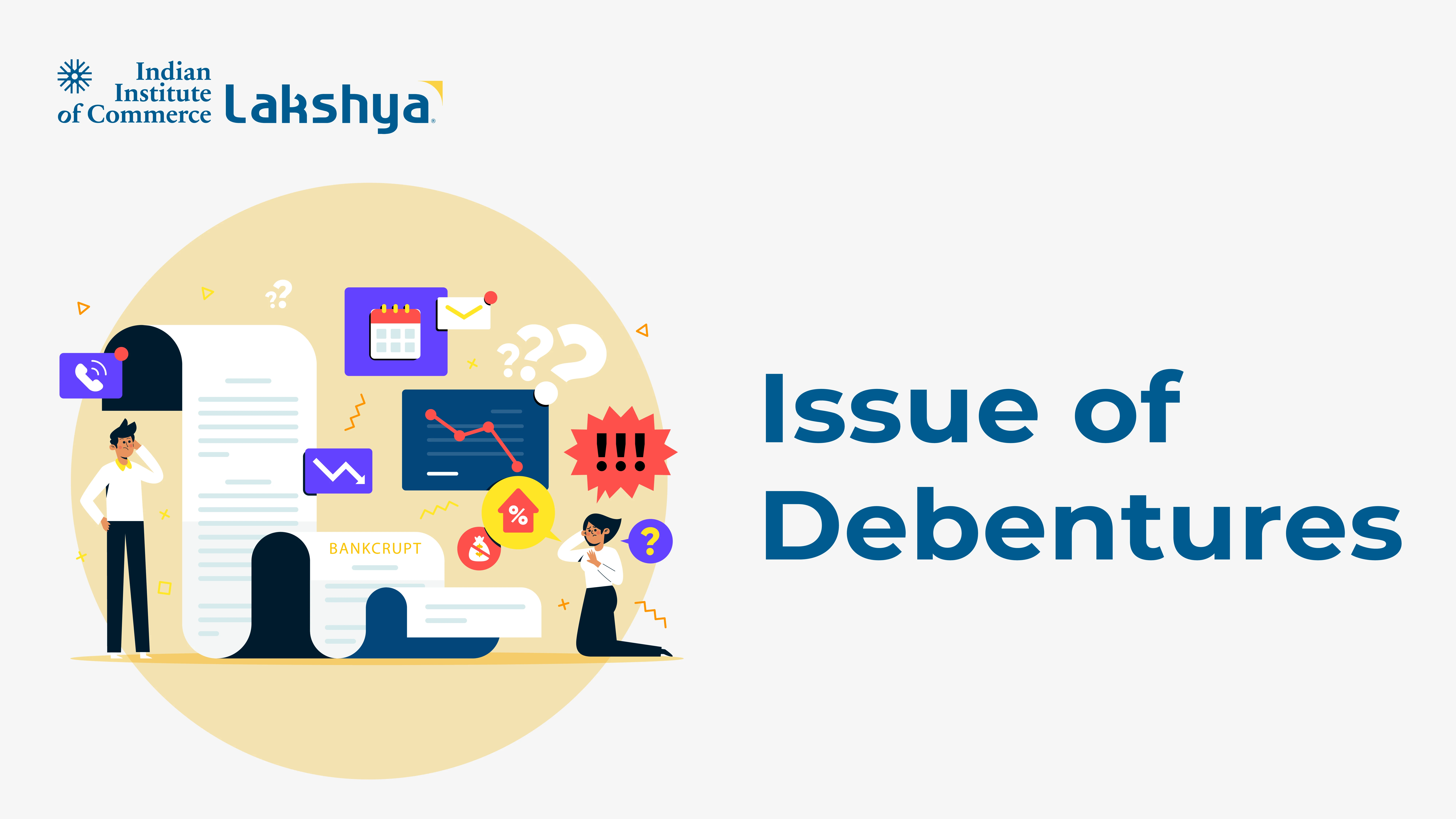
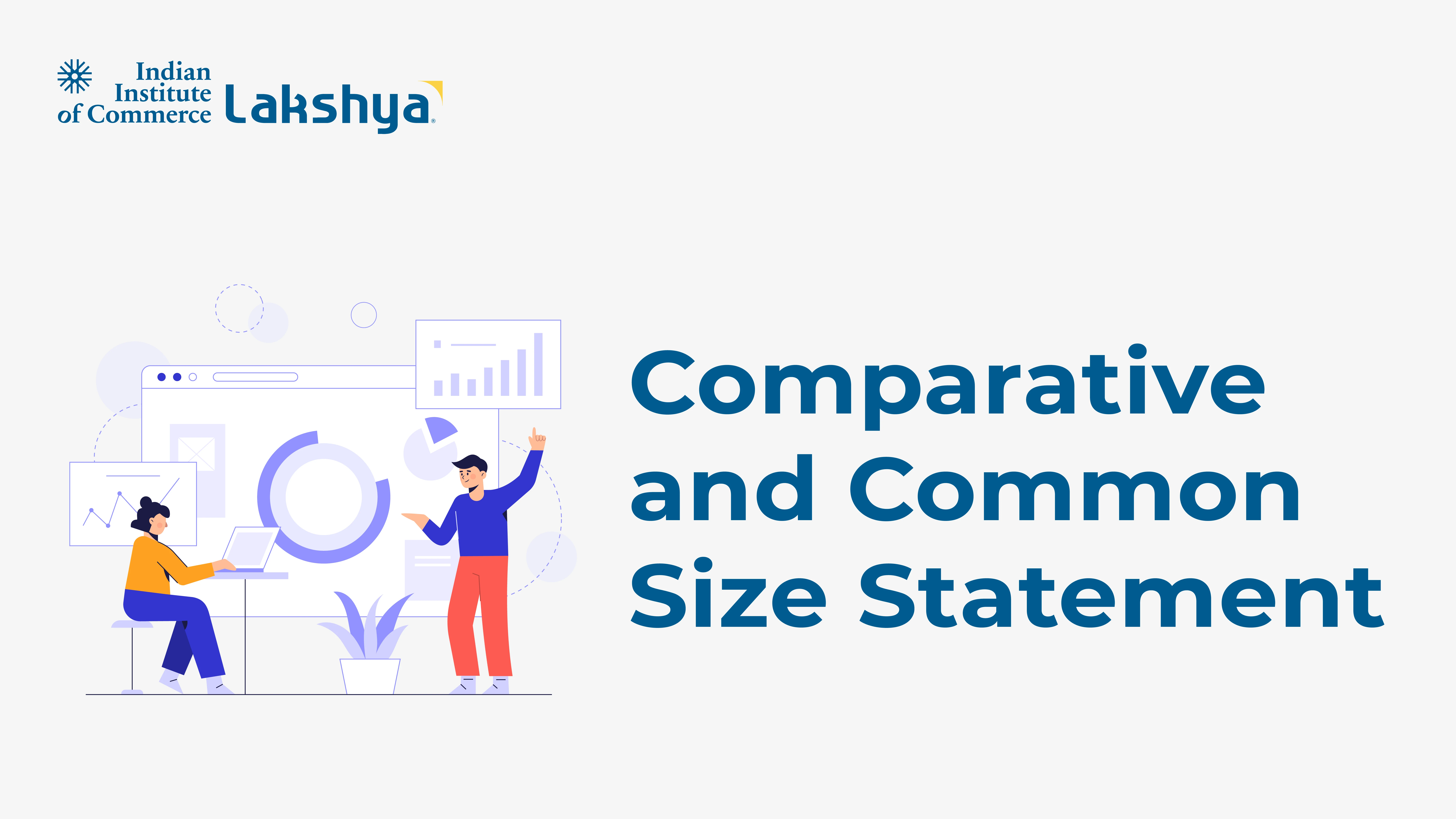


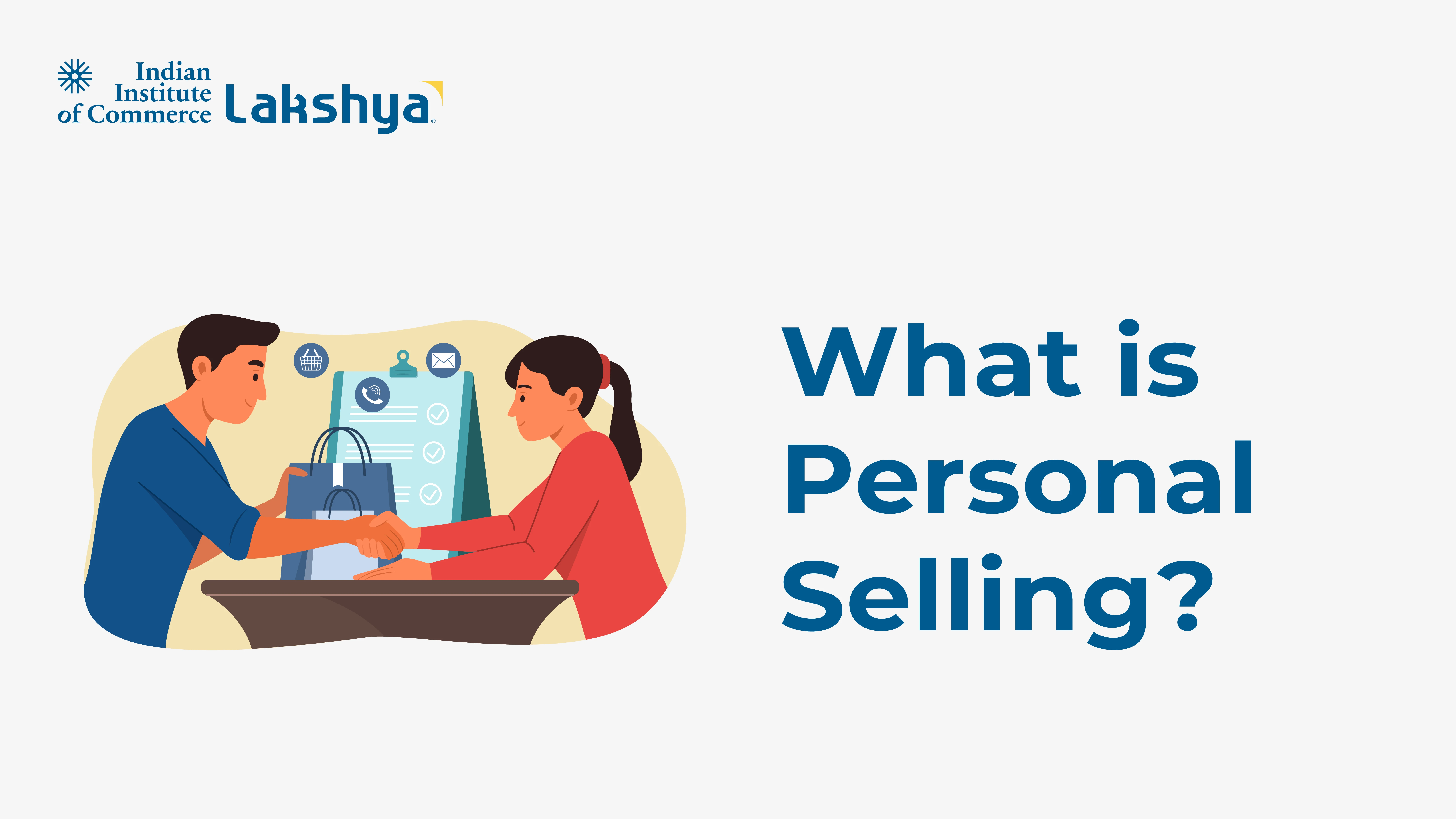
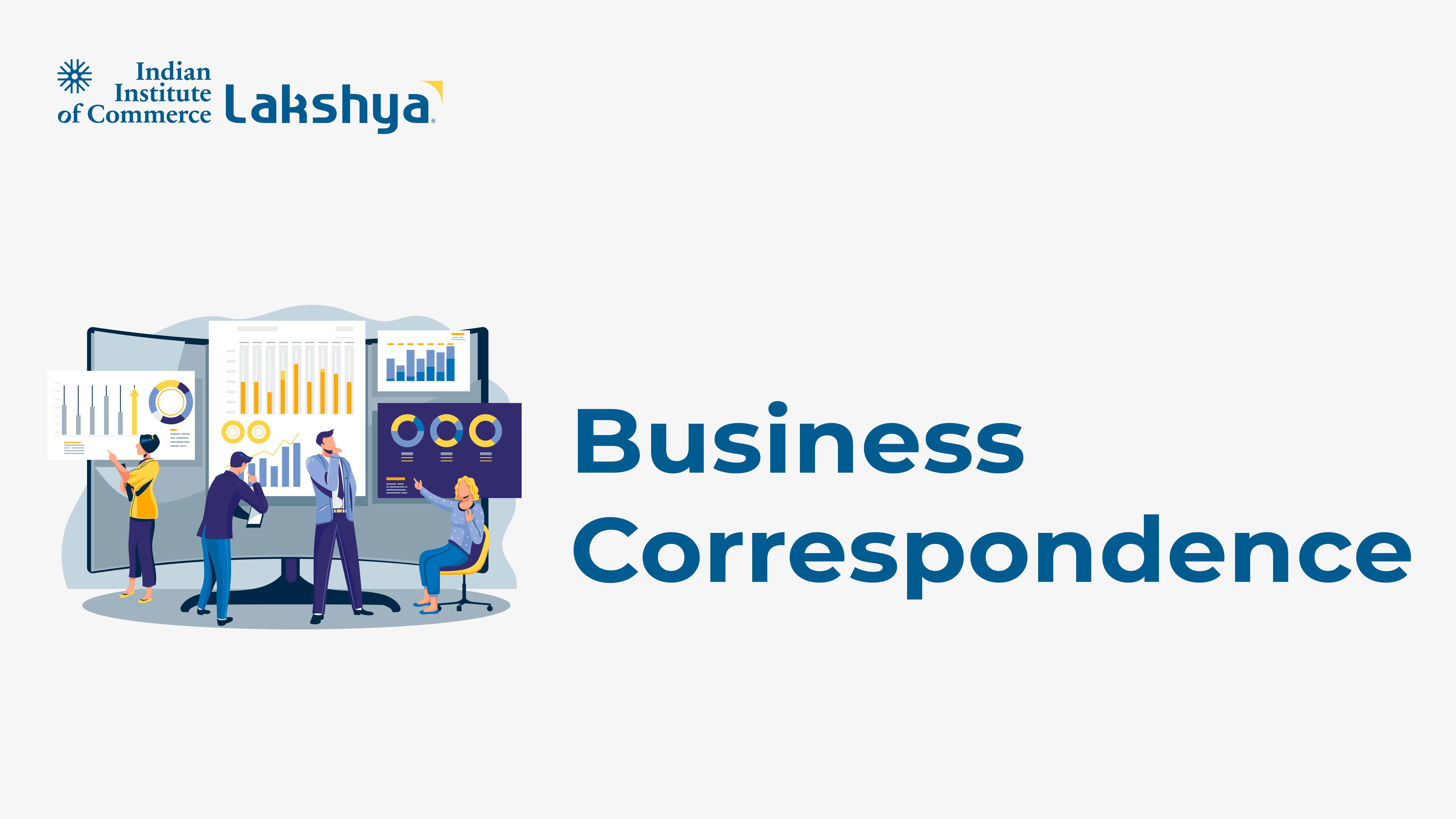

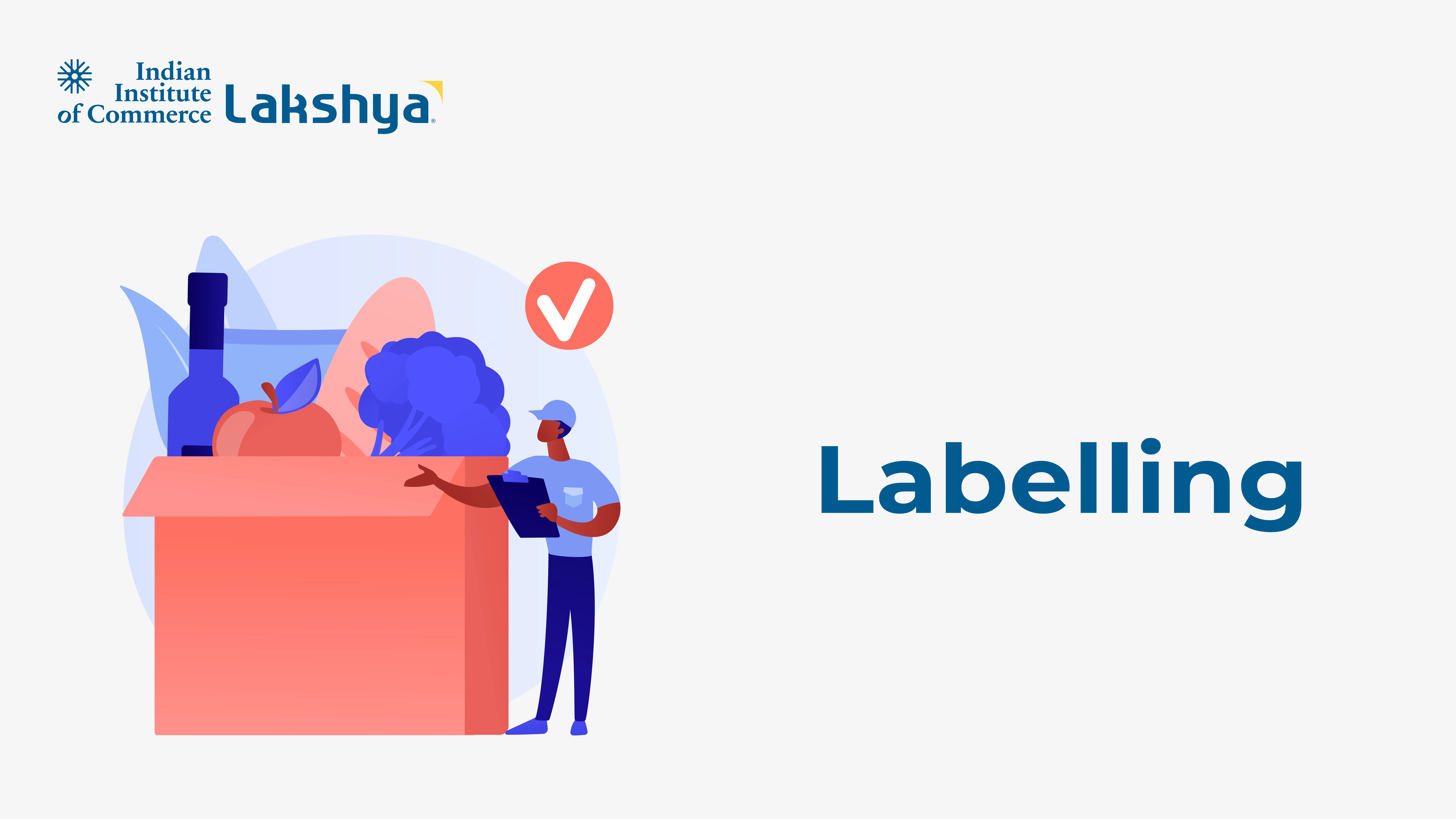
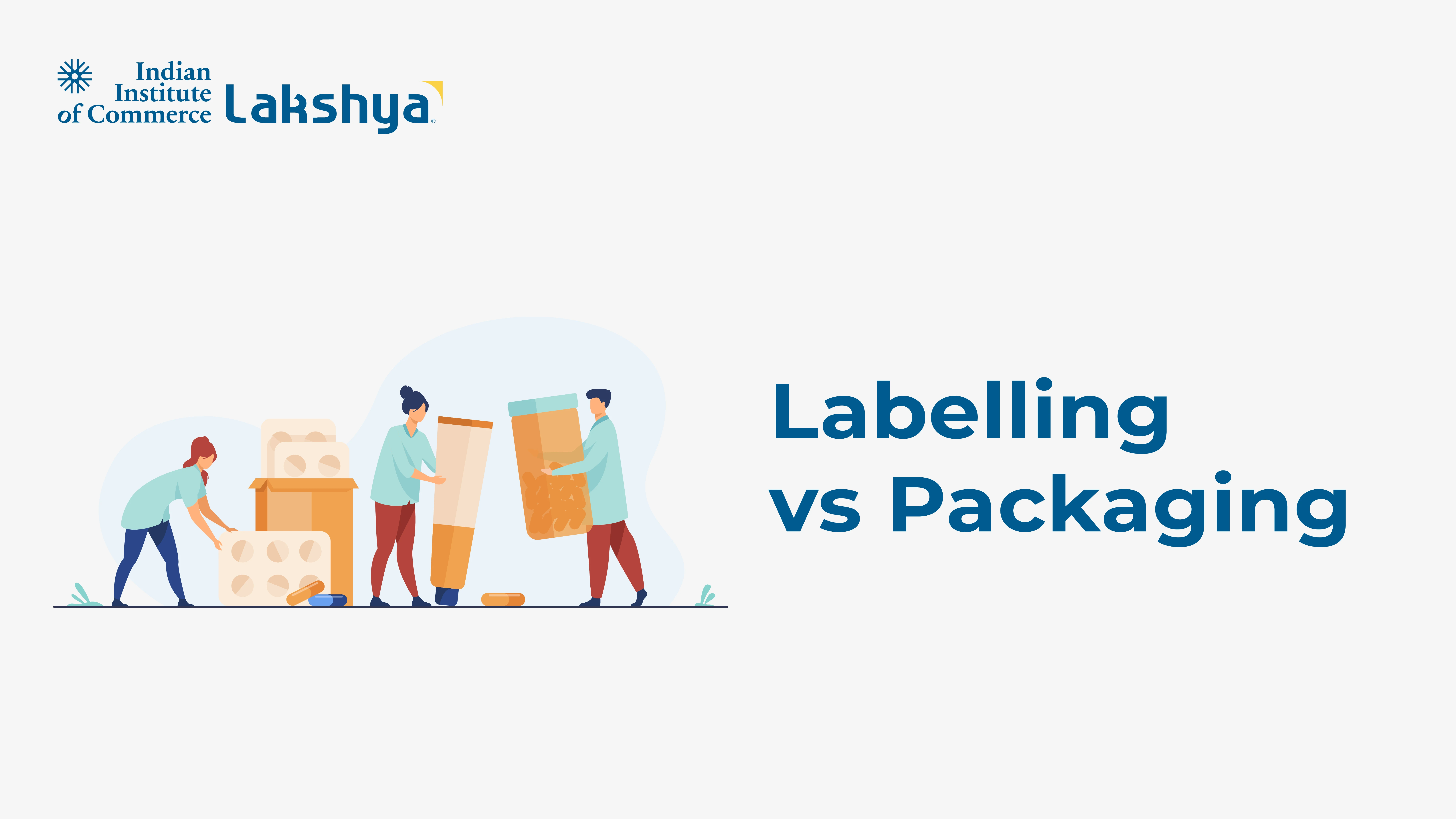
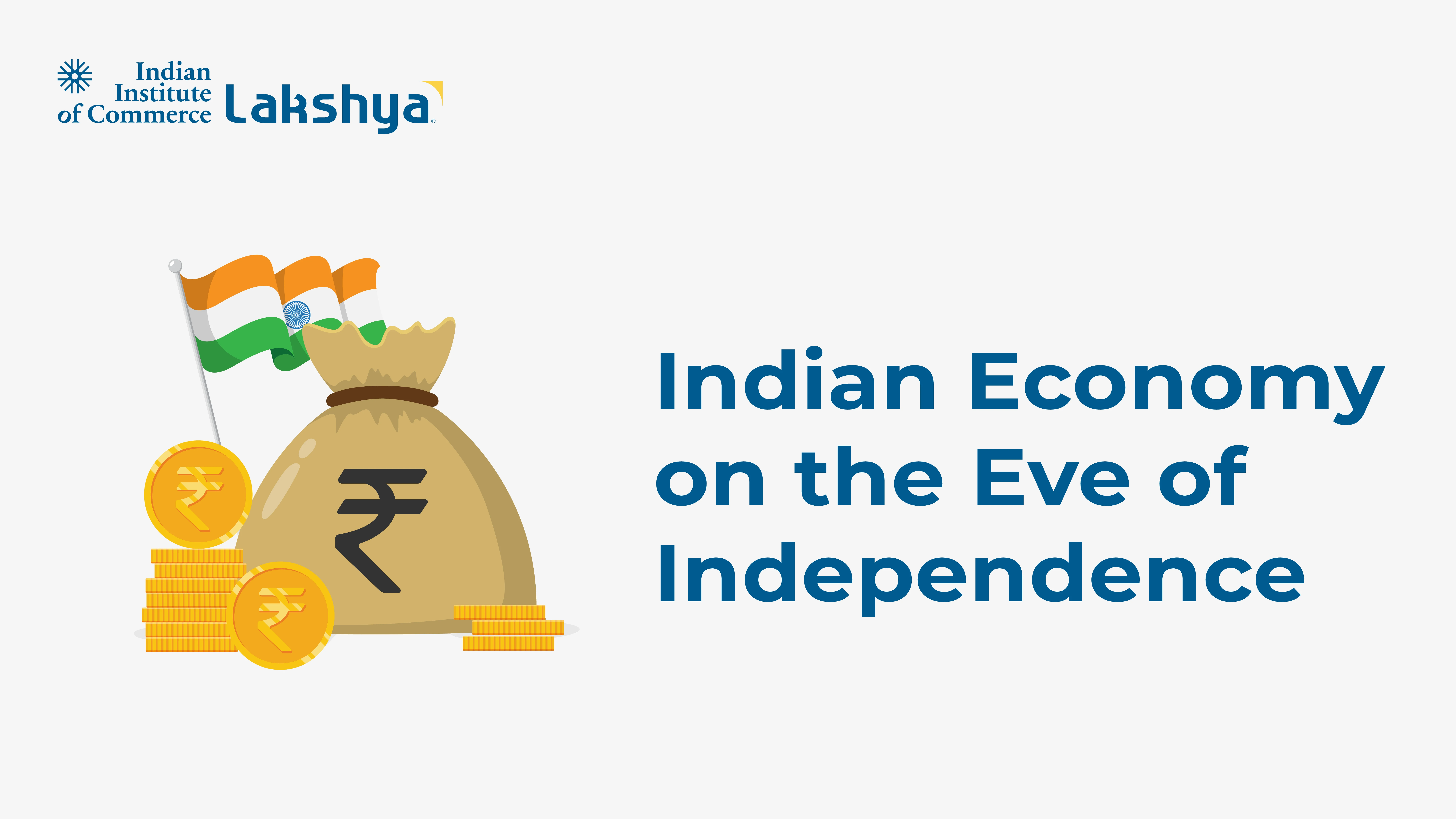
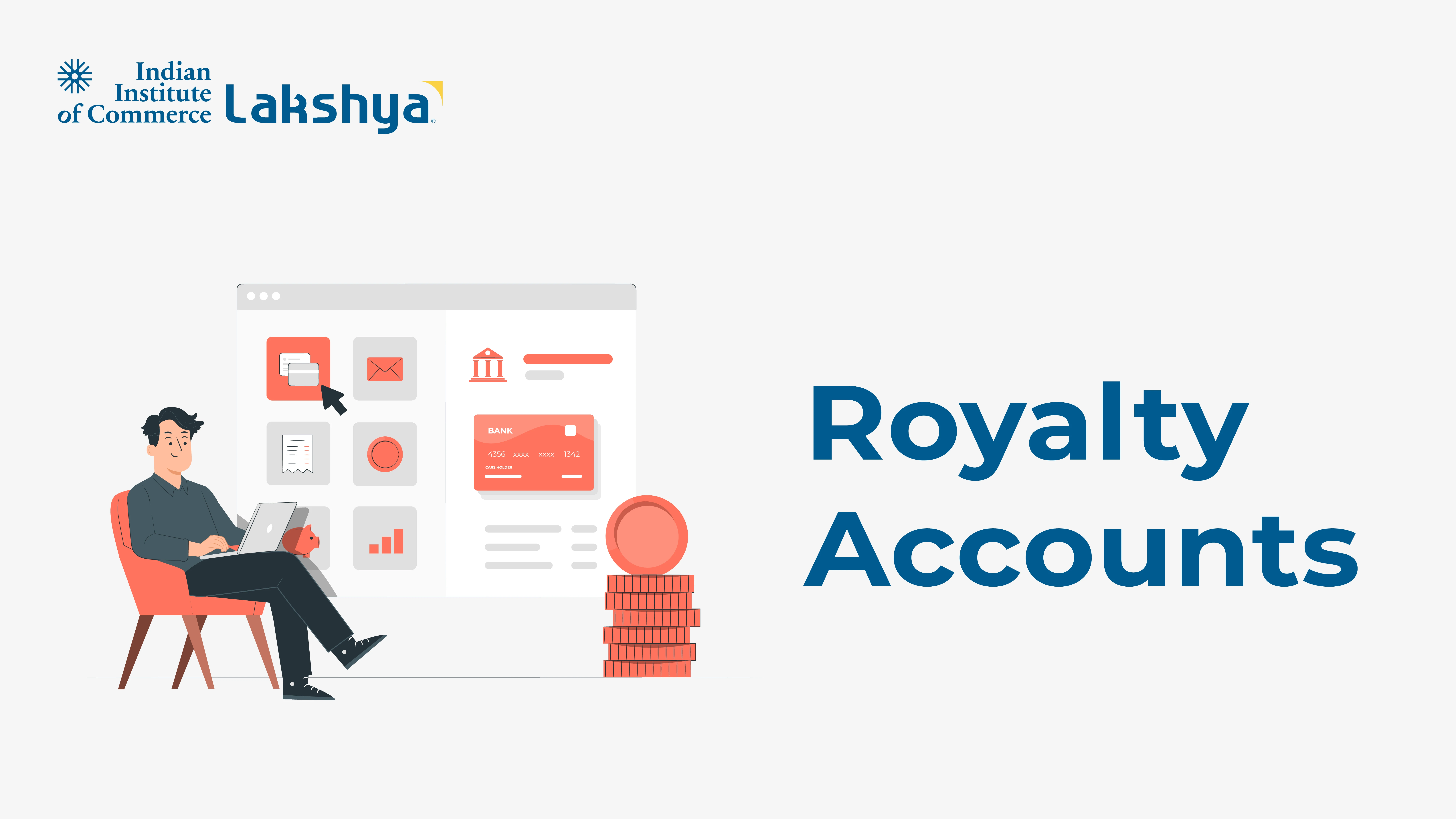
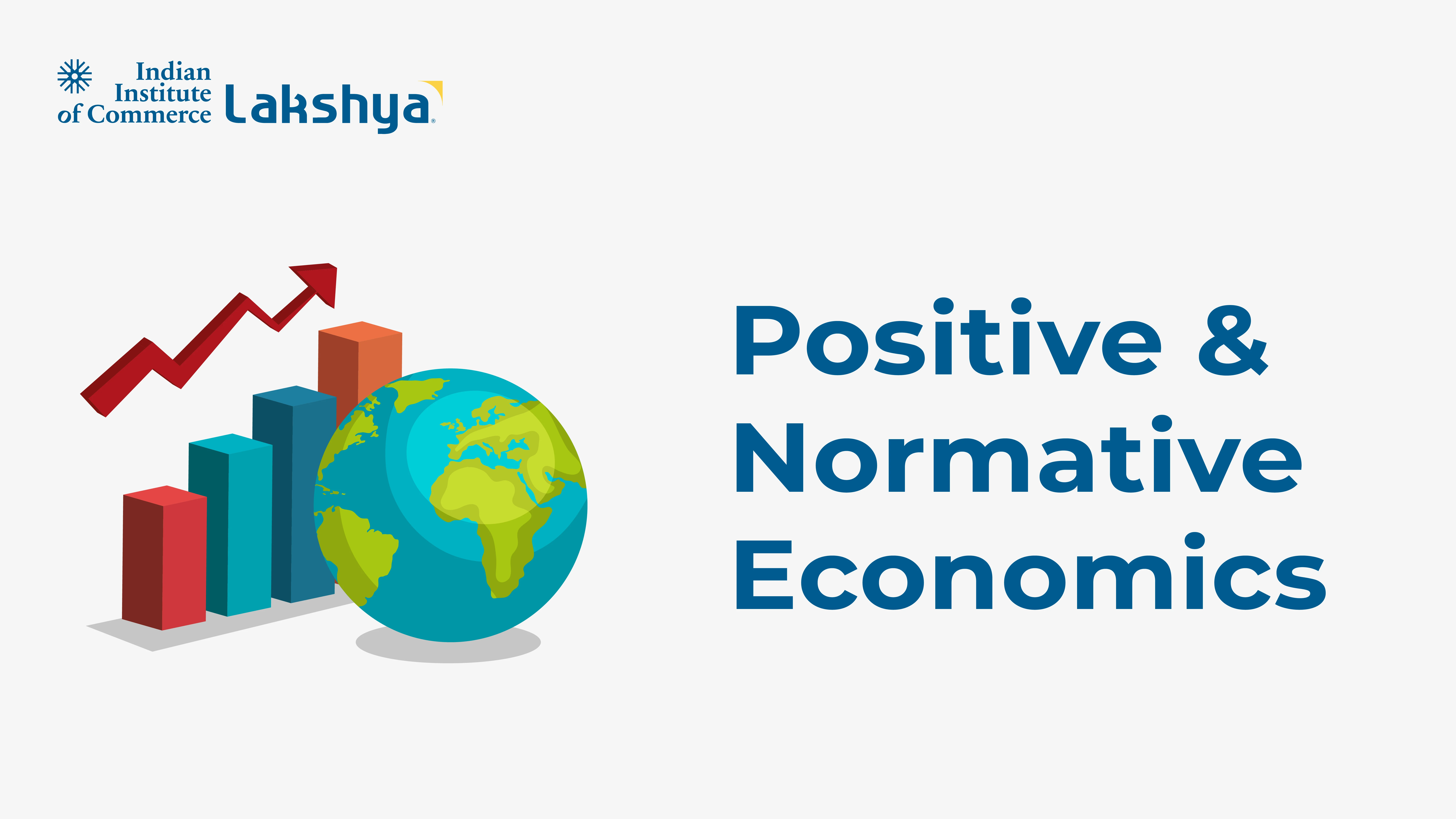

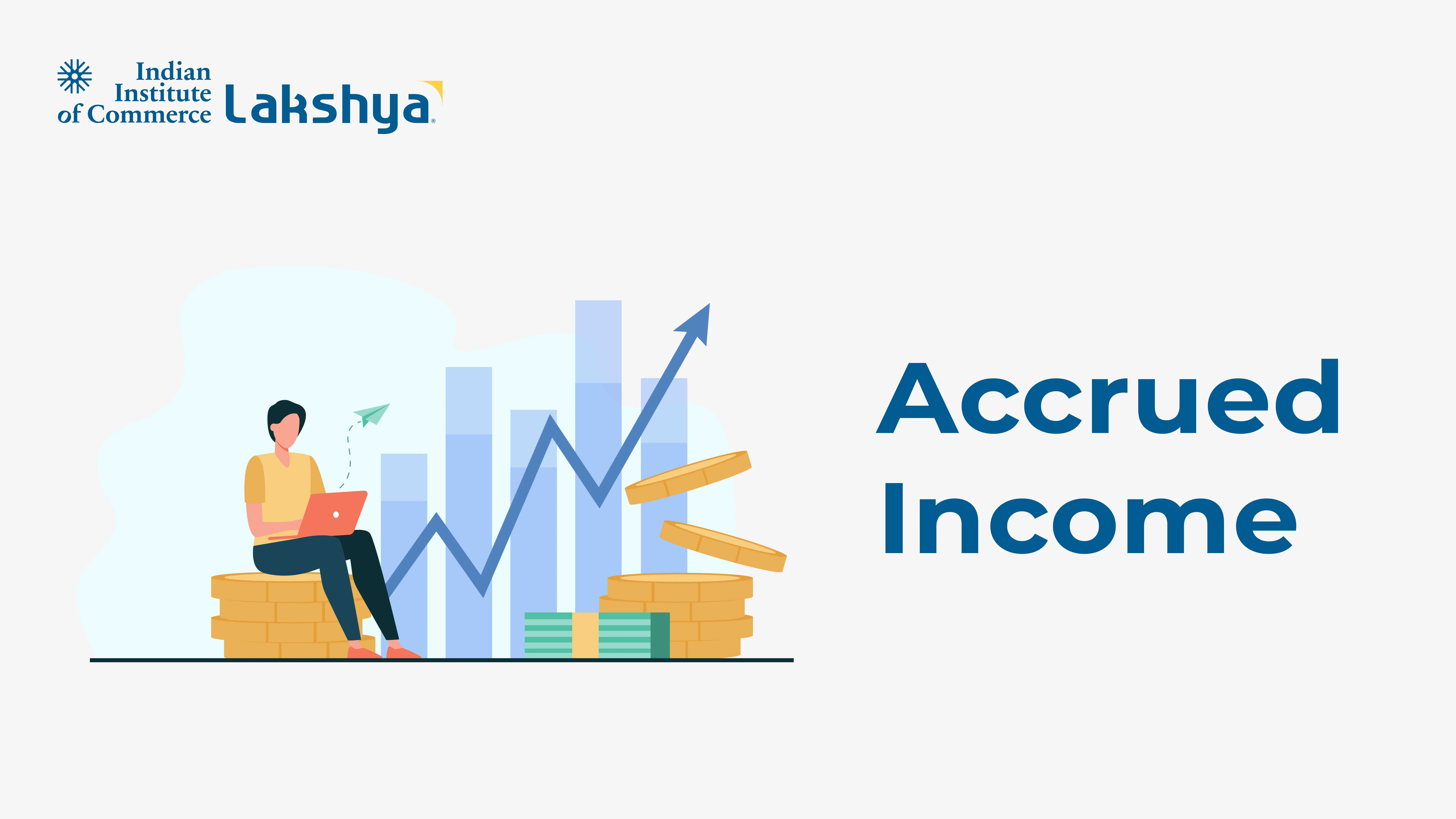
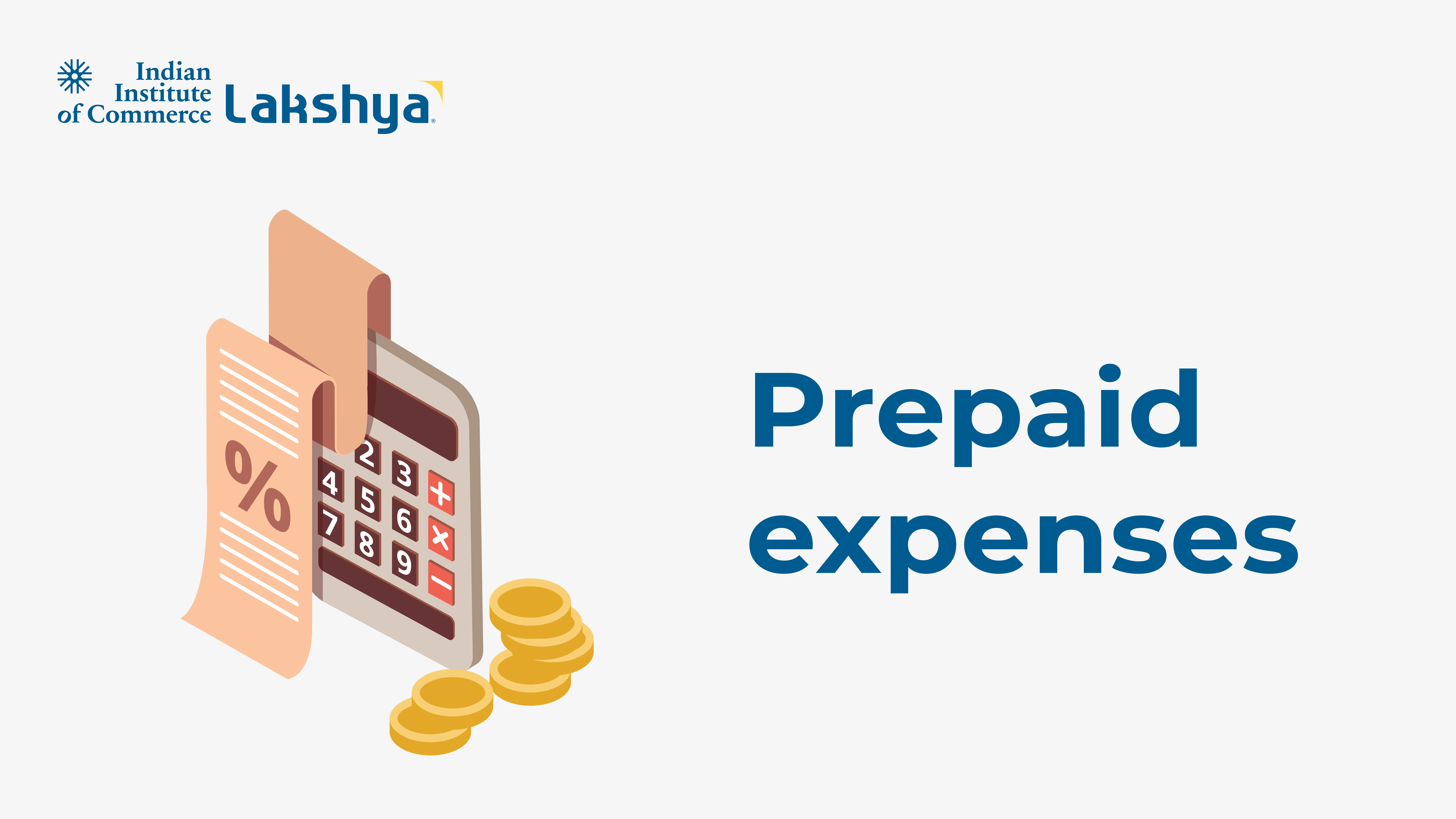
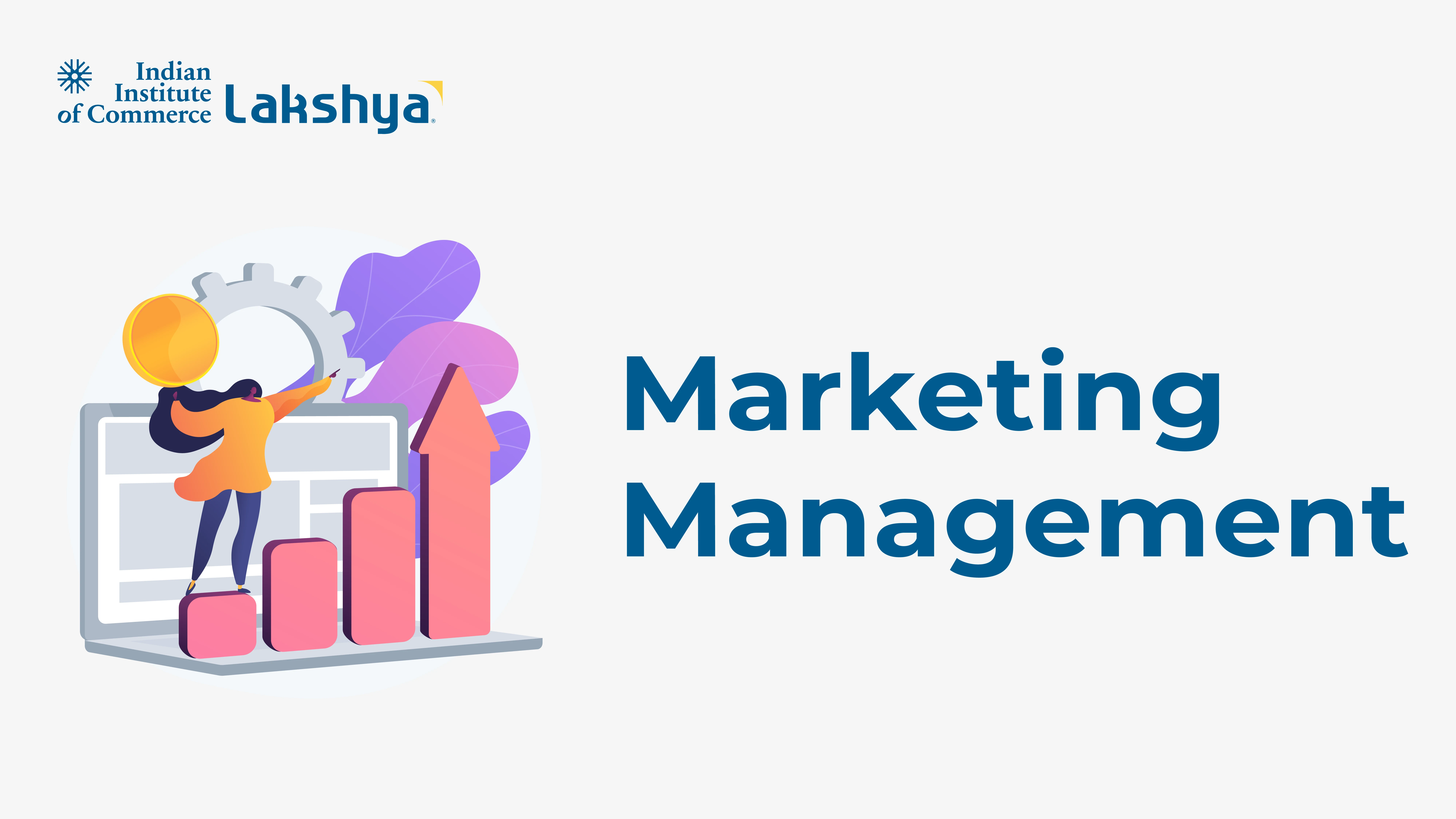
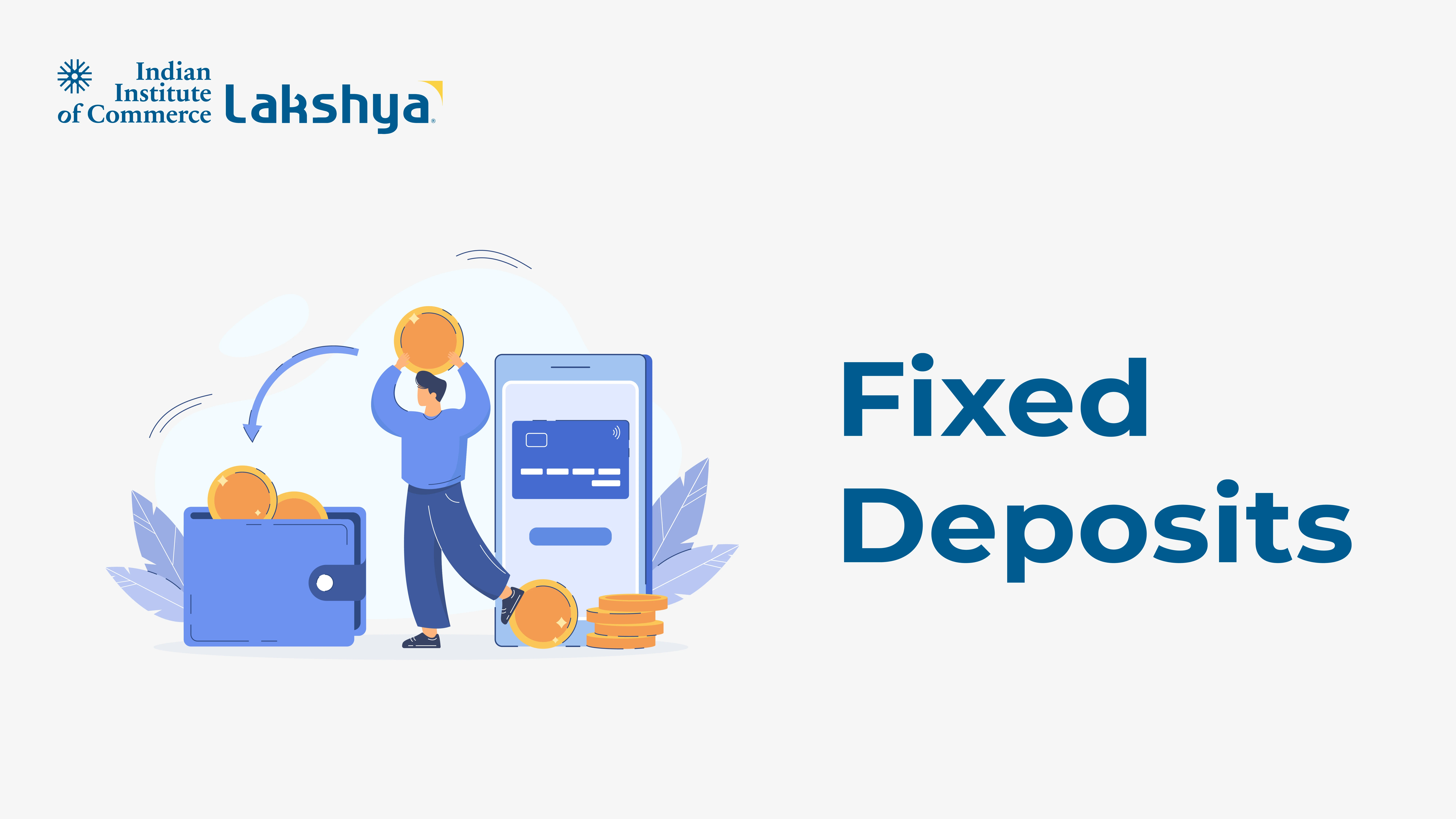


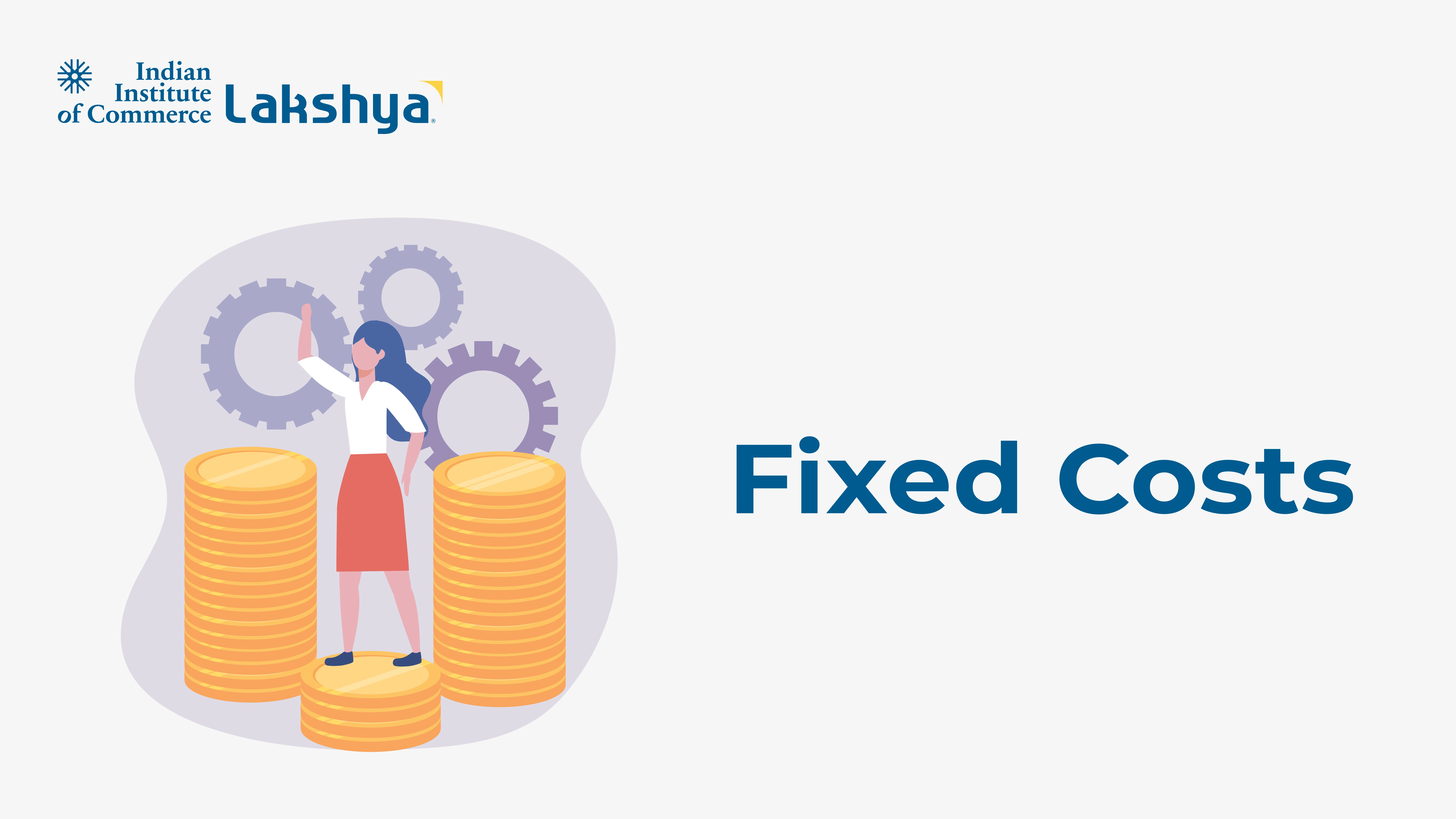
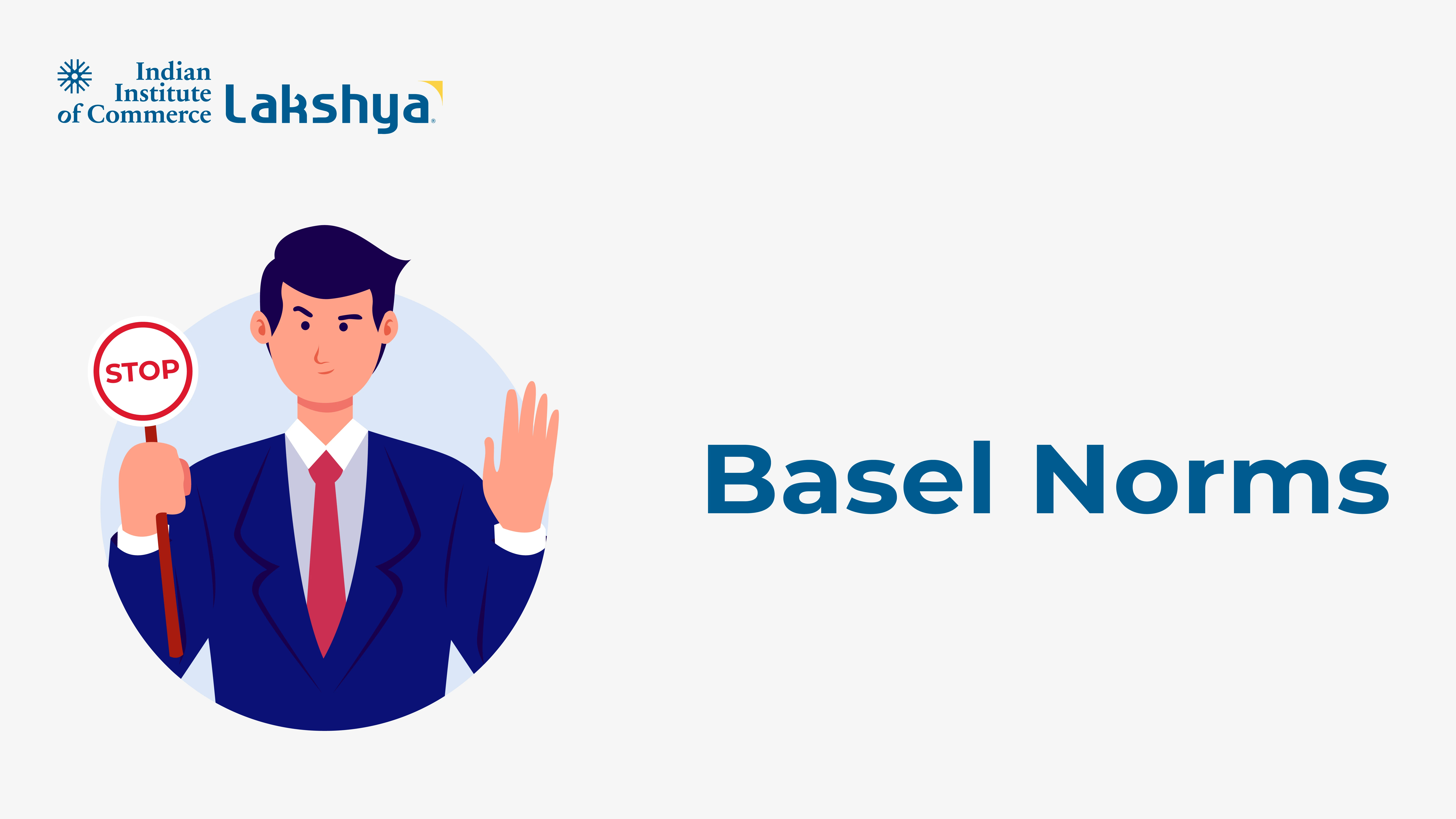

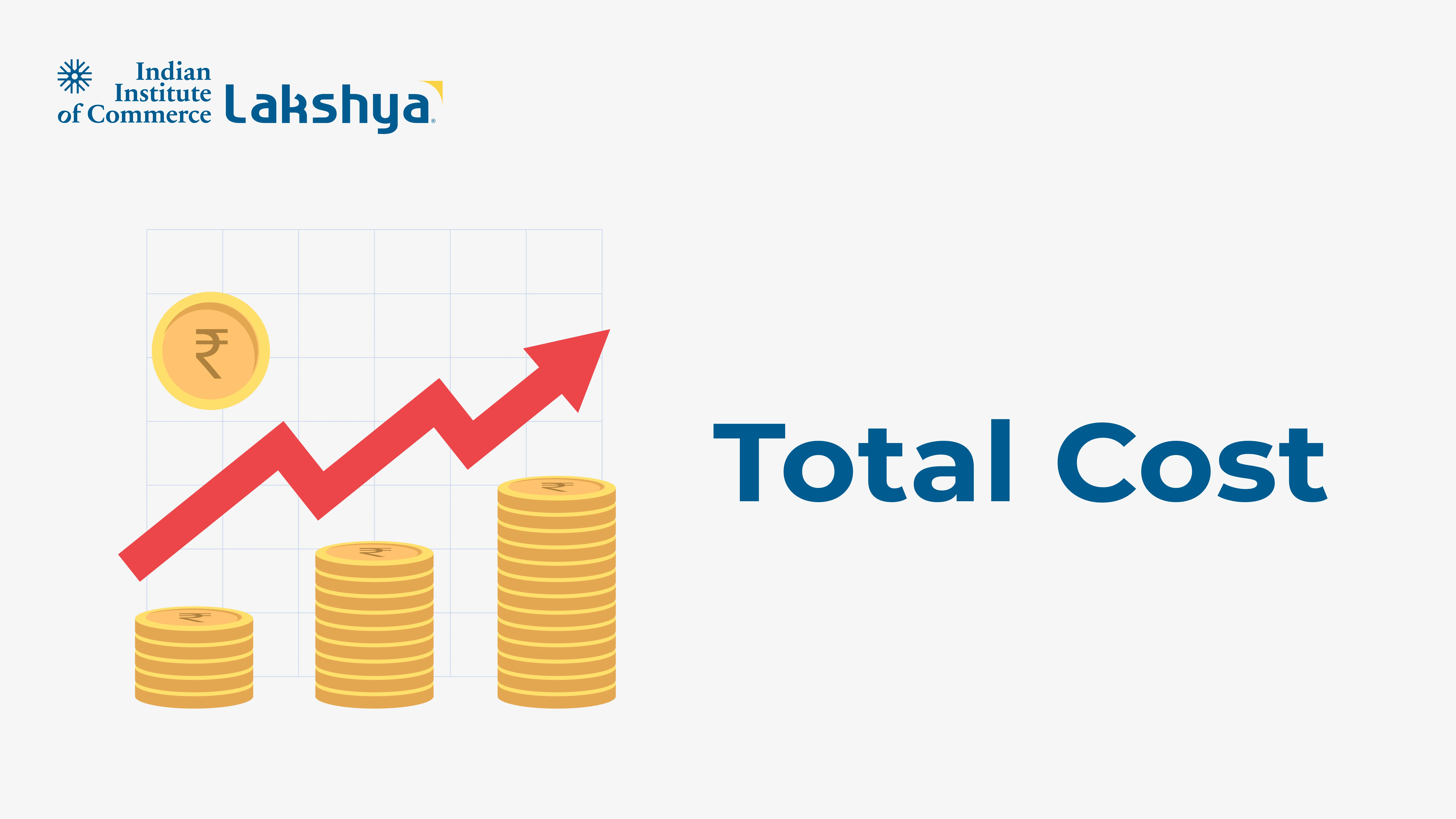
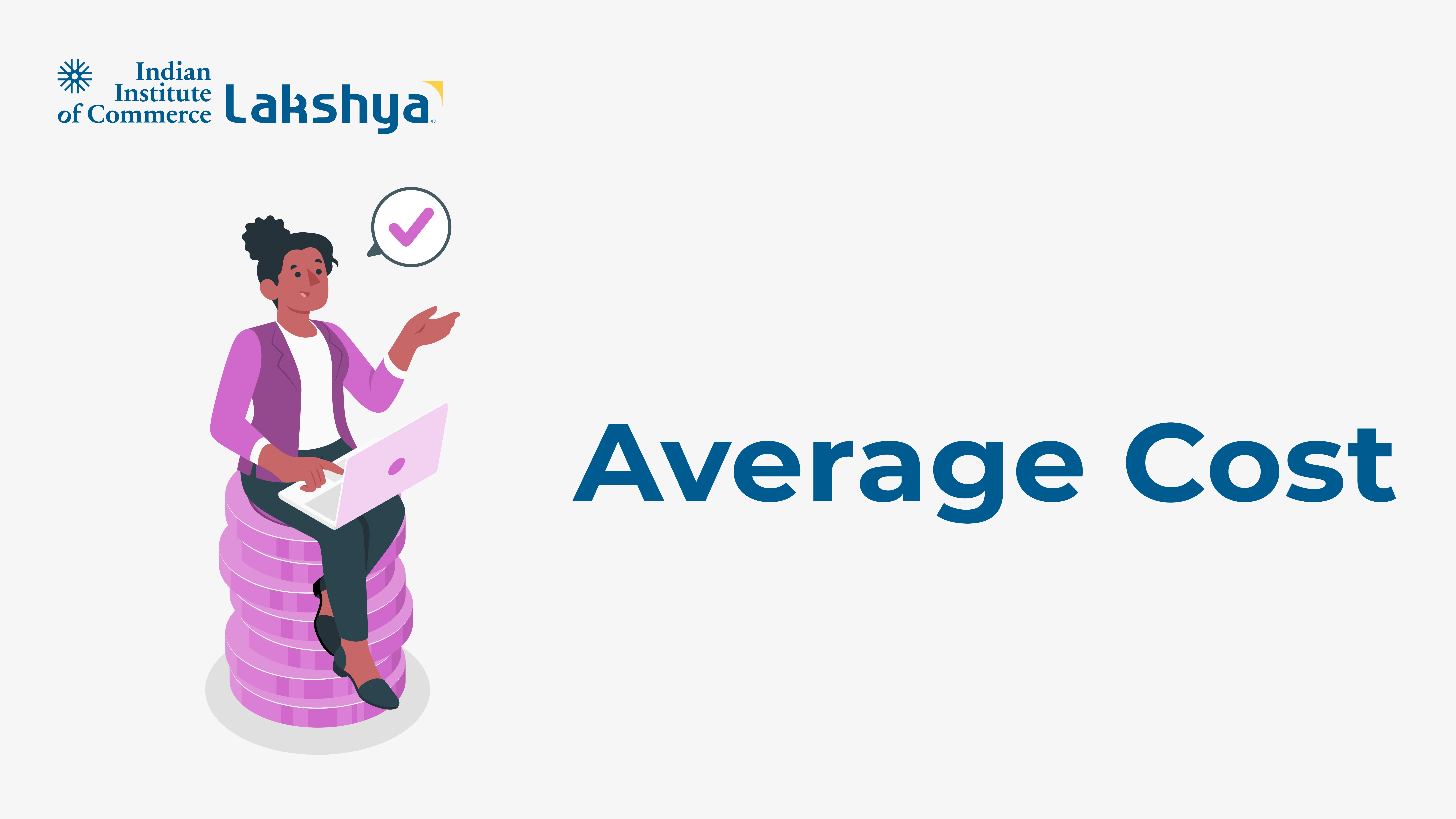
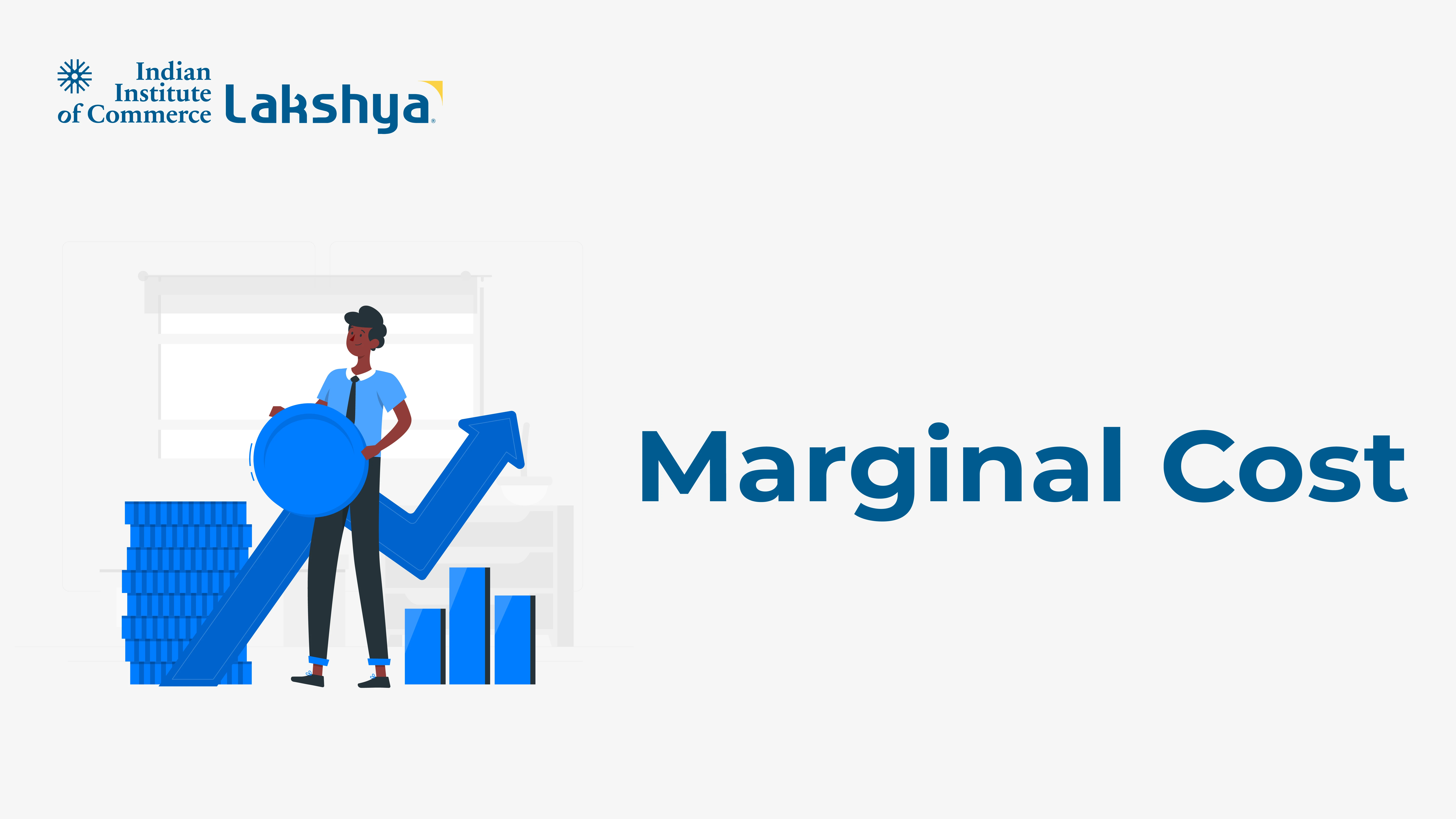
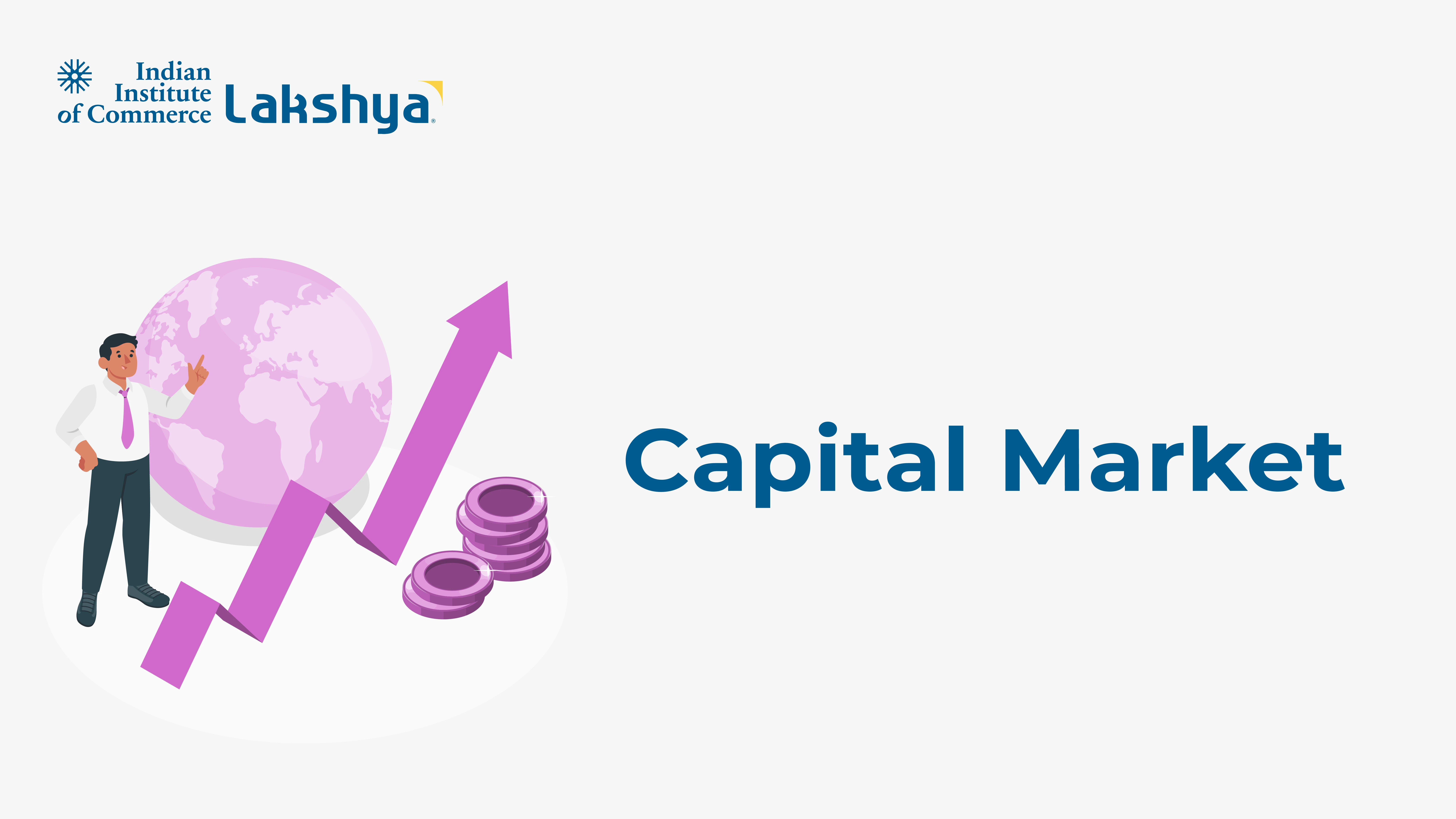
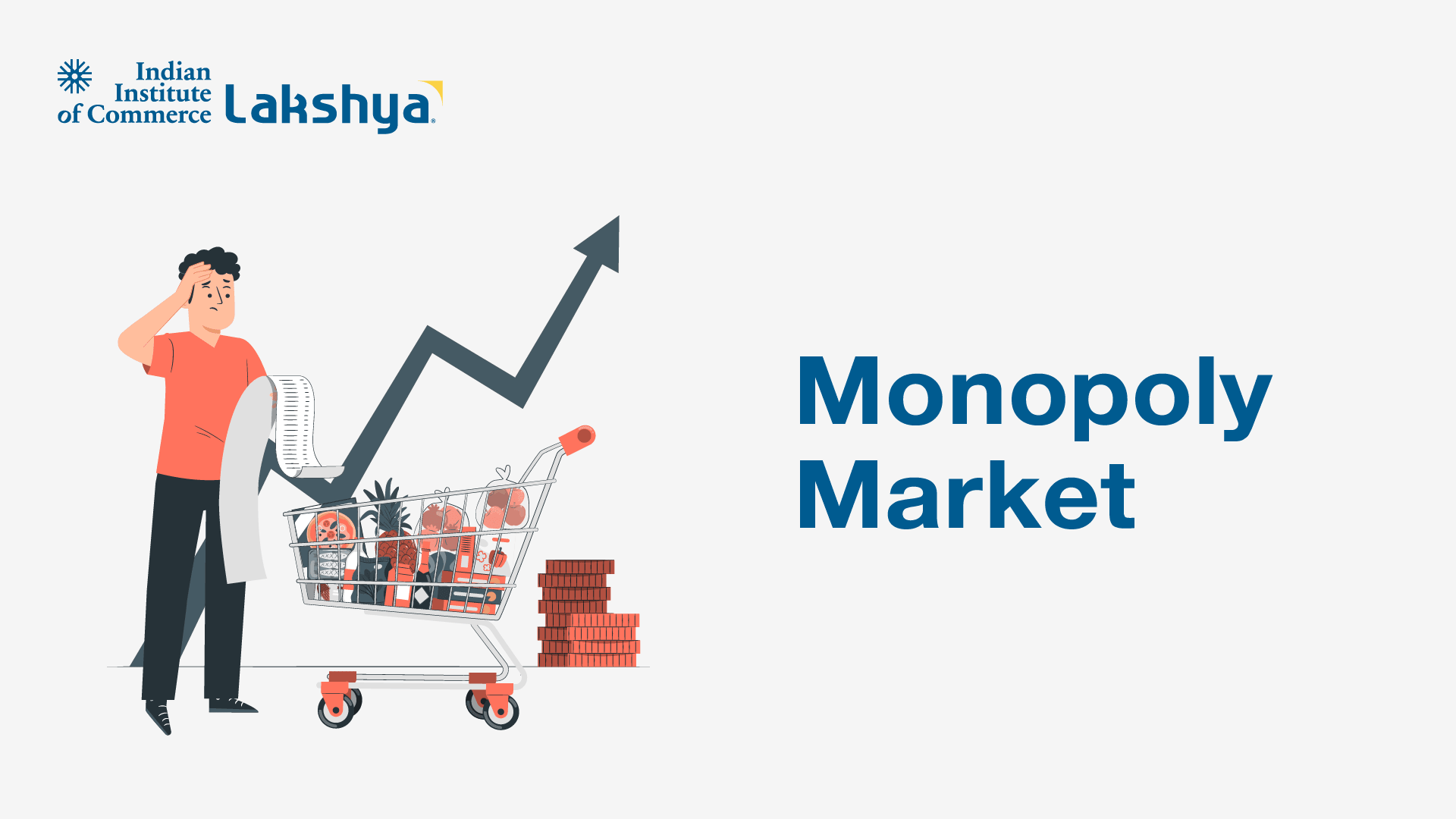


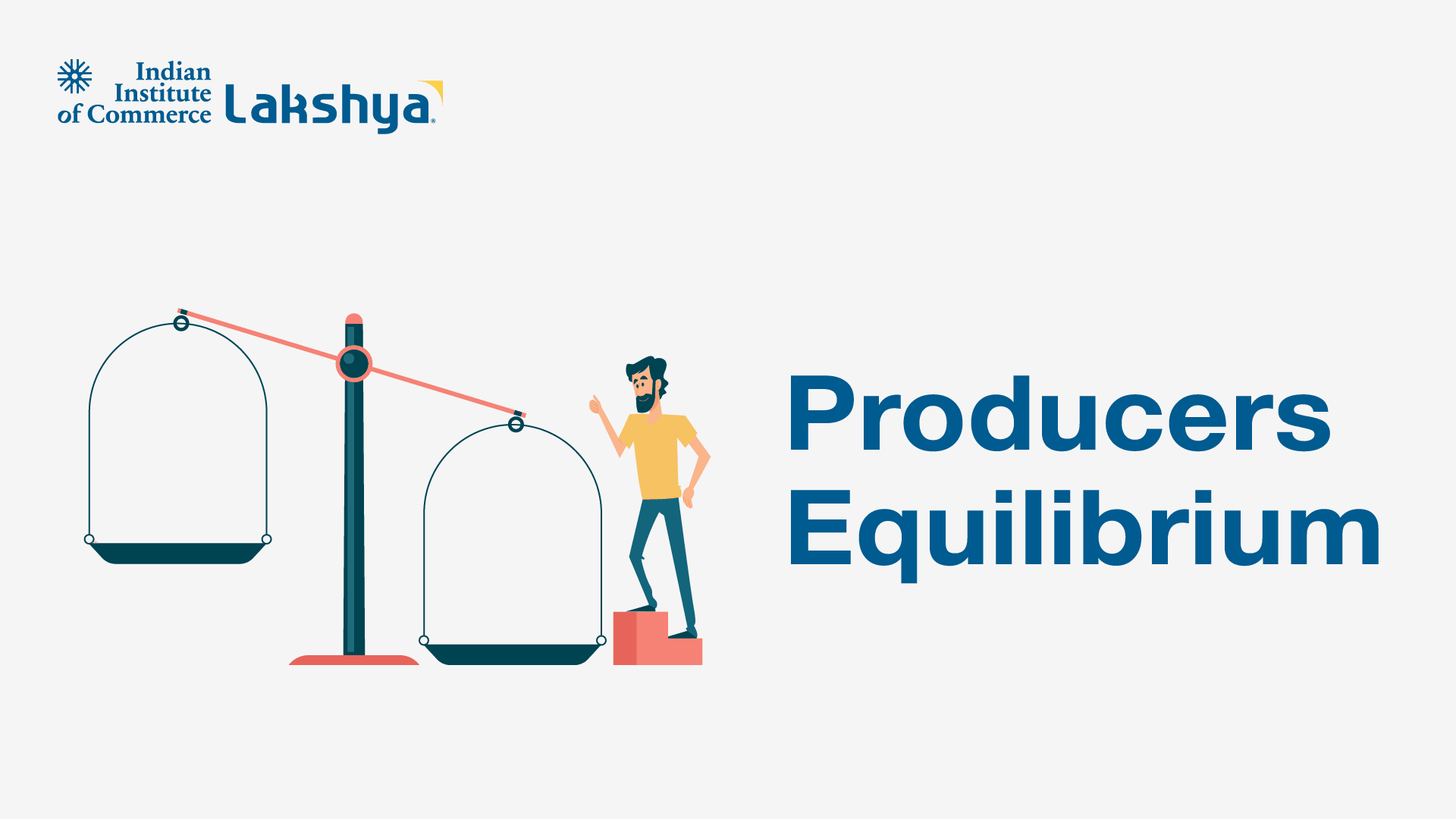
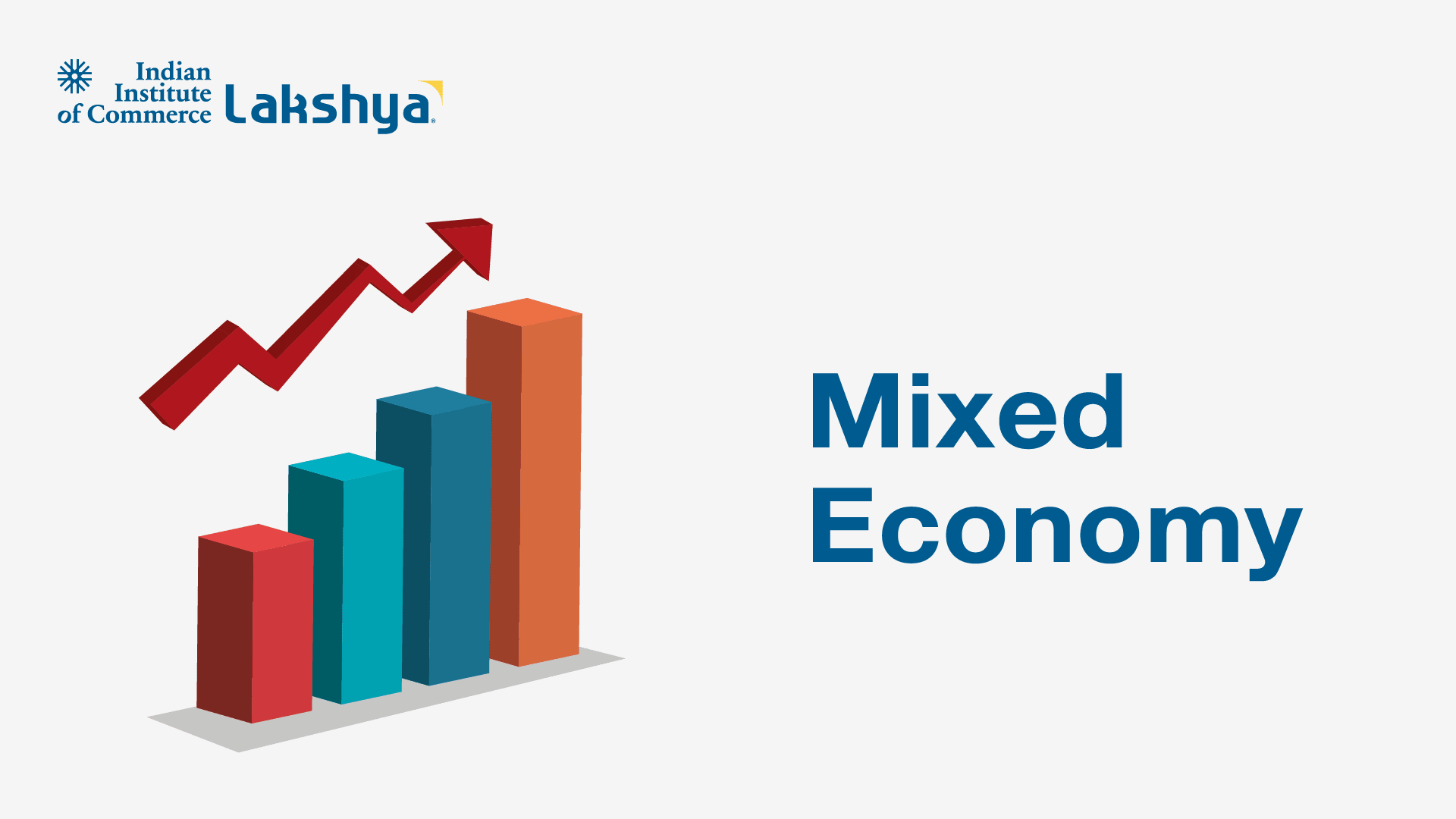

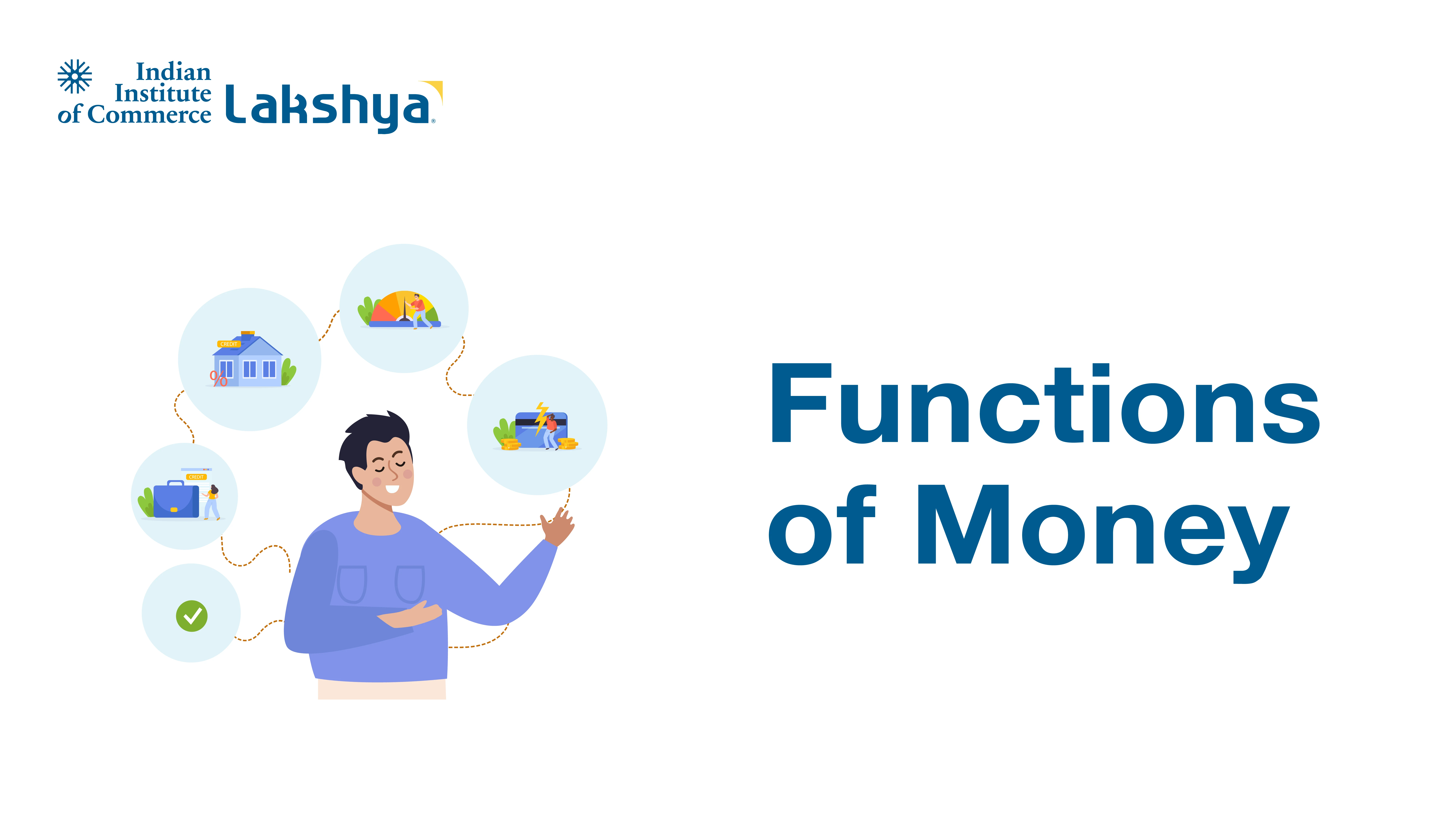
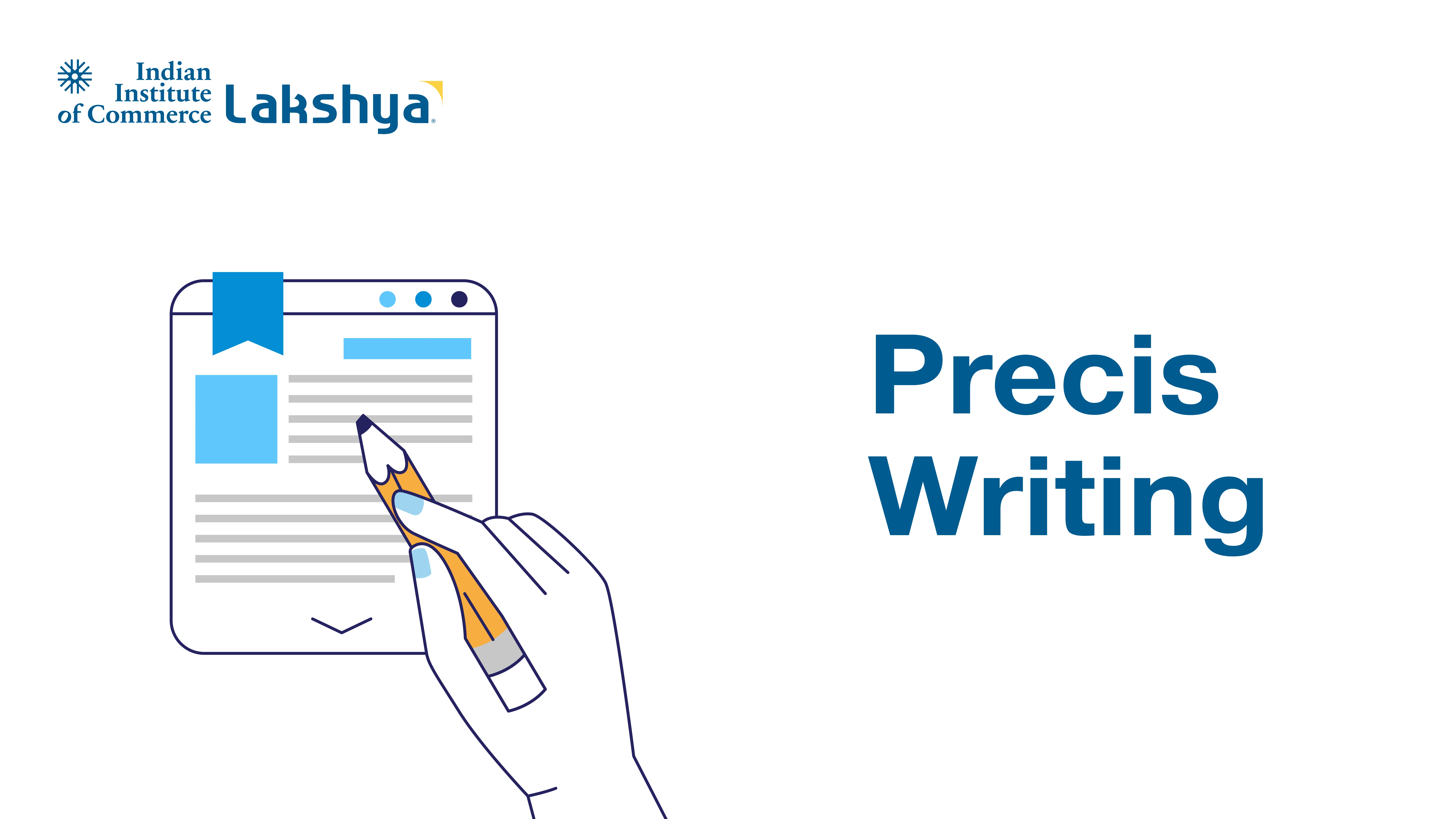
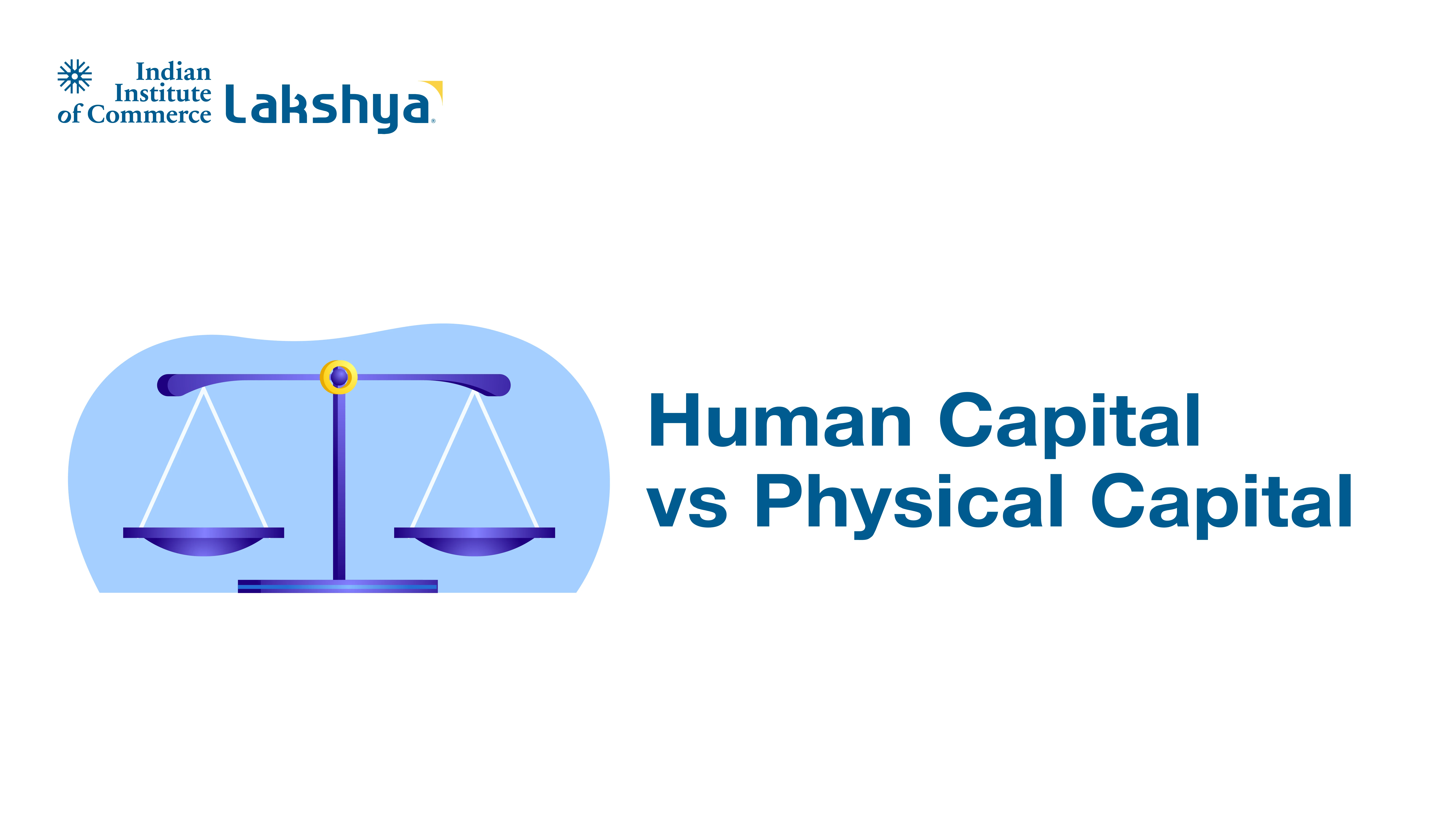
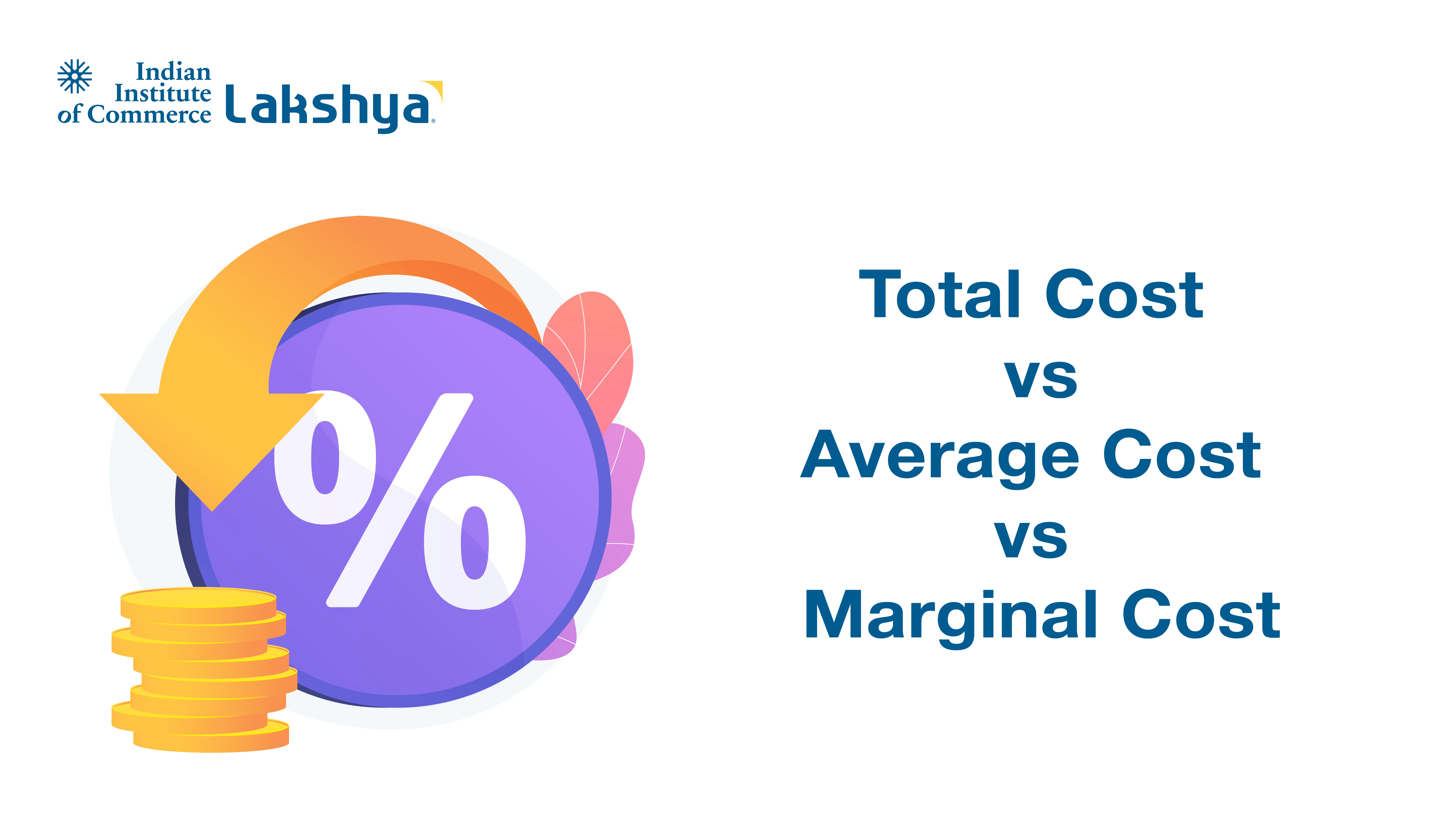
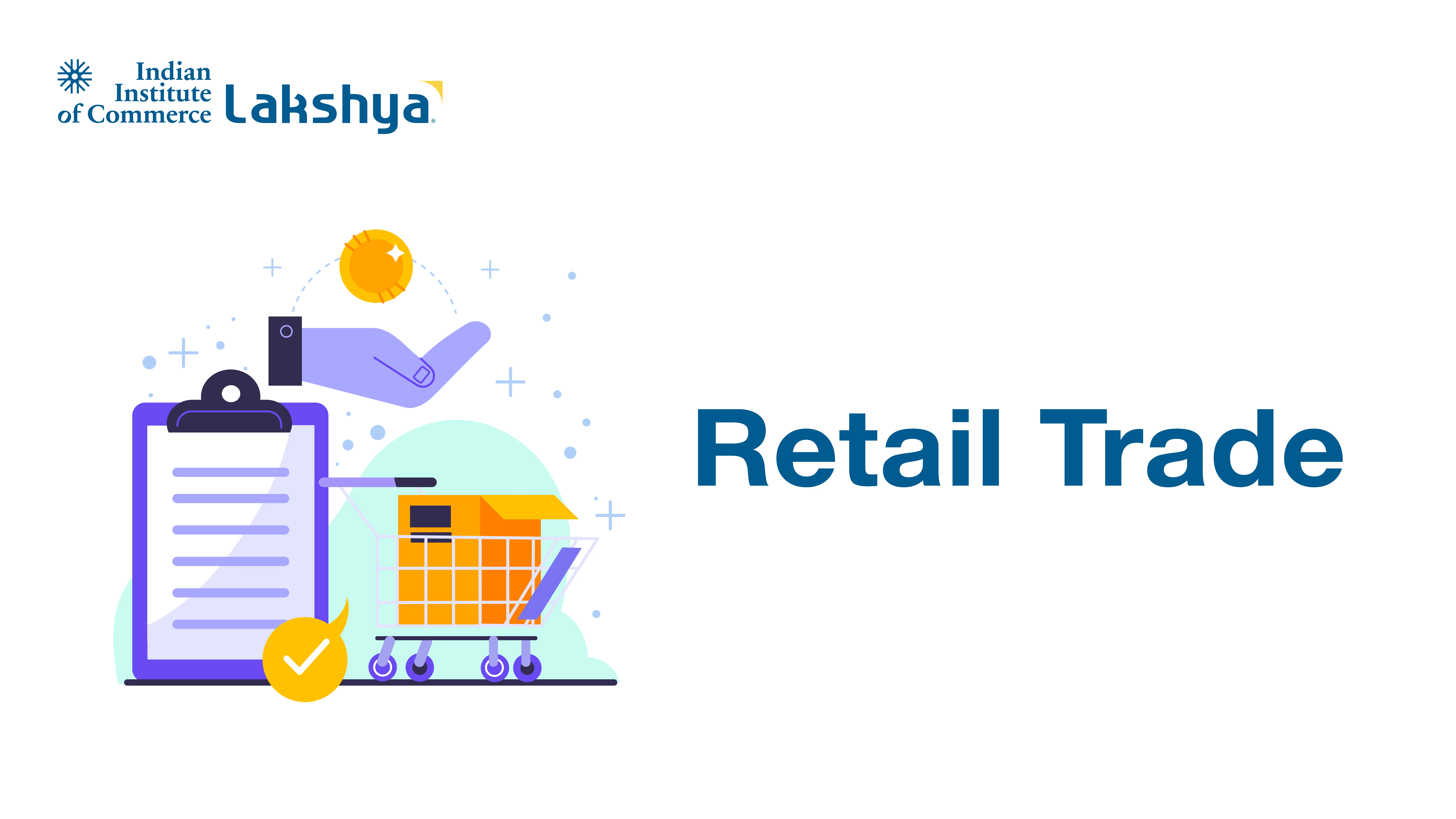
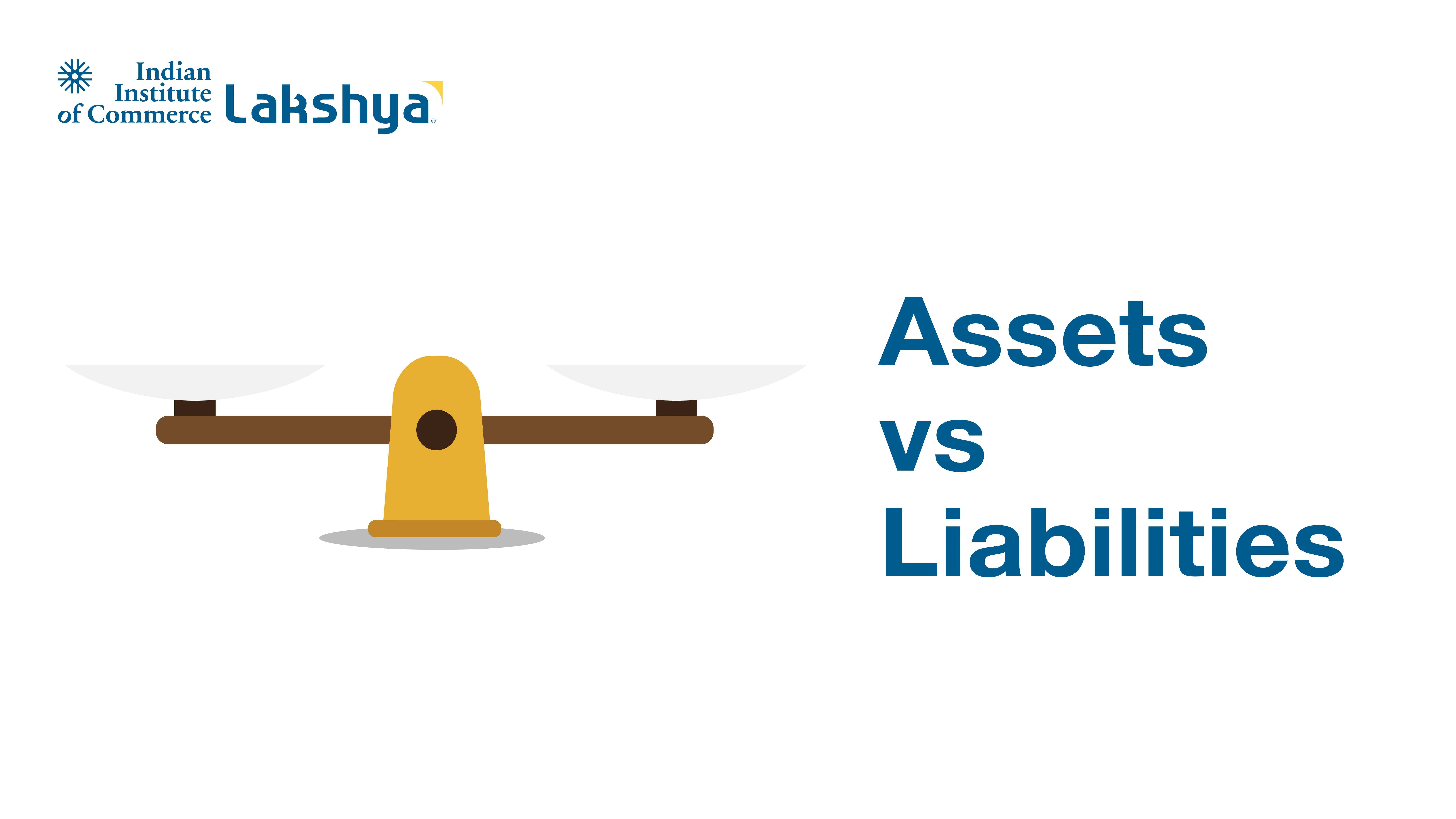



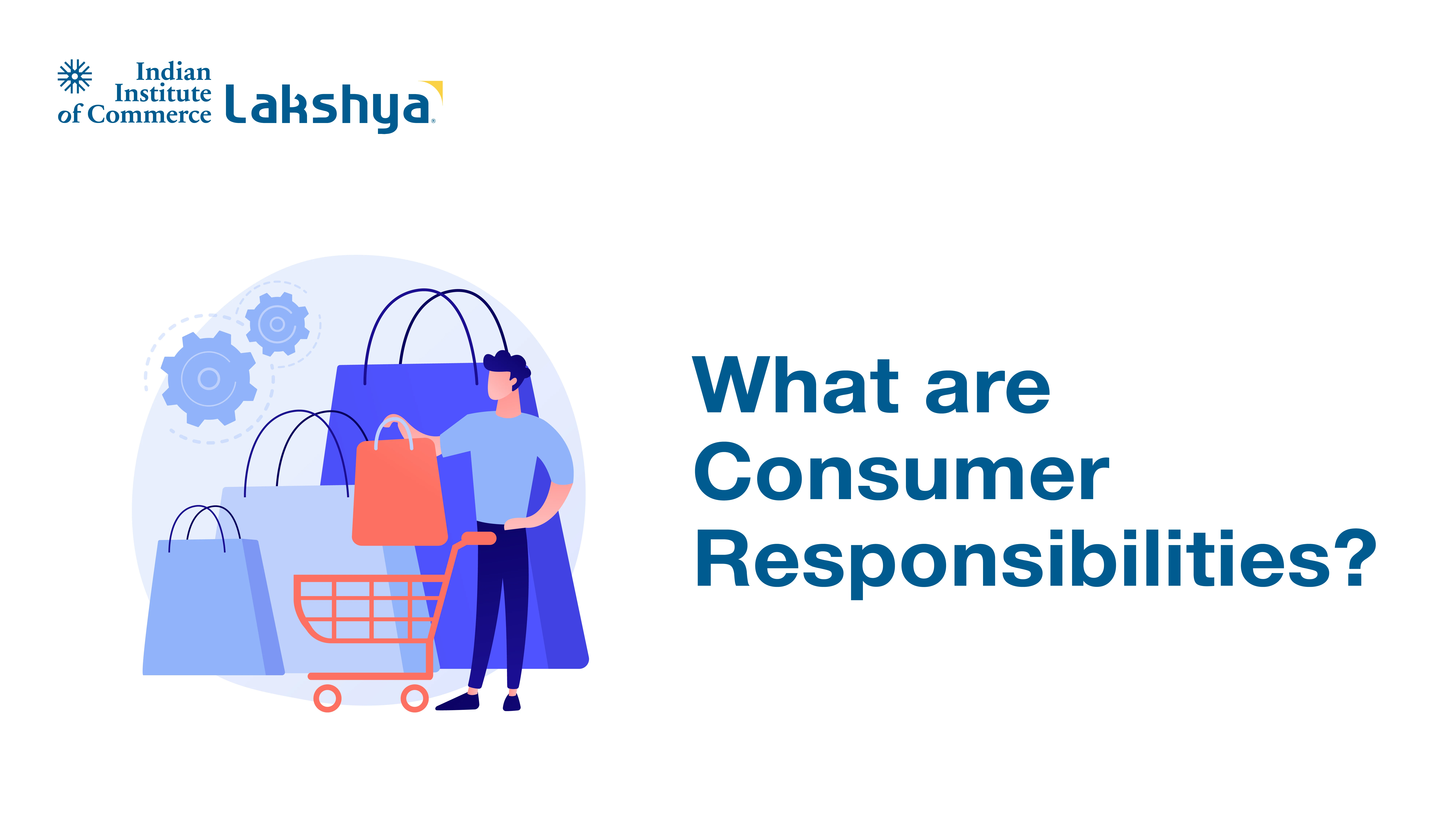


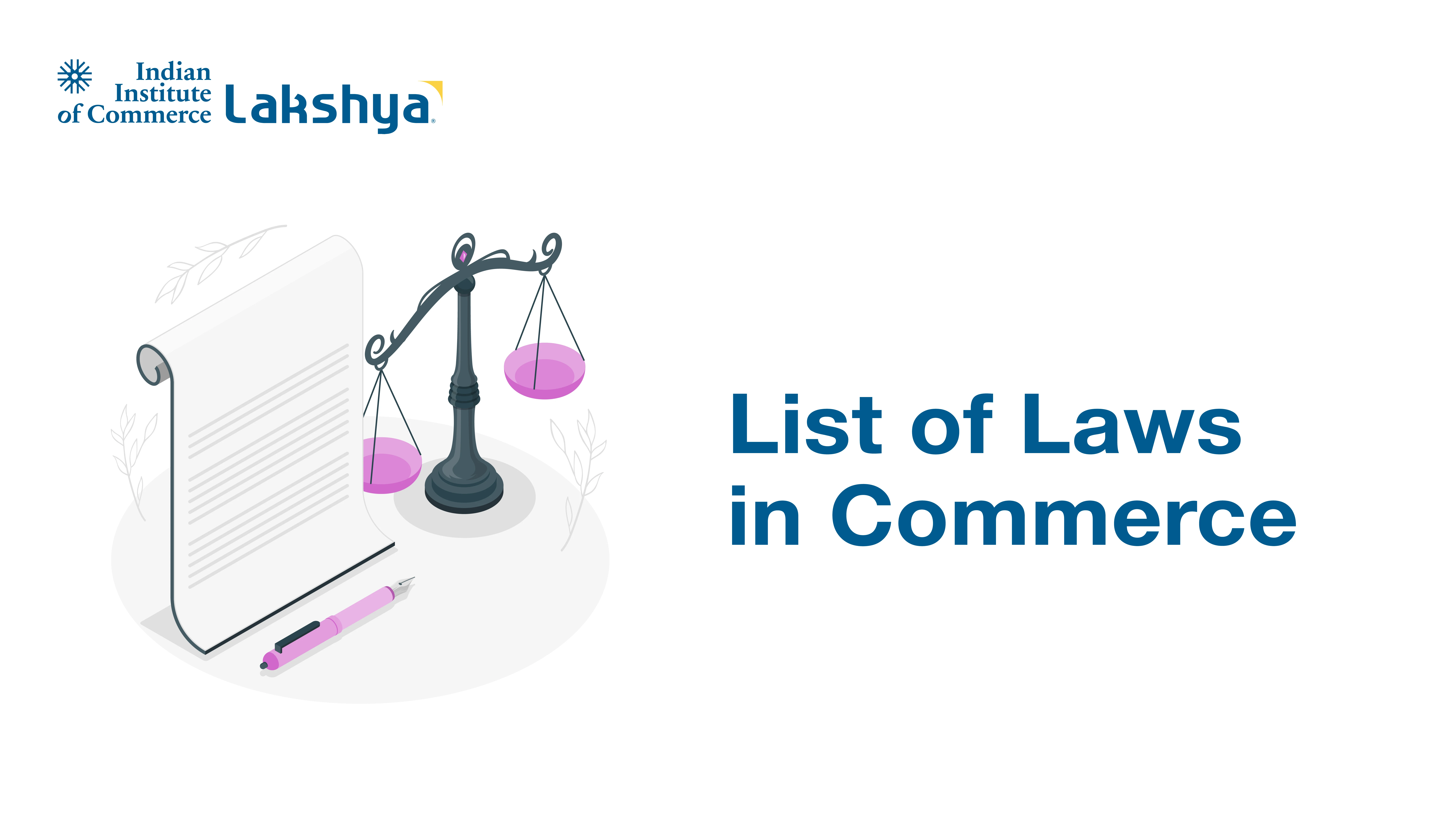

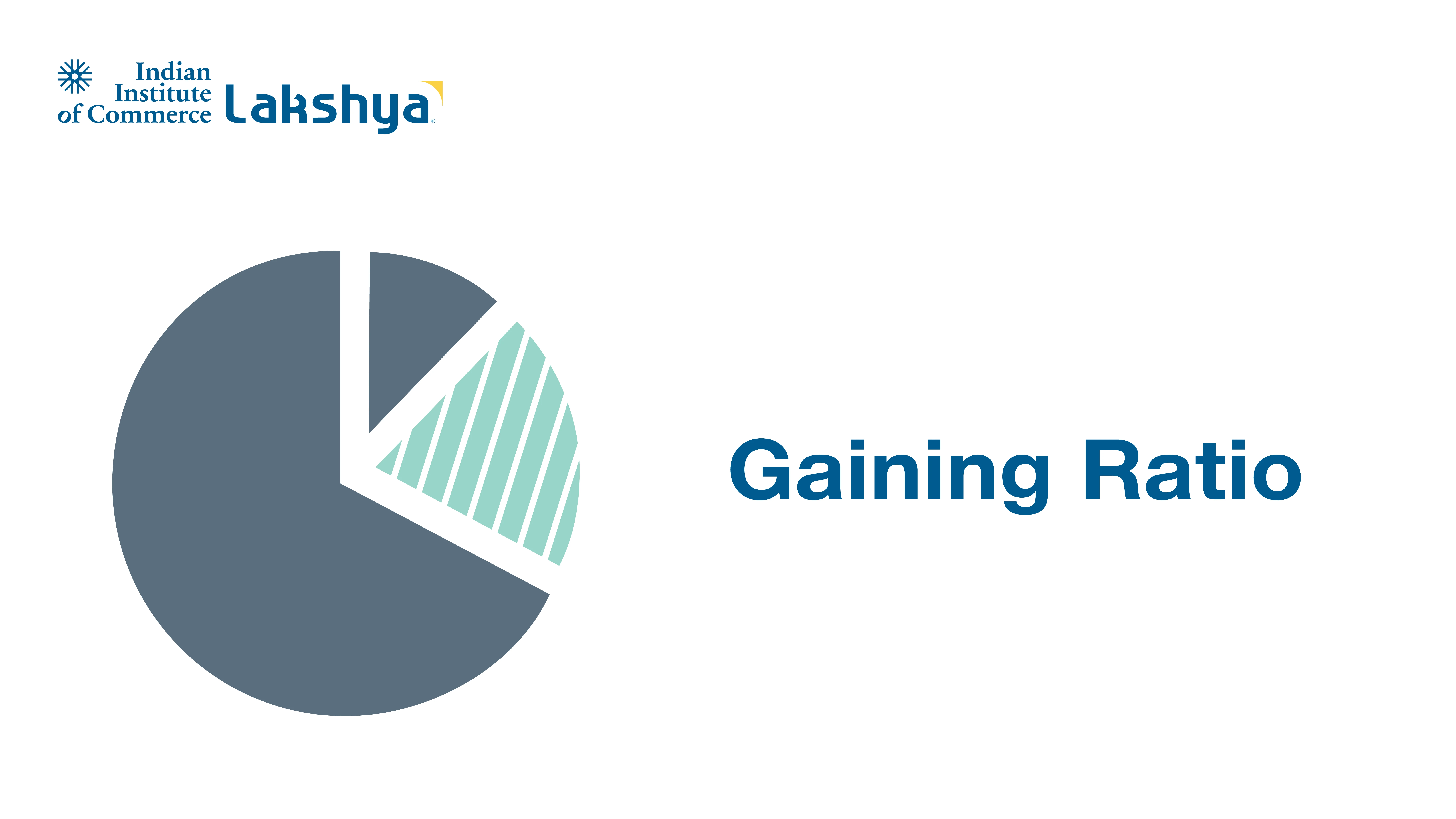
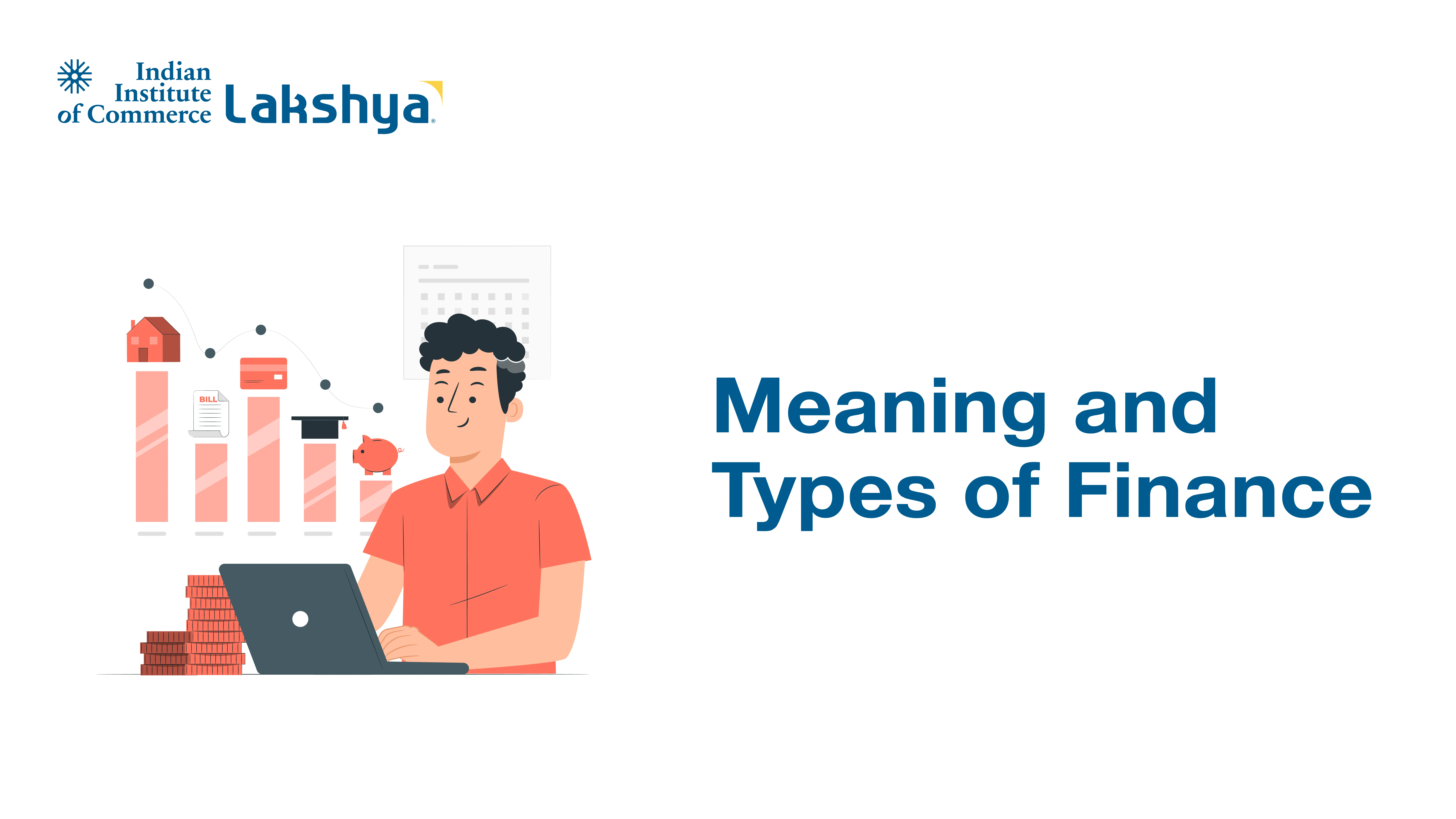


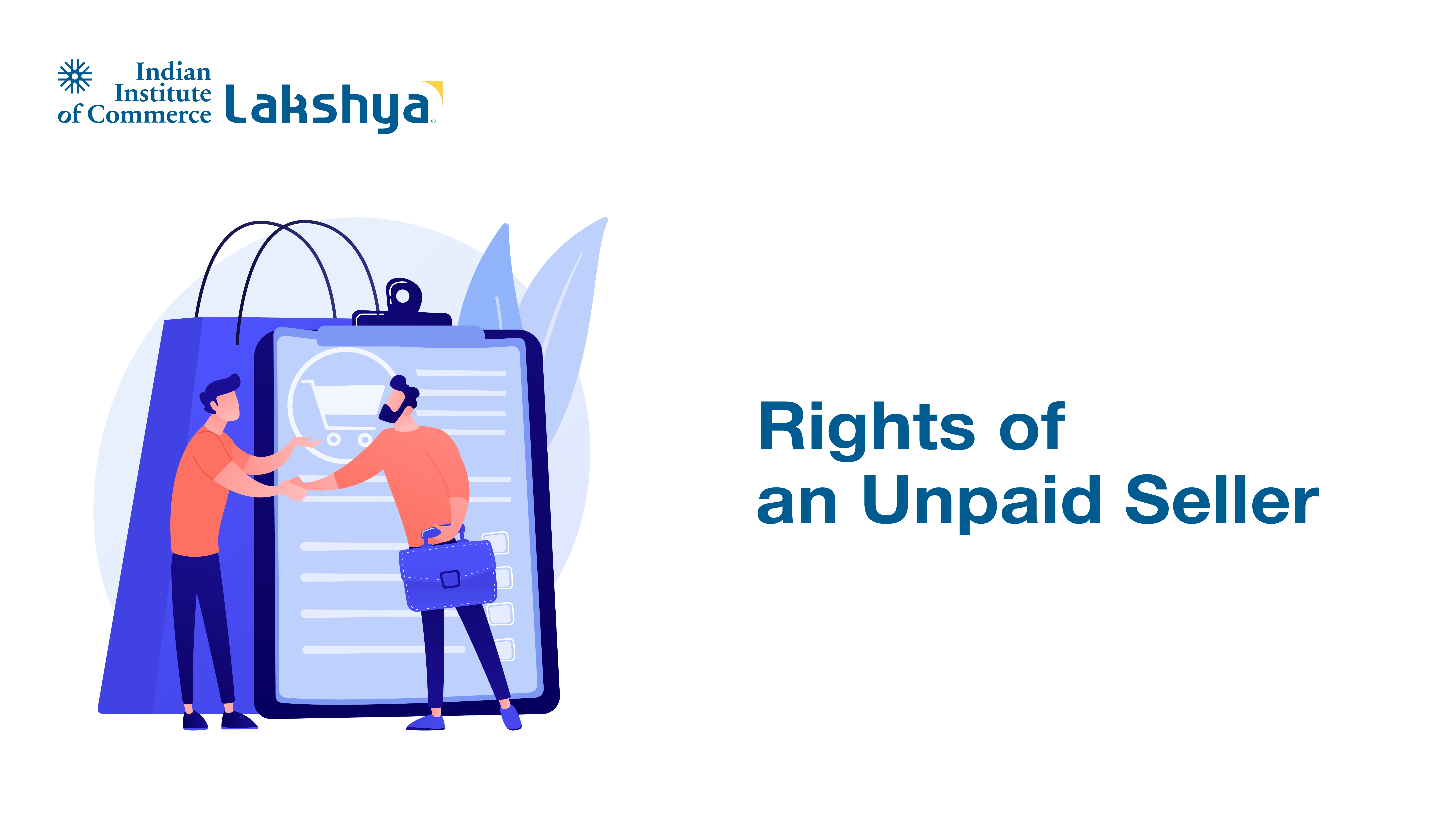
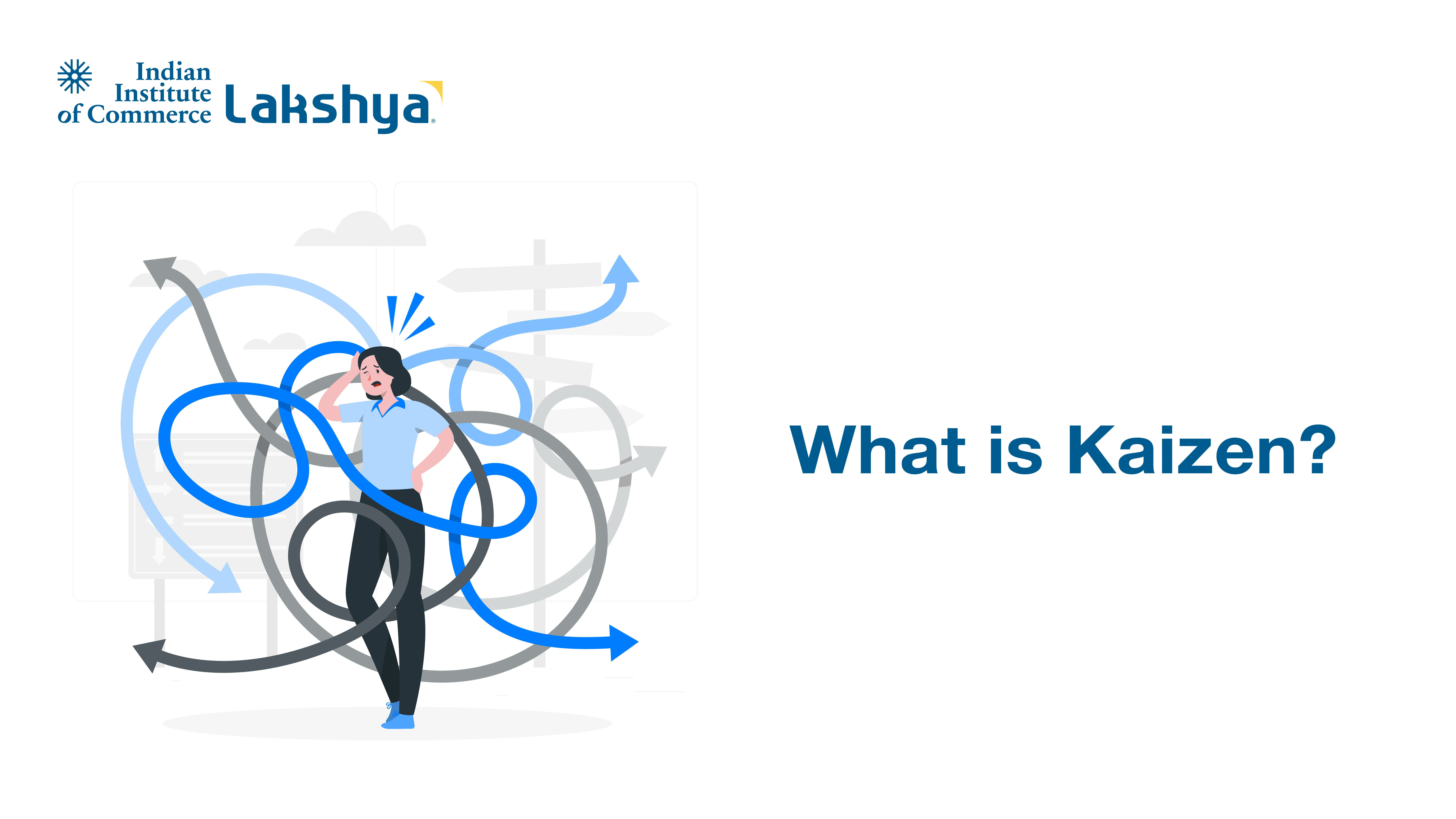


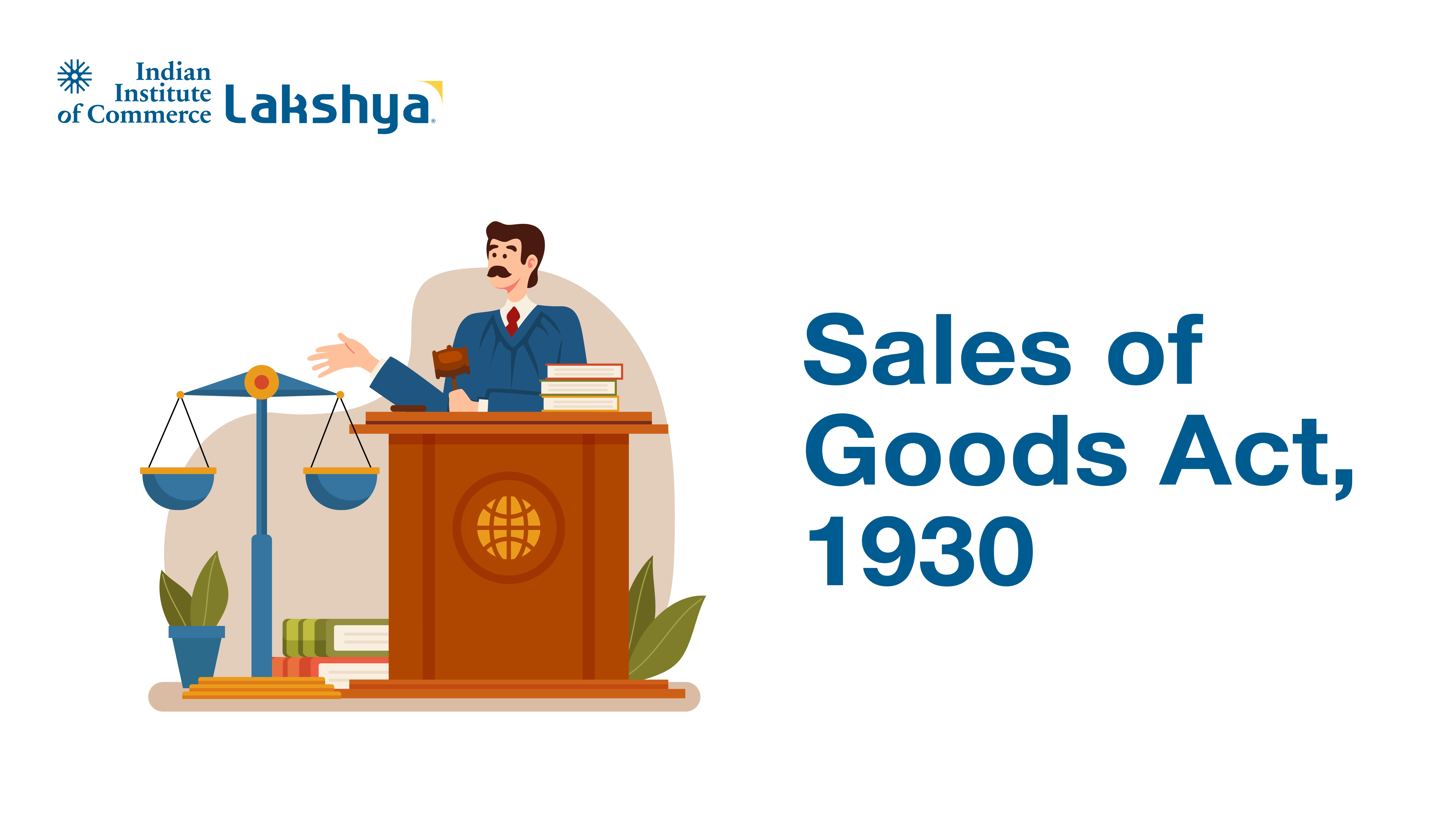
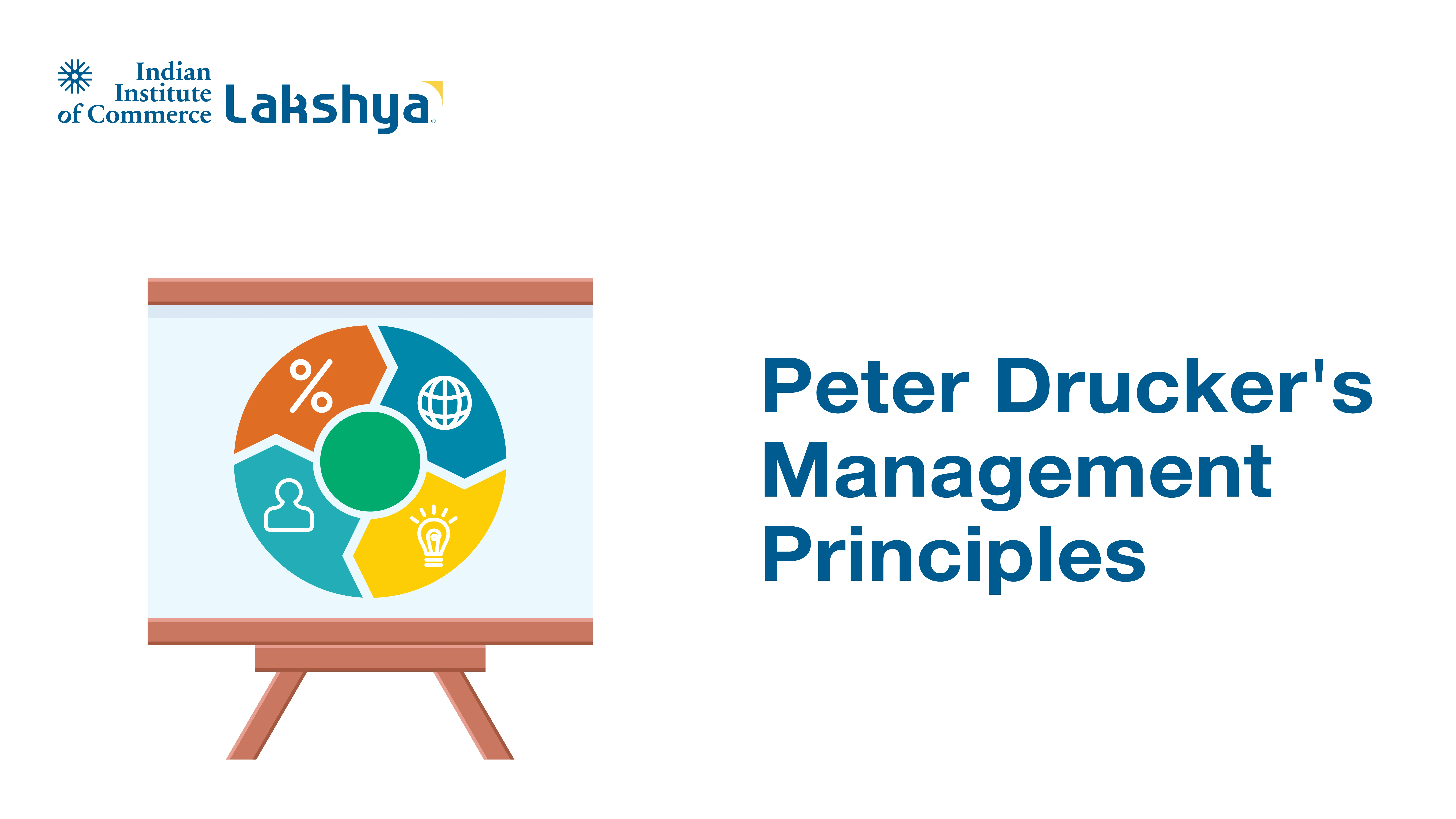

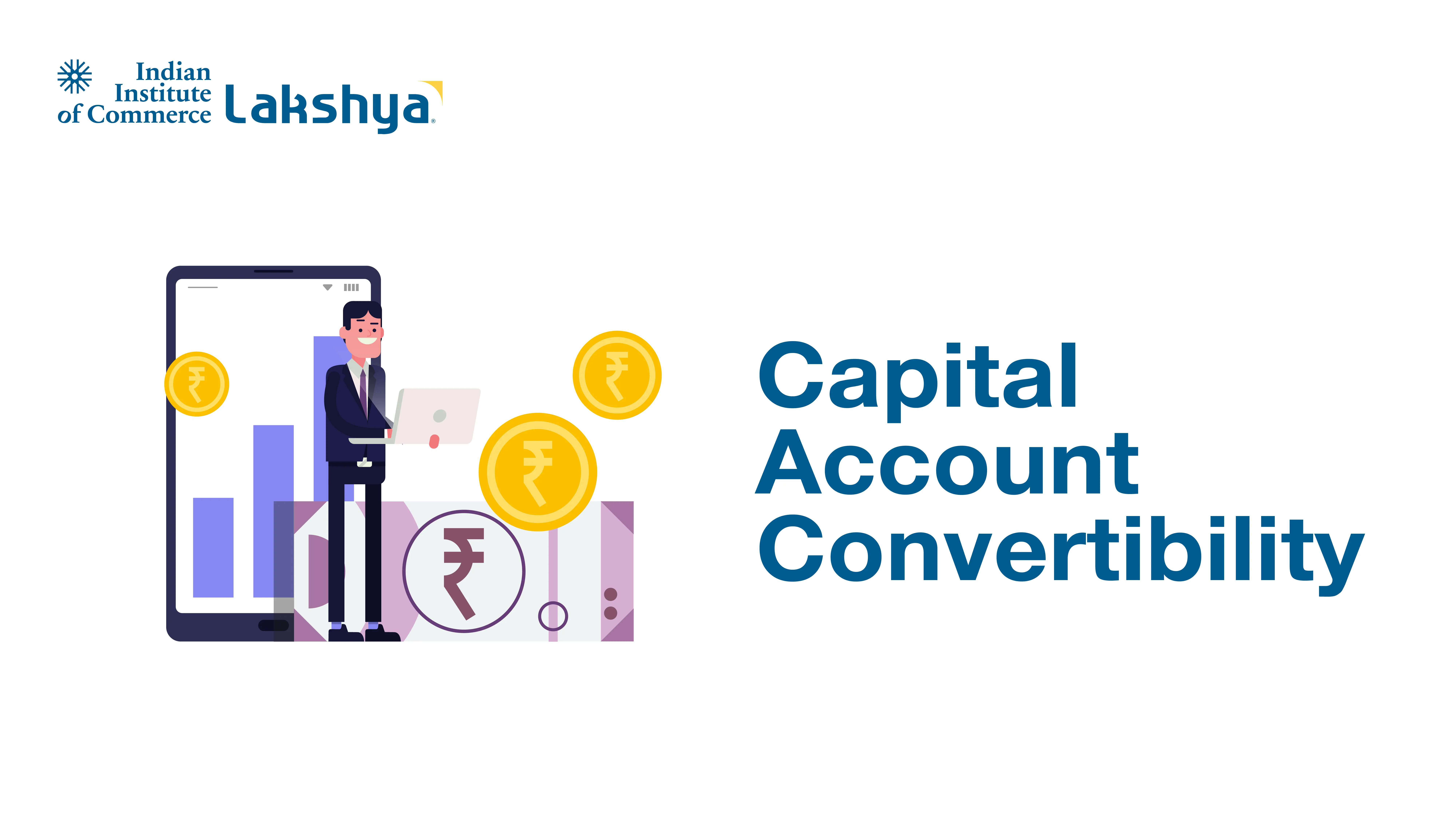



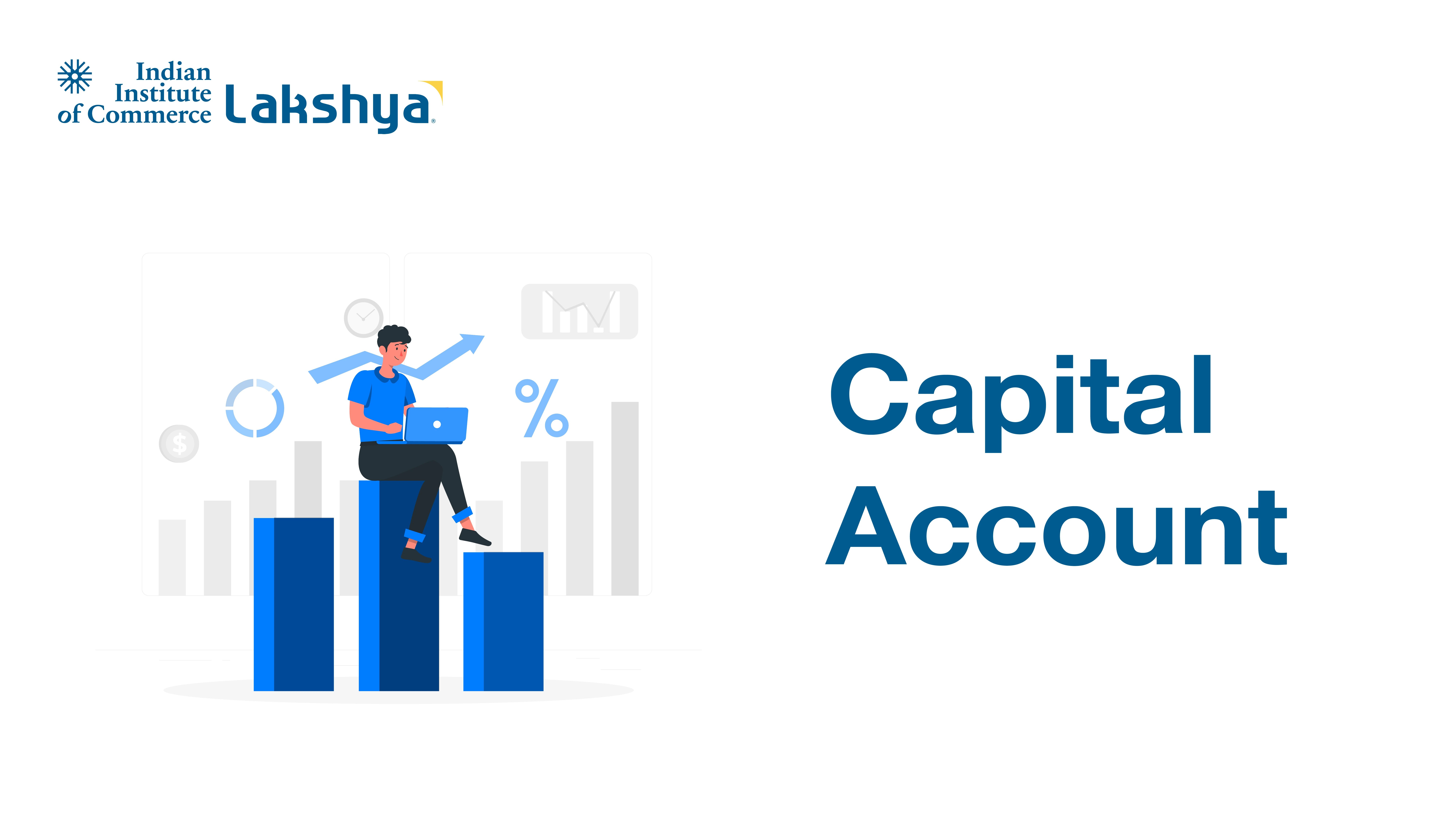

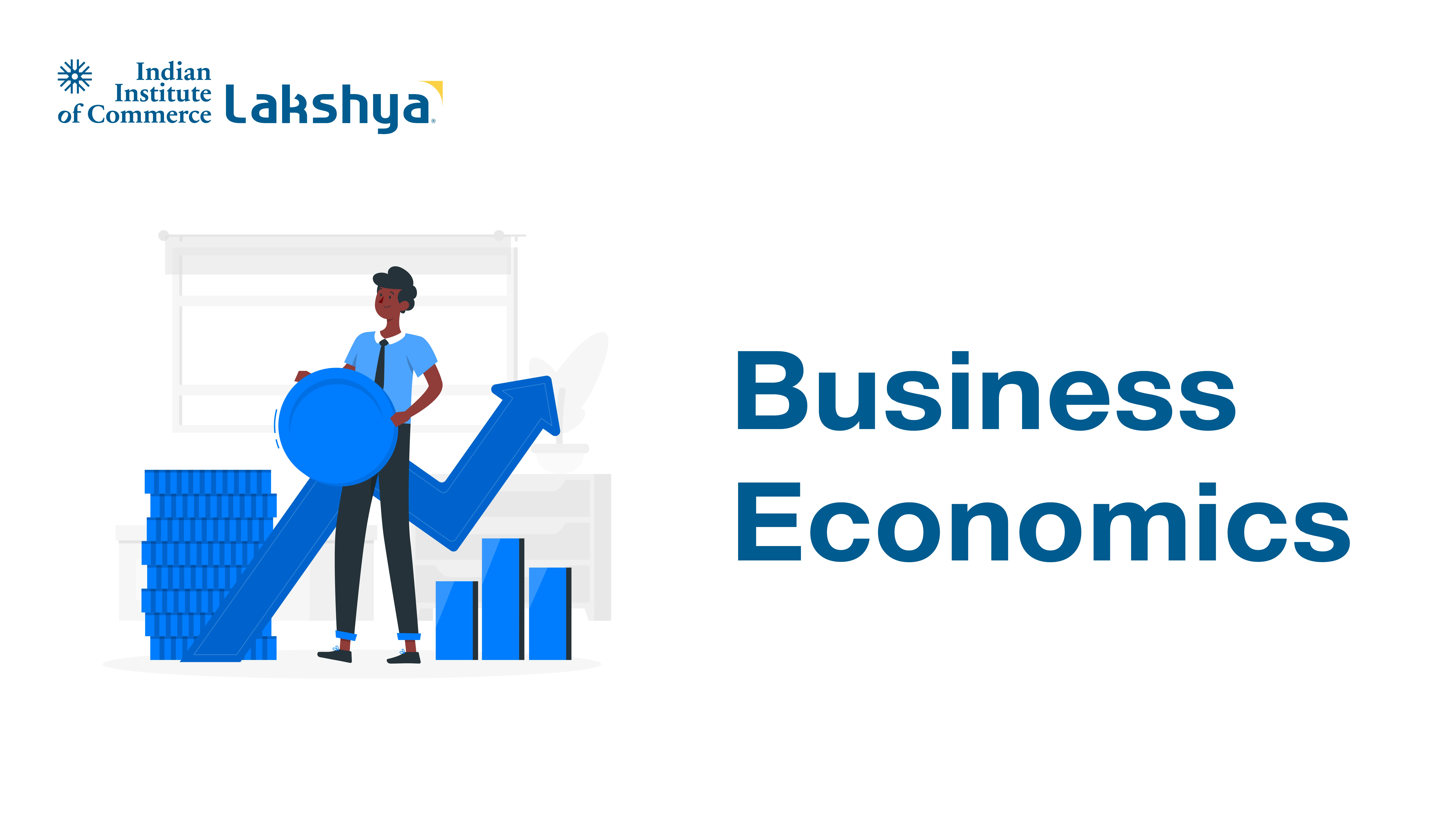
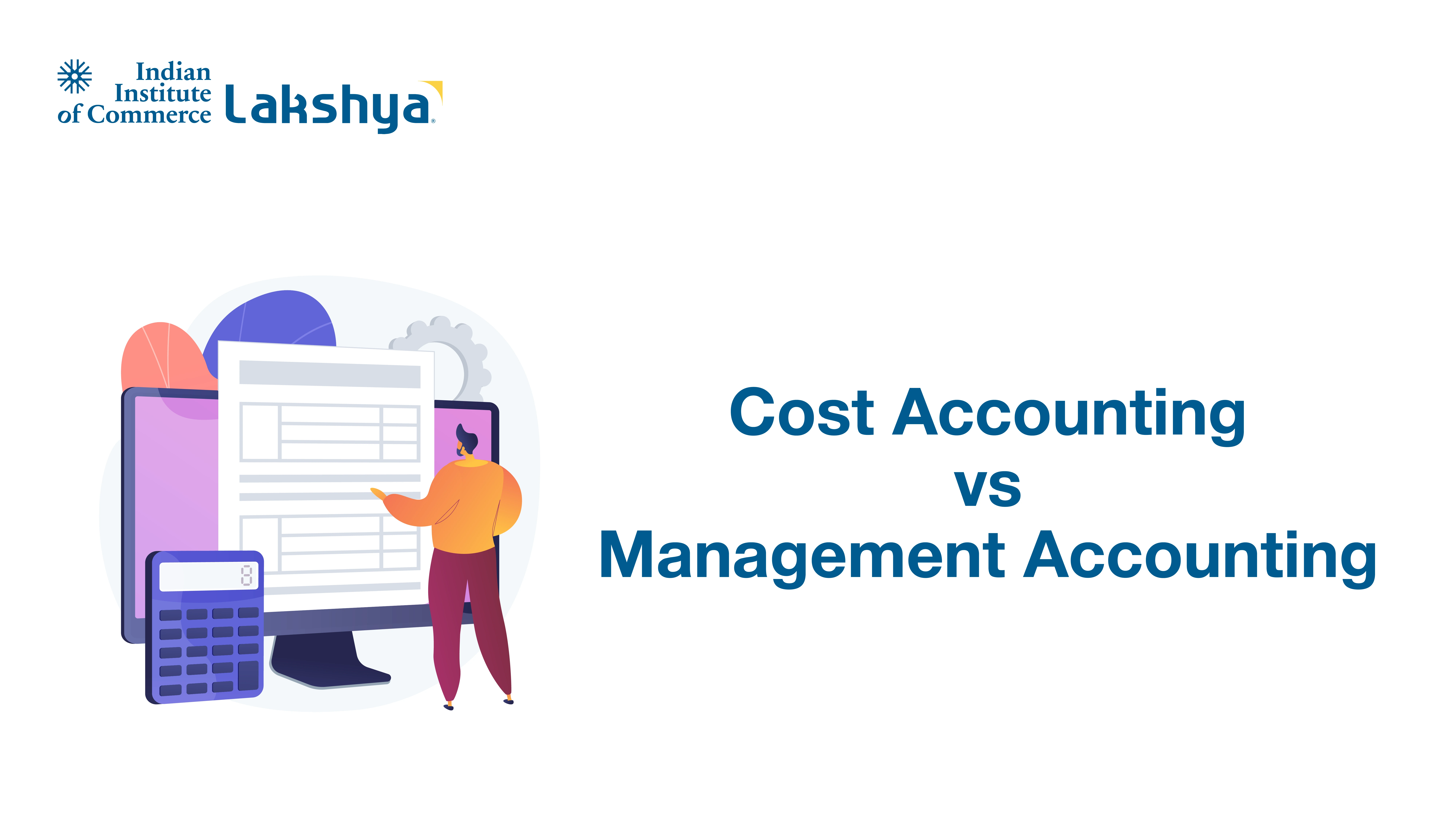
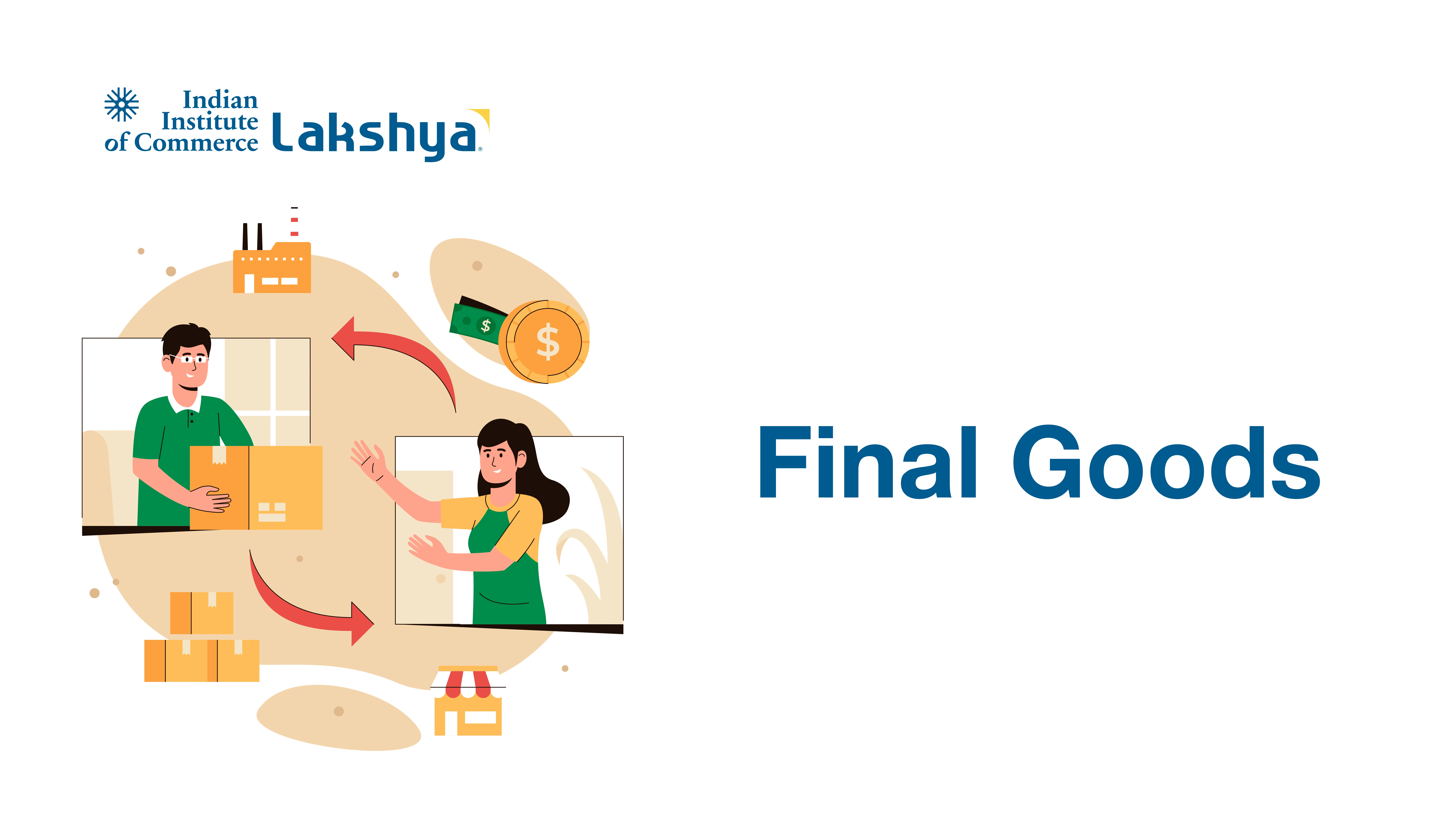

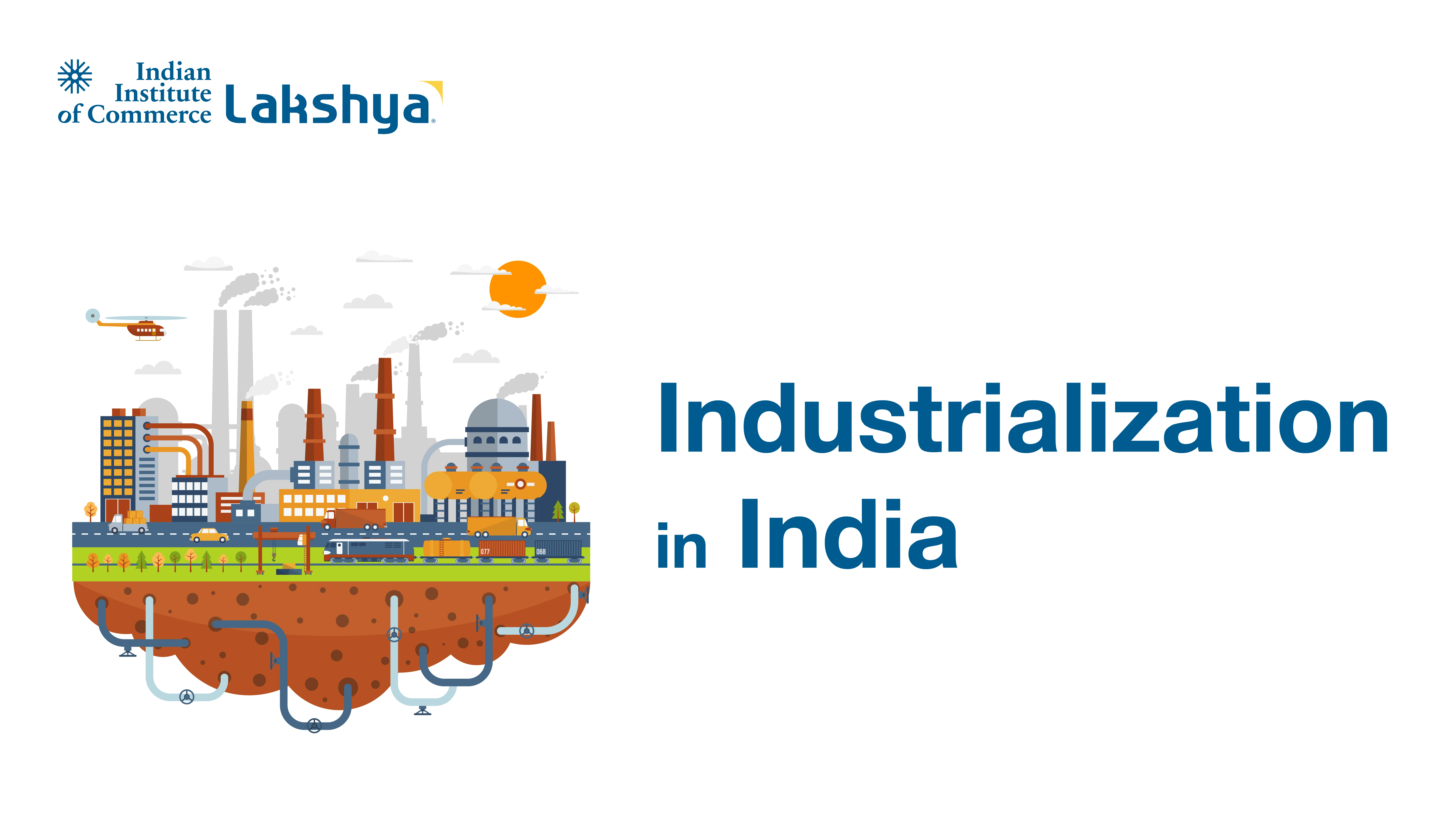
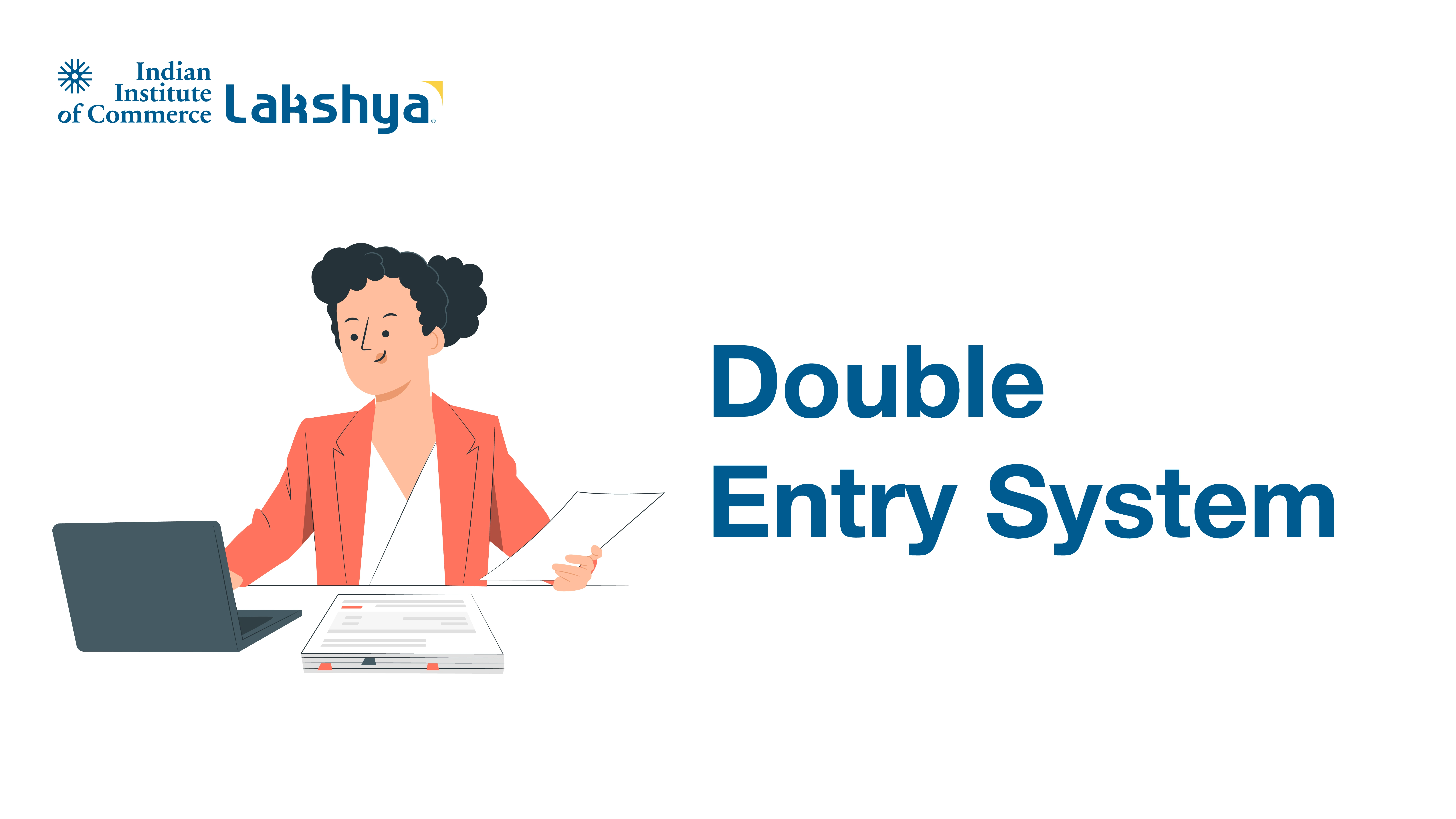


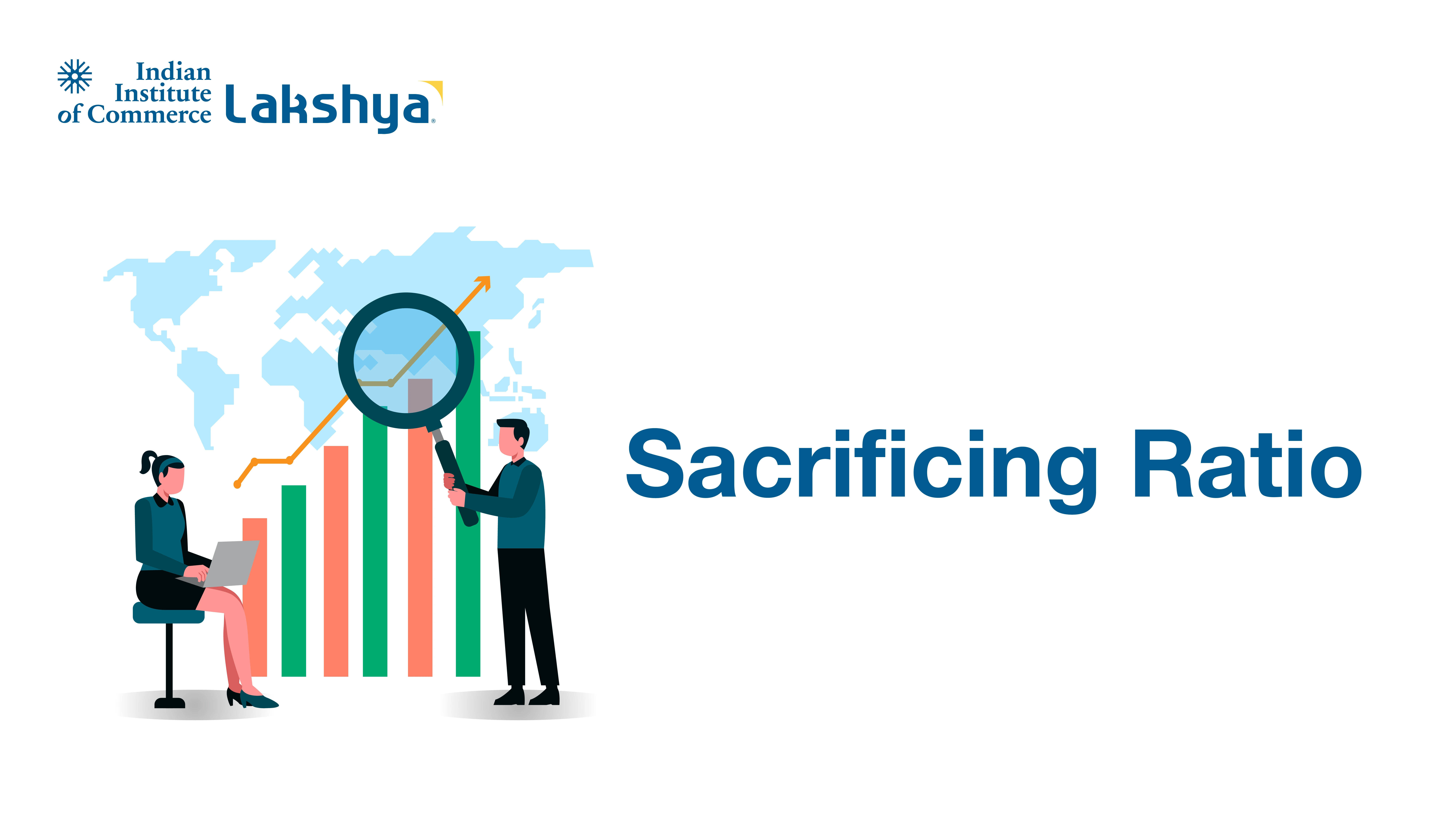
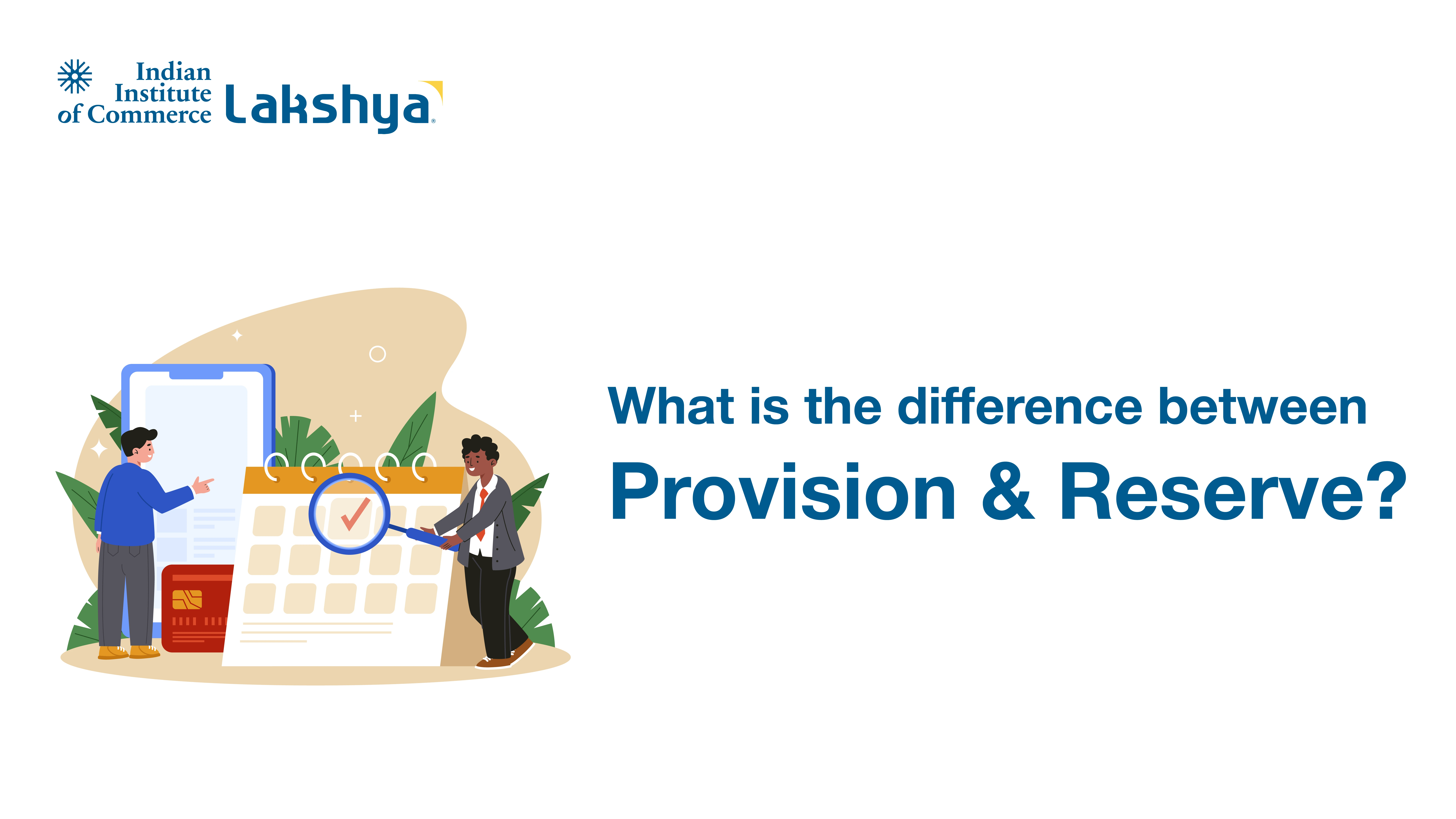
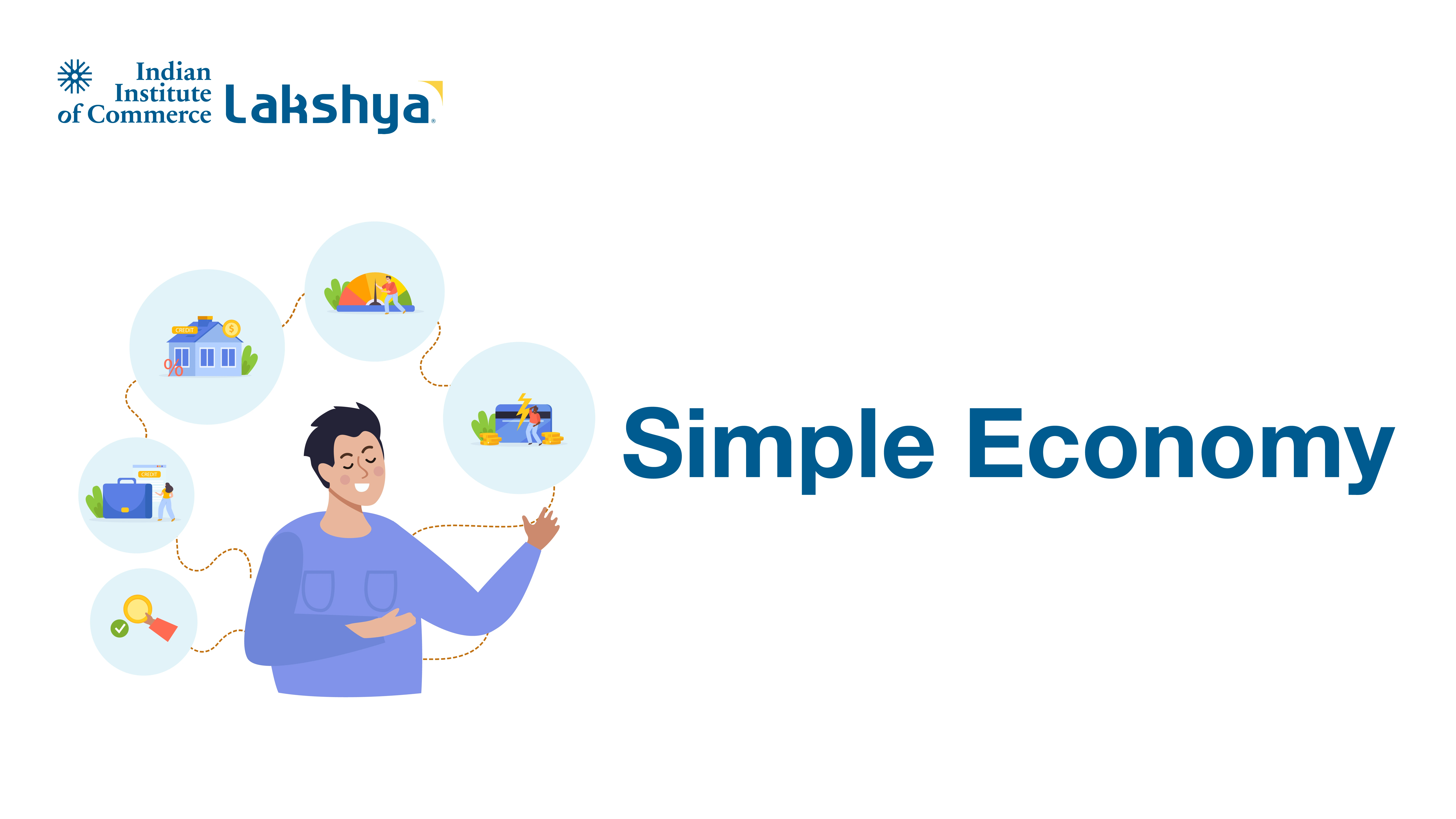


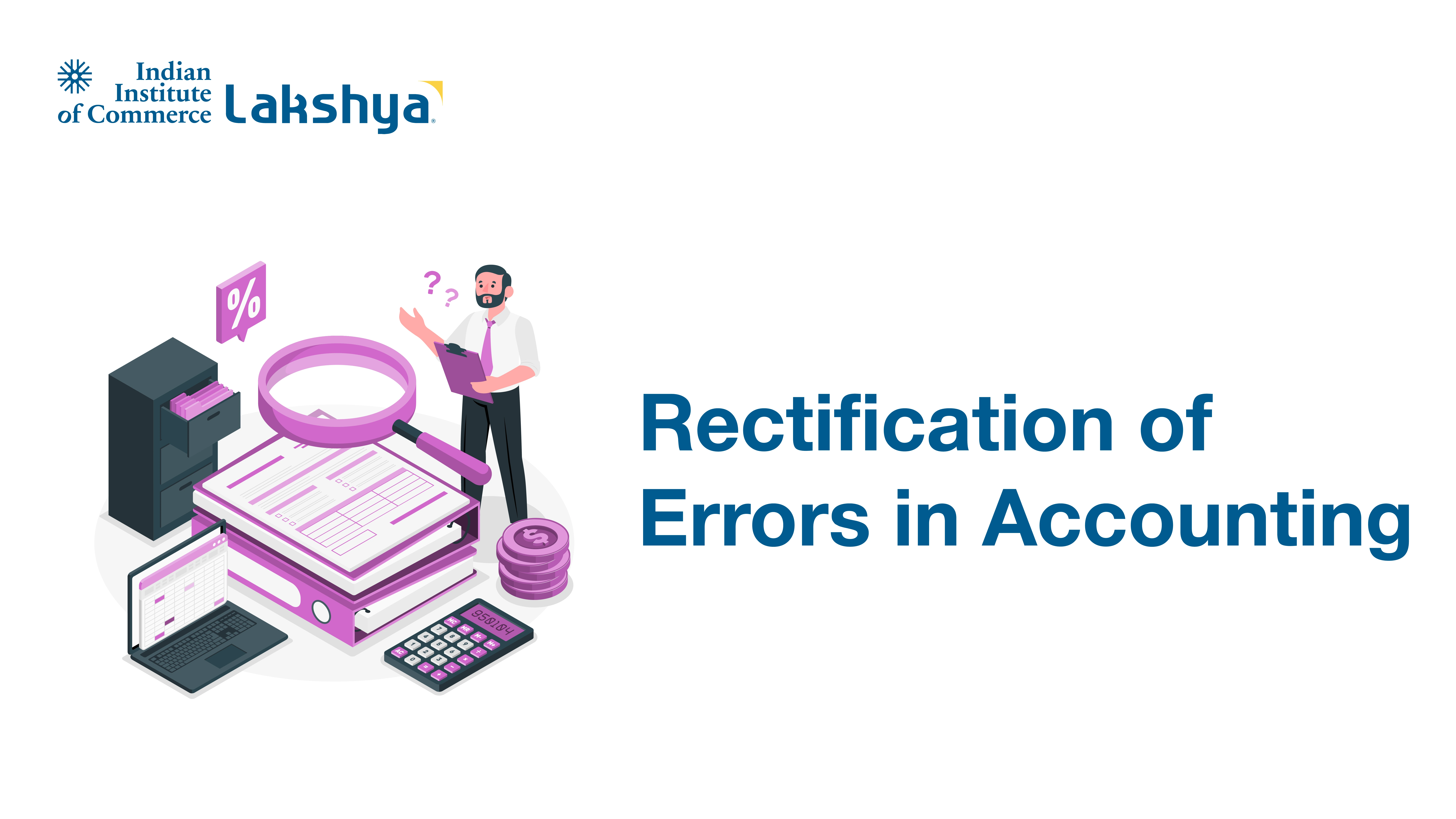
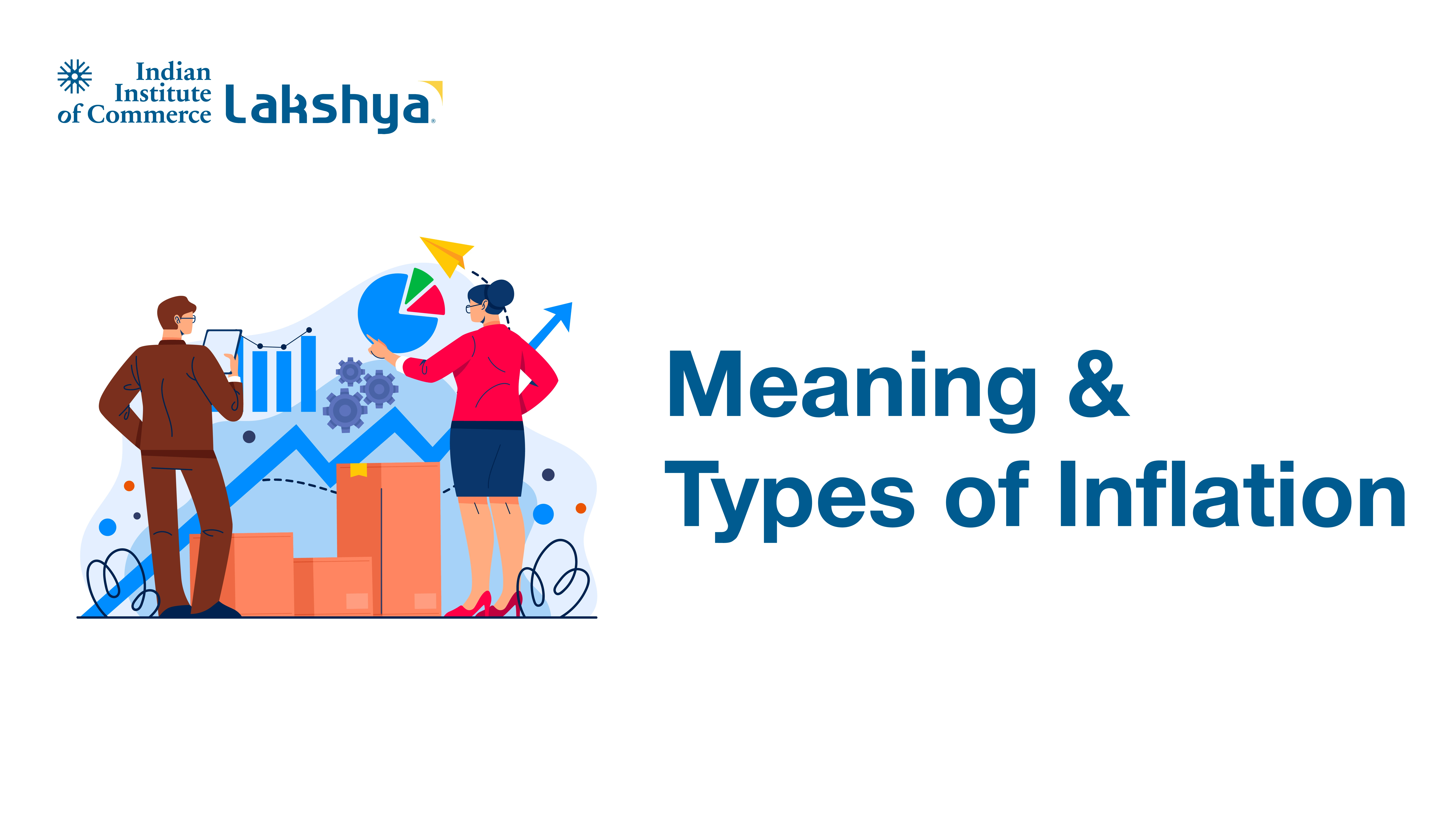
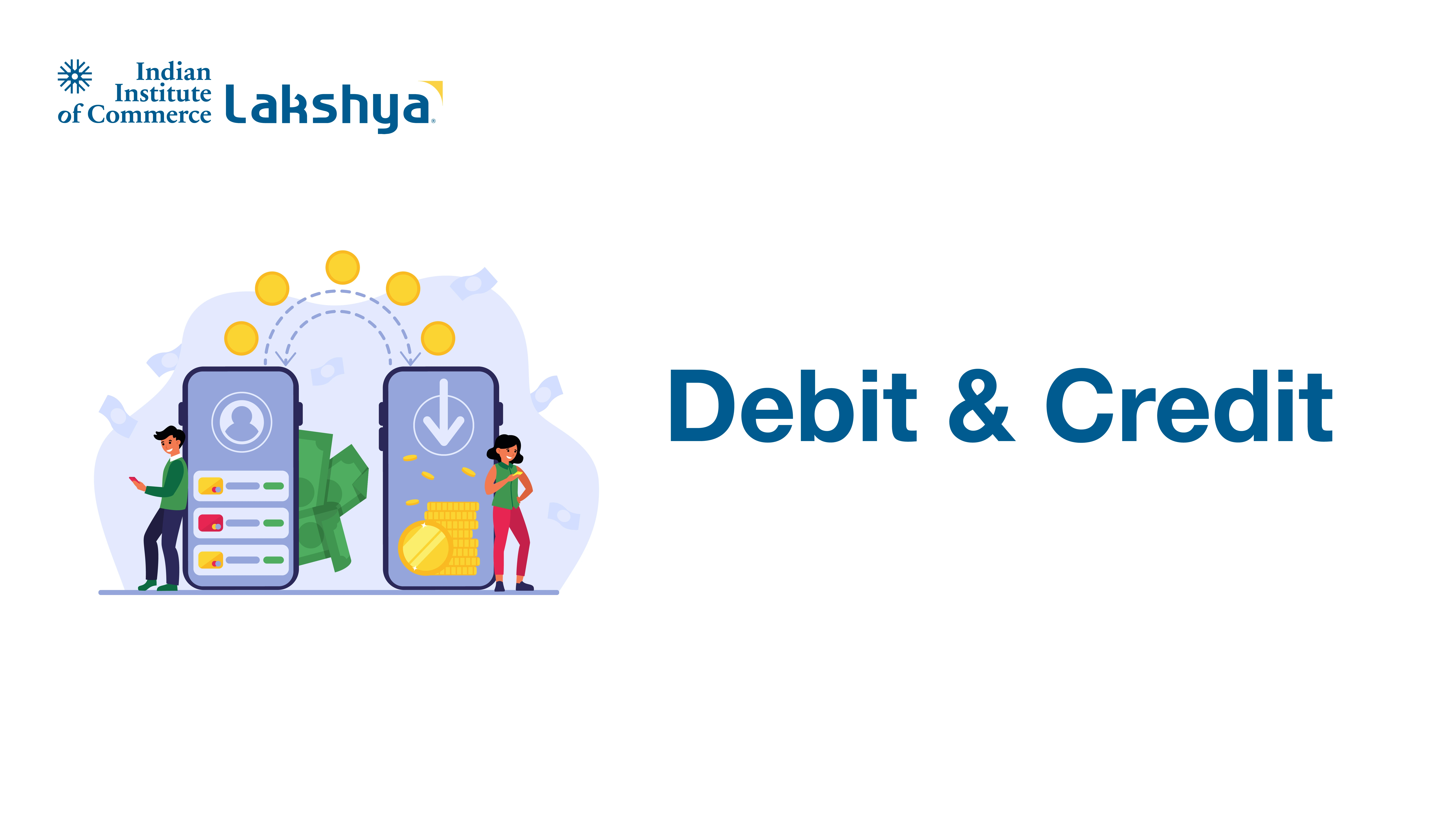
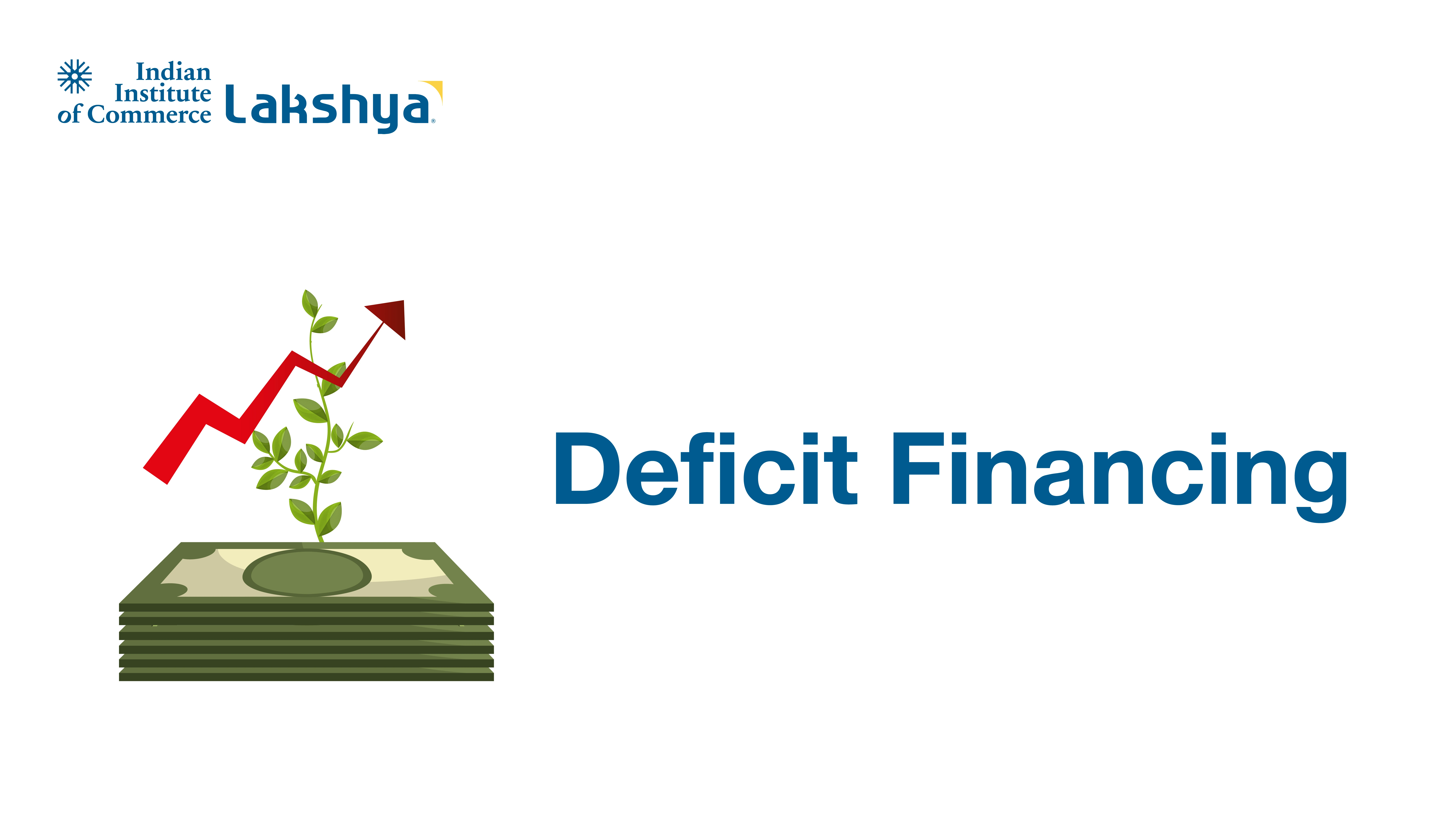
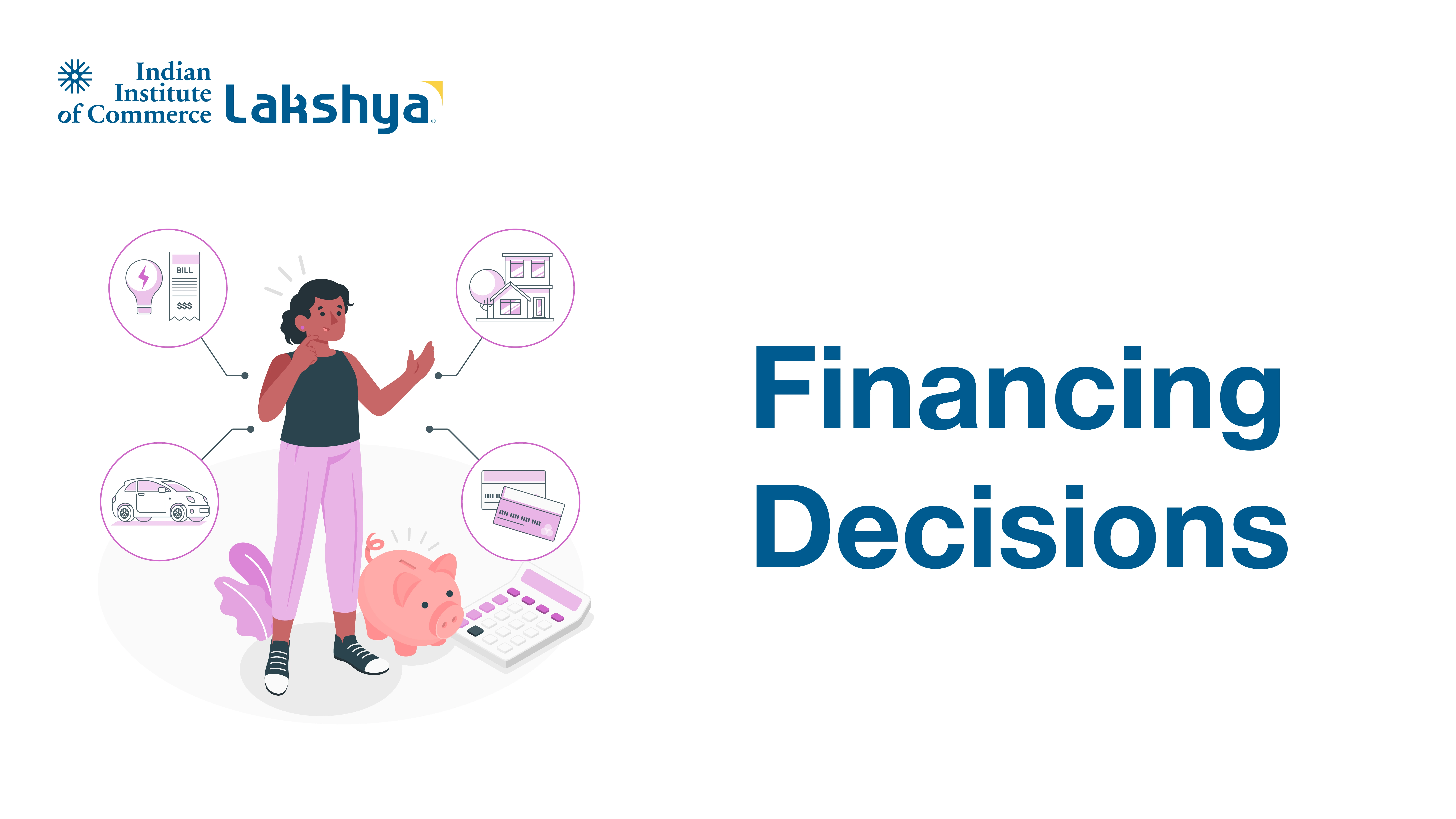
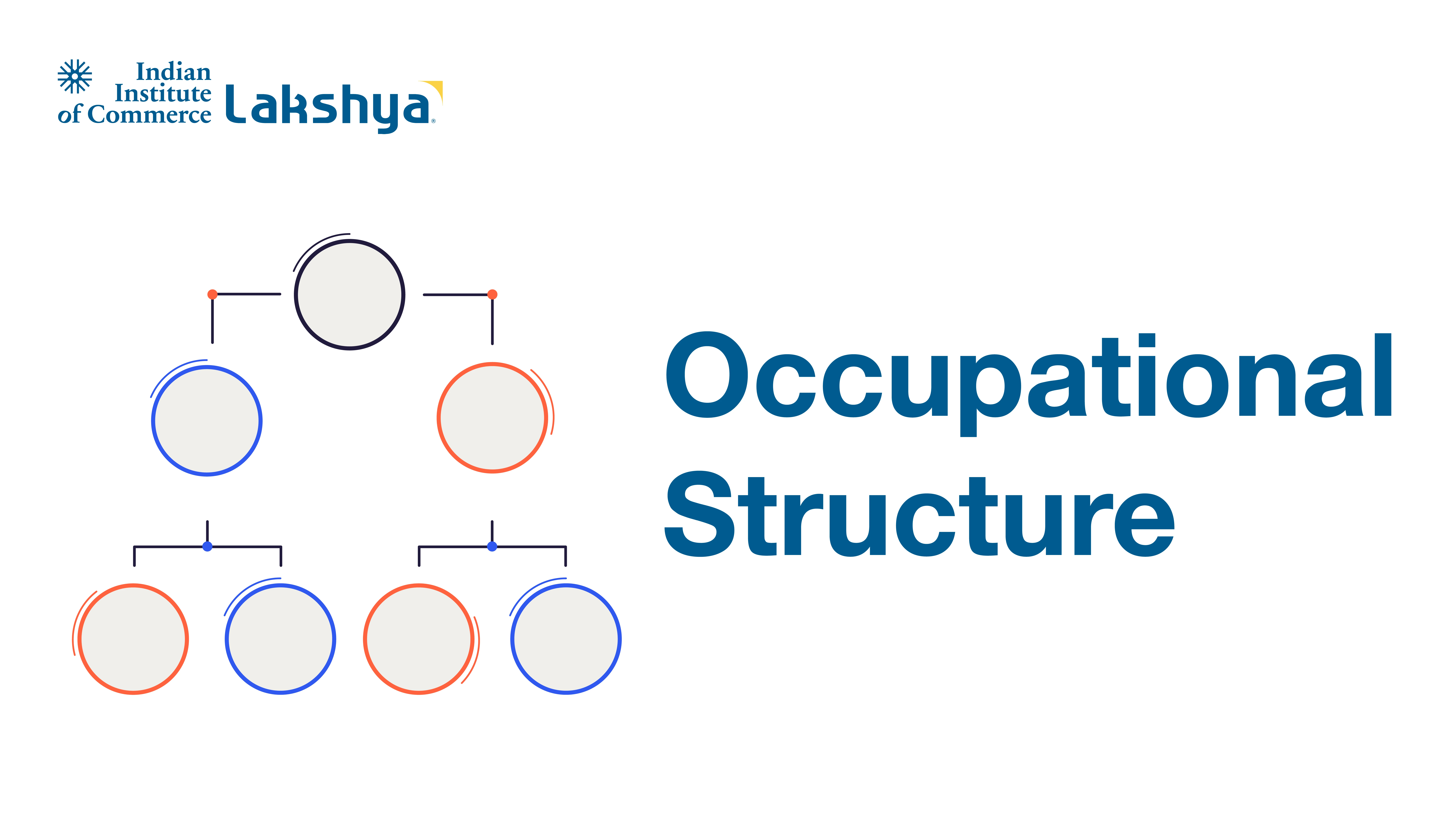
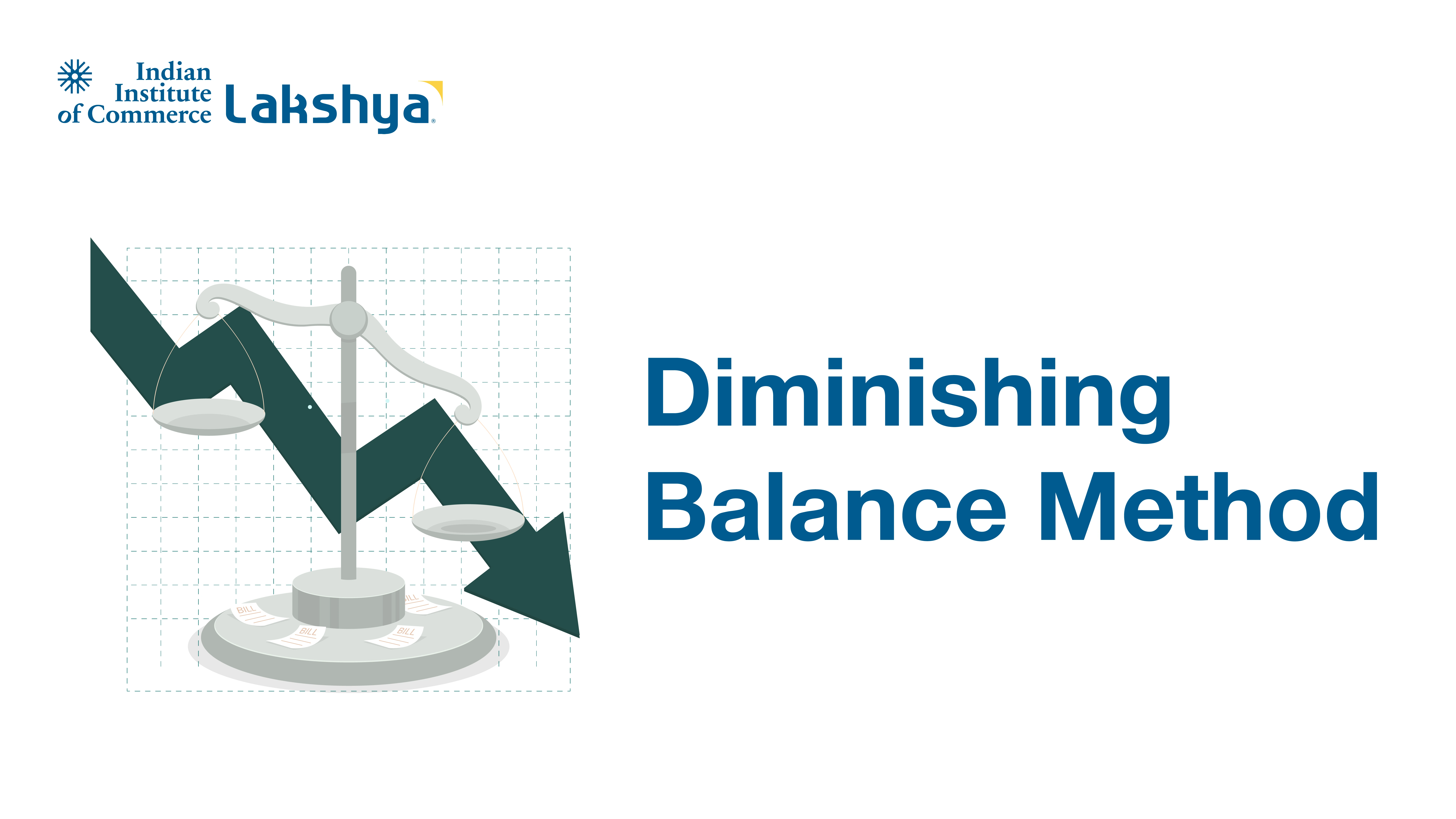


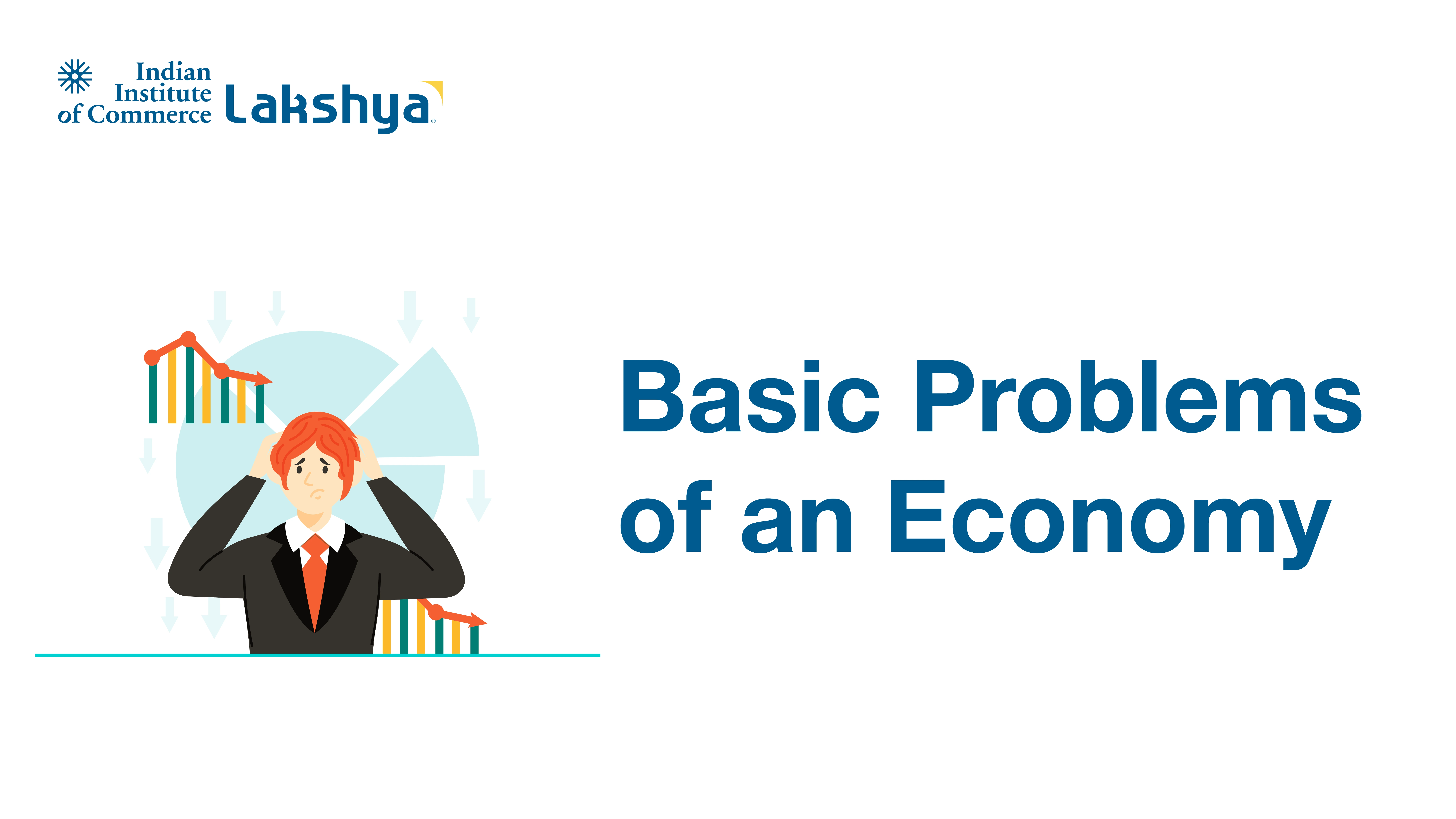


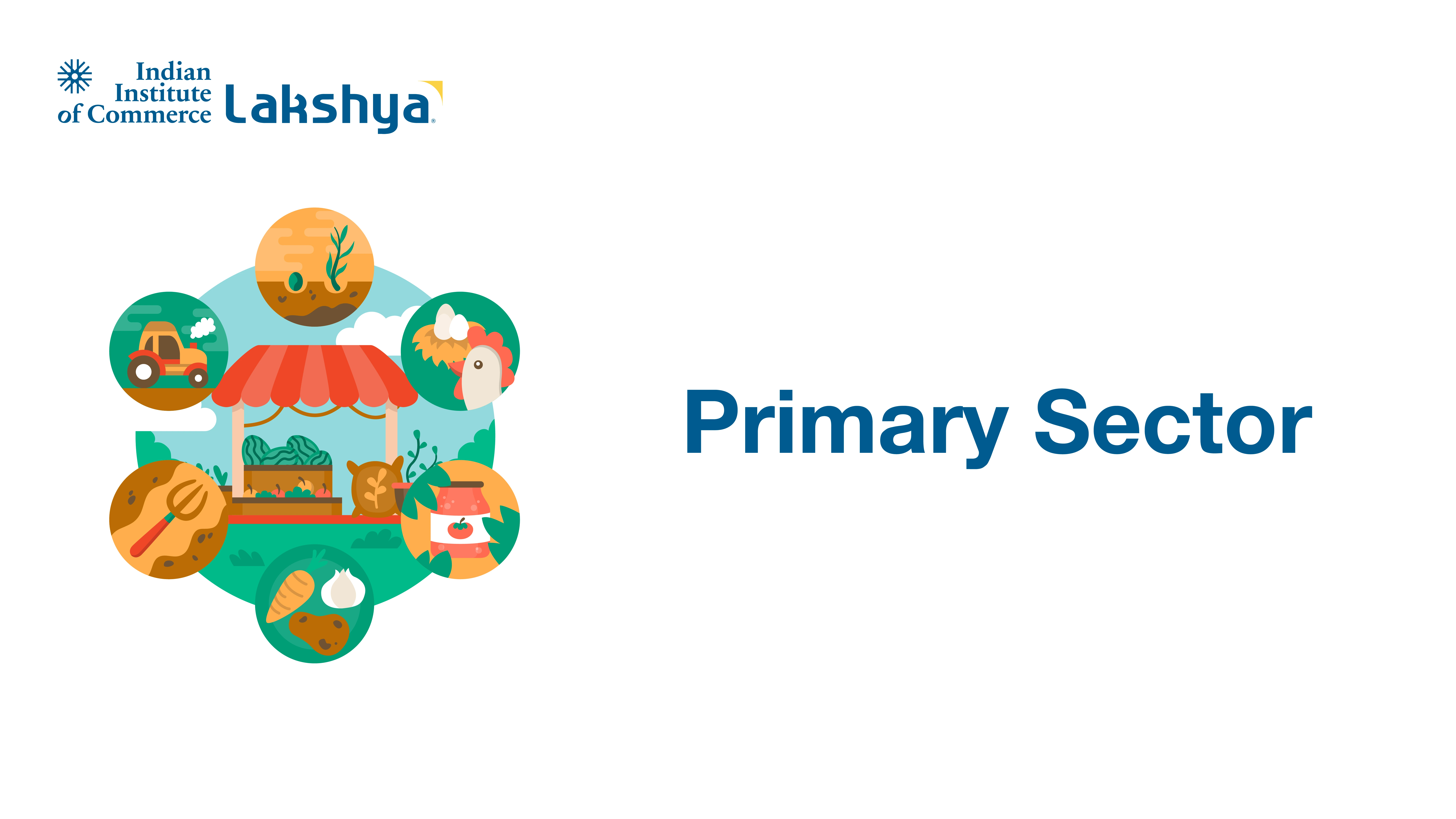
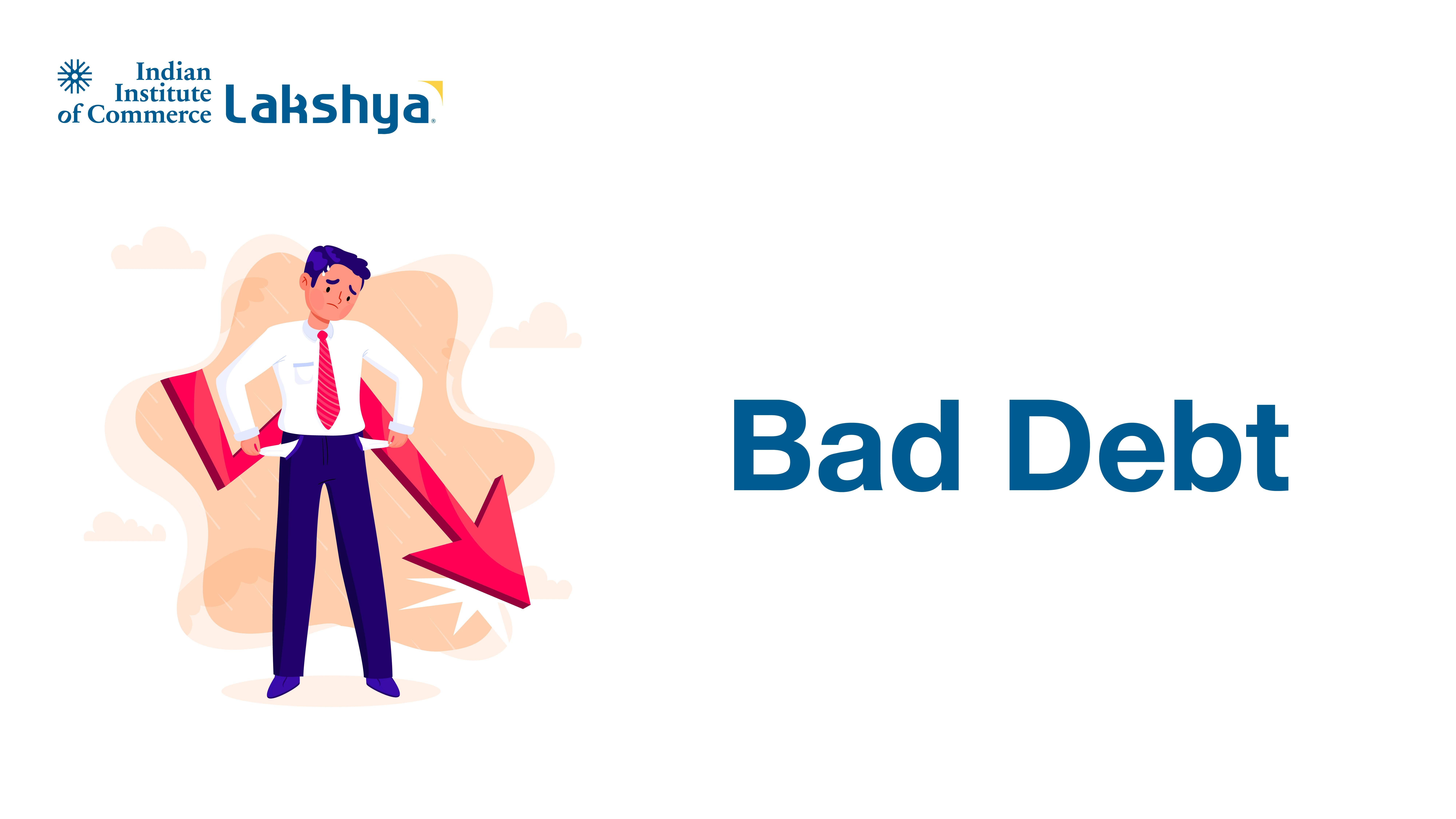

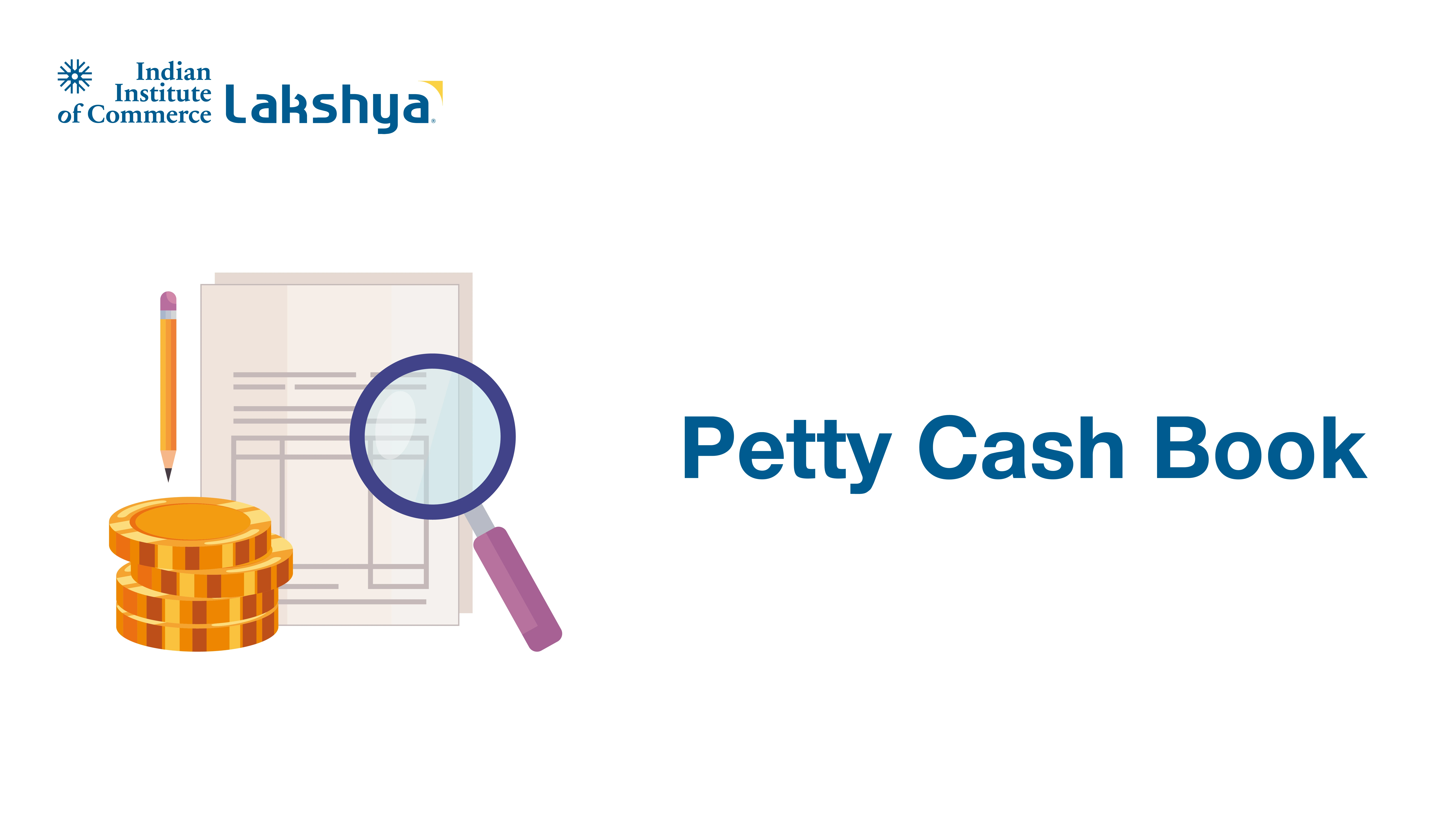
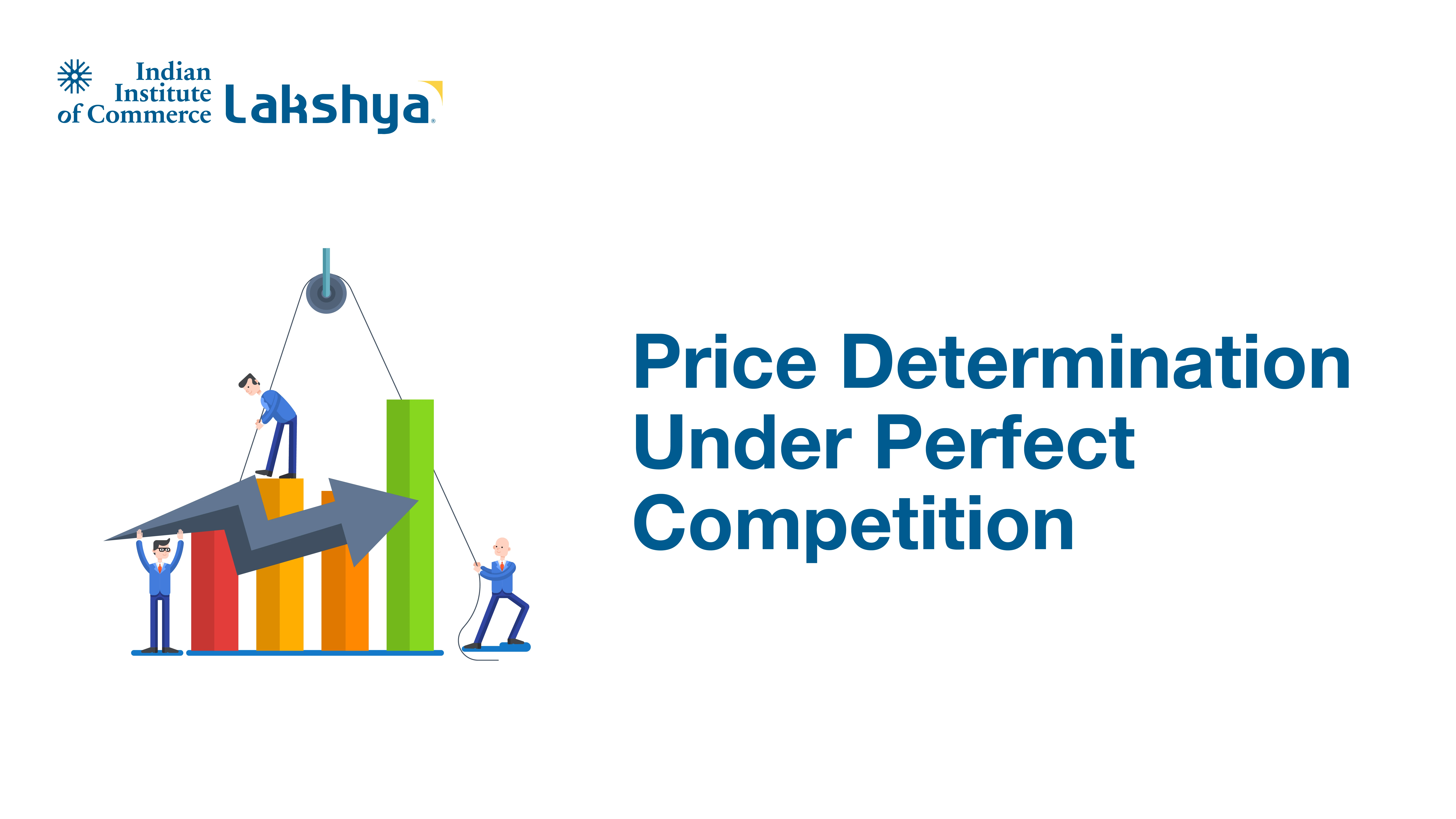

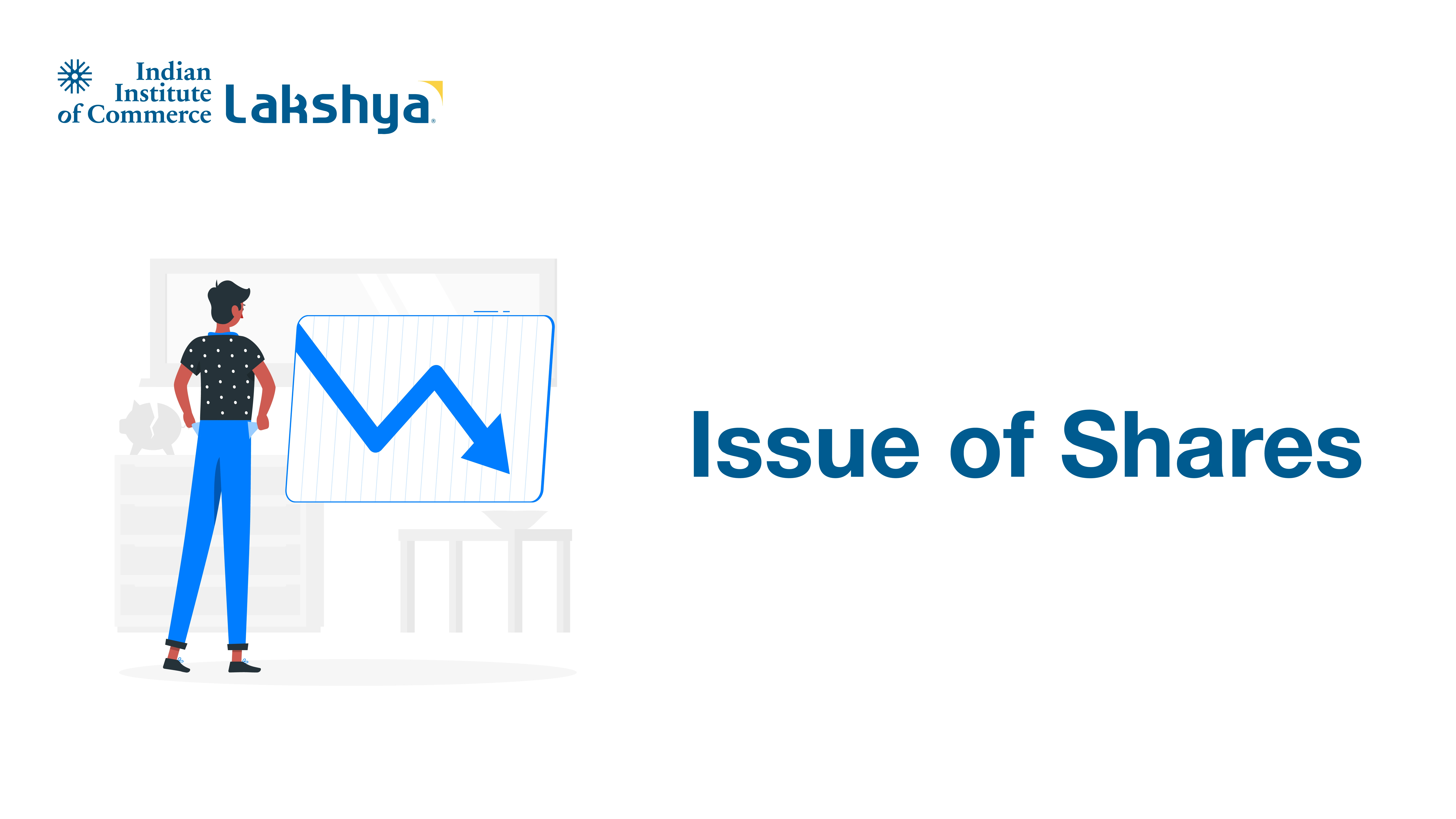

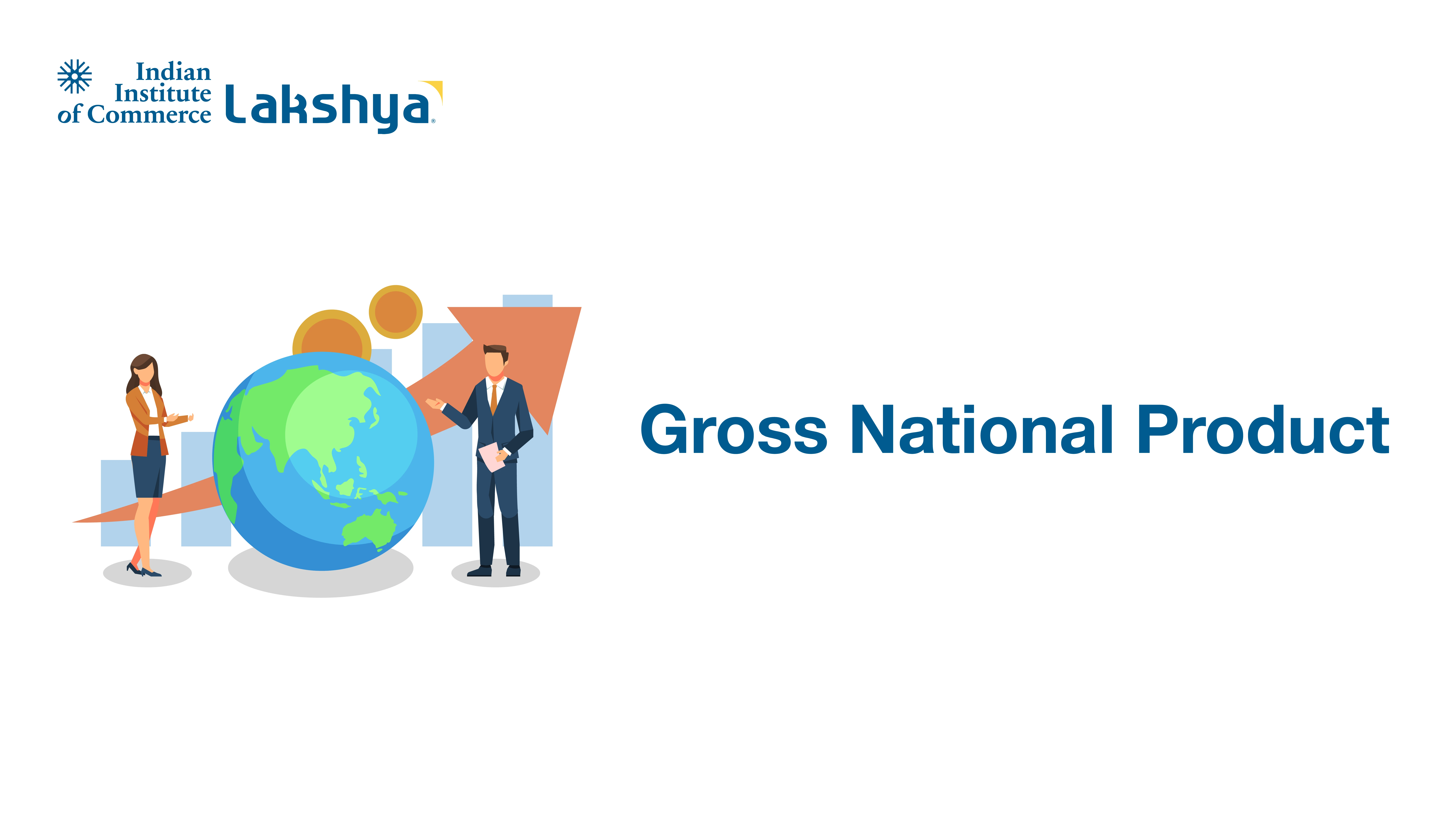
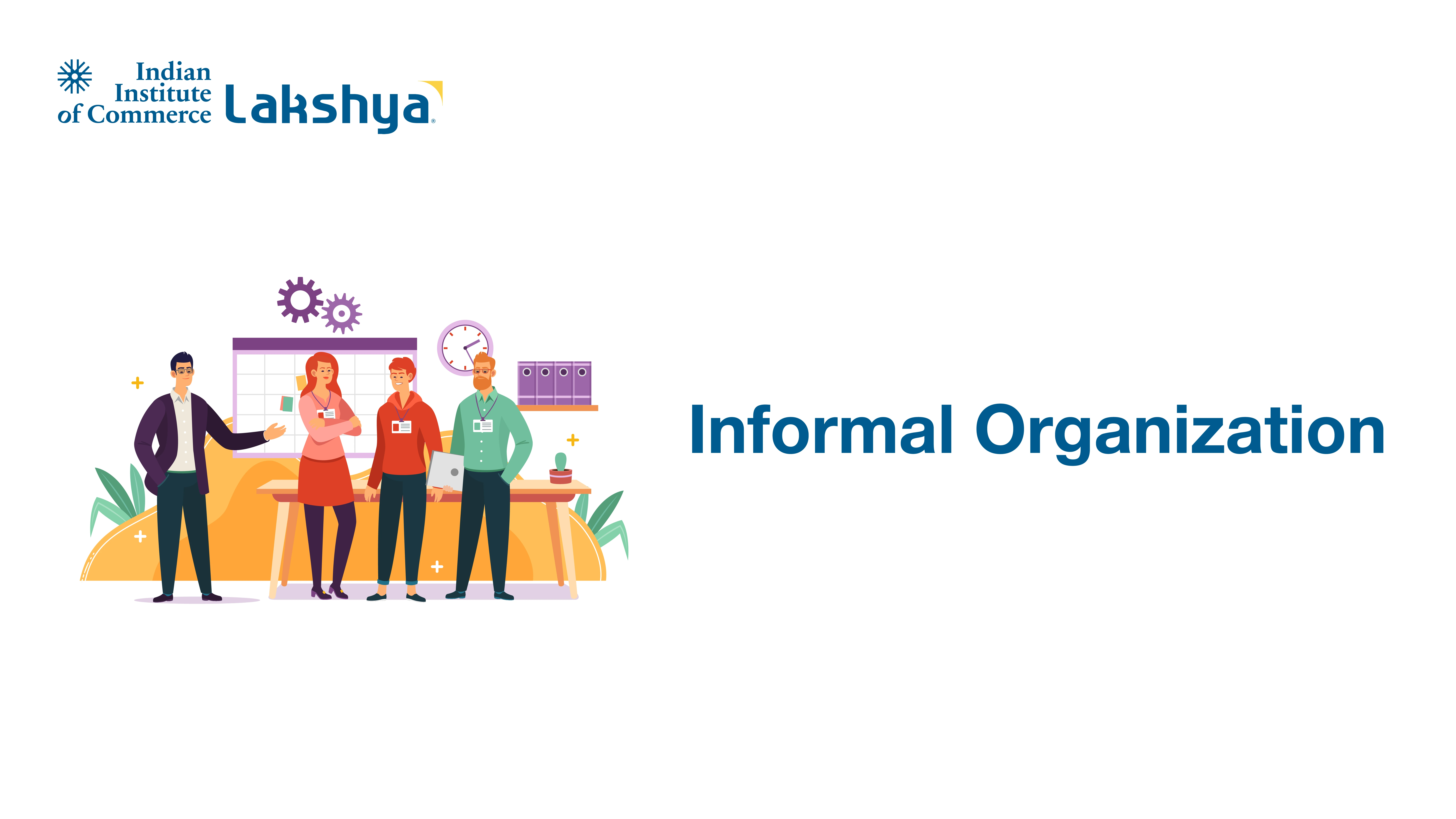
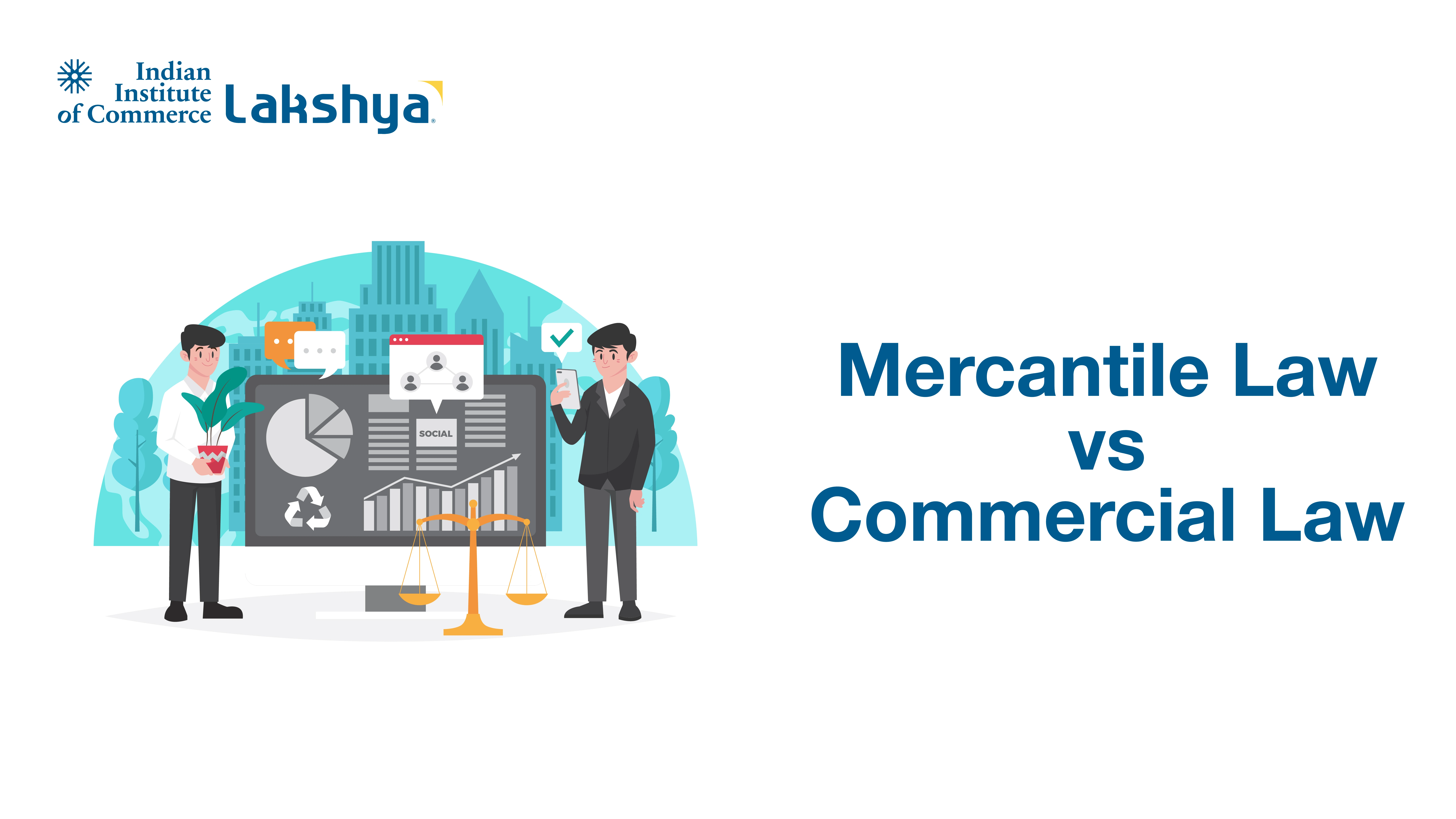

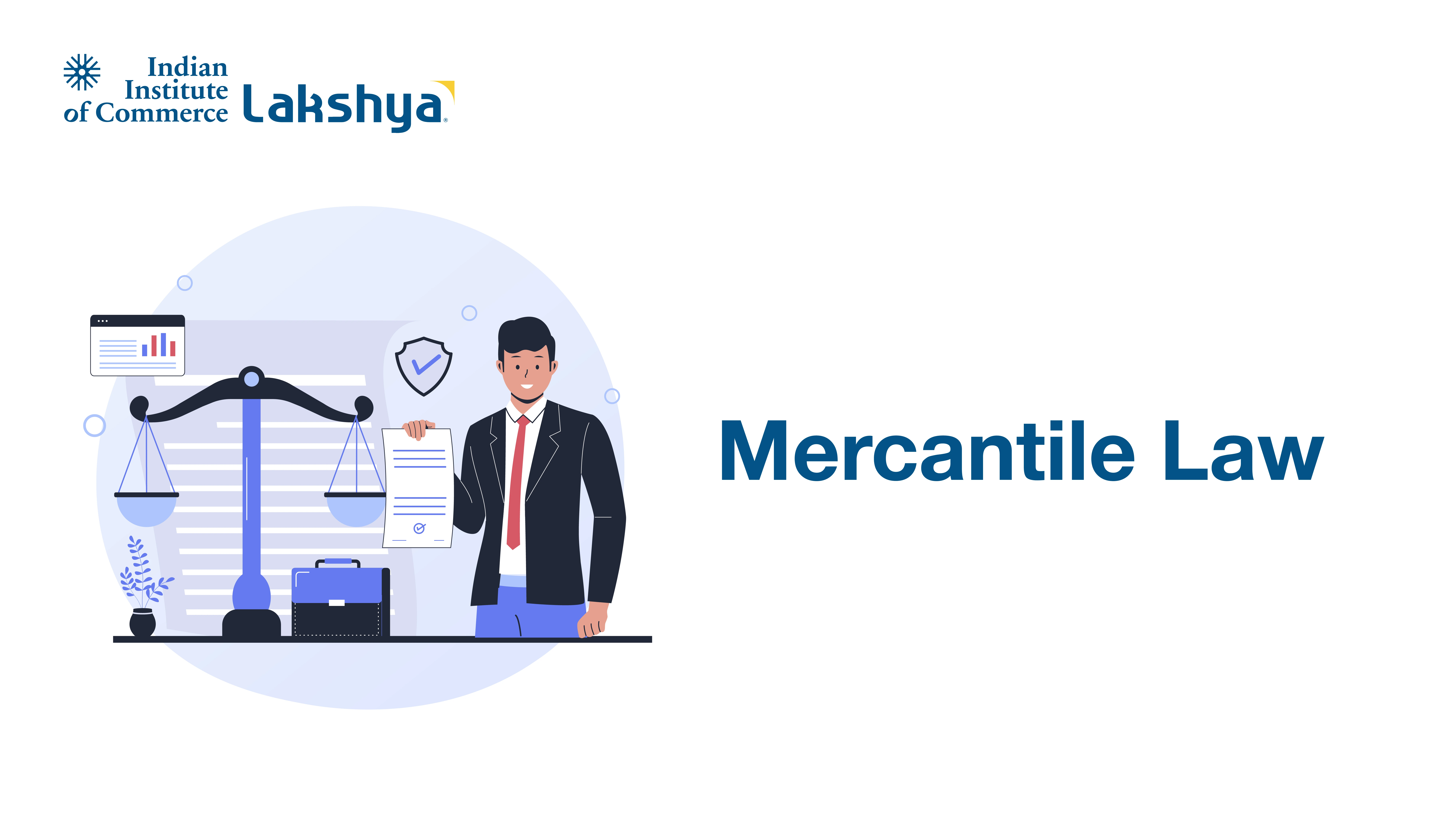

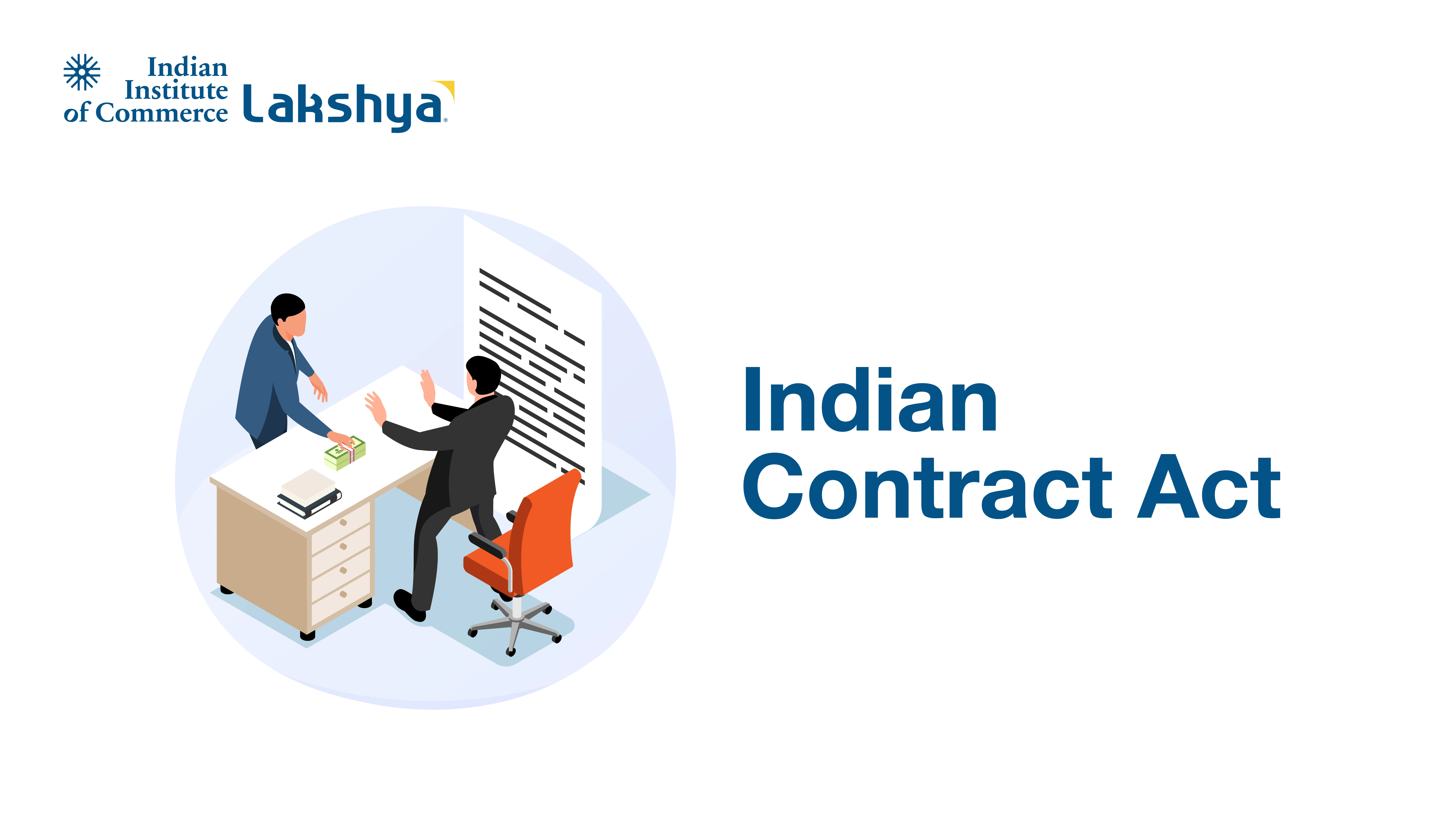

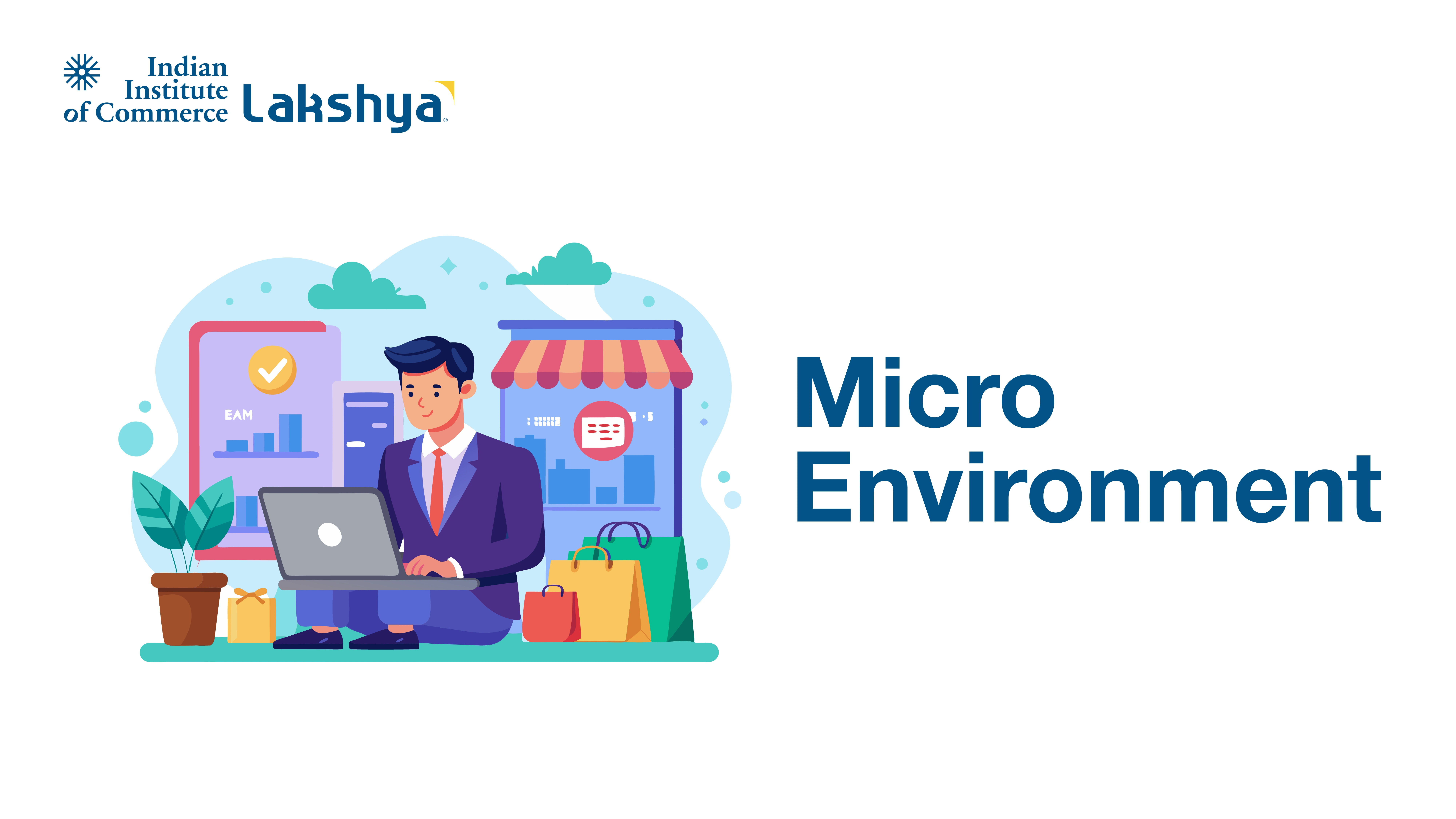
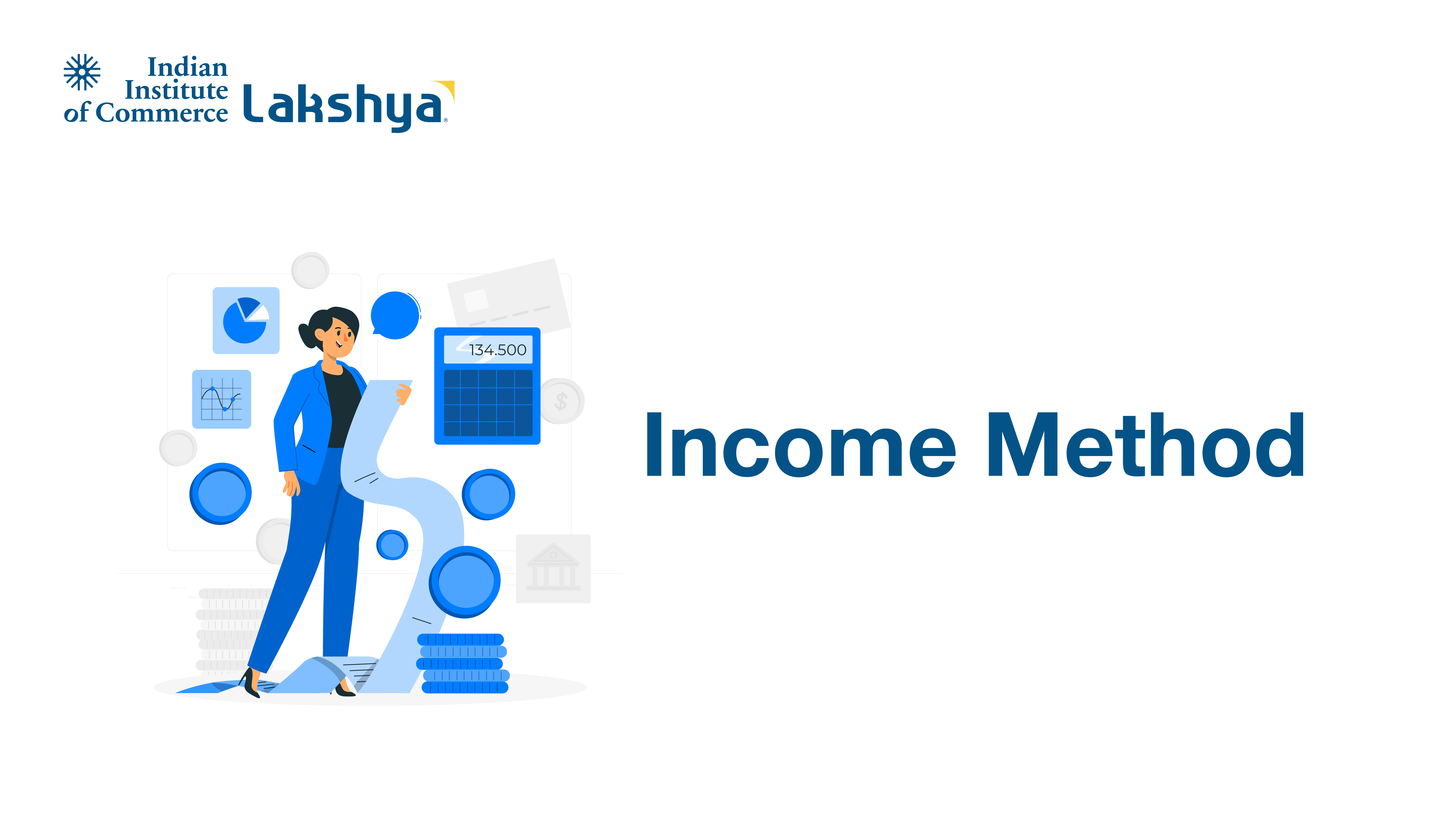


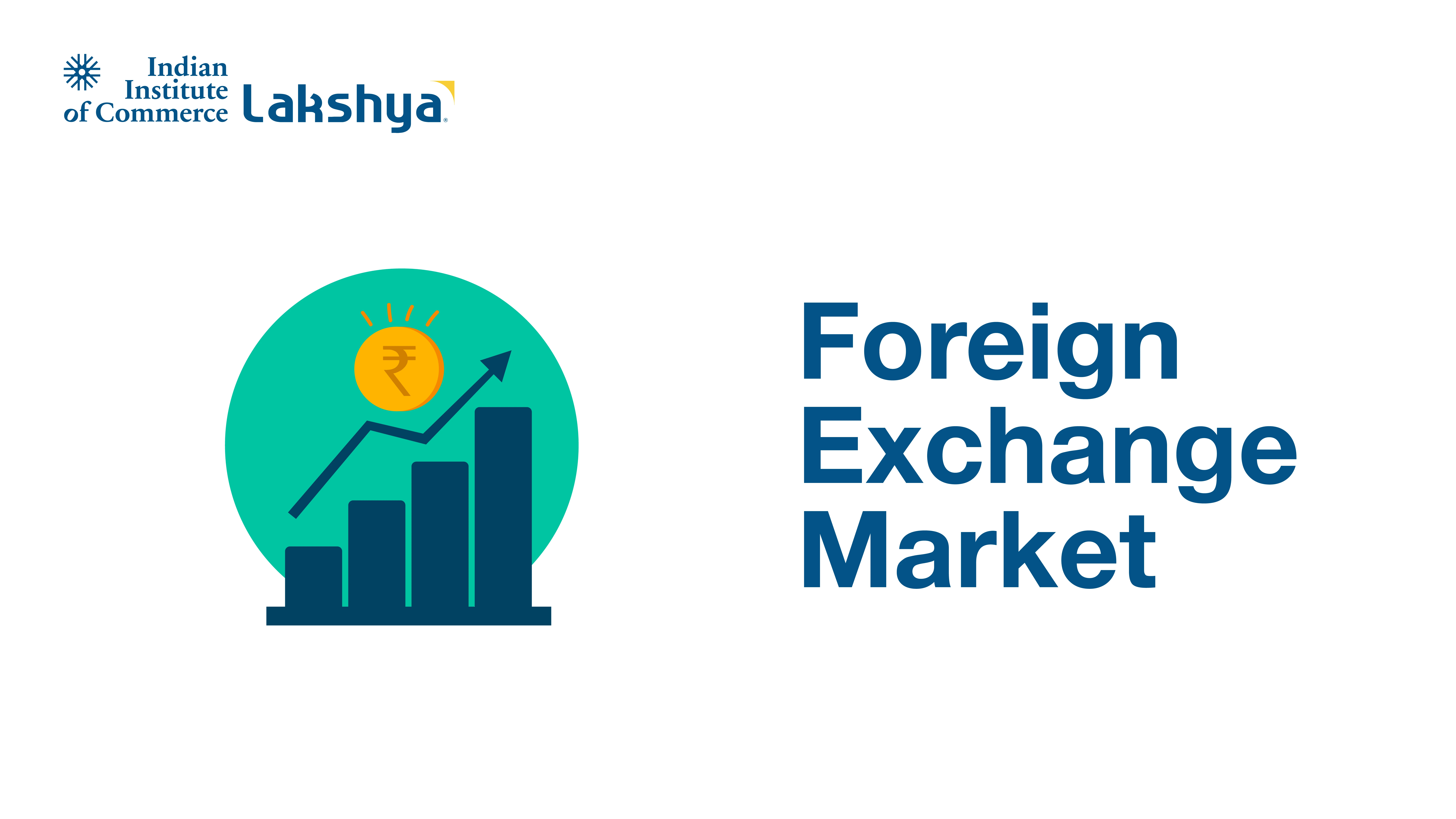
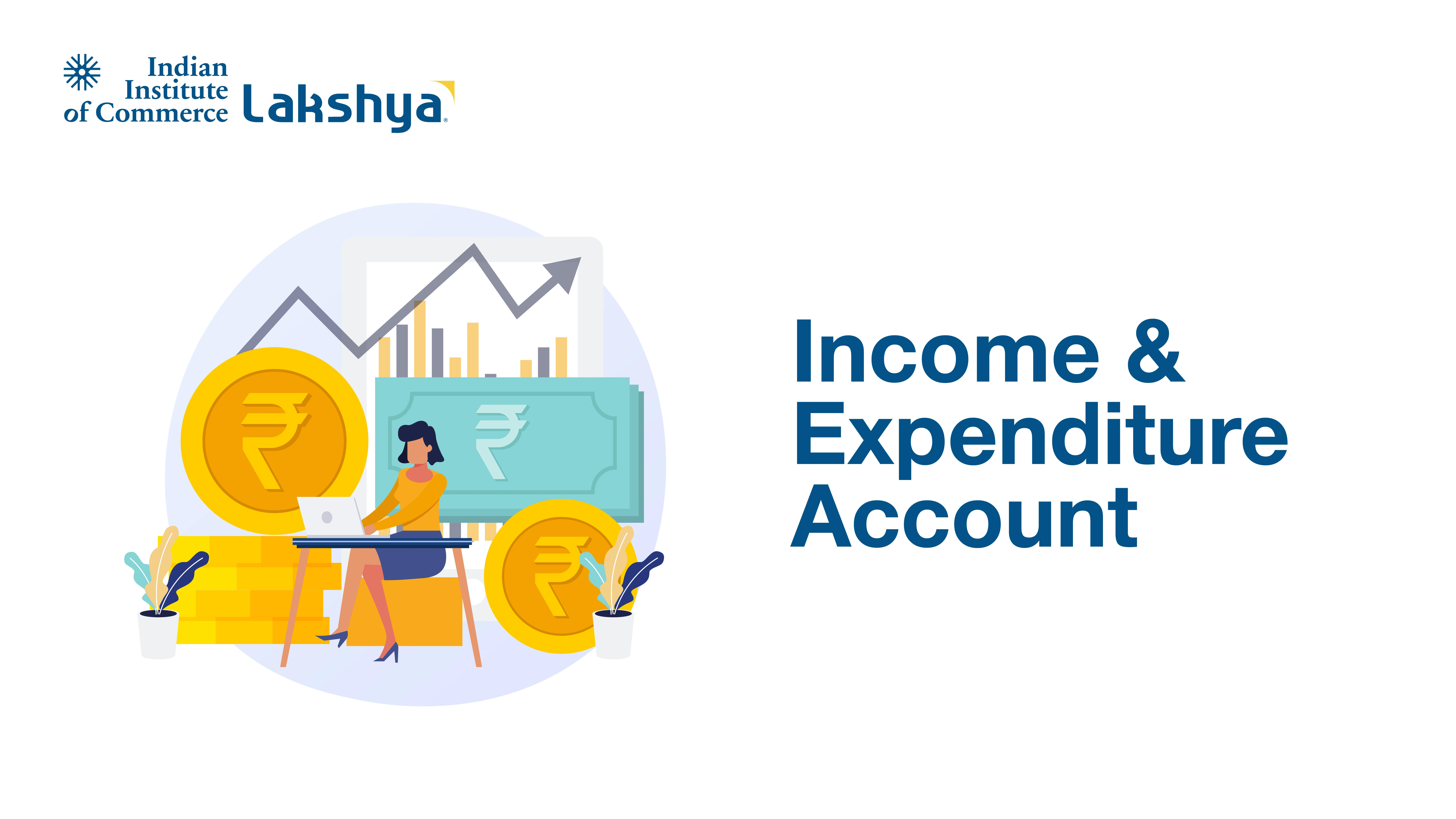

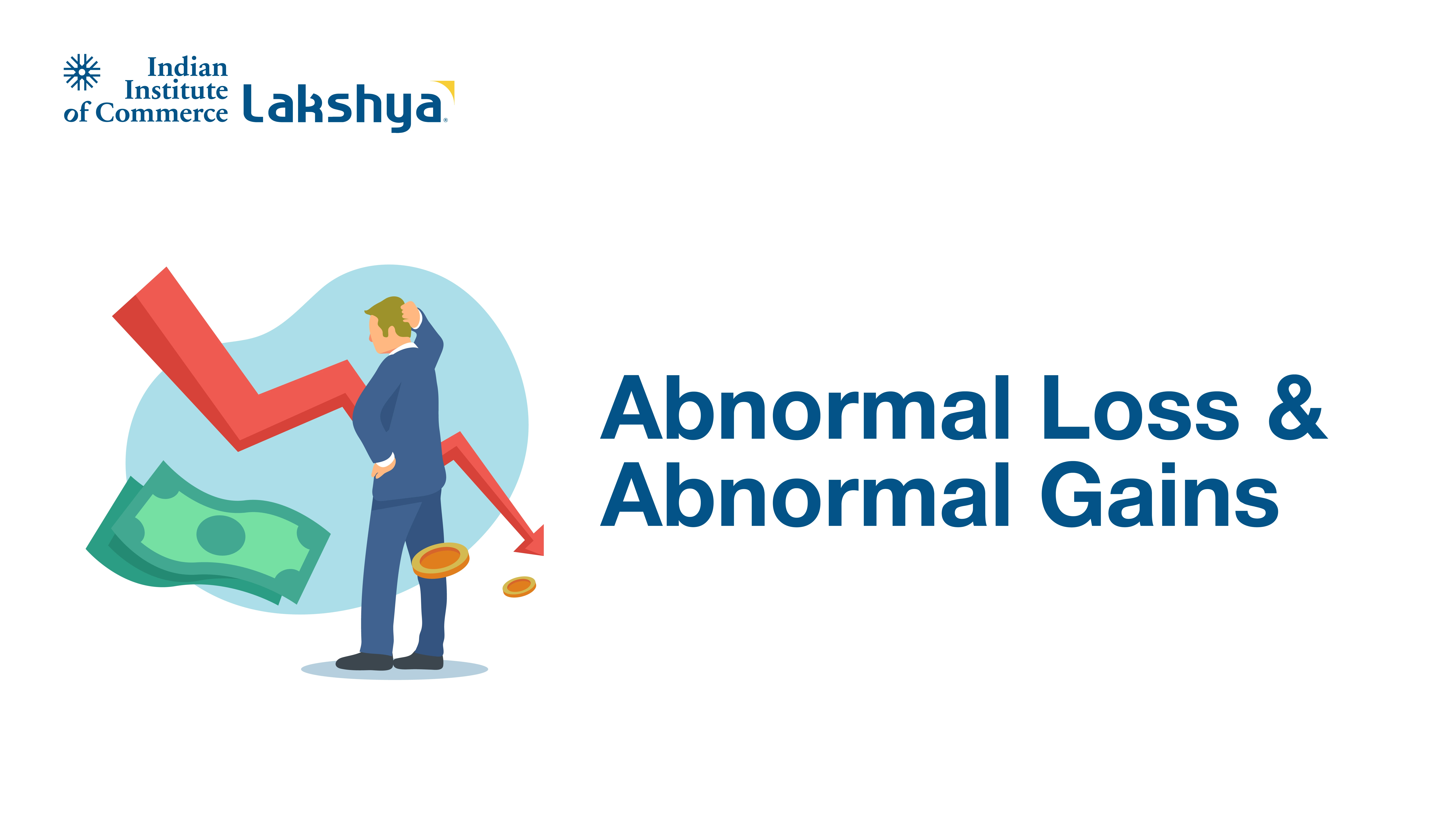
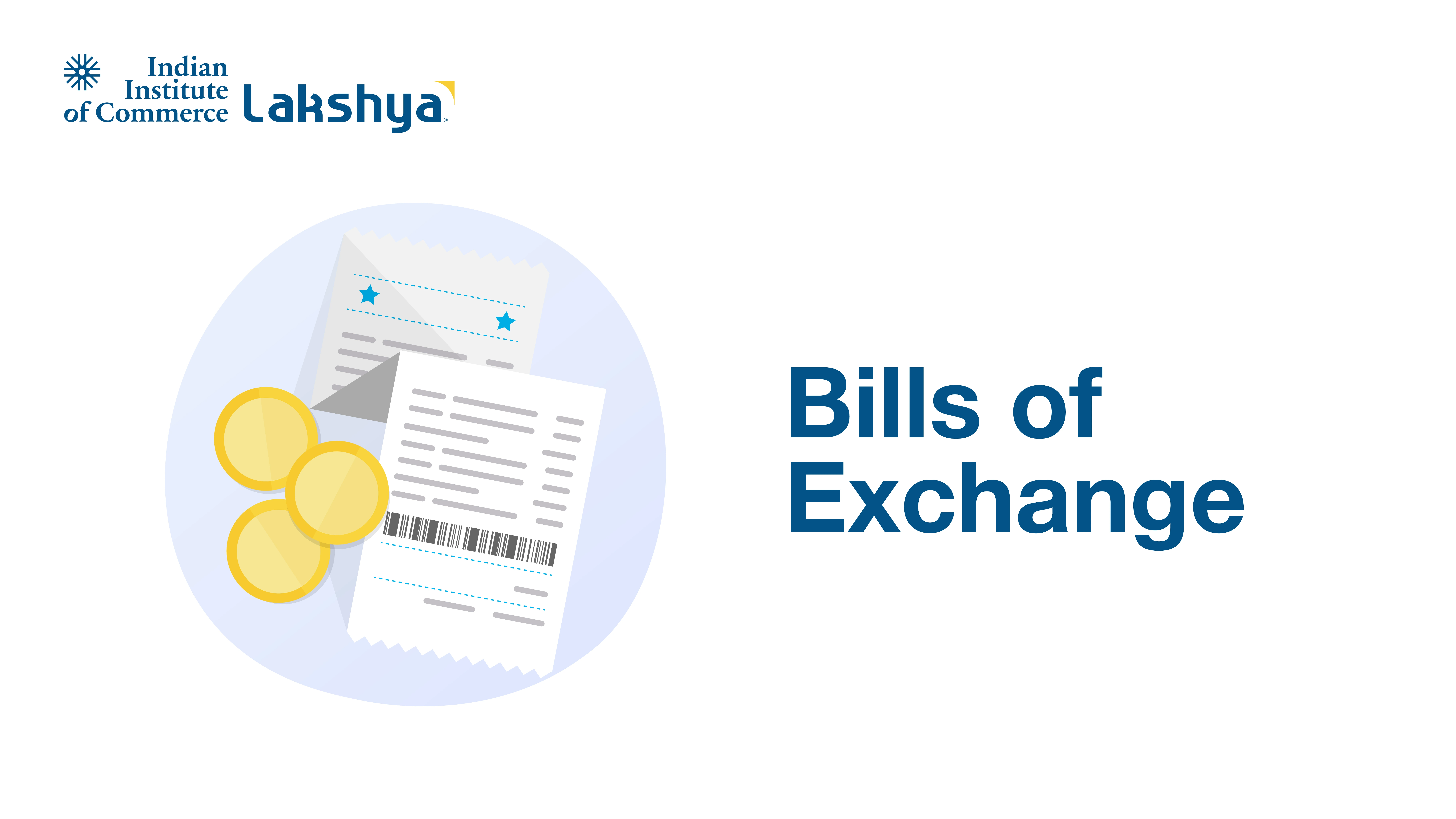
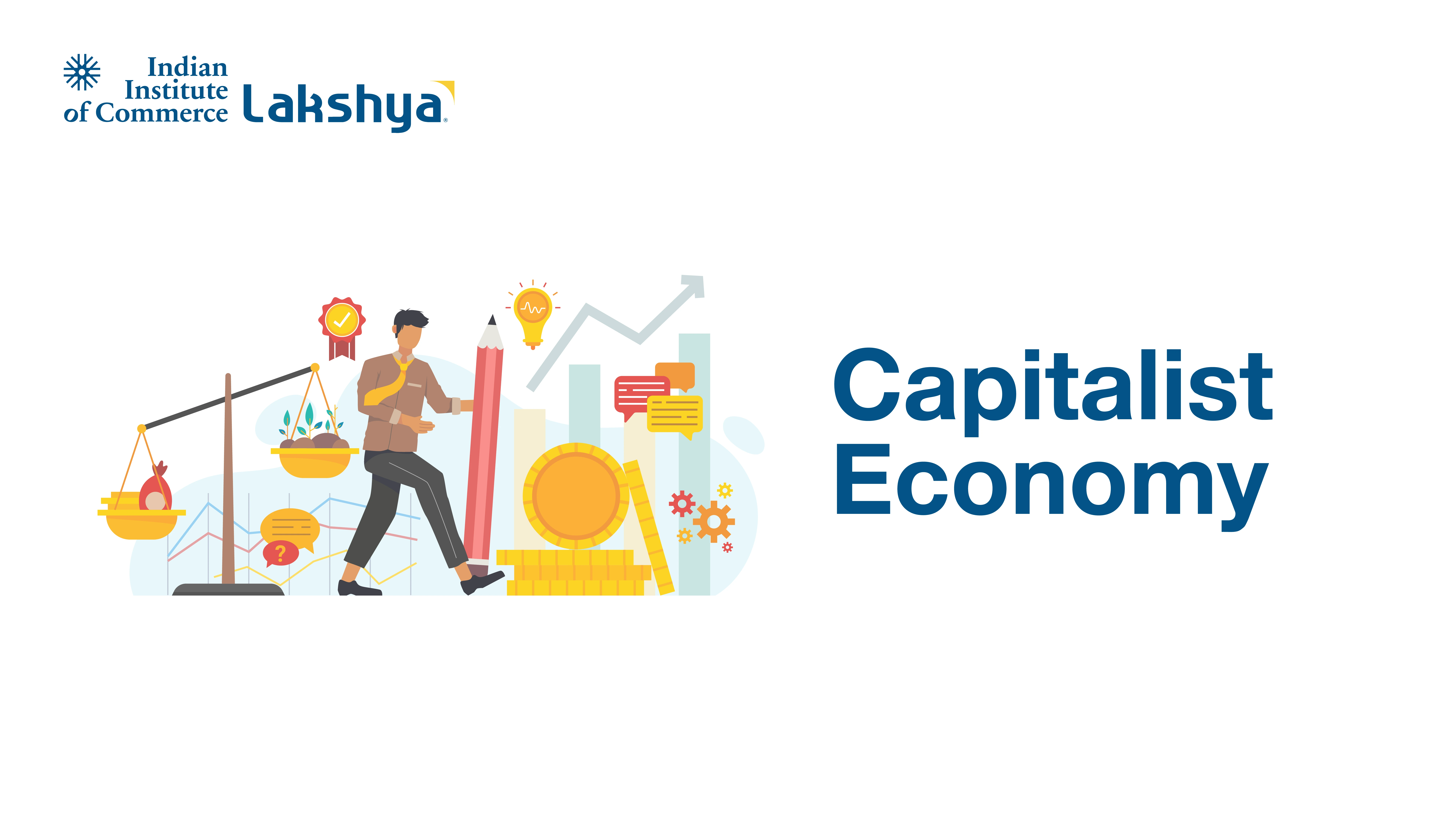
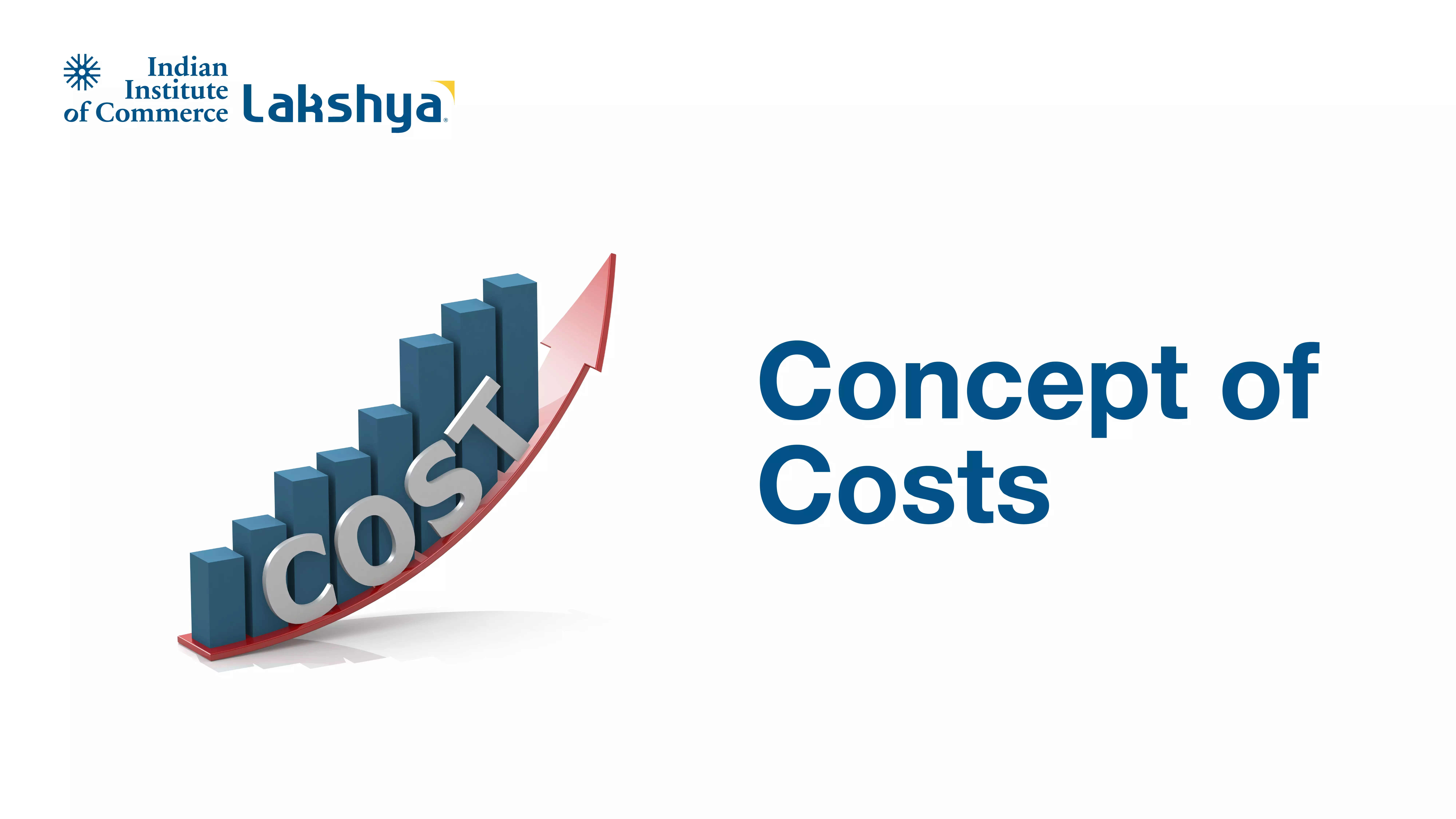

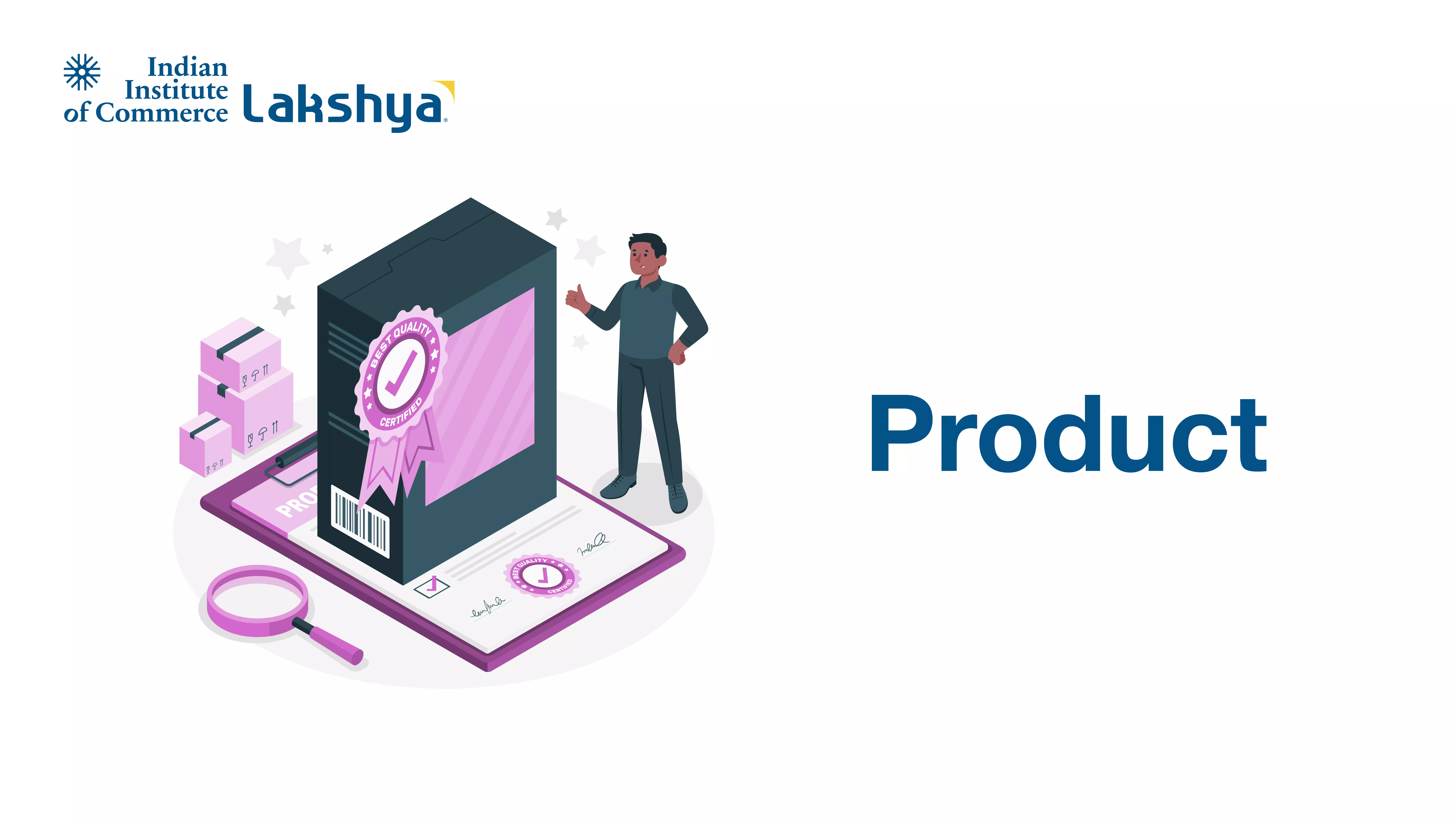
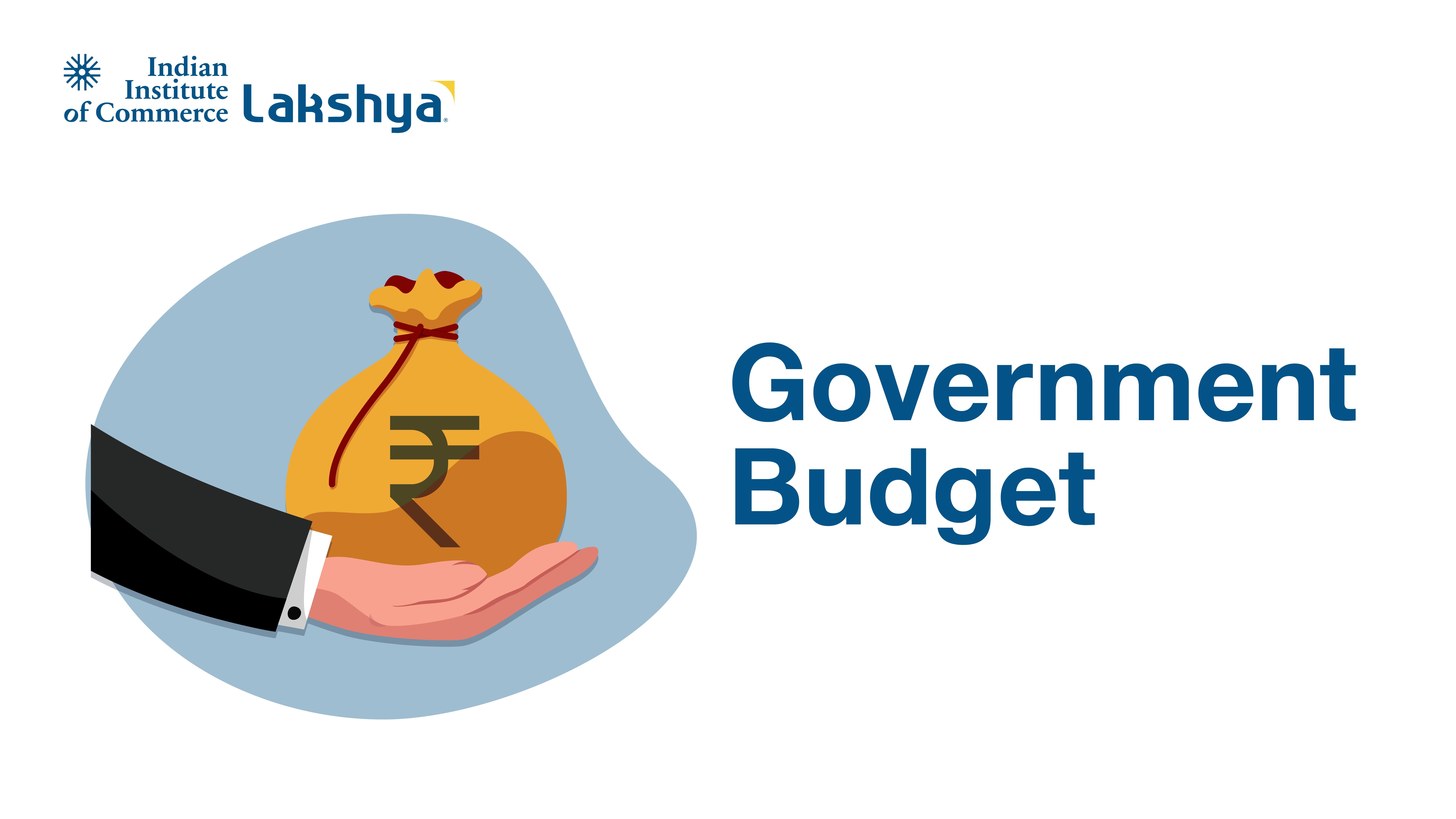

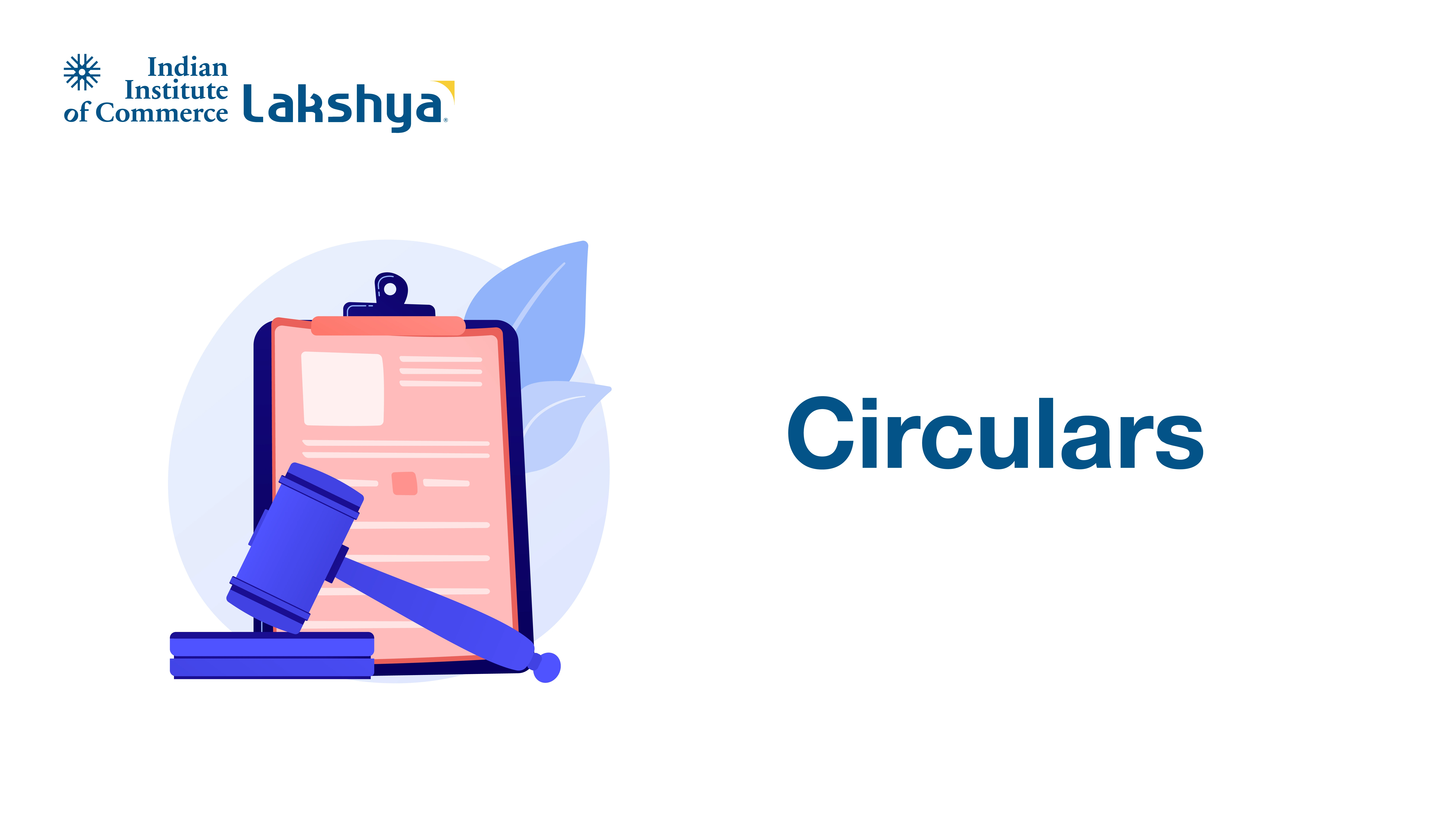


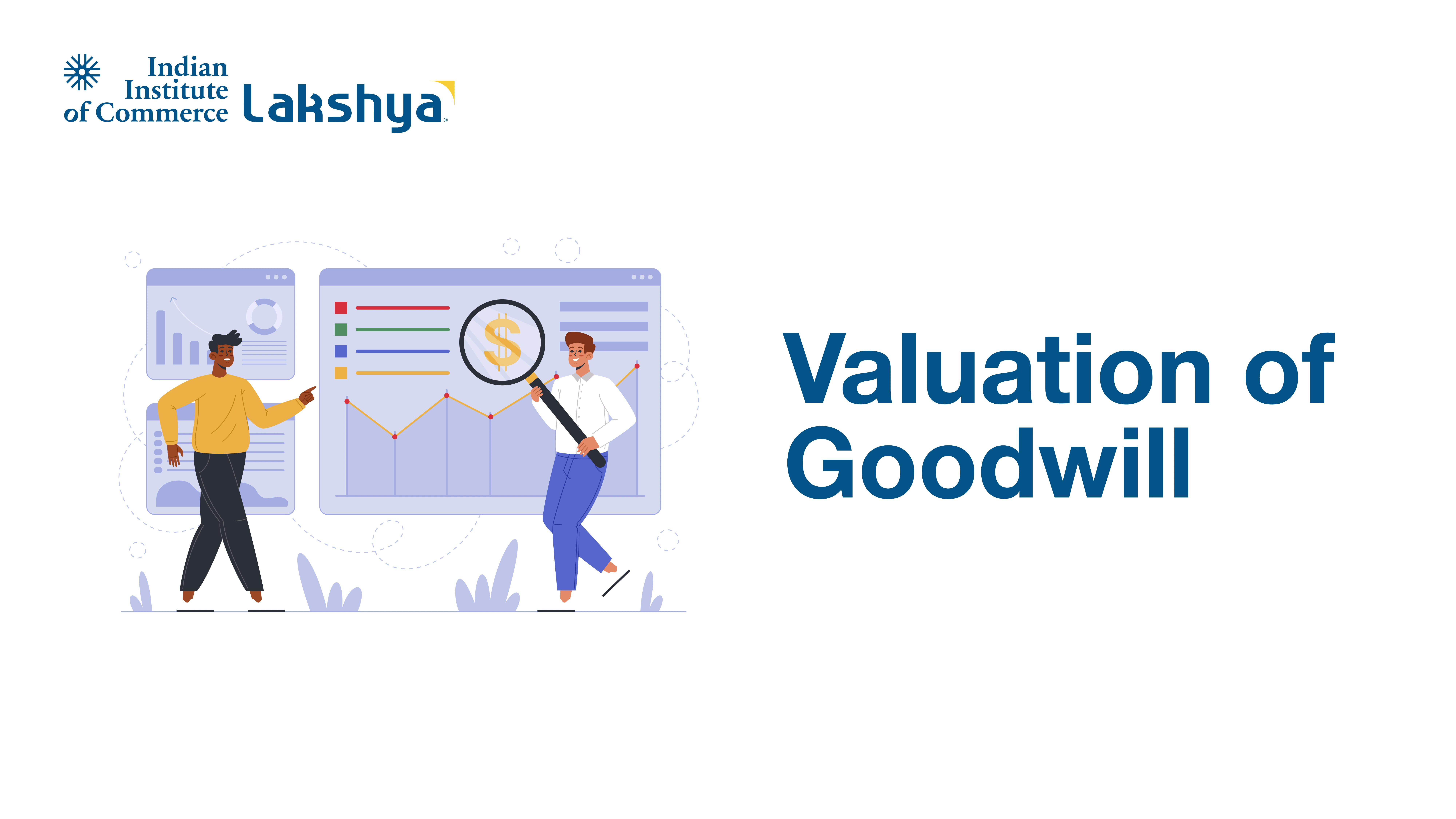



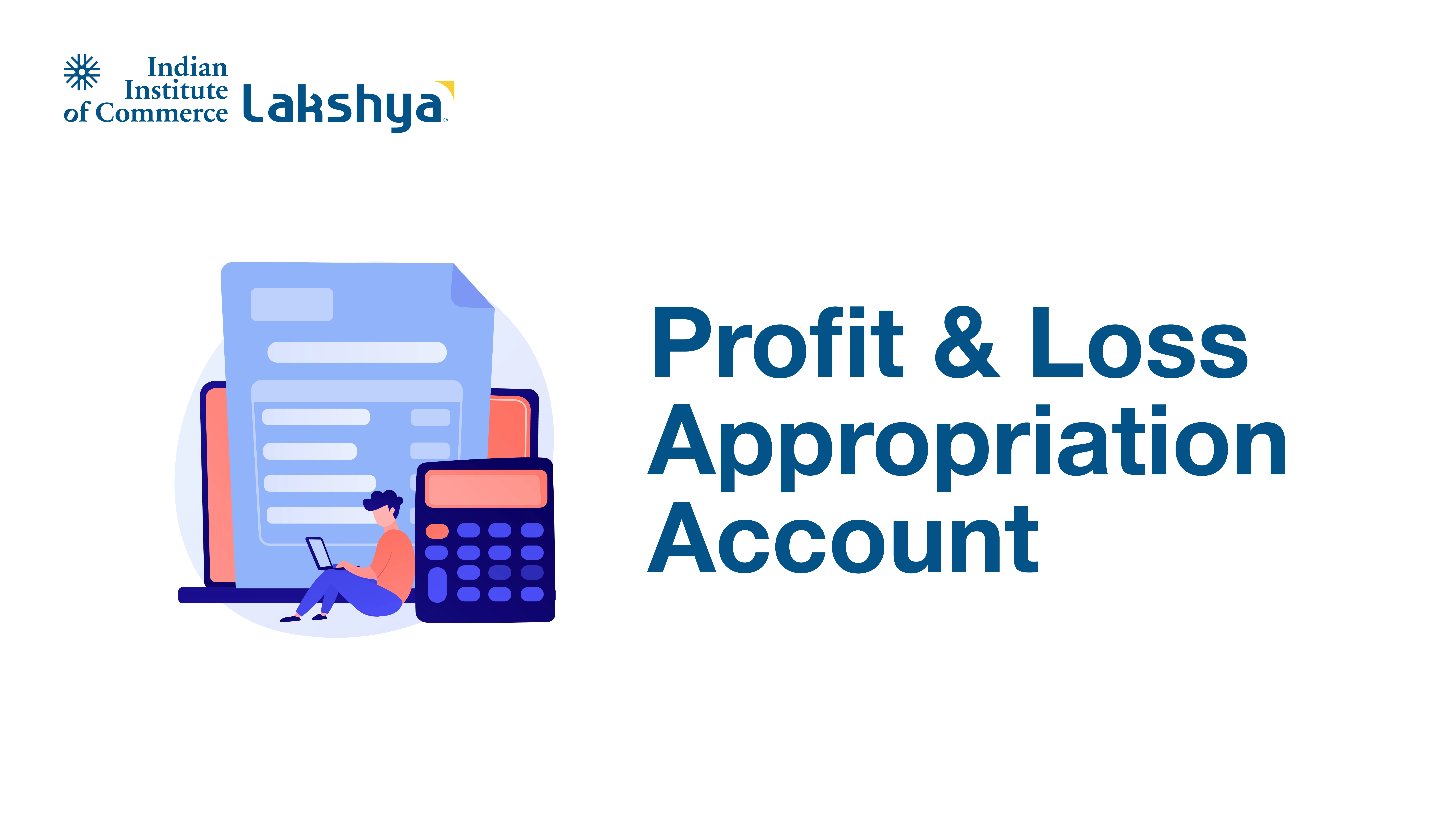

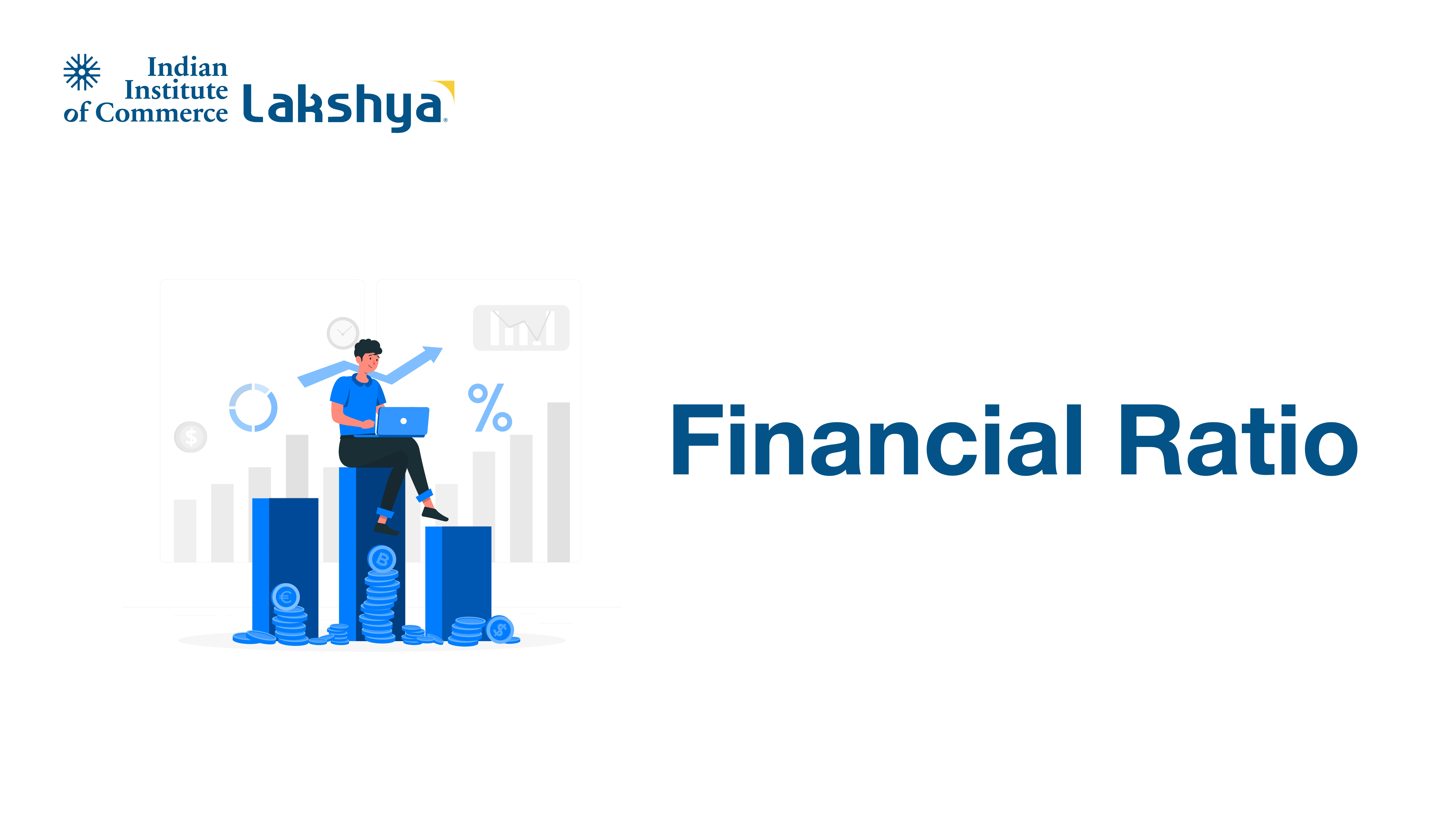
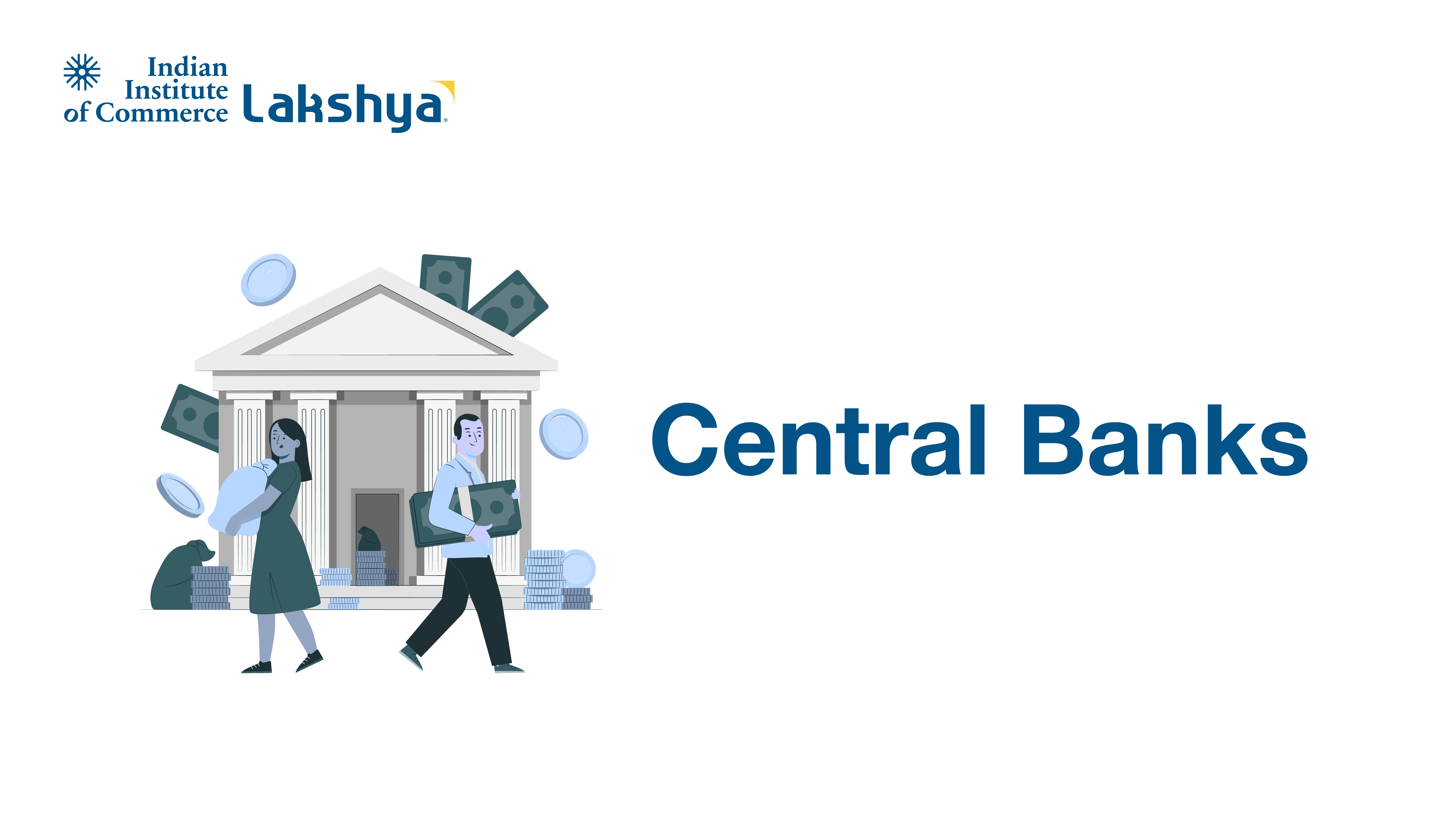

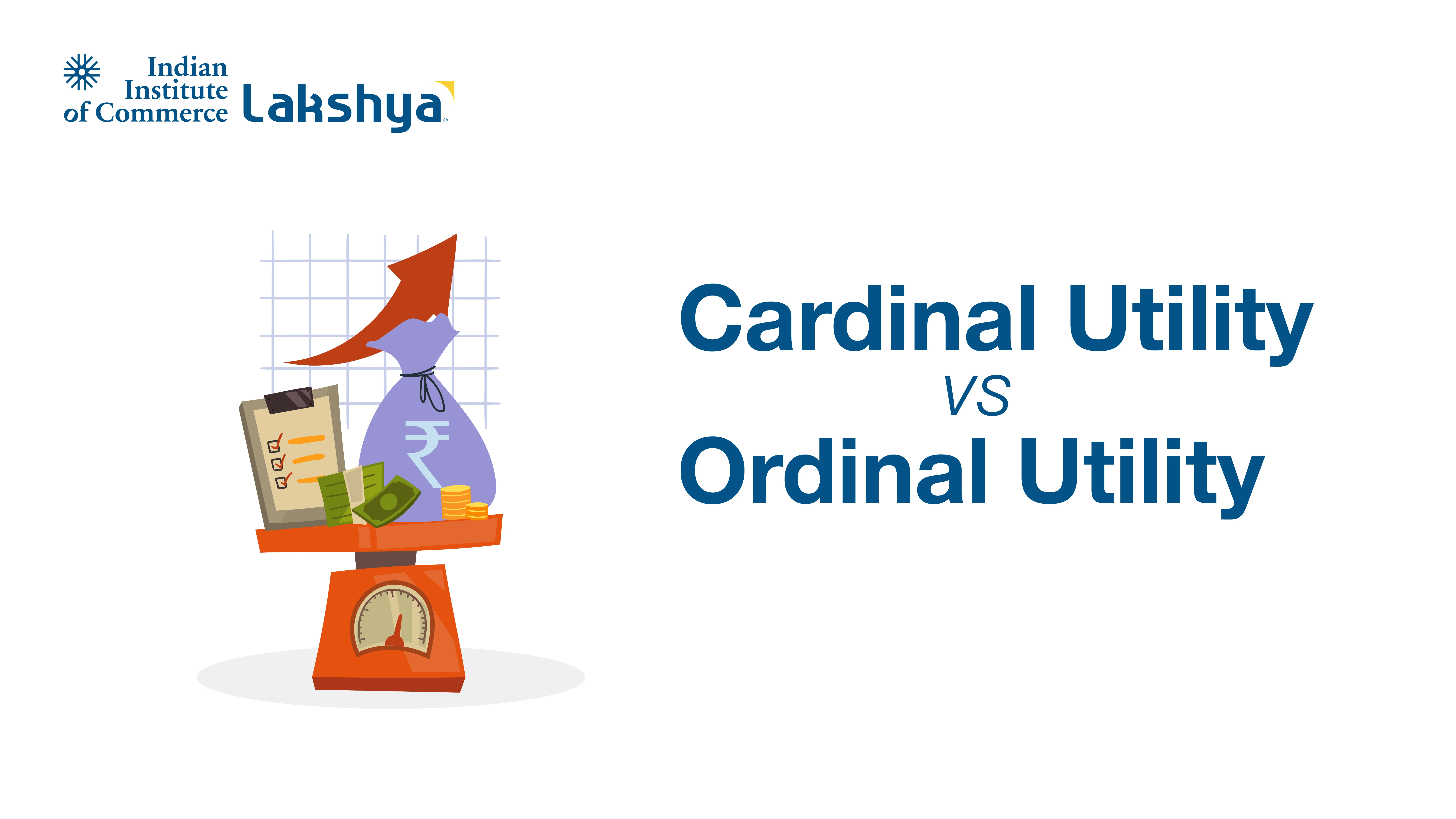
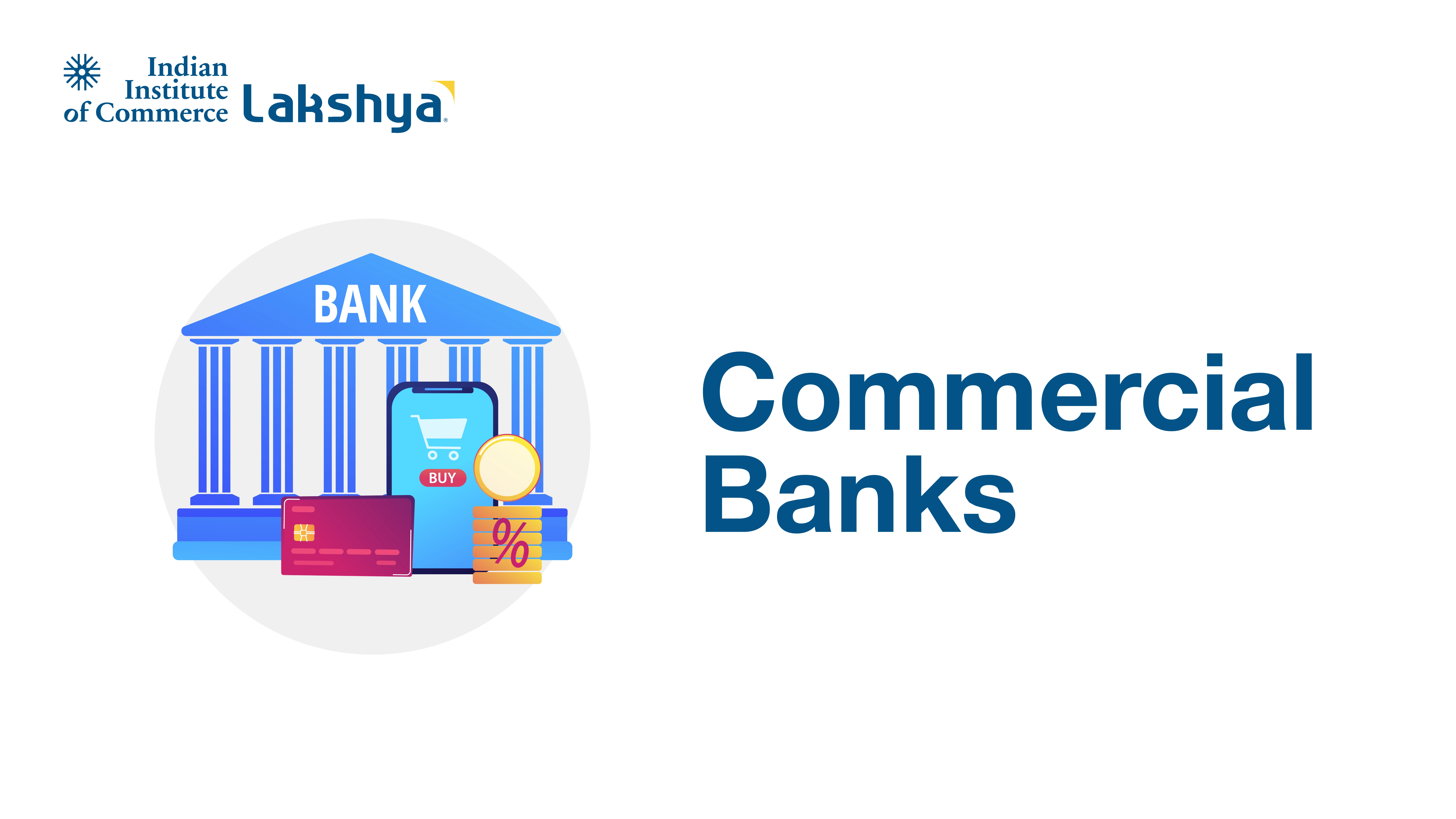
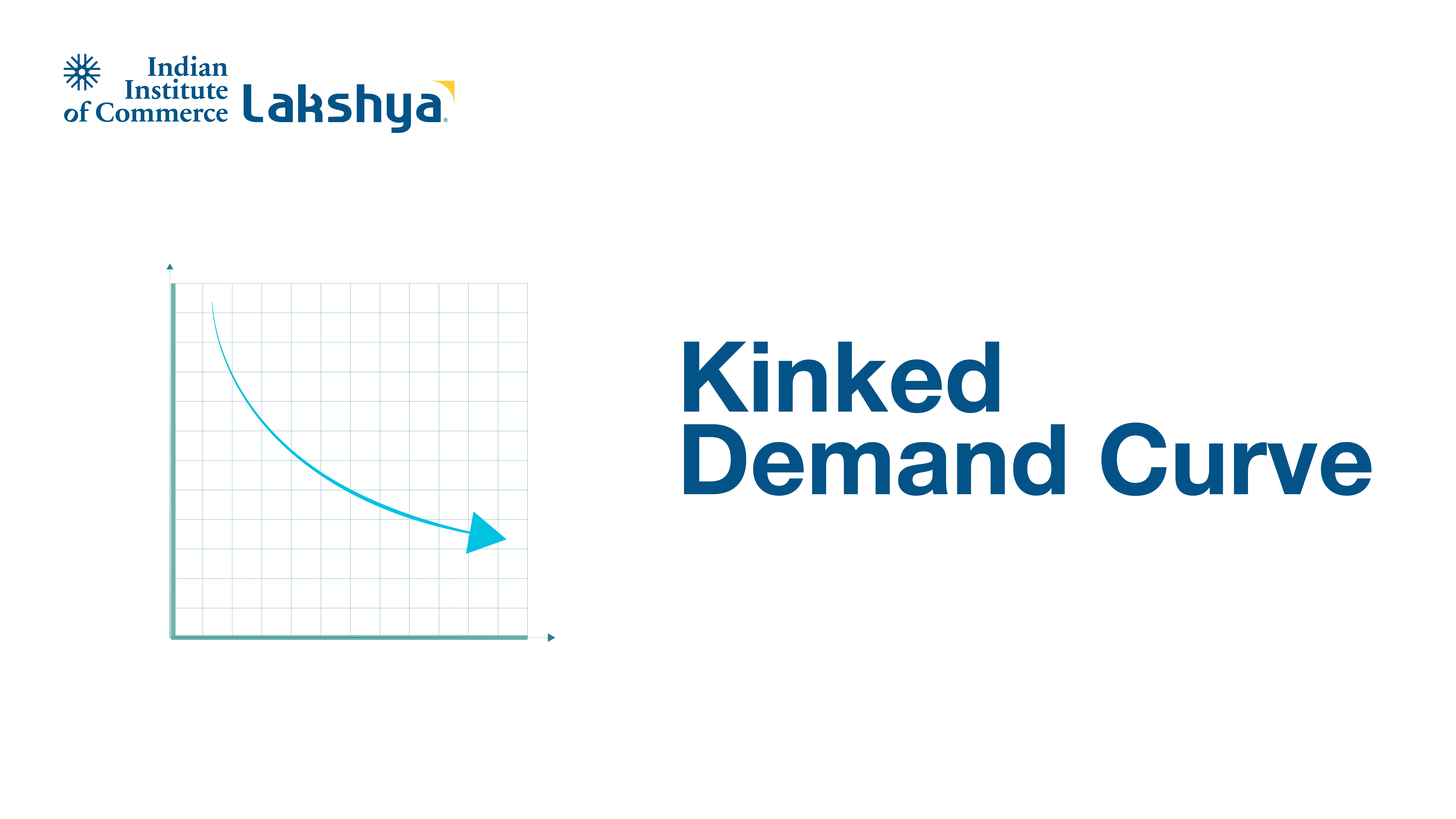
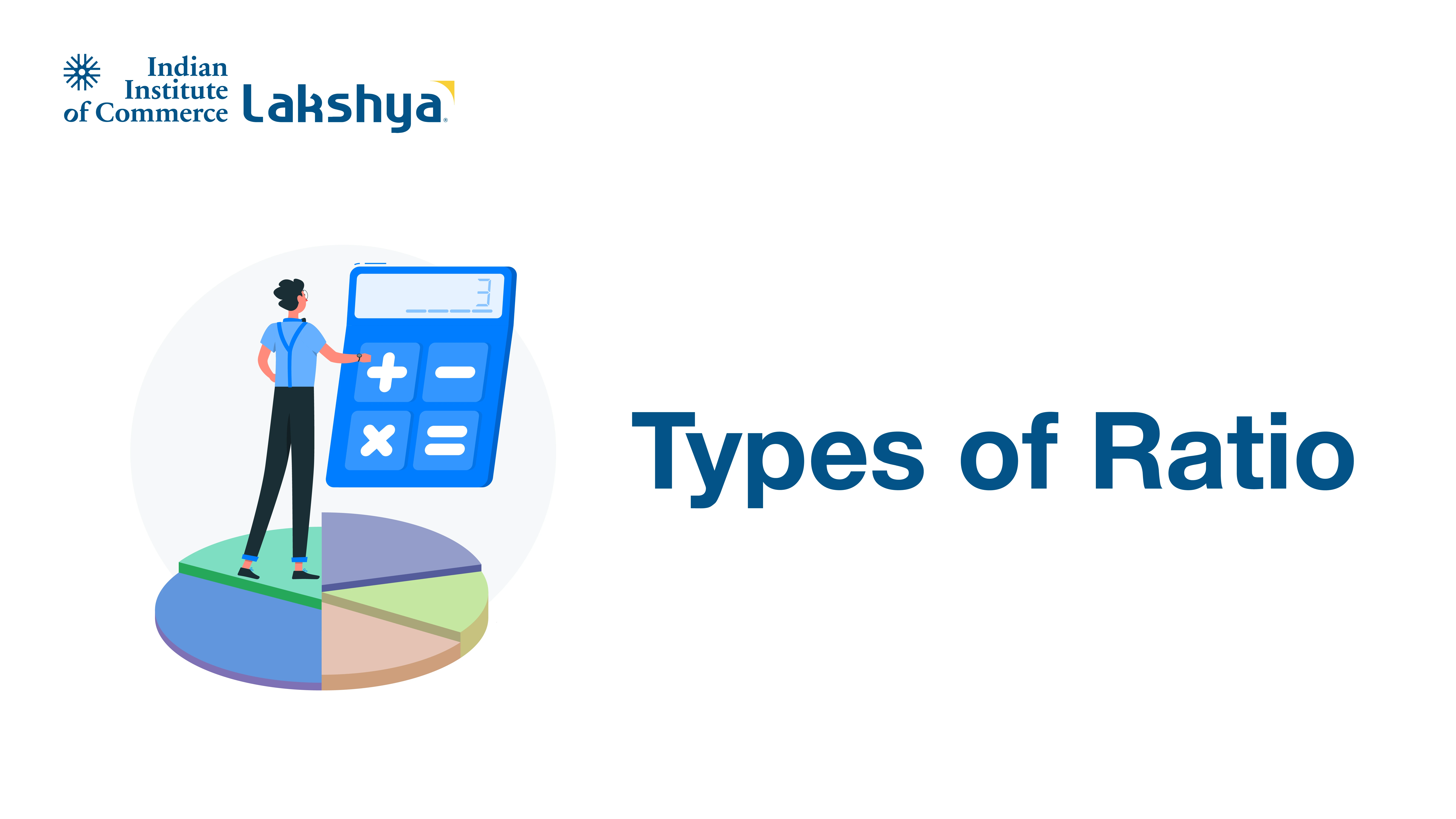
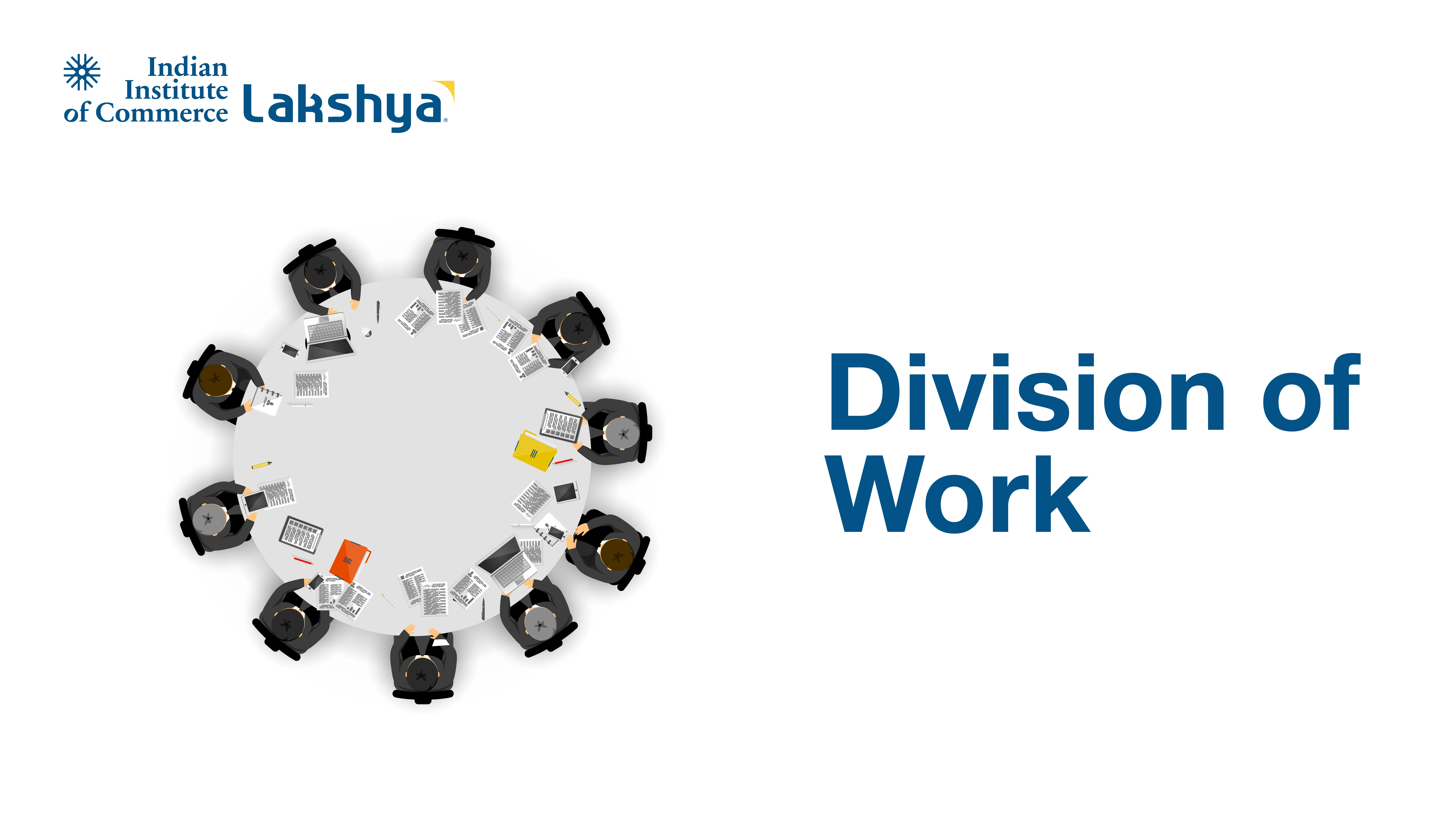
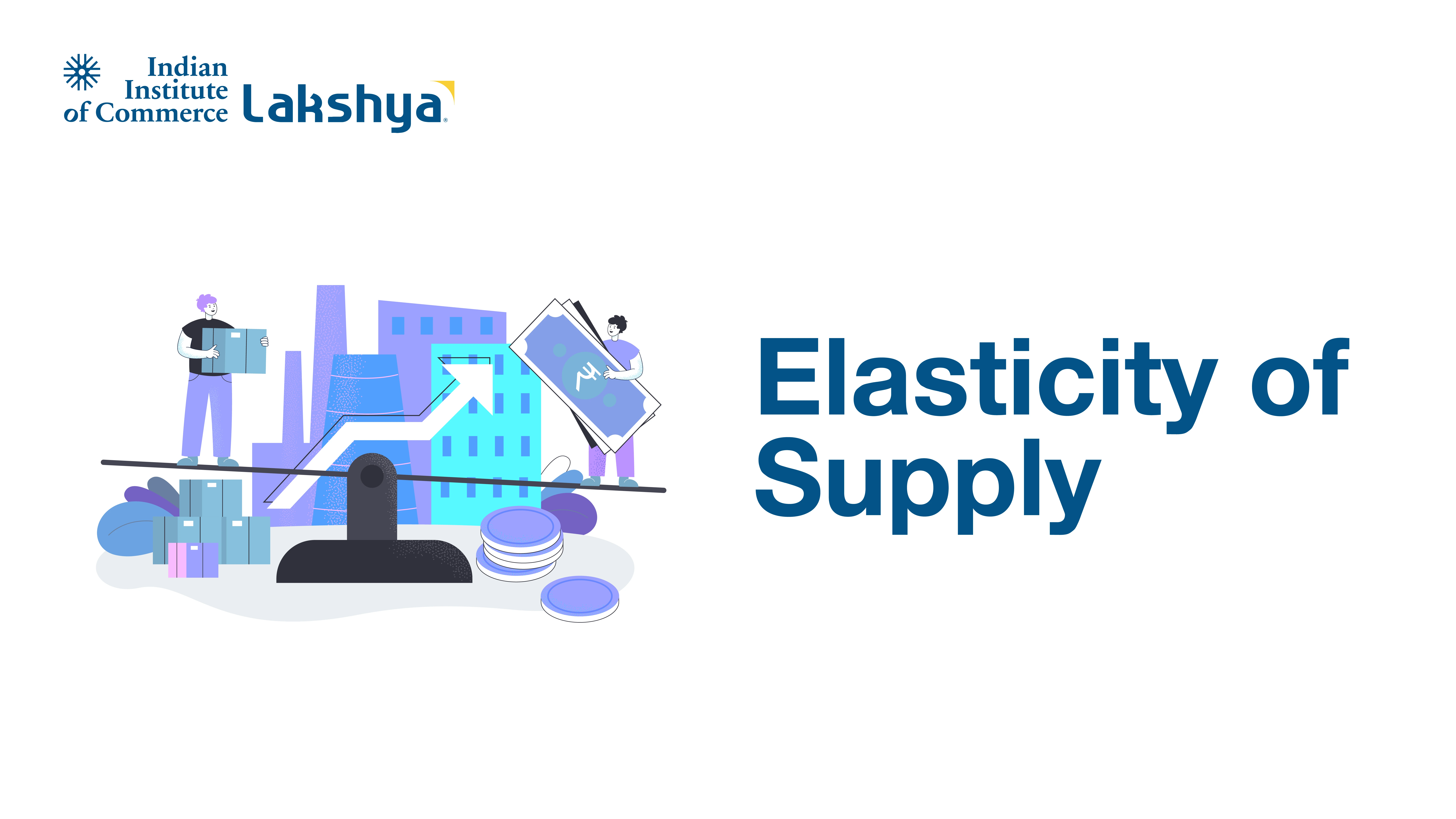
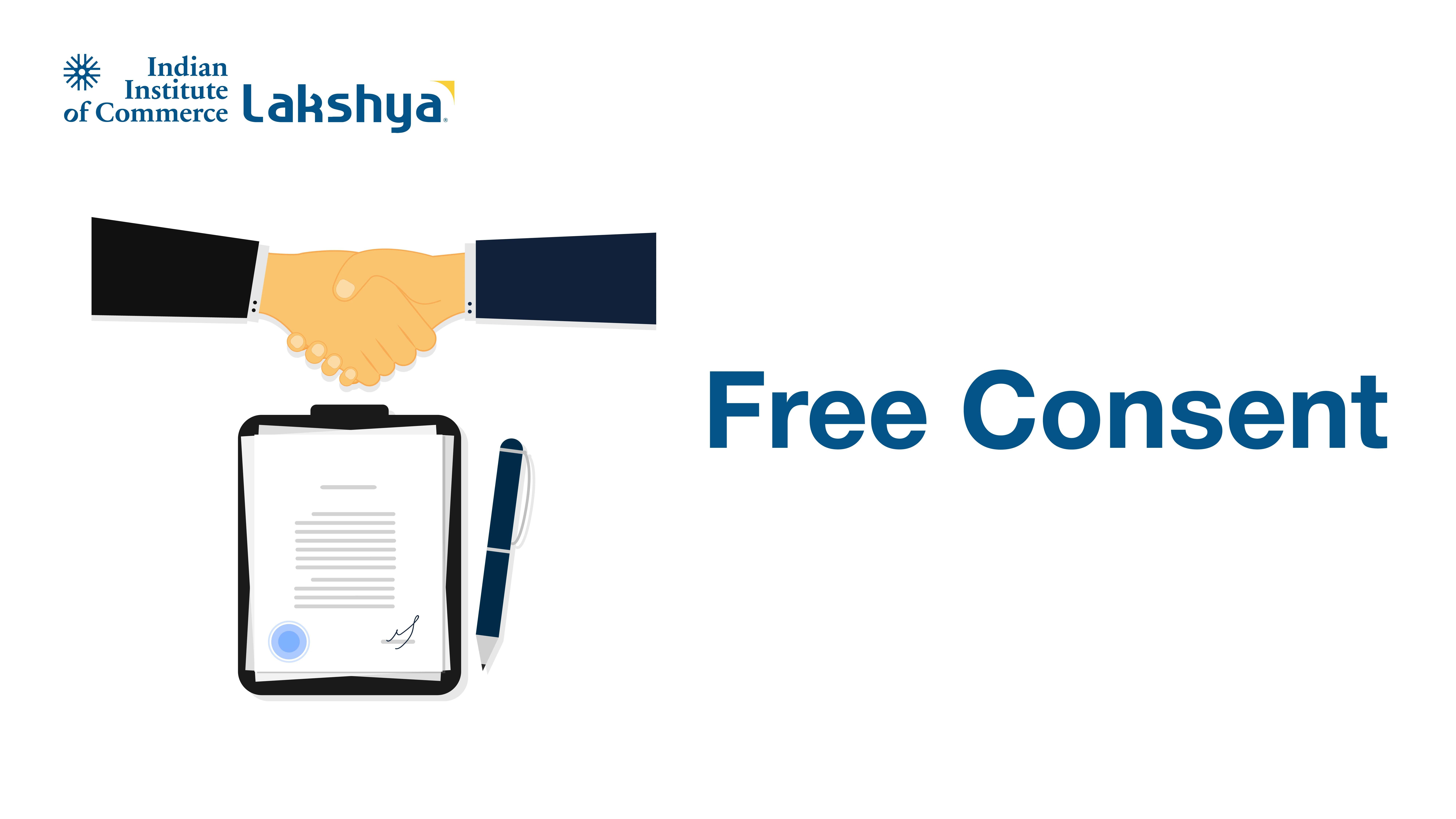
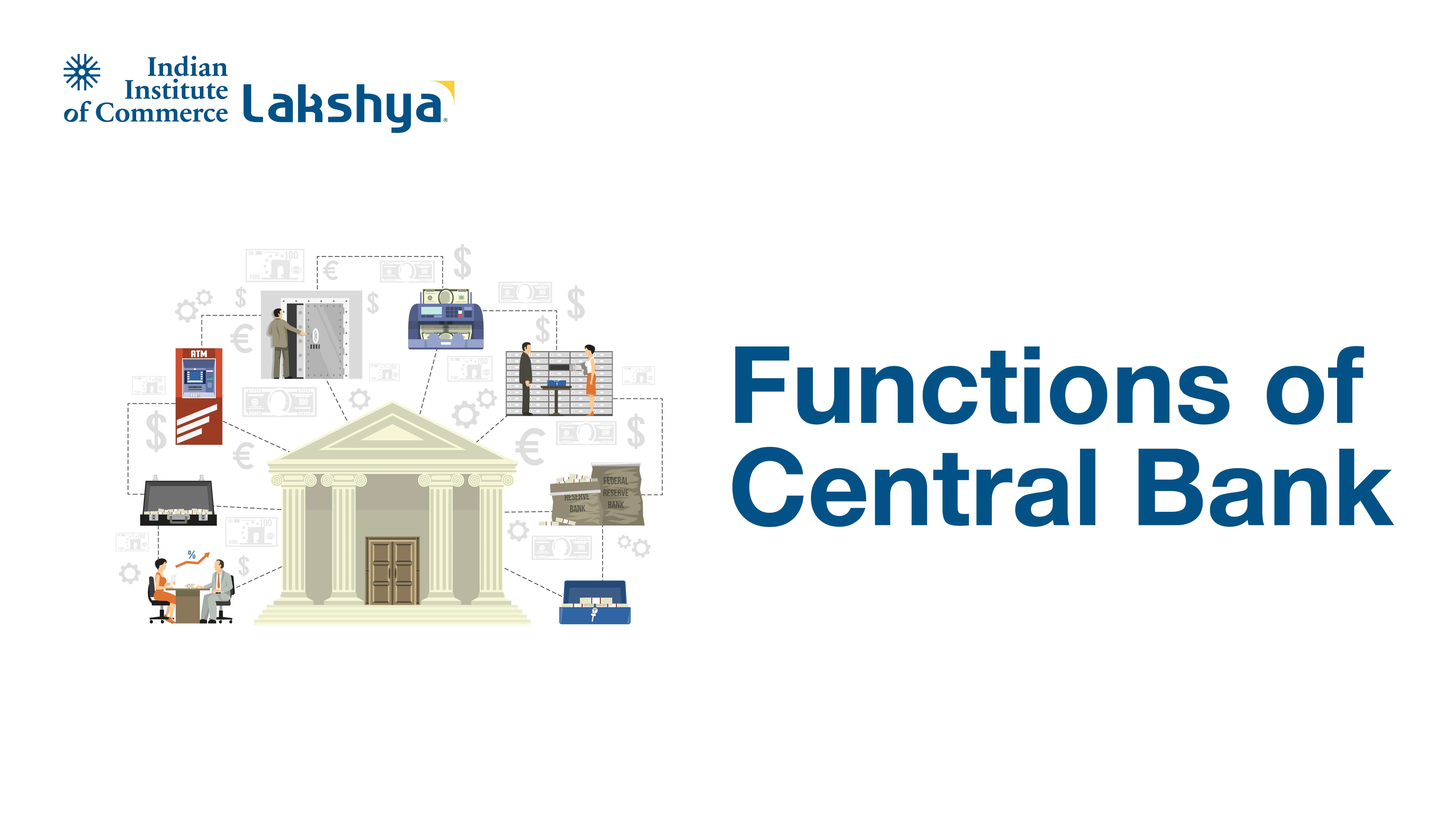
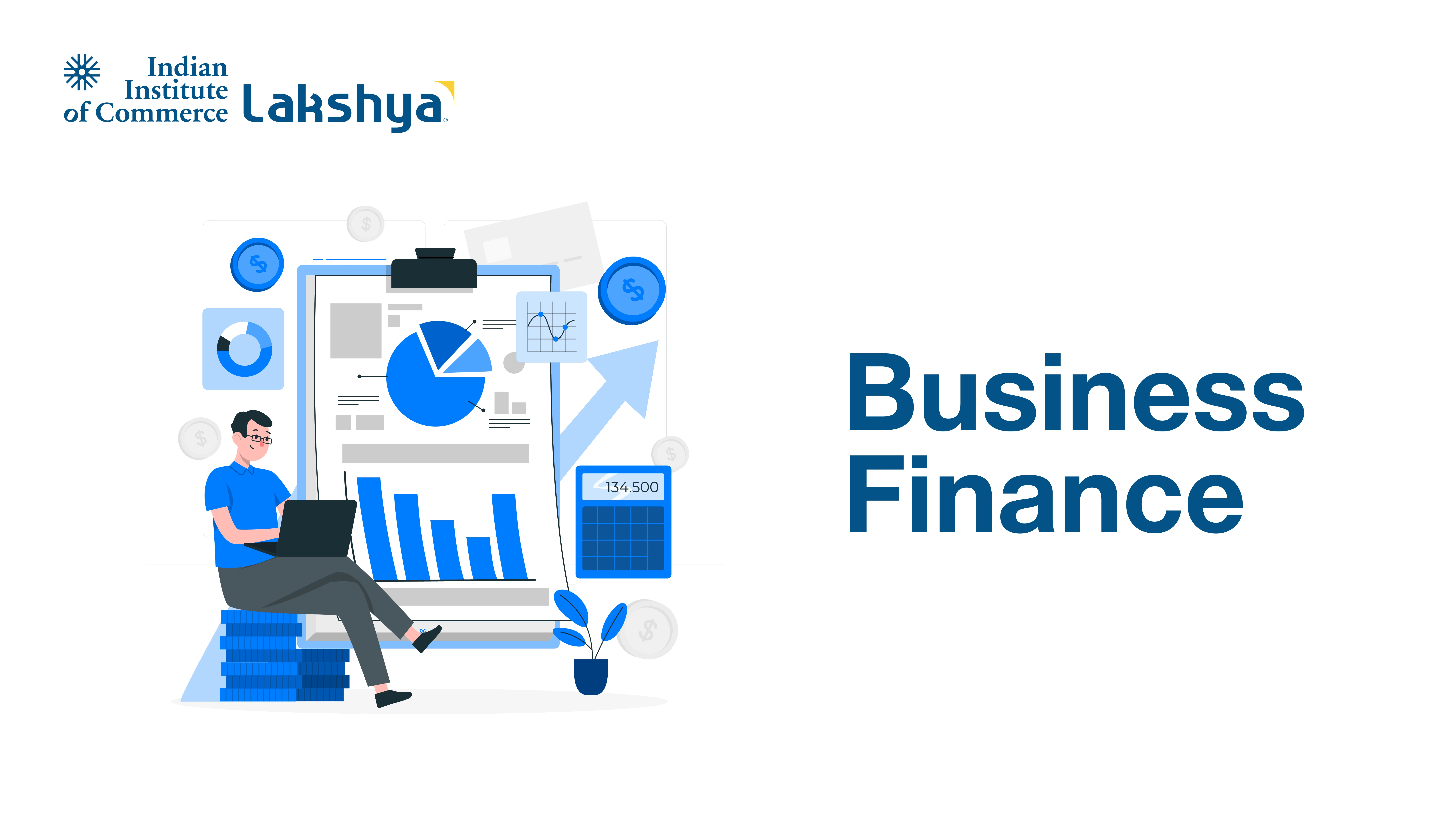
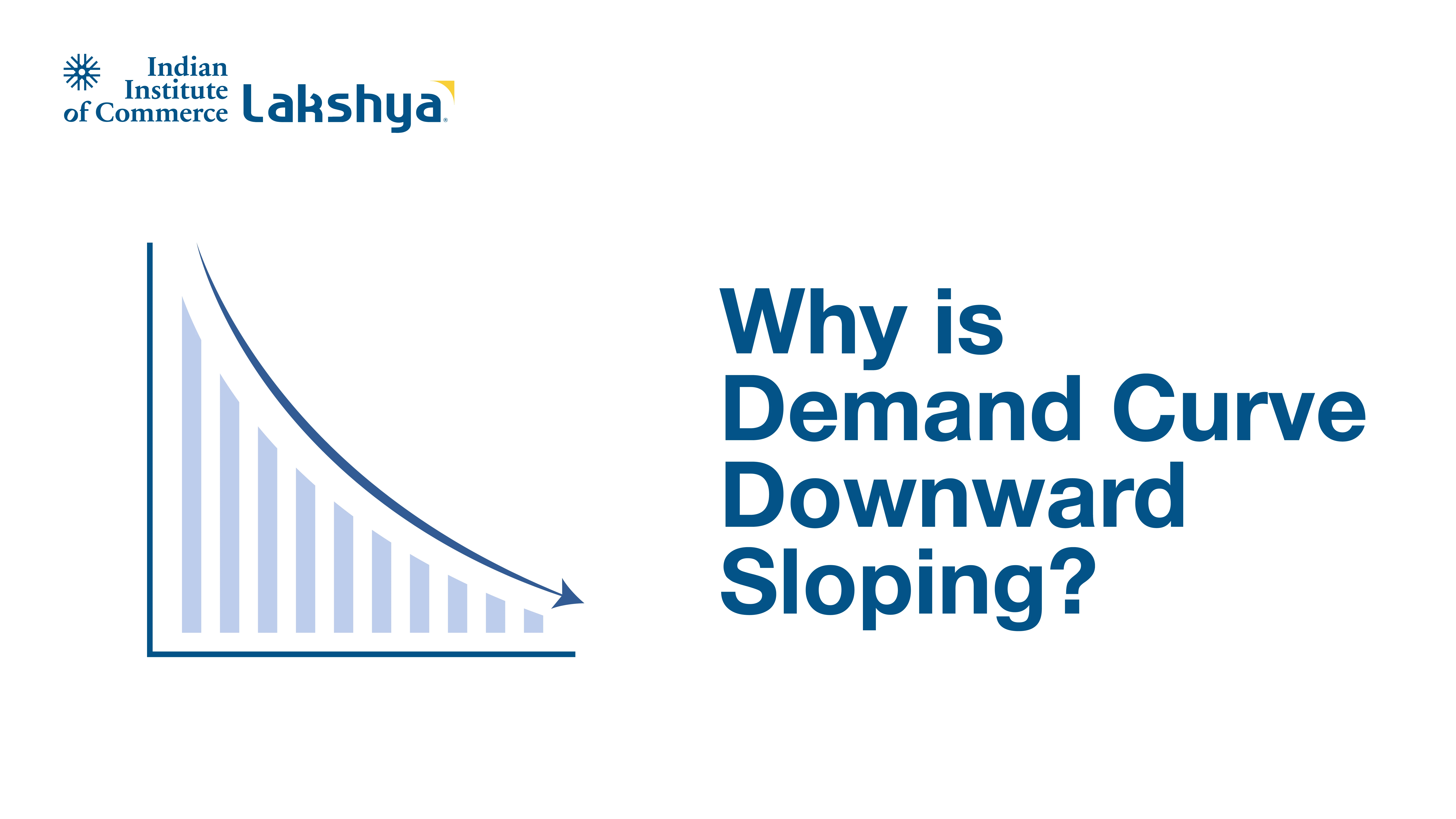

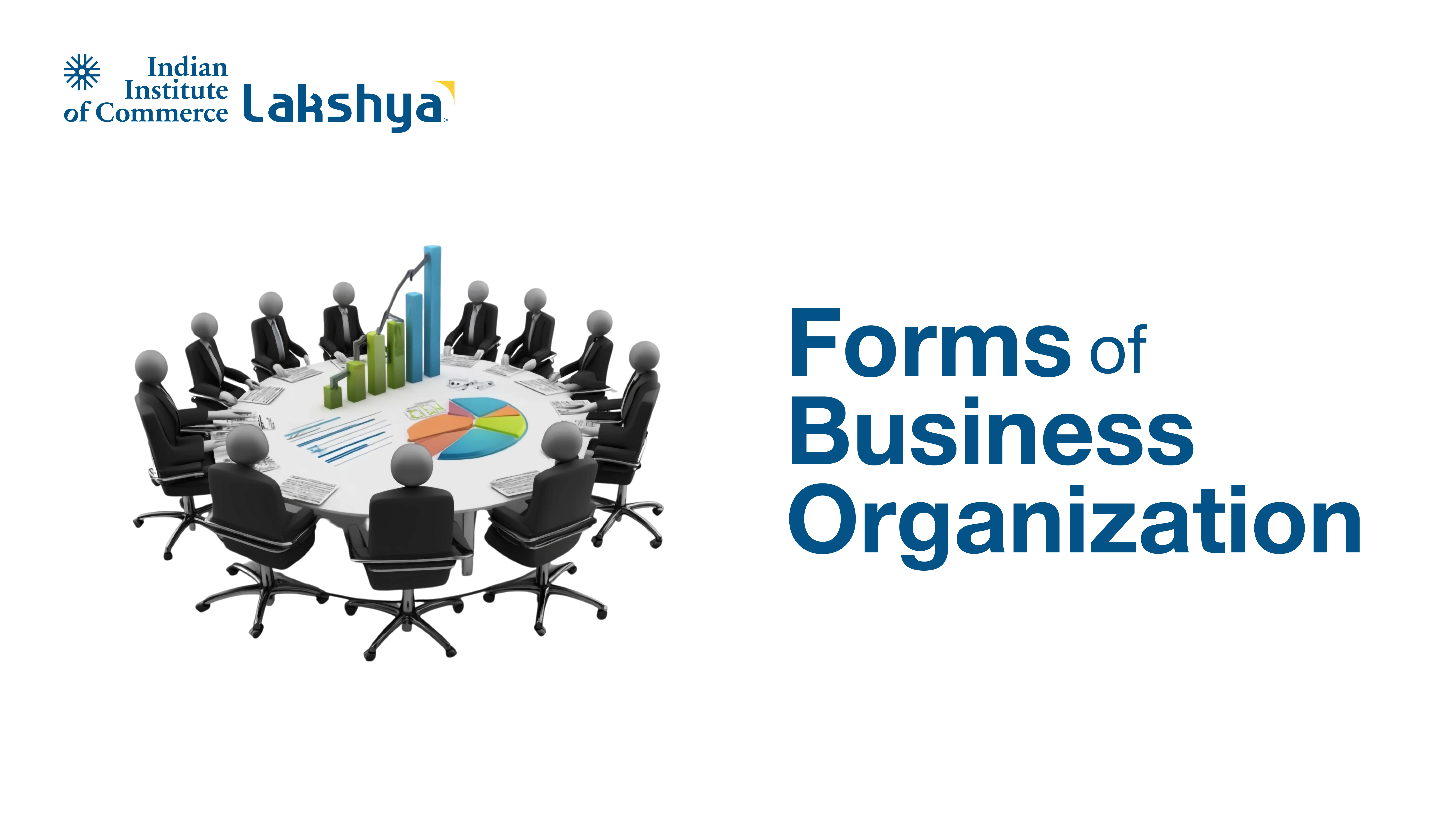
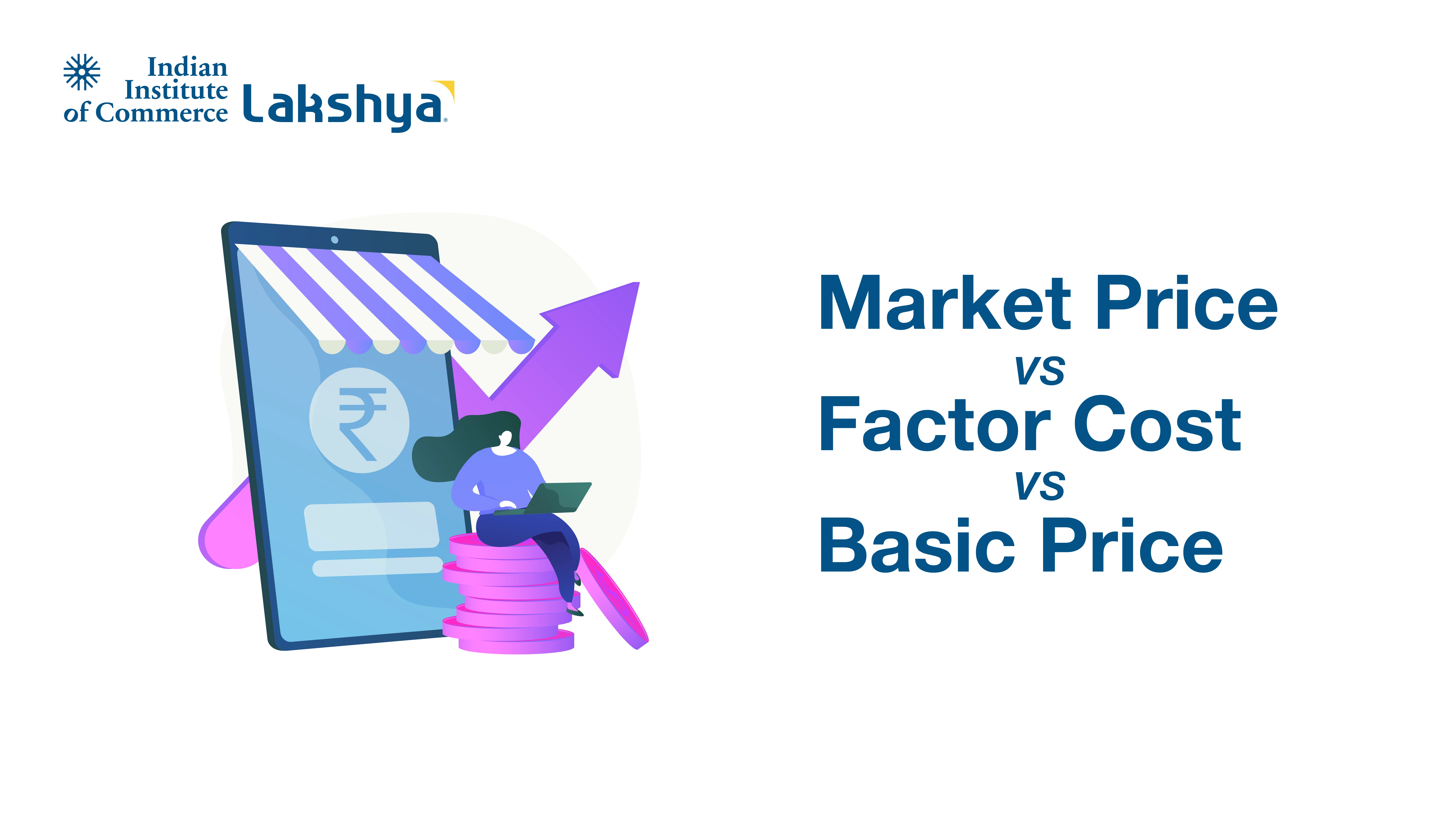
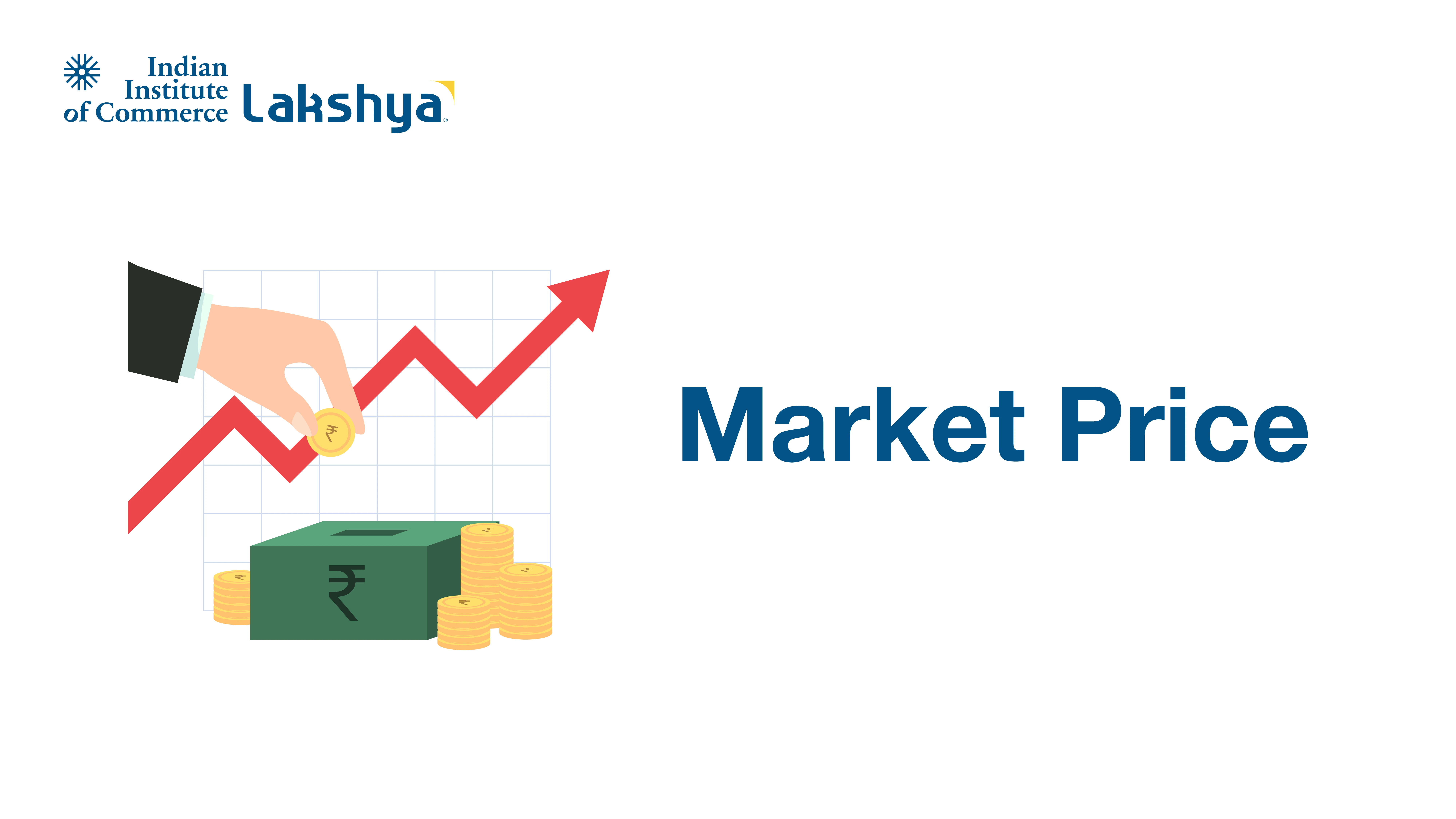
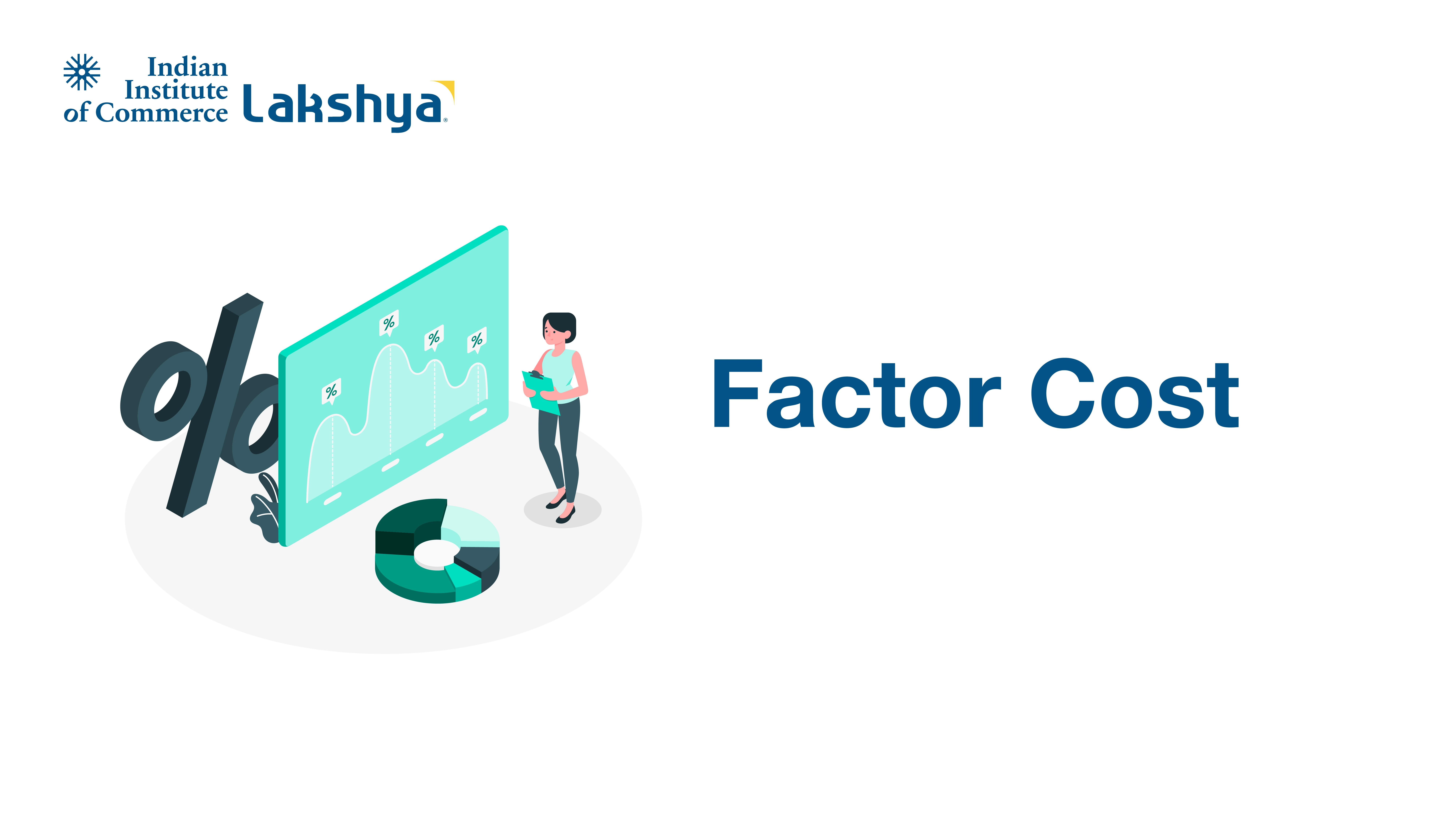
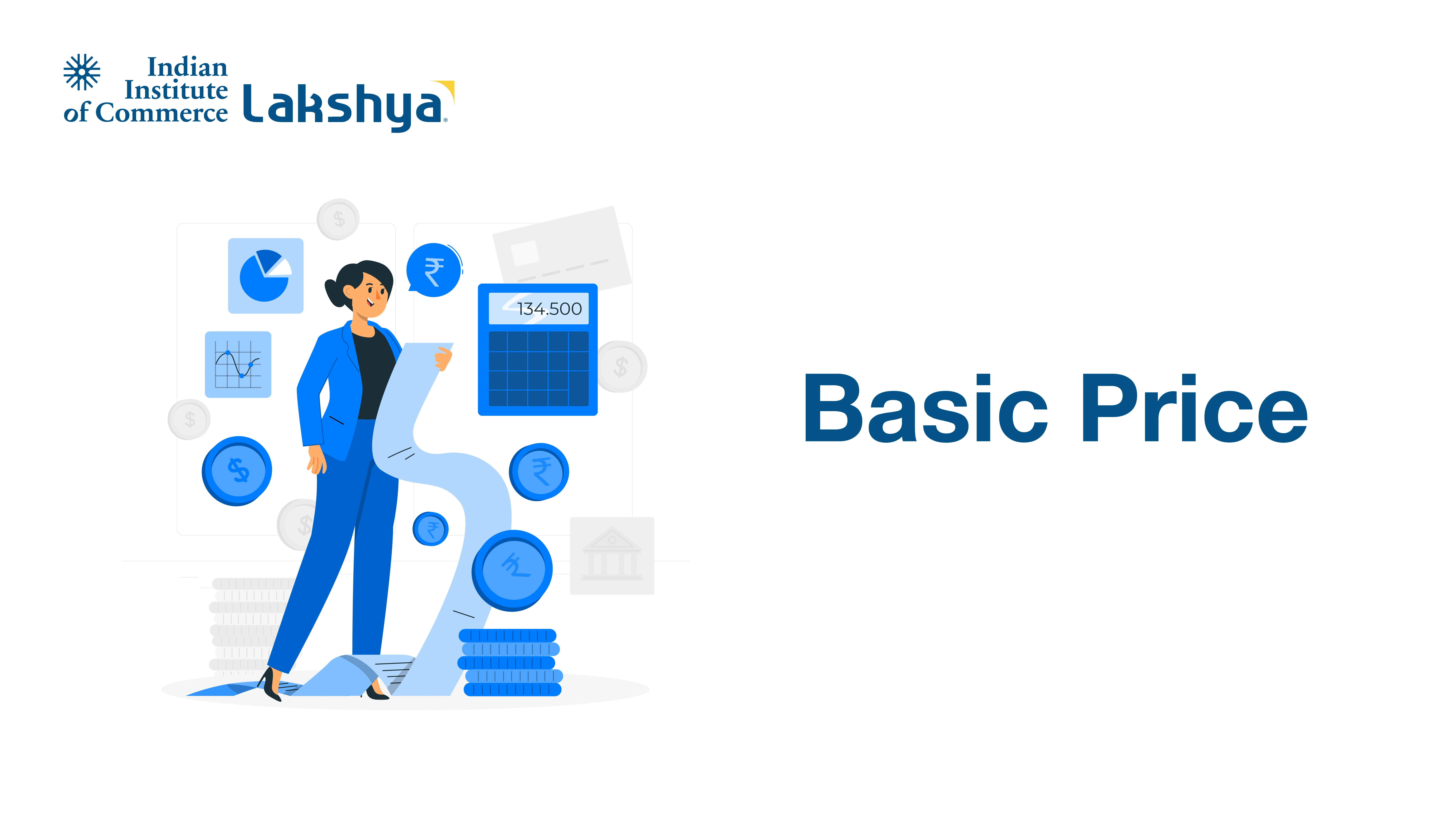
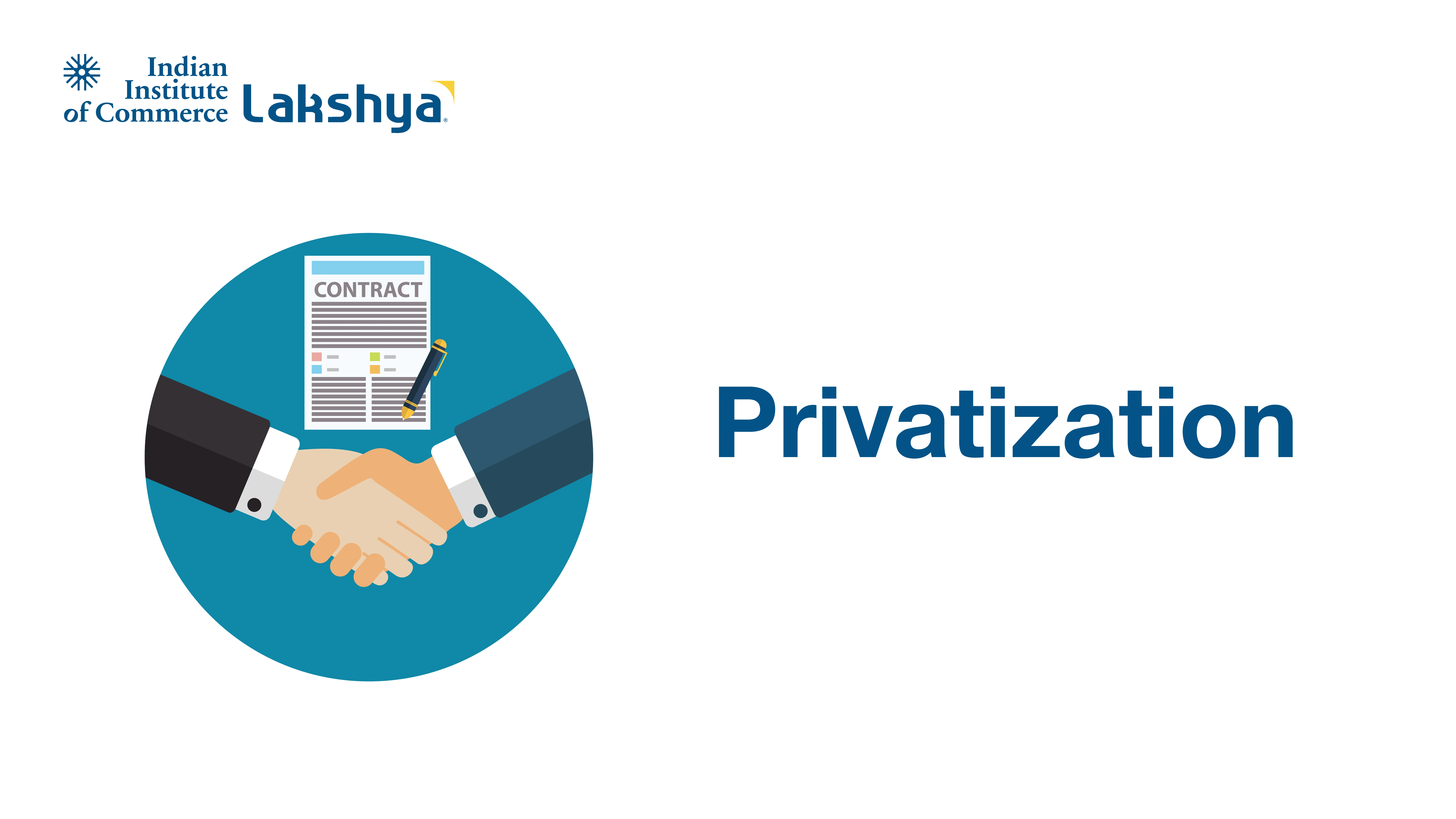
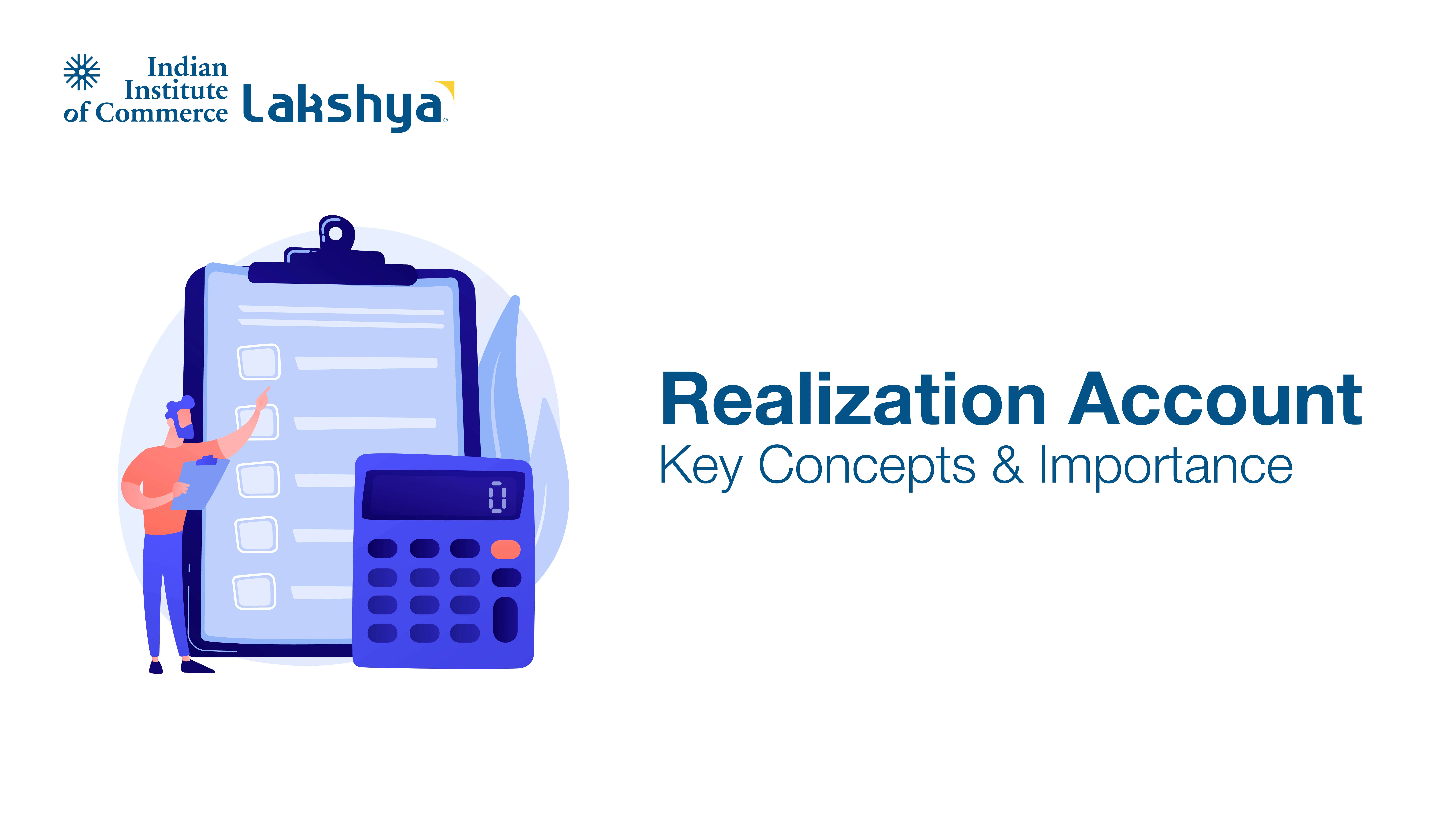
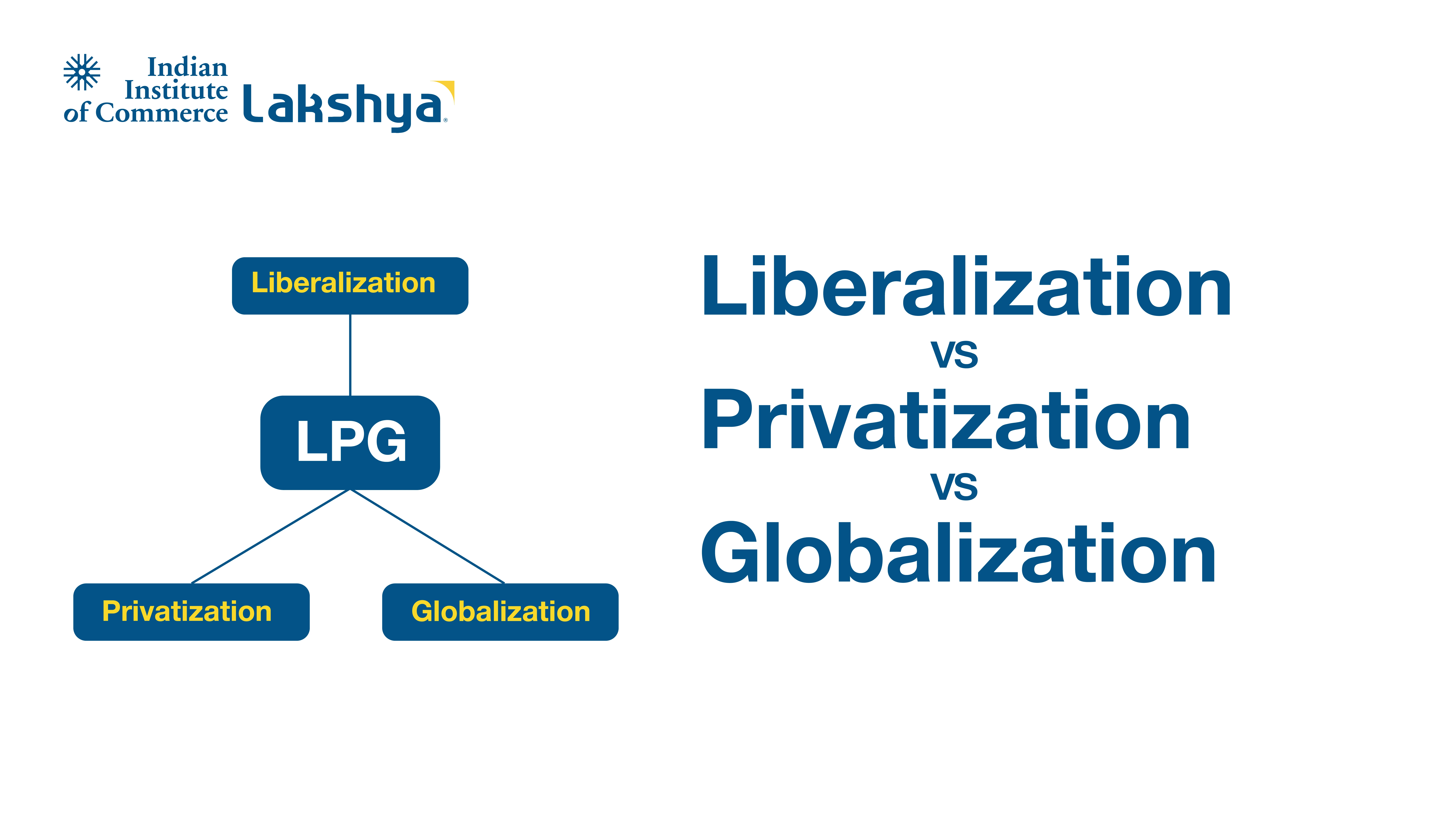
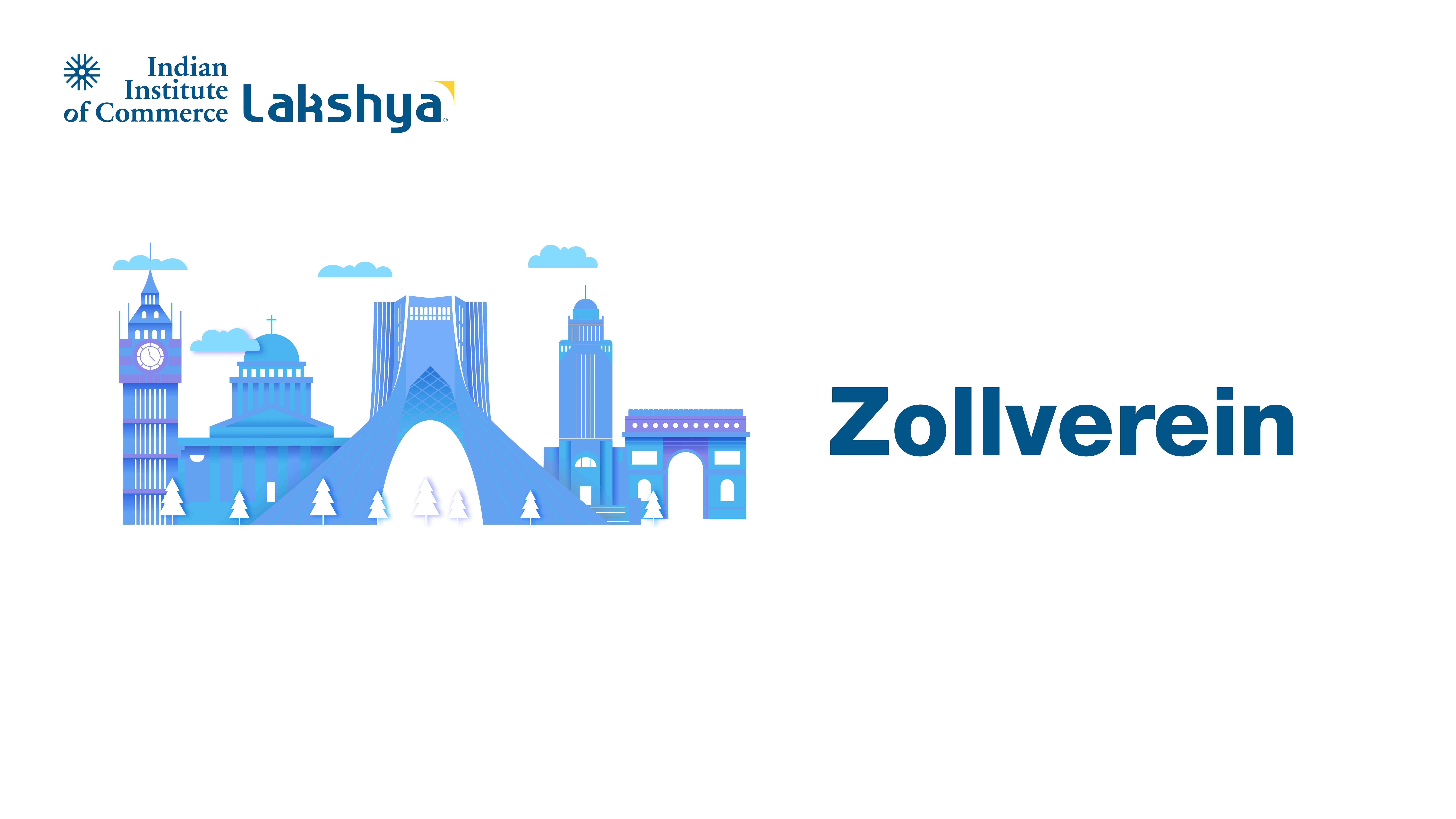
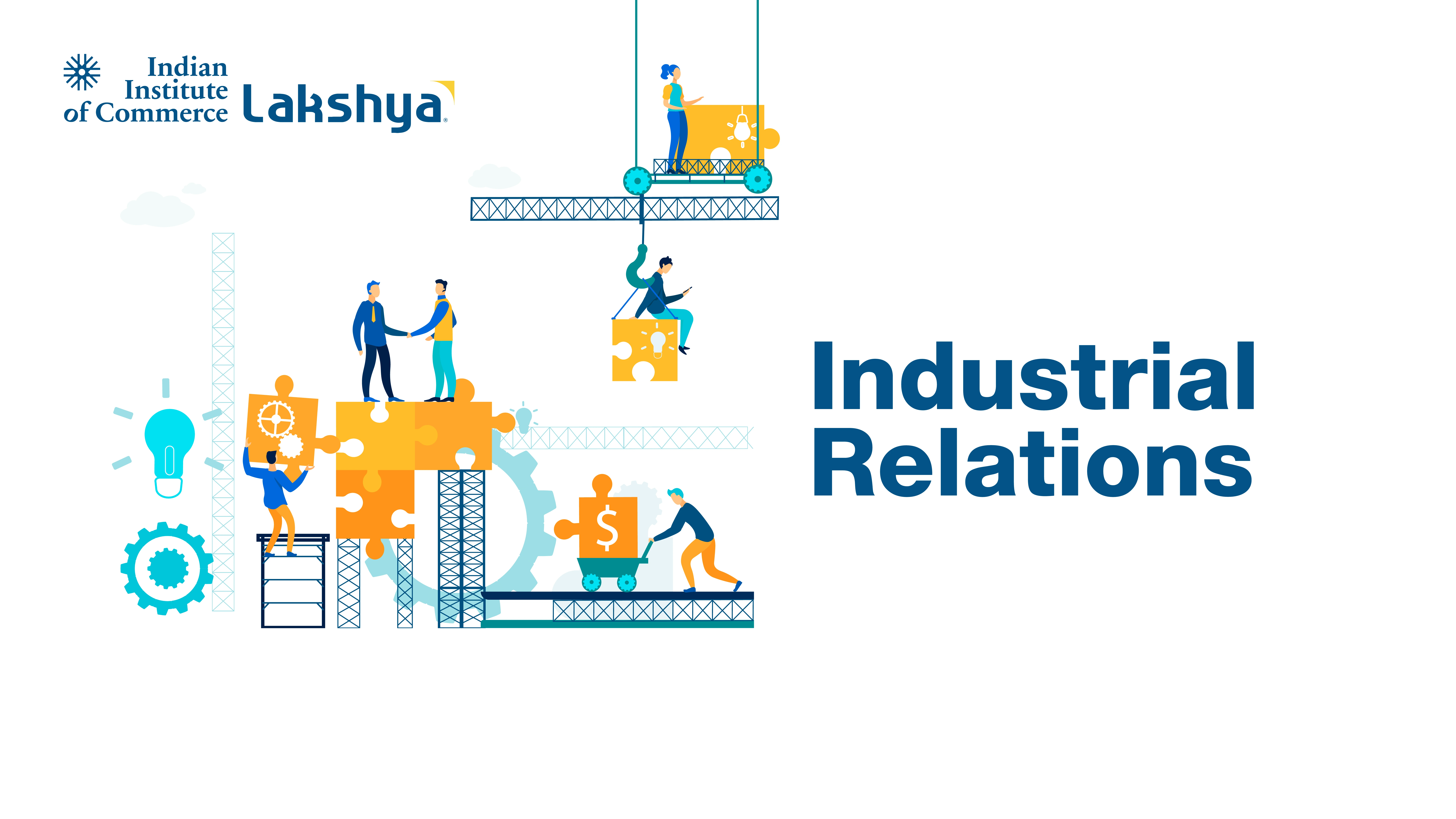





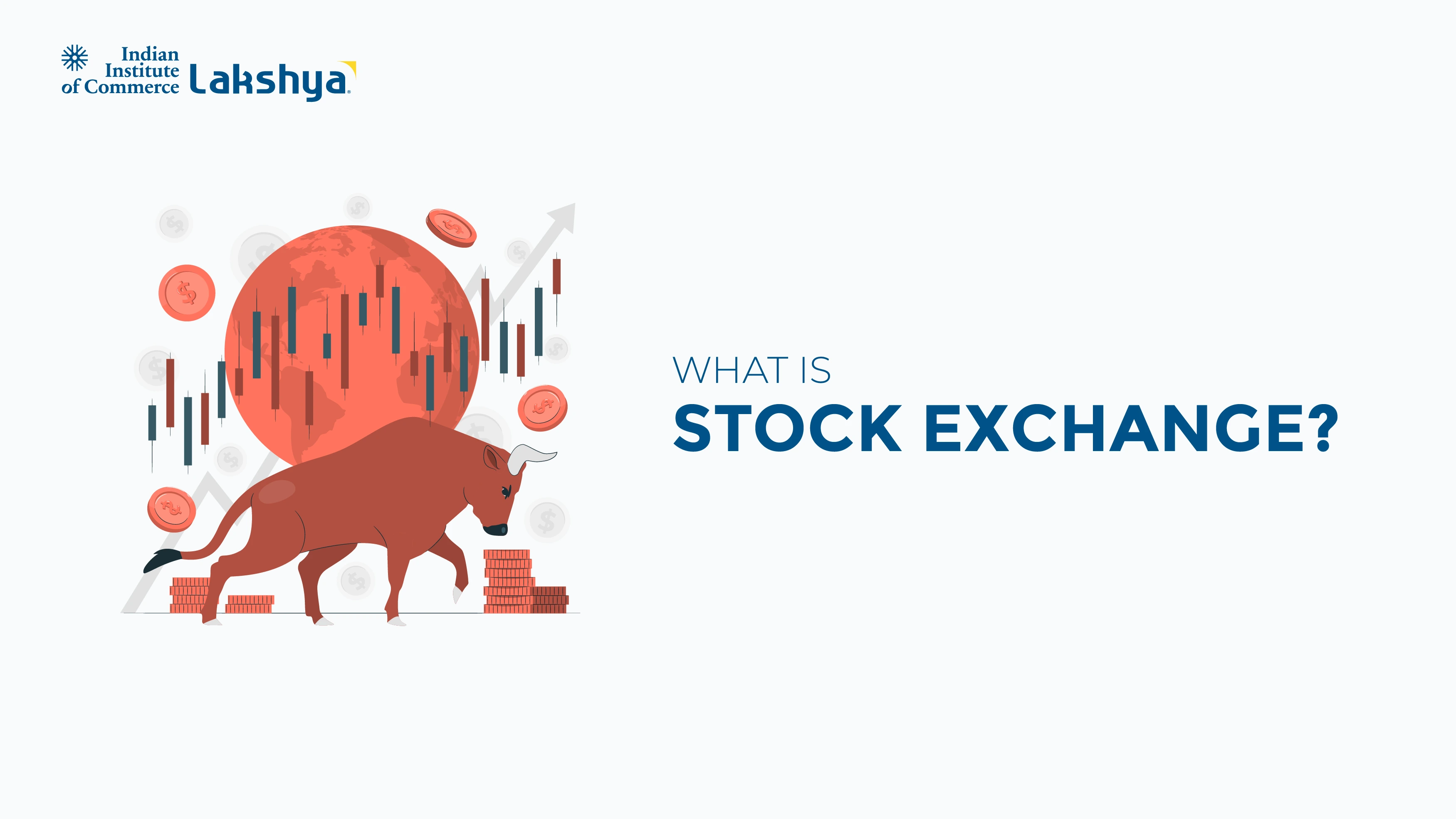
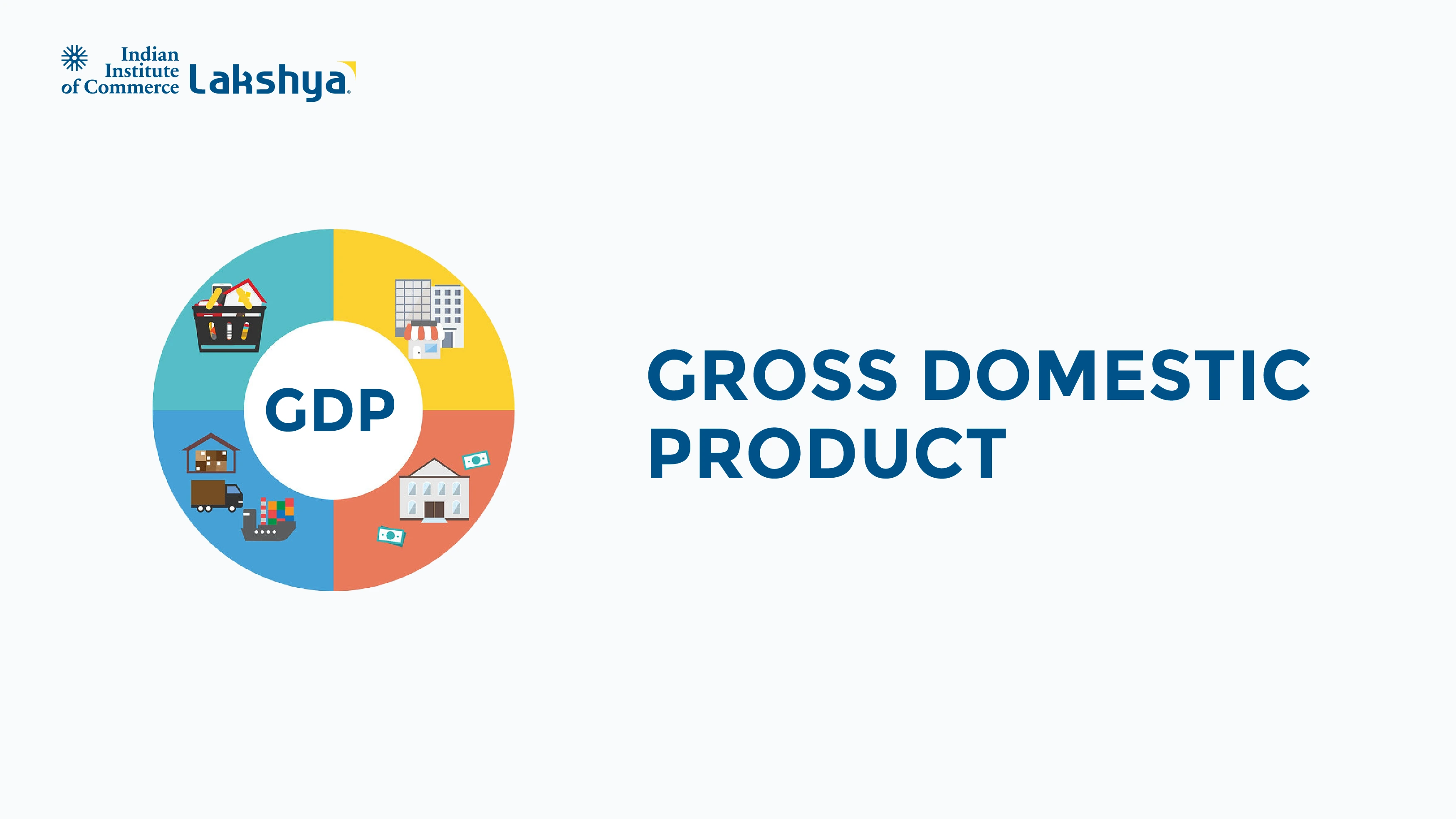
.webp)
